
October 20221 The Children’s Flight – A Miracle Peter Garrison: What happened to Spaceship 2? Jim Davis: GPS or paper charts? Hugh Pryor – Crooked Charter Bosses FlightCm Afr ican Commercial Aviation Edition 320 October 2022 Cover: Garth Calitz AAD Expo – Full report ATO'S OF SOUTHERN AFRICA GUIDE FLIGHT REPORT: ORION CUB – SA’S LATEST!
AND
The world’s first Super Versatile Jet takes off! Break away from the same places and faces and expand your business to its full potential. The PC-24 opens up a long list of destinations with its incredible short-field performance and versatile mid-size cabin. It’s time to move out the old and bring in the new. Discover more with a PC-24 – contact us now!
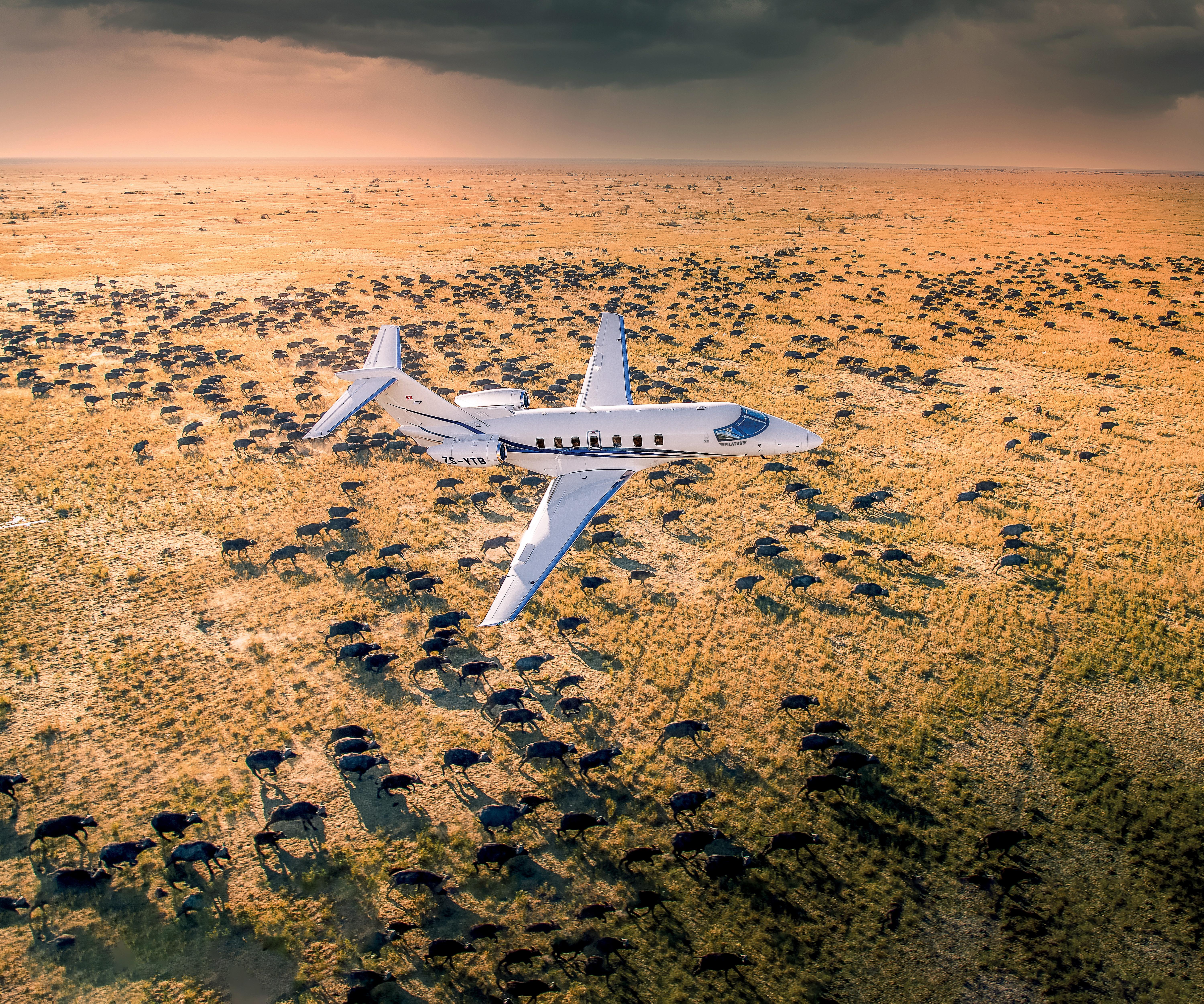
Pilatus PC-12 Centre
Africa,
nearest
Pilatus PC-24 Sales
further
on Tel: +27 11 383 0800, Cell +27 82 511 7312
aircraftsales@pilatuscentre.co.za
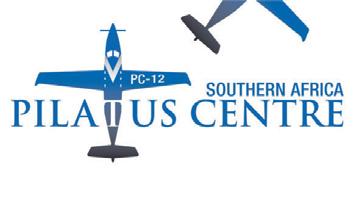
p TAKE YOUR COMPANY TO A NEW LEVEL –
NEW PLACES
pilatus-aircraft.com Contact
Southern
your
Authorised
Centre for
information
or Email:
BLACKHAWK.AERO
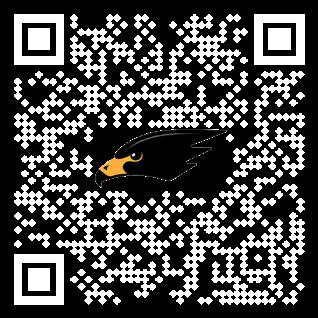
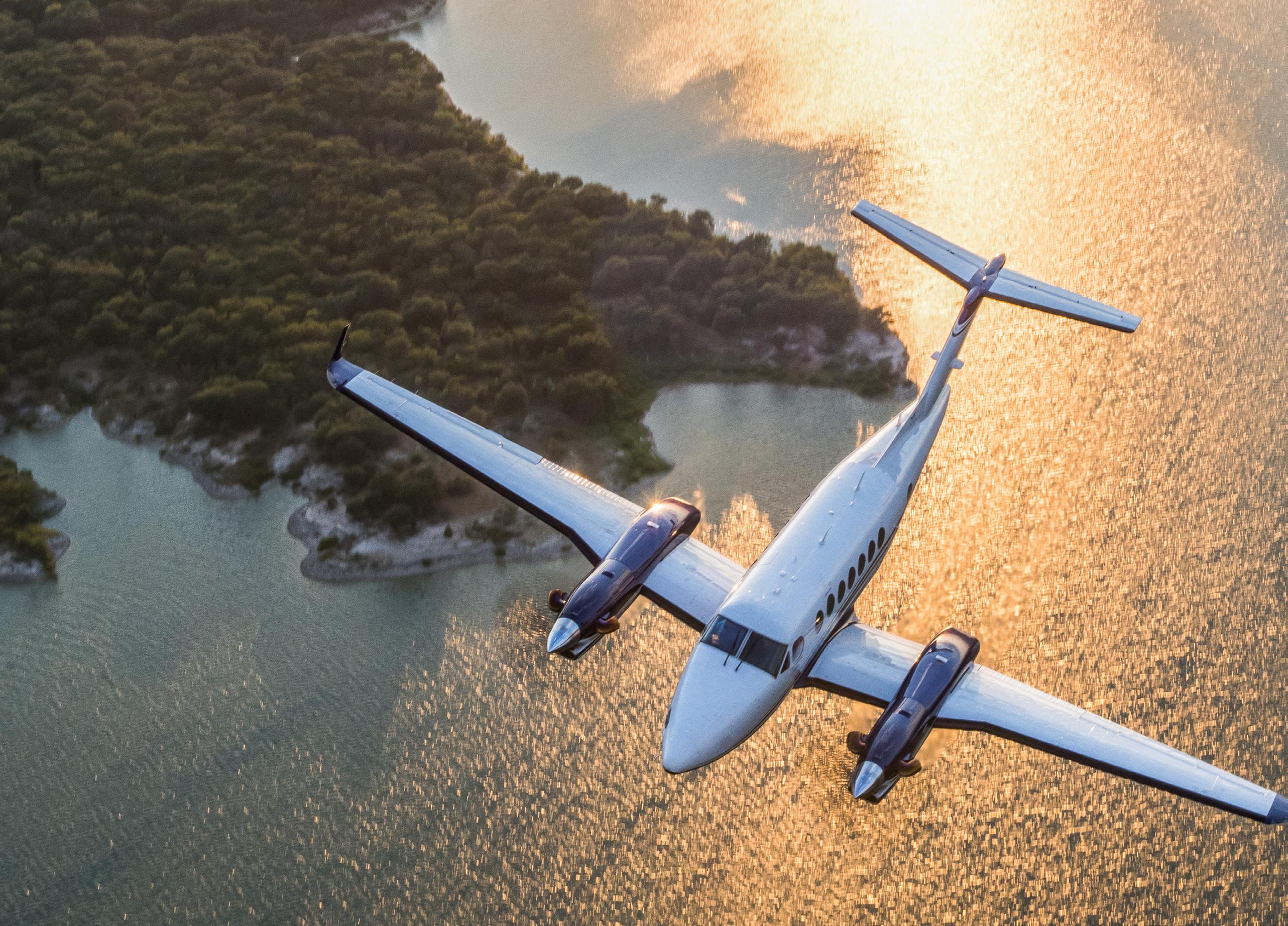

PILOT APPROVED. PILOT TESTED. Beechcraft King Air 90 Series Beechcraft King Air 200 Series Beechcraft King Air 350 Series Cessna Caravan Series Cessna Conquest I Series Piper Cheyenne Series Factory-new engines from Blackhawk deliver better-than-new performance, increased reliability, higher safety margins, and a significant return on investment.
POSITION REPORT
Our South African CAA is a microcosm of Africa, or if you like, Schrodinger’s cat. It is simultaneously both good and bad.
LET’S START WITH THE GOOD. In her almost 10-year reign as Director of the CAA, Ms Poppy Khoza has managed that rarity in SA government: unqualified audits and minimal corruption. While an unqualified audit should be a minimum requirement, for an ANC government department the almost zero corruption achievement is a very commendable accomplishment. Too many civil servants hold the view that it’s ‘my turn to eat’.
With Jacob Zuma as role model, this ethos became unapologetically legitimate.
I recall a very senior CAA insider telling me that when the CAA Board was appointed, there was shameless jockeying for the portfolio responsible for procurement. After all, why was the struggle fought?
Yet, like the dual nature of Schrödinger’s Cat, the CAA can also be diabolically bad.
The vitally important Part 135 administration is so bad that many operators first licence their aircraft under Part 91 to get half the work done by a half competent department. Further, it now takes an inexcusable 12 – 24 months to get an aircraft as well-known as a Cessna 206 added to an existing AOC. Even more diabolical is that it can take over a year to get an aircraft registered. For a multimillion-dollar airliner the lost income can make it impossible to risk importing a new aircraft. This slowly strangles aviation.
AN HONOUR FOR AN AFRICAN WOMAN
In other areas the CAA is also doing pretty well. The key interface with its client base is licencing, and now that the disruptions of Covid are over, that works reasonably well. Yes sure, some of us still remember the DCA in Struben Street where you renewed your licences without waiting. These days there are no longer just a few grey ladies doing the filing but a plethora of bureaucrats all checking each other’s work before it is loaded into the computer.
Then there is the absurdity of AMEs having to show six months of experience on a type before they can be signed out. It’s the age-old conundrum – how do you gain experience without being allowed to do the job? The net effect of absurd rules is that far too many AMEs are having to resort to the classic mismanagement fudge factor and put ‘Parker pen’ hours in their logbooks. Thus do stupid rules legitimise corruption.
It is against this very mixed bag of achievements and failures that Ms Poppy Khoza’s unanimous election as President of the 2022 ICAO General Assembly must be weighed. It is unarguably an honour for an African woman to have achieved this recognition. However, she leaves the CAA in October 2023 and so there’s a very real fear that, as she focusses her career ambitions on an ICAO future, the day to day operations of the CAA will fall into further disfunction.
Guy Leitch

j
For Cessna 206, 208, and 210




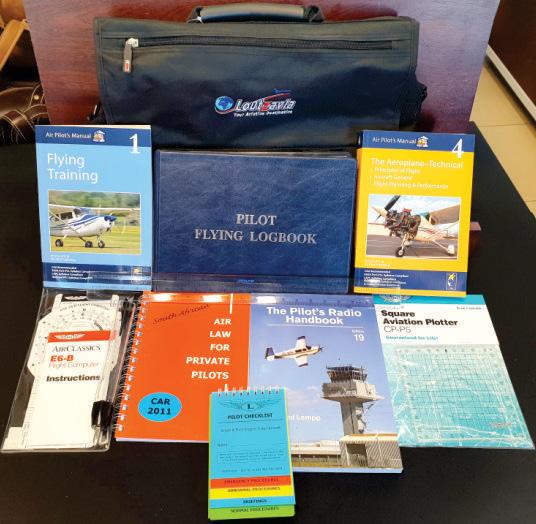
Operating in Africa requires aircraft and products that are reliable and durable. Whether it’s an Air Safari to the remotest game preserve, or delivering critical medical supplies to an isolated village, you want a propeller that you can count on.


Built on Honor for over 100 years, Hartzell propellers are backed by our industry-leading warranty through first overhaul up to 6 years/2,400 hrs.

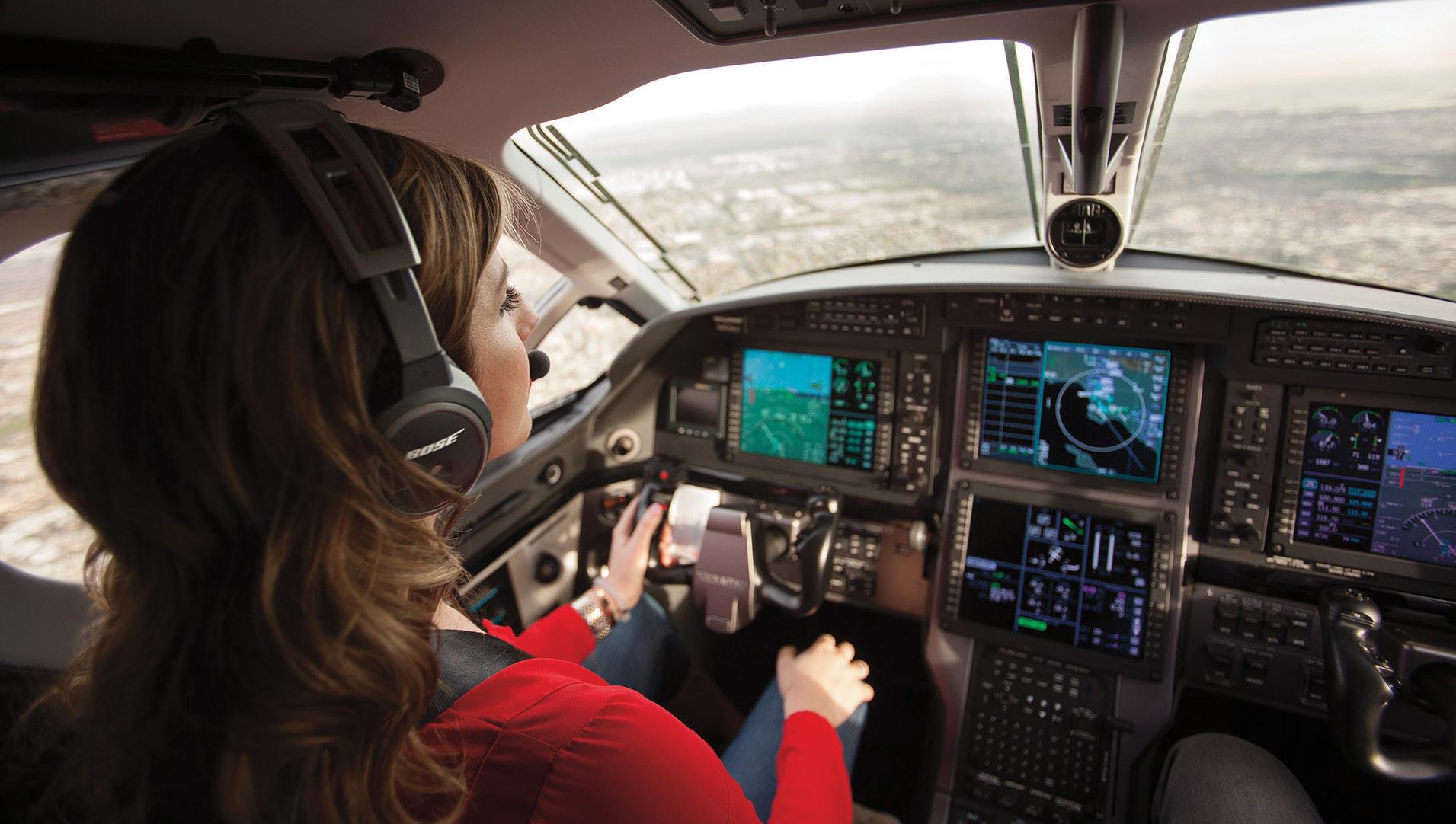
October 2022 5 +1 937-778-5726, Option 2 TopPropAfrica@HartzellProp.com HartzellProp.com/Cessna TOP PROP PERFORMANCE CONVERSION PROGRAM
Our Top Prop program offers proven 2-, 3-, and 4-blade propeller conversions featuring the latest in blended airfoil scimitartechnology for all single engine Cessnas. MOST RELIABLE PROPELLER FOR CESSNA AIRCRAFT PLACE YOUR ORDERS ONLINE NOW AT www.pilotsnplanes.co.za OR EMAIL ORDERS TO orders@pilotsnplanes.co.za SA Flyer 2022 | 10 Pilots Planes nPlanes n A20 AVIATION HEADSET Acclaimed noise reduction for pilots – 30% greater active noise reduction than conventional headsets.

Macan: Combined fuel consumption: 8.8 l/100 km; Power: 195 kW (265 hp); Torque: 400 Nm; 0-100 km/h: 6.2 sec; Top speed: 232 km/h Priced from R1 112 000 including a 3 year/100,000 km Driveplan. Porsche Centre Johannesburg Corner Witkoppen and Wroxham Road, Paulshof Telephone 011 540 5000 www.porschejohannesburg.com Porsche Centre Cape Town Corner Century Avenue and Summer Greens Drive, Century City Telephone 021 555 6800 www.porschecapetown.com Porsche Centre Umhlanga 49 Meridian Drive, Umhlanga Ridge Town Centre, Umhlanga Ridge Telephone 031 514 3000 www.porscheumhlanga.com Porsche Centre Pretoria 452 Botterklapper Street, Off Lynnwood Road, The Willows Telephone 012 816 7600 www.porschepretoria.com If you're waiting for a sign: here it is. The Macan. Dare forward.


FLIGHTCOM


COLUMNISTS CONTENTS
06 Bush Pilot - HUGH PRYOR 10 Pilots - LAURA MCDERMID Edition 320 FLIGHT TEST: FC 34 THE ORION CUB – THE LATEST ALL SOUTH AFRICAN PLANE! SA FLYER 16 Guy Leitch - ATTITUDE FOR ALTITUDE 20 Peter Garrison - SPACESHIPTWO 24 George Tonking - HELI OPS 30 Jim Davis - PLANE TALK 68 Jim Davis - ACCIDENT REPORT 56 Ray Watts - REGISTER REVIEW
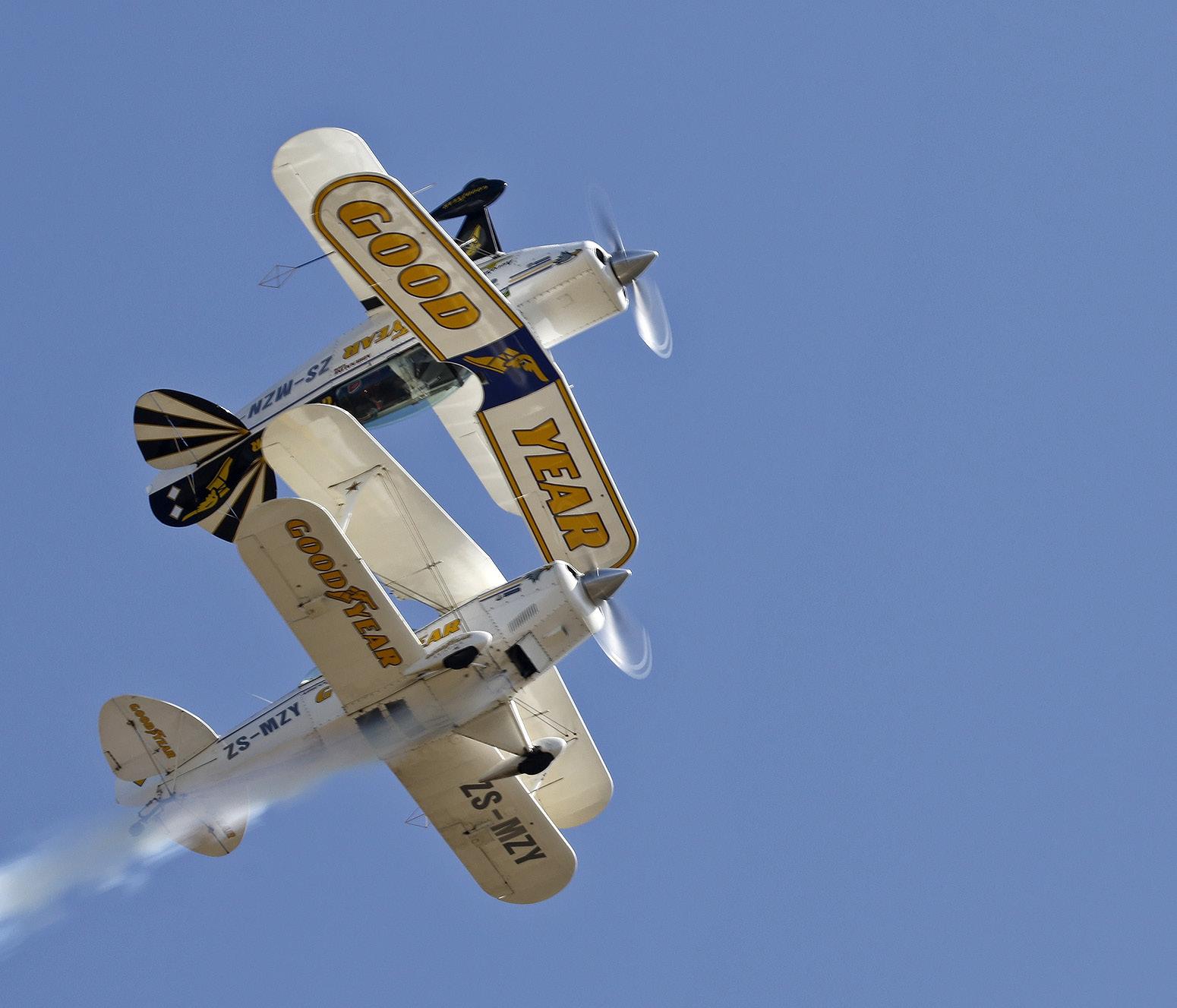
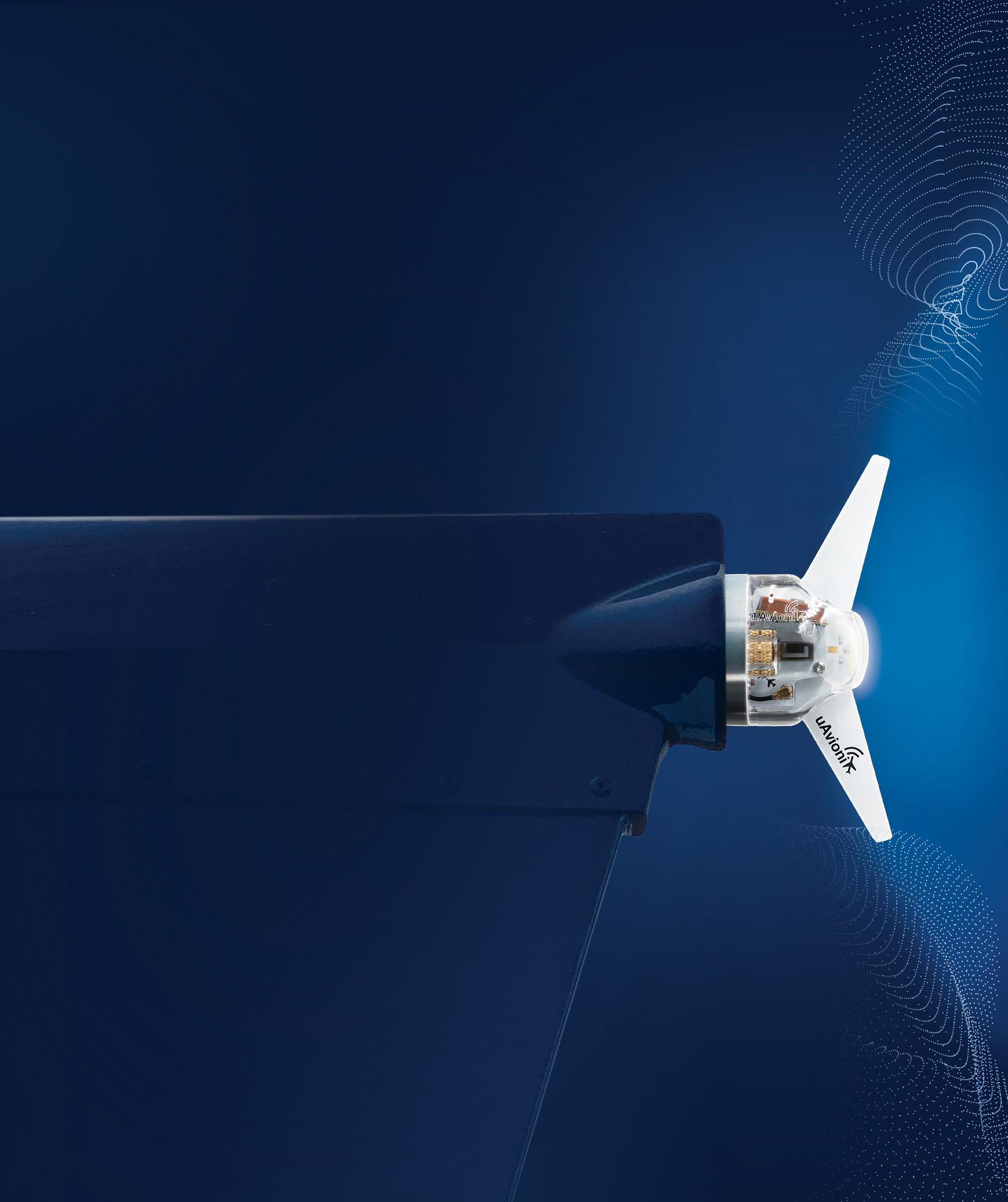

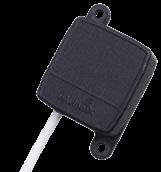
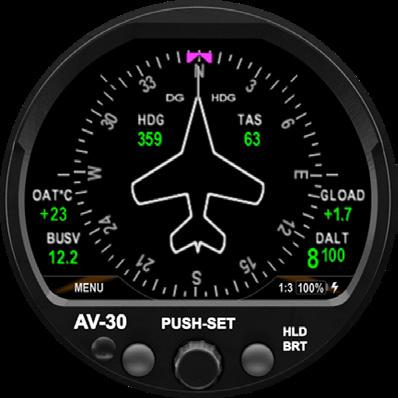

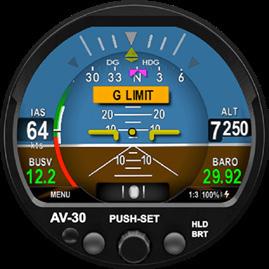
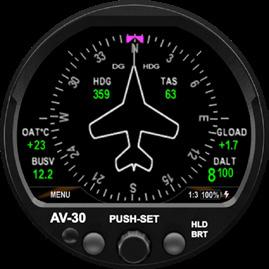


October 2022 RAND AIRSHOW AV LINK • WIFI/TRAFFIC AV MAG • EXT MAGNETOMETER AV-30 ADDONS: uAvionix.com/tbx EASA Approved and Now Shipping tailBeaconX combined with the AV-30 or supported third-party EFIS elevates your cockpit functionality while future-proofing your ADS-B transponder to meet US, Canadian, and future ADS-B requirements. tailBeaconX replaces your existing transponder while upgrading your rear position light. tailBeaconX CONTROLLED WITH AV-30 tailBeaconX REDEFINING THE ADS-B TRANSPONDER AV-30 HIGHLIGHTS: • PRIMARY AI • PRIMARY DG • PRIMARY SLIP • G-METER • PROBELESS AOA • LIVE ADS-B TRAFFIC

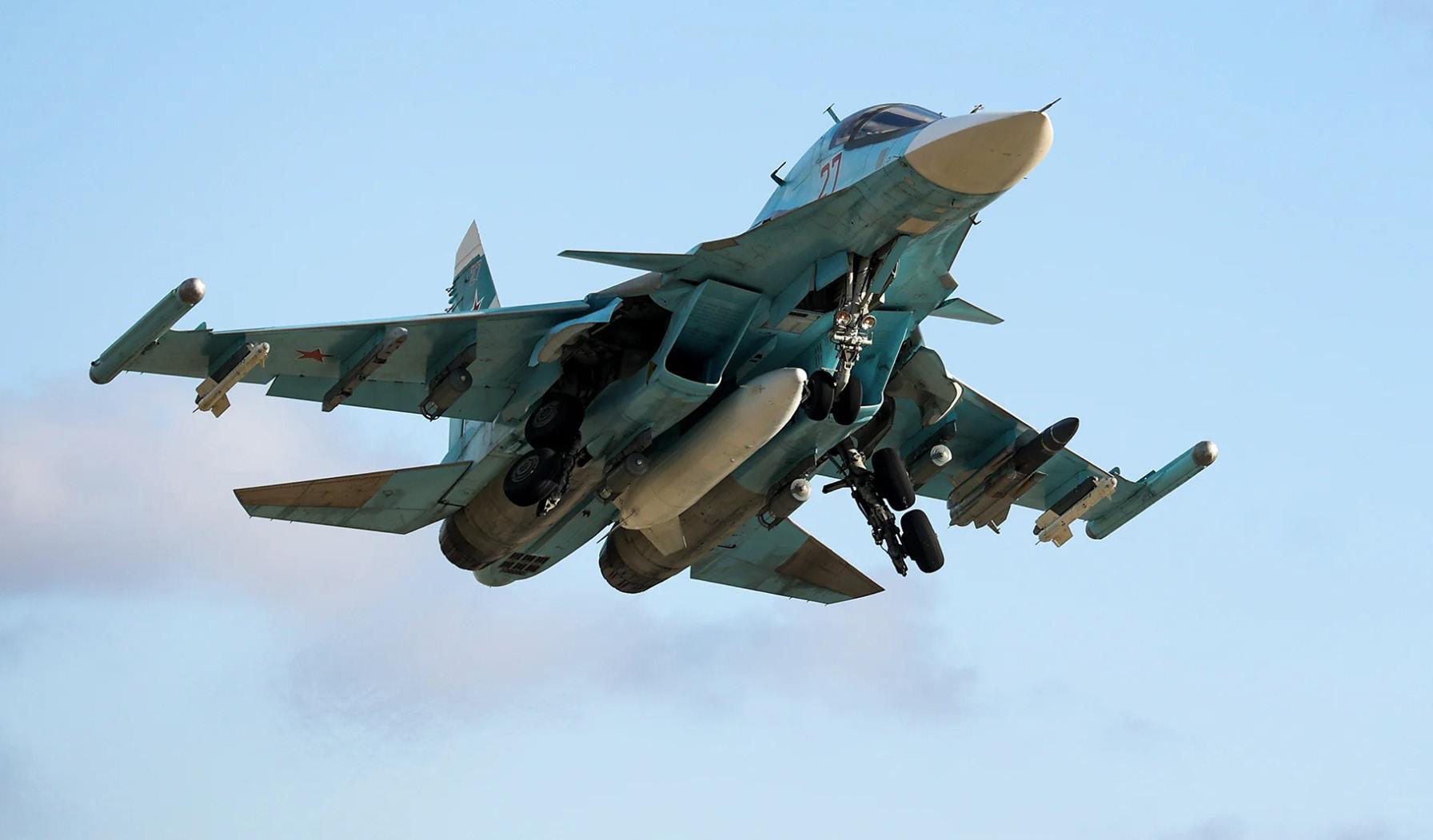
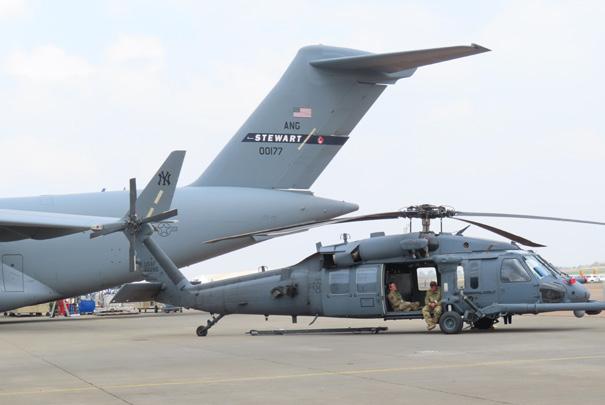
October 202210 14 Opening Shot 60 M & N Acoustic Register Review 84 SV Aviation Fuel Table 86 Executive Aircraft Refurbishment Events Calender FLIGHTCOM 09 AME Directory 42 ALPI Flight School Listing 43 Flightcom Charter Directory 44 AVES Technics AMO Listing 46 Aviation Directory CONTENTSEdition 320 REGULARS FEATURES SA FLYER 27 QUOTE OF THE MONTH 28 GADGET OF THE MONTH 78 ORION CUB – ALL SOUTH AFRICAN PLANE! 62 THE CHILDREN’S FLIGHT 2022 68 ZUIKERKOP LODGE - PERFECT DESTINATION 74 MASTER POWER RAND AIRSHOW 87 ATO'S OF SOUTHERN AFRICA GUIDE FLIGHTCOM 16 Defence- Mike Pietrucha and Guy Leitch 24 AAD 2022 – Back with a Bang! 32 AAD Vignettes 34 Photo Report – AAd Expo 22


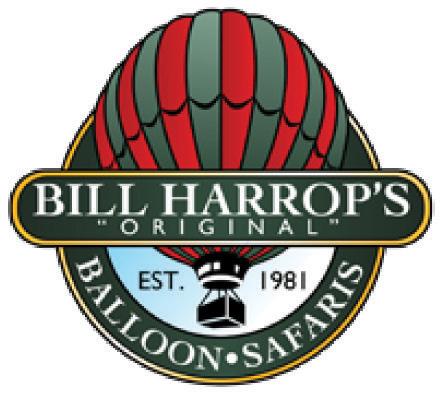


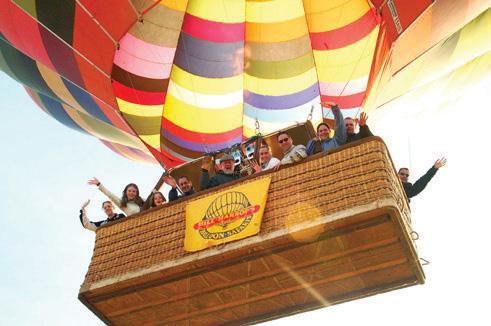
October 2022 11 Bill Harrop’s ‘Original’ Balloon Safaris PACKAGES: • Magalies River Valley Scenic Balloon Safari • Game viewing at Mabula Private Game Reserve • Groups • Team Building • We fly from the beautiful Magalies River Valley in the Cradle of Human Kind World Heritage Site. Do it in style! +27 83 457 3402 or +27 83 443 2661 / 2 • email: website@balloon.co.za • www.balloon.co.za Balloon Pilot Training Facility
The Bentayga V8. Effortless performance everywhere.
Find your extraordinary at BentleyMotors.com/Bentayga. Contact Bentley South Africa on 010 020 4000.

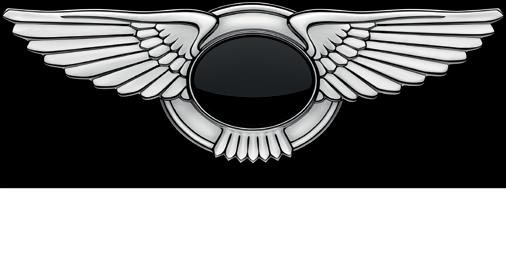

October 202212 The name ‘Bentley’ and the ‘B’ in wings device are registered trademarks. © 2022 Bentley Motors Limited.
BENTLEY SOUTH AFRICA
Power: 404 kW (550 hp); Torque: 770 Nm; 0-100 km/h: 4.5 seconds; Maximum speed: 290 km/h.
Priced from R4 075 000 including a 3 year/100,000 km Driveplan
Model shown: Bentayga V8.

PAUL LUDICK IS AN AVIATION CONSULTANT who lives on the north shore of Hartbeespoort Dam. From there he is able to get fabulous photos of the pilots who operate out of the Coves Estate. This fantastic picture is of two RV7s, flown by father and son team of Larry and Jason Beamish, coming low over the water straight for his camera.
Paul used his Canon EOS 7D Mark II with a shutter speed of 125th second with an ISO of 160. The shutter priority selection of a relatively slow speed provides a nice prop blur. His lens is the Canon EF100-400L at 158mm at f10
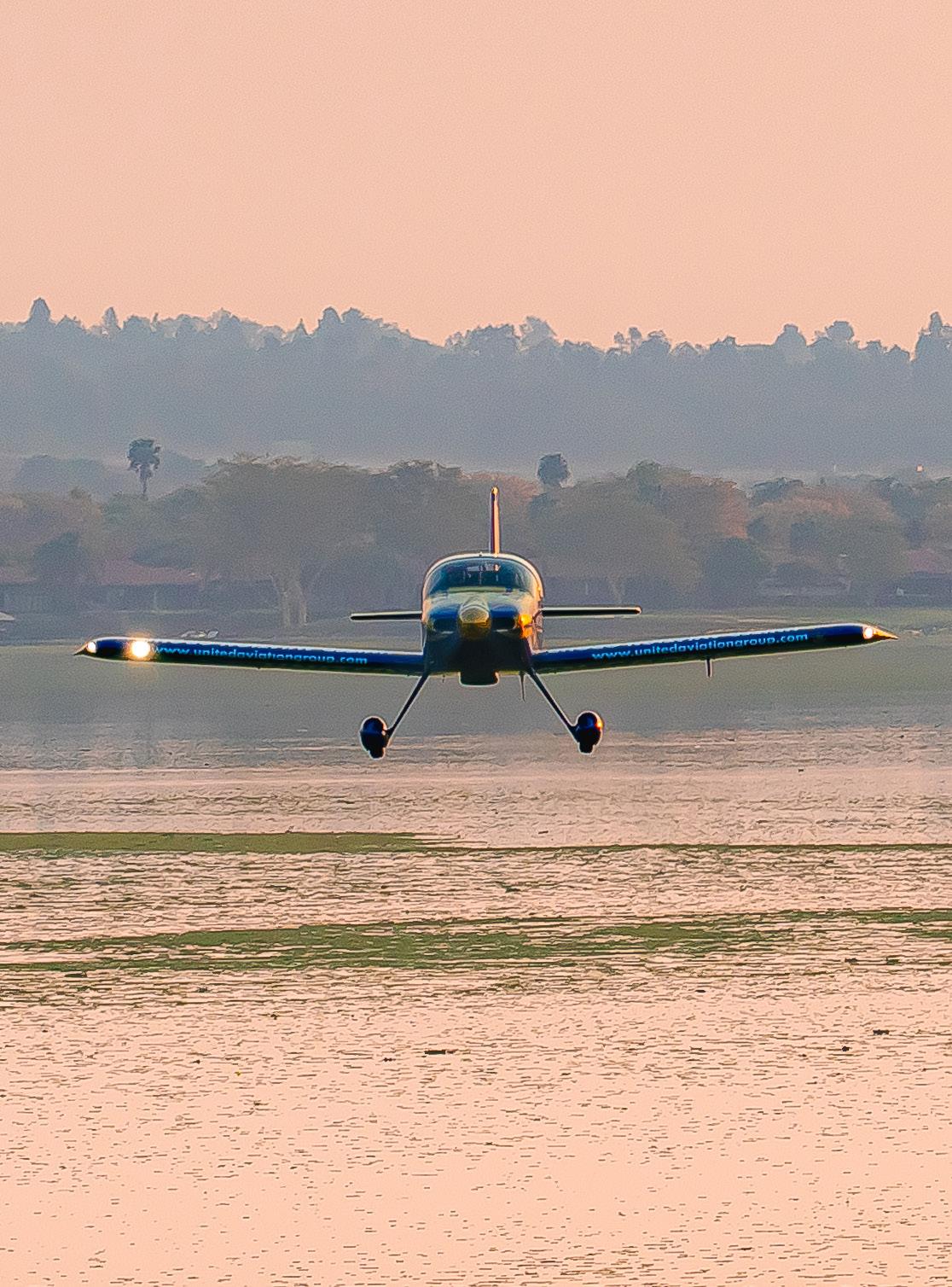
October 202214
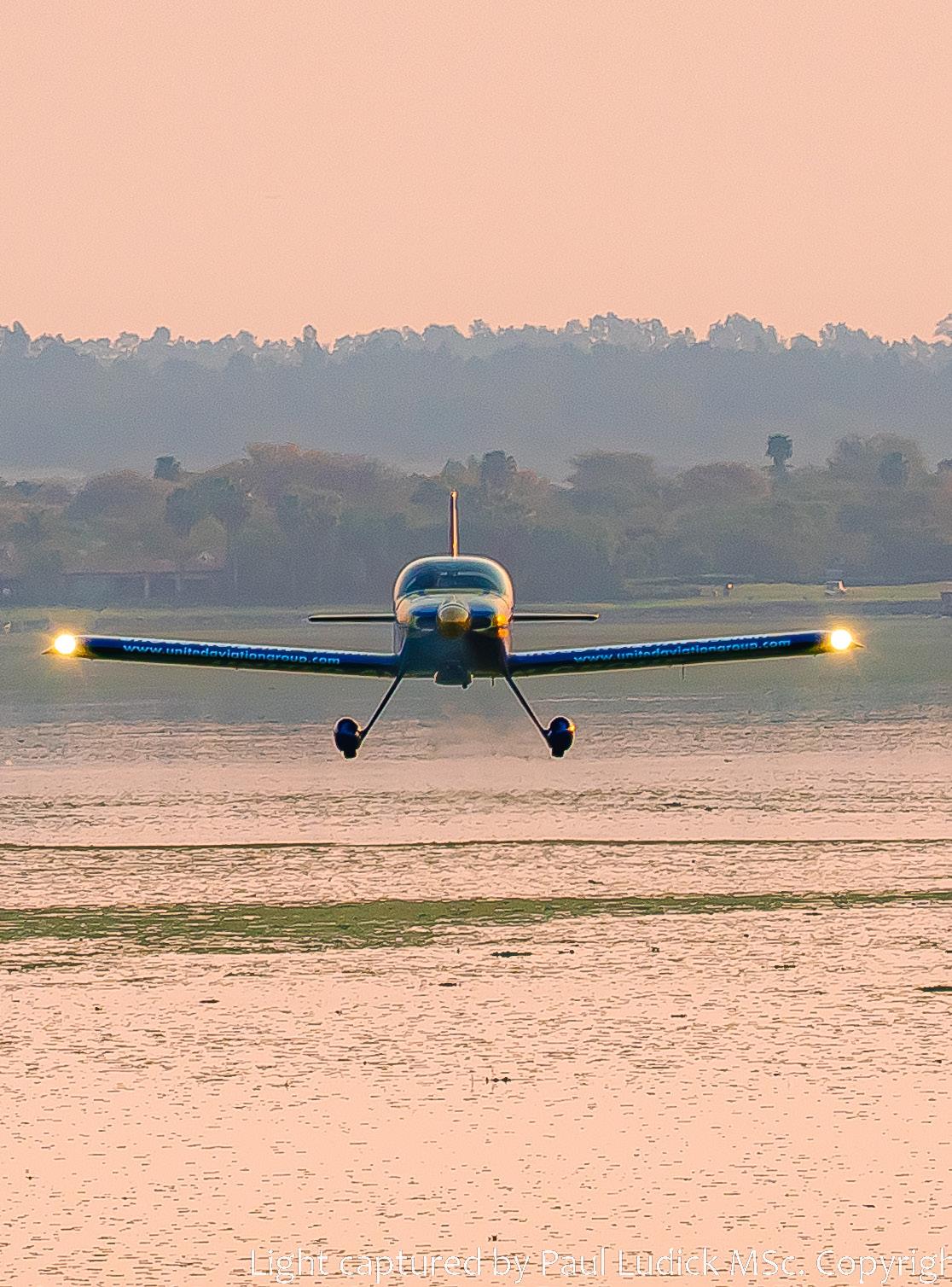
October 2022 15Send your submissions to guy@saflyermag.co.za
Felix Gosher
– the Passionate Dreamer
IT IS IN GIVING OF WHAT WE HAVE, and then a little bit more, that we grow. It is therefore remarkable that for many career pilots, flying can become a routine chore. Retired SAA Training Captain Scully Levin calls such pilots –‘stock-fish’. They just sign on for their flights, fly, and go home. They stop growing the moment they succumb to this routine.
The opposite of these stockfish are those who are predisposed to operating at some sort of hyperdrive speed. One of these is the indomitable Felix Gosher. Felix may not have the poise of the classic super-cool airline pilot, or the demeanour of Iceman the fighter pilot, yet he has what it takes to be 120% engaged in flying. And his cup overflows
Felix’s background laid the foundations for the remarkable impact he has made on so many young lives. He is the son of an irrigation entrepreneur who had the flying bug. (Back in 1988, Felix’s father Boaz, flew a Mooney
201, while I flew a Cessna 210, to the Bruce Springsteen concert in Harare). Felix had the good fortune to attend Treverton School in the Natal Midlands – which has its own airstrip. Here his geography teacher was Trevor Warner – who went on to become an SAA captain and formation aerobatic pilot.

Felix is also passionate about sport and so he earned a degree in Sports Science in 2005. However the flying bug had embedded itself deep in young Felix. Soon after he finished his Sports Science degree he earned his PPL by working as a waiter. Given his commitment to everything he takes on, he must have been the best waiter the Ocean Basket in Pretoria ever had.
Armed with his PPL, he set forth for the wider world and two years later had earned his CPL –by working as a barman in the UK, as a fitness instructor in the Caribbean and as a gardener in Canada.
Felix seems to vibrate with the energy of his passion
It is an old truism to say that it is in giving that we receive – and flying gives us a great opportunity to do just that.
October 202216
ATTITUDE FOR ALTITUDE: GUY LEITCH
The first eight years of Felix's professional flying were spent as a typical experience-building bush pilot, flying the famed Cessna 206 Okavango “Delta donkeys” and then Cessna 208 Caravans. Felix earned his airline transport pilot licence in November 2015 and now has more than 7,800 hours.

Despite his thousands of hours, Felix’s passion for flying courses through every molecule of his body. He seems to vibrate with the energy of his passion. There is however a downside; perhaps it is the blazing intensity of his gaze, or his disarmingly open and honest engagement with everyone he meets, but the stockfish of aviation often battle with Felix. He has had to run the gauntlet of those who do not understand him. This led to the monstrous travesty of some having questioned his fitness to be a pilot.
It is indeed all about the dream
Five years ago, a befuddled former employer questioned Felix’s mental stability. This is the most diabolical of all attacks on pilots as it hits them where they are most vulnerable. Felix was by then flying Let 410s for Susi Air in Indonesia and he was peremptorily grounded and ignominiously flown back to South Africa. Yet he didn't throw up his arms and walk away from aviation in disgust. Instead, he gratefully took a low-level job as a Ground Handler when Cemair CEO Miles van der Molen offered it to him. I remember stepping off a CemAir flight in Cape Town to be greeted by Felix, resplendent in his dayglo ground handling vest. Felix insisted on taking a selfie picture, such was his undiminished pride in his work.
Felix is never afraid to let it all hang out. He shared the travails of fighting back against the loss of his medical by rampaging through
Felix Gosher - the pilot who makes dreams happen. Pic Willie Bodenstein
October 2022 17
The first Children's flight was in 2016.
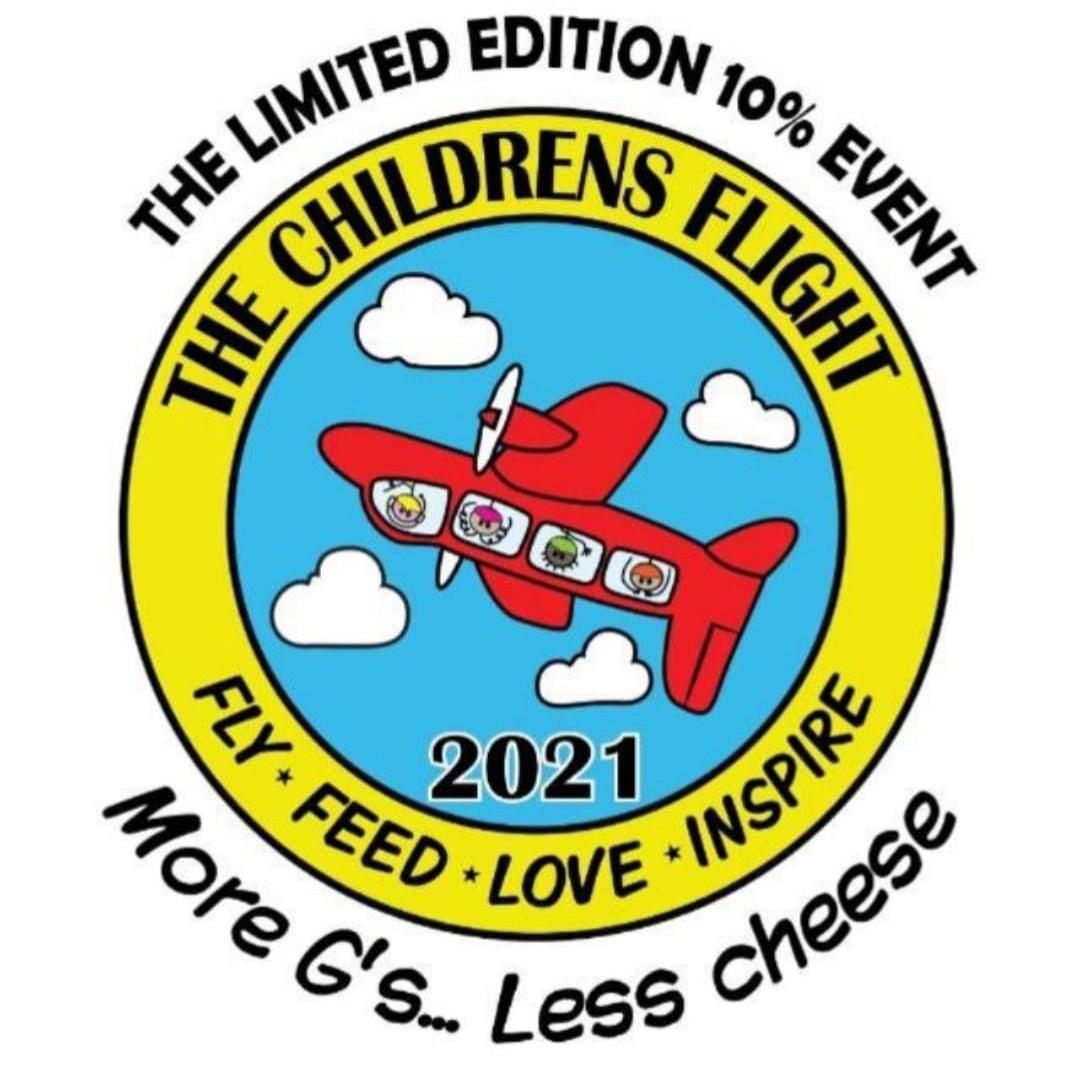

social media – and he put many more backs up. After the dust settled, in a typically candid and vulnerable post, Felix wrote, "I would like to apologize to the flying community for my posts last year during my medical grounding. I was prideful and relentlessly trying to fight for what I believed were my rights. …. At the time I felt like a victim; without the income I worked much of my life to make, and I felt humiliated and shameful before my friends and family. Flying is my greatest love and I'm so blessed to be black in the sky. ….. Aviation is never a right, only ever a privilege. I wish everyone has the same dream …”
It is indeed all about the dream. There can be no doubt that sometimes Felix’s passion for his dream becomes just a bit too much – and he's the first to admit it. As a newly qualified Grade III instructor in the Okavango, Felix had been looking forward to practicing his instructor’s patter. In a revealing post on internet forum www.avcom.co.za, Felix wrote, “The problem with my perception of patter was that I thought it meant controlling every moment of this incredible experience for the student. I was prone to talk way too much, I was constantly correcting everything, making issues out of small airmanship blemishes. It was like endless disruption, and no synergy. I could see my students getting exhausted by my endless, relentless jabber.”
The Concorde first flew 53 years ago, yet still cannot be replicated.
This 120% commitment to whatever he does is the best evidence of Felix being the one person capable of not just initiating, but for the past six years driving the miraculous series of ‘Children's Flights’. These are all about sharing the love of flying with children who would otherwise never have the chance.
Felix explains that "The idea of the children's flight is to prove to these orphans that anything is possible and that dreams can't come true. The children, some of whom have faced tremendous
He kept the dream going through the upside years of Covid.
In 2022 he flew over 500 children in one event.
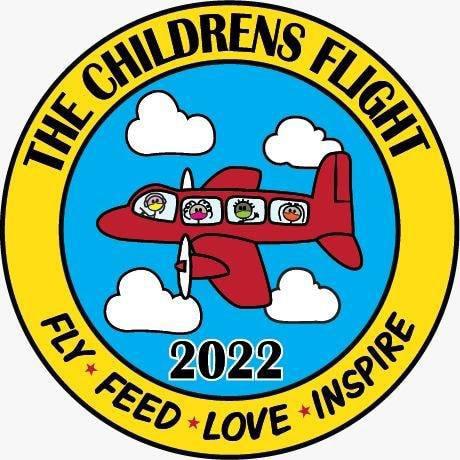
October 202218
adversity in their short lives, were chosen through word-of-mouth in the community and nominated by various children's homes."
The Children’s Flight’s origins lie in a music video called ‘Paper Plane’, which is essentially about a child with a Dream to fly, but on a deeper level it’s about anyone with a dream.
Felix explains, "Aviation is traditionally about defying great odds and overcoming the laws of nature, the politics of man, the limitations of economy, and technological development….. for so long aviation was an exclusive privilege …
"We wanted to bring home aviation to the children, to promote the idea that anyone can be whatever they dream of being… That you can literally ‘take that paper plane to your destiny’…. one day if even one of these kids goes for their dream, then this day may have played a role in that.”
Flight to date, flying more than 500 children without any significant wobble in the incredibly complex arrangements.
a huge impact on countless people’s lives
Not only did Felix and his huge team of volunteers have to safely load and unload the eighty aircraft, often while the engines were still running, but he arranged entertainment for the children before and after their flights, so they were never left unstimulated. The top pilots in their fields, such as Nigel Hopkins and the RV Raptors teams, put on enthralling displays. And of course, their food and bodily needs were fully attended to. More than R500,000 worth of sponsorships were raised for the event. It is heart-warming to see how many dug deep into their pockets to give these children an unforgettable experience.
Felix has touched the lives of 3000 children by giving them an experience they will never forget. Under the banner of “Fly, Feed, Love, Inspire”, he mobilised incredible support for his project. He is not just a one-trick pony. Since hehe arranged the first Children's Flight, he has put on more than ten Children's Flights, not just in South Africa, but as far afield as Lusaka, Zambia and the Central African Republic.
The Children's Flights are carried along by Felix’s indomitable energy and team leadership. He says that the corner stone of the flights is the spirit of flying that so many pilots bring to the event – that motivates them to make huge sacrifices of time and money to make the children’s dreams come true. In September 2022 he pulled off his most ambitious Children's
And it is not as though he does not have any other commitments. Back at his base in Lusaka he has his beautiful wife Belinda and their young son Dante. I asked Felix about how he manages to balance his flying career with his responsibilities as a father and husband and still meet the incredible demands of organising the Children's Flight. He just said that he could not do it without the massive support he gets from the flying community.
Felix is making a huge impact on countless people’s lives. He has spread the love of flying into thousands of children and, despite the attacks of the dullards, his greatest legacy will be far larger than any of the other stockfish pilots. j
guy@saflyermag.co.za

October 2022 19
WHAT HAPPENED TO SPACESHIPTWO?
REDUNDANCY ENDS WITH THE PILOT
DURING 18 MONTHS in 2003 and 2004, SpaceShipOne, Scaled Composites’ original air-launched spaceplane, made 14 free flights of which six were powered, the rest glides. Although a few potentially lifethreatening problems arose, the programme ended without mishap and gained the $10 million Ansari X Prize, for which it was, in fact, the only realistic competitor. The reported program cost, met by Microsoft co-founder Paul Allen, was $25 million.
arbitrarily defined as 100 km or about 62 miles above the earth.
Rutan had grander visions, however, and spoke of orbiting hotels and “affordable” tourist trips to the moon. Privatelyfunded manned orbital flight was to be Tier 2, and everything beyond low Earth orbit was Tier 3.
propelled by “laughing gas and tyre rubber."
At Scaled Composites, the SS1 program went by the name Tier 1, the first of several “tiers” that represented, metaphorically, a staircase out of this world. Tier 1 meant suborbital flight just past the “edge of space,”
The steps, however, were of different sizes. Tier1 required speeds on the order of Mach 3, or around 2,000 mph. Injecting something into low earth orbit requires 17,000 mph and escape from the gravitational field of the earth requires 25,000 mph. Attaining those higher speeds is exponentially more difficult, as is decelerating from them while re-entering the atmosphere.
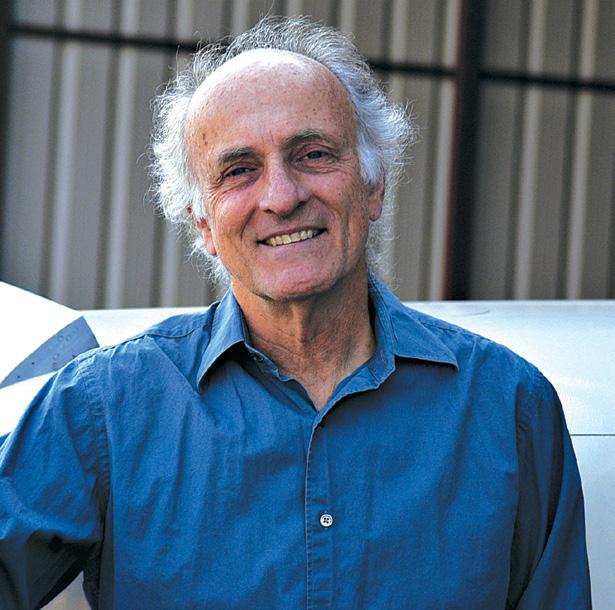
Although SS1 was a novel design with an untried type of motor and was venturing into inhospitable territory last visited by the X-15 almost 50 years earlier, the privately funded programme progressed with speed and smoothness that were a credit to Rutan himself and to the talents of the team of engineers and pilots he had assembled.
October 202220
PETER GARRISON
On the Tier 1 to Tier 3 scale, the step from the three-person SS1 to a larger copy carrying half a dozen paying passengers to the same height appears practically trivial. Tier 1b, commonly known as SpaceShipTwo, is a scaled-up and restyled version of SS1. The technology is proven. There are some significant changes, notably the switch from a high to a low wing and a much sleeker “look” – the watermelon-shaped SS1 was rather homely - but the essentials, including the so-called “hybrid” rocket engine and the novel “feather” system for dissipating energy during the descent, remain the same.
had signed up at $250,000 apiece – was right around the corner. That launch finally occurred in September, 2021, shortly followed by an announcement that, because of undisclosed problems, no further flights would occur for at least eight months.
mishaps could occur in ways and at times that nobody anticipated
Nevertheless, SS2 development has dragged on for a decade and a half, its slowness paradoxically underscored by Virgin Galactic founder Richard Branson’s repeated public assurances that the first launch of would-be “space tourists” – 700 of whom
There were several reasons for the slow pace of progress. One was that carrying passengers required a much lower tolerance for risk. Rutan himself, who for health reasons ceased to have a leading role a few years into the programme, warned that commercial space flight could not be as safe as airline travel; but Scaled engineers felt morally and professionally obliged to make it as safe as they could. A deadly oxidiser explosion in 2007, during an ostensibly innocuous ground test, drove home the lesson that mishaps could occur in ways and at times that nobody anticipated. The self-imposed
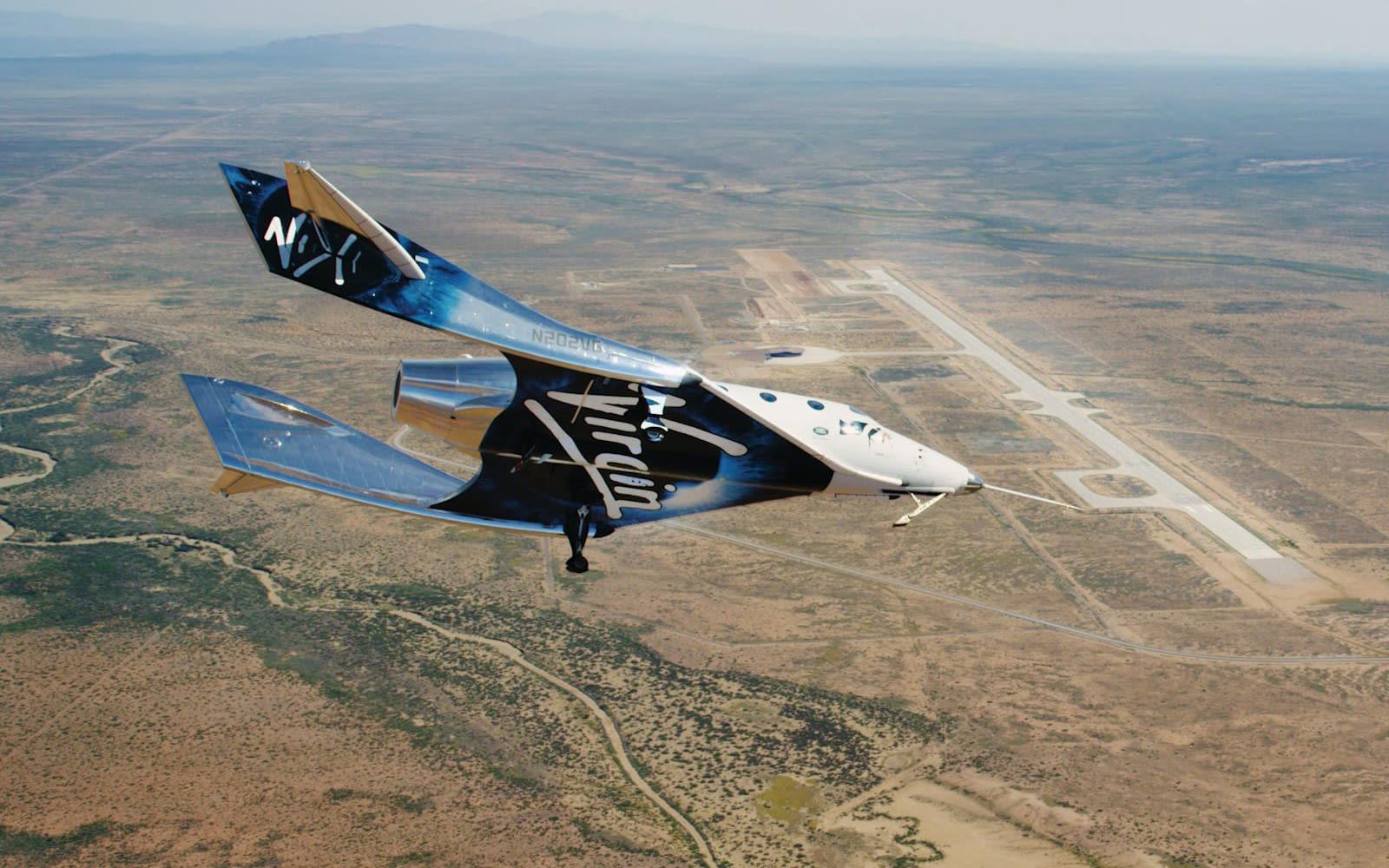 Virgin Galactic's spaceship Unity glides over the Mojave Air and Space Port in California during a May 1, 2017 test flight.
Virgin Galactic's spaceship Unity glides over the Mojave Air and Space Port in California during a May 1, 2017 test flight.
October 2022 21
discipline of engineering SS2 came to resemble a certification program, even though the FAA was not involved and there is not yet anything like a Part 23 for spacecraft.
The principal cause of delay, however, was the hybrid rocket engine, which turned out not to scale well. Much had been made, during the X Prize days, of the fact that SS1 was propelled by “laughing gas and tyre rubber.” The implication was that the engine was not delicate and temperamental, but very primitive and simple and just about bulletproof.
Scaled had cast the motor’s solidpropellant cores in-house with reasonable success, but they were still prone to uneven burning and unnerving thrust fluctuations. These problems proved to be more severe on SS2, which required 75,000 pounds of thrust to SS1’s 18,000. It had to produce that thrust for about 80 seconds, but the longest in-flight burn attempted so far on one of SS2’s rubber-based engines was 18 seconds.
Finally Scaled switched to a different fuel formulation, commonly described as a plastic resembling nylon, which was said to be more powerful and better-behaved and to have performed well in ground tests. An October 31, 2014 flight, whose purpose was examine feathered behaviour at supersonic speed, was to be its first airborne test.
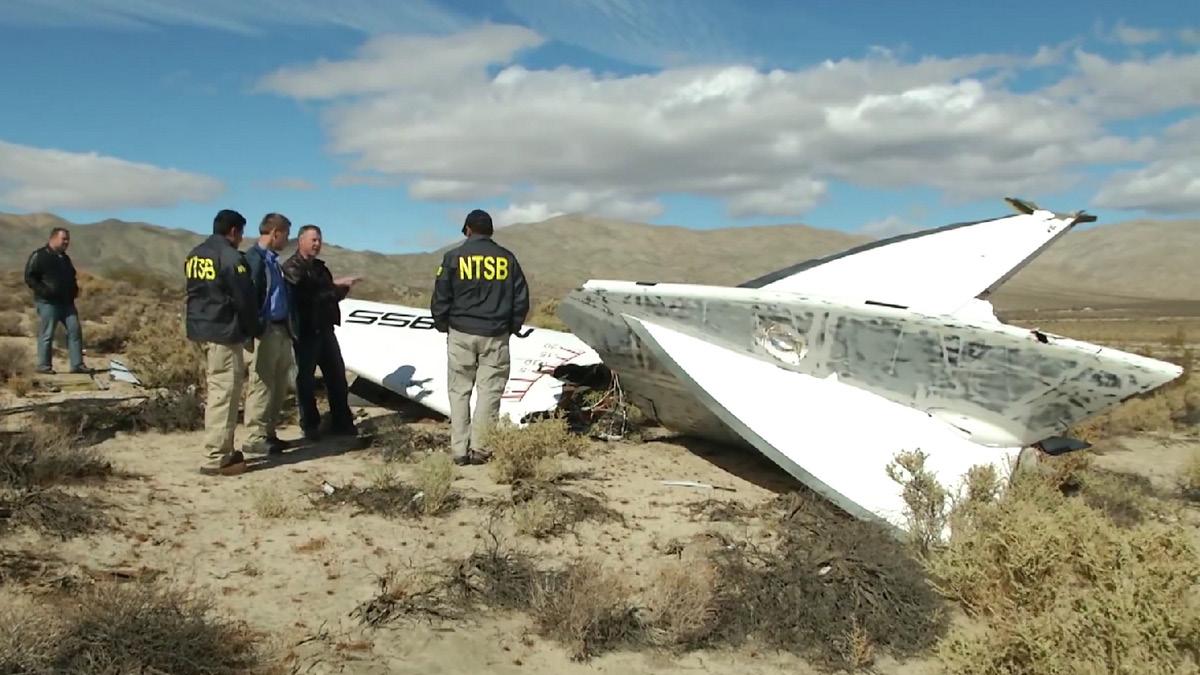
depend on the pilots to fly correctly
The “feather” system consists simply of a hinge running across the wing at around 70 percent of chord. It allows the entire spaceplane to jack-knife, raising the nose and the fore part of the wing so that they present a bluff surface to the air. The lift/drag ratio drops by a factor of more than 10 and the craft stabilises in a very steep descent with the fuselage more or less horizontal and the tail surfaces and their supporting booms aligned with the direction of flight. Once the spaceplane enters sufficiently dense air, it unfolds back to a normal configuration and glides to a conventional landing. What is remarkable about the system is that it is equally stable at subsonic and supersonic speeds. It has even been used,
The NTSB inspects the wreckage of SpaceShip 2 after its inadvertent fold.
October 202222
on one occasion, to recover from an inadvertent flat spin.
At supersonic speed, because the centre of lift of the wing shifts aft, the aerodynamic force on the tail surfaces is downward. Earlier in a flight, however, when the centre of gravity is behind the centre of lift because of the weight of the as yet unburned fuel, aerodynamic forces at high subsonic speed lift the tail with sufficient leverage to overpower the pneumatic actuators. A separate locking system is therefore required to preclude premature feathering.
the speed reached Mach 1.4, about 25 seconds after release
In SS1, the pilot would never unlock the feather system until the engine burn had ended. In the highly unlikely event that the feather failed to unlock, SS1 would have had to make a dangerous, but probably successful, gliding re-entry. In the heavier SS2, an unfeathered re-entry would have involved higher speeds and looked too chancy for paying passengers.
A new flight protocol was consequently introduced. When the speed reached Mach 1.4, about 25 seconds after release from the mother ship, the pilot would call for unlock and the copilot would perform the action. If the feather failed to unlock, the engine would be shut down immediately and the spaceplane would coast back without the need for a Mach 3 re-entry.
This procedure appeared safe. What no one could anticipate was that the copilot, for reasons that are not understood and probably never will be, would unlock the feather at Mach 0.8. This was an eventuality against which no redundancy had been provided. It was unimaginable.
But the unimaginable happened. The tail rotated and the spacecraft pitched up with
extreme violence. The motor broke away from the oxidiser tank, the airframe disintegrated. The pilots, first crushed down by enormous positive G, were then flung out in their seats as the top of the fuselage tore away. Some piece of structure struck the copilot, killing him; the pilot, one shoulder broken, fell for more than a minute through intense cold, without oxygen, but came to in time to unbuckle his seat belts. As his seat fell away his parachute, set to deploy automatically at 14,500 feet, opened. A chase plane came to look at him; he gave it a thumbs-up with his good arm.
While the FAA, as the regulator of atmospheric flight, issues launch licenses to operators of commercial space vehicles, it is barred by a piece of Reagan-era legislation from interfering in their technical development. The idea was to allow the technology to evolve naturally, like that of early airliners, before codifying a set of certification standards for passenger-carrying spacecraft. A later law, the Commercial Space Launch Amendments Act of 2004, permits the FAA to step in if an in-flight fatality occurs. The October 31 accident was the first such fatality in commercial space flight, and the FA did exercise its right to demand a number of modifications to the design.
It might seem simple enough to add a system to prevent feather unlock at subsonic speed during motor burn. But that system would have its own failure modes, and would require its own increasingly complex backups – and on and on. In the end, what is true in atmospheric flight also holds true in space: You have to depend on the pilots to fly correctly, even if every now and then one of them may make some catastrophic mistake. j
October 2022 23
HOW THE WEST WAS WON
ON THE EVE OF THE GREATEST air battle in history, all seemed desperate and lost in Britain with a tyrannical giant intimidating the free world, threatening the last vestige of hope in 1940s Europe.
An enormous task was laid at the feet of the Royal Air Force and Fleet Air Arm of the Royal Navy to bring the Nazi juggernaut down. But the proverbial David had some equally proverbial smooth stones in his pocket – not only British servicemen but also volunteers from more than 15 countries, including South Africa. One of the most famous of the South African pilots was Sailor Malan, who claimed over 27 kills and coined his “ten rules of air fighting,” which have been taught to every allied airman since. Through all this, a brotherhood of aviators was born.
History can always teach us something if only we would listen. So what have I learned, you ask? I’ll get to that…
2022 is my twelfth year with Bidvest Protea Coin (BPC) aerial support, which has grown from a small, single Robinson R44 helicopter in 2010 to a large helicopter airwing operating 26 helicopters across eight of South Africa’s nine provinces.


We operate as a commercial concern, partnering with six (Part 127) helicopter outfits nationwide. In order to service industry sectors including: mining, oil and gas, telecoms and banking, our pilots and crew are trained and maintained according to ICAO best practices. This not only manages operational risk but also instils trust in our largely blue-chip customer base.
What excites me more than the actual flying though, is the people. Such a big operation requires people that are rock-solid and dependable. Fortunately, working with my boss, Waal de Waal, I quickly learned how to value and identify the best character traits and skill sets in people.
“Never has so much been owed to so few by so many” – Winston Churchill speaking of the Allied airmens' gallant efforts shortly after the Battle of Britain. how we managed to multiply our resources
October 202224
HELICOPTER OPS: GEORGE TONKING
I have been able to coach and mentor many pilots in my tenure as Chief Pilot for BPC, producing homegrown, world-class operational staff, some of whom have since left the nest to serve international operations such as the UN. Along with this came the opportunity to fortify friendships across the aviation fraternity. It’s all these relationships that have helped produce the trust required to build a turn-key operation which can swing into action in a matter of minutes, requiring just a phone call to launch multi-million-dollar helicopters.
resources and deploy over 20 aircraft within 24 hours, covering all of the strategic points for day and night operations where possible. Further to this, the air wing also stood sentry for the large contingent of ground resources that needed to be deployed over the first few weeks of the operation.
we have excellent helicopter pilots in South Africa
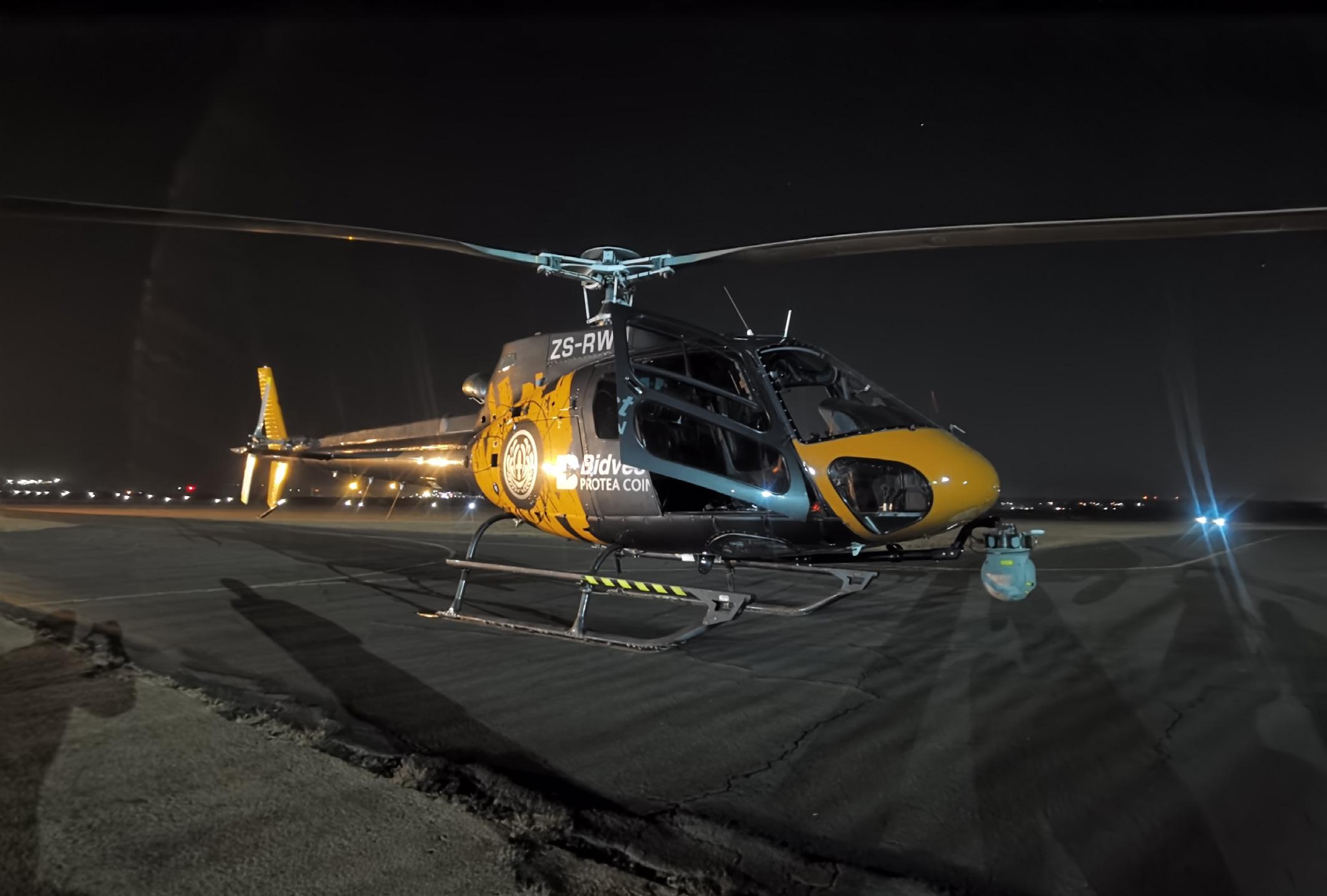
Recently, BPC was tasked with the largest helicopter support contract ever awarded in the South African security industry. A last-minute rollout was necessitated due to the time constraints of ending and beginning a new contract. This was exacerbated by the deployment being over a very large area, from the coast to South Africa’s interior. I still shake my head at how we managed to multiply our
To meet the challenge of deploying such a large wing, I had to rely on my many years in the industry and the aforementioned relationships.
Varied experience in helicopter tactical operations has led to some unusual flying jobs, which also helped. For example, getting to work in the film industry recently, I forged some valuable new friendships that I could lean on to support our crosscountry operations. Having worked with these pilots and operators in the most demanding professional environments meant that we knew and understood each other’s capabilities and potential.
Night FLIR operations.
October 2022 25

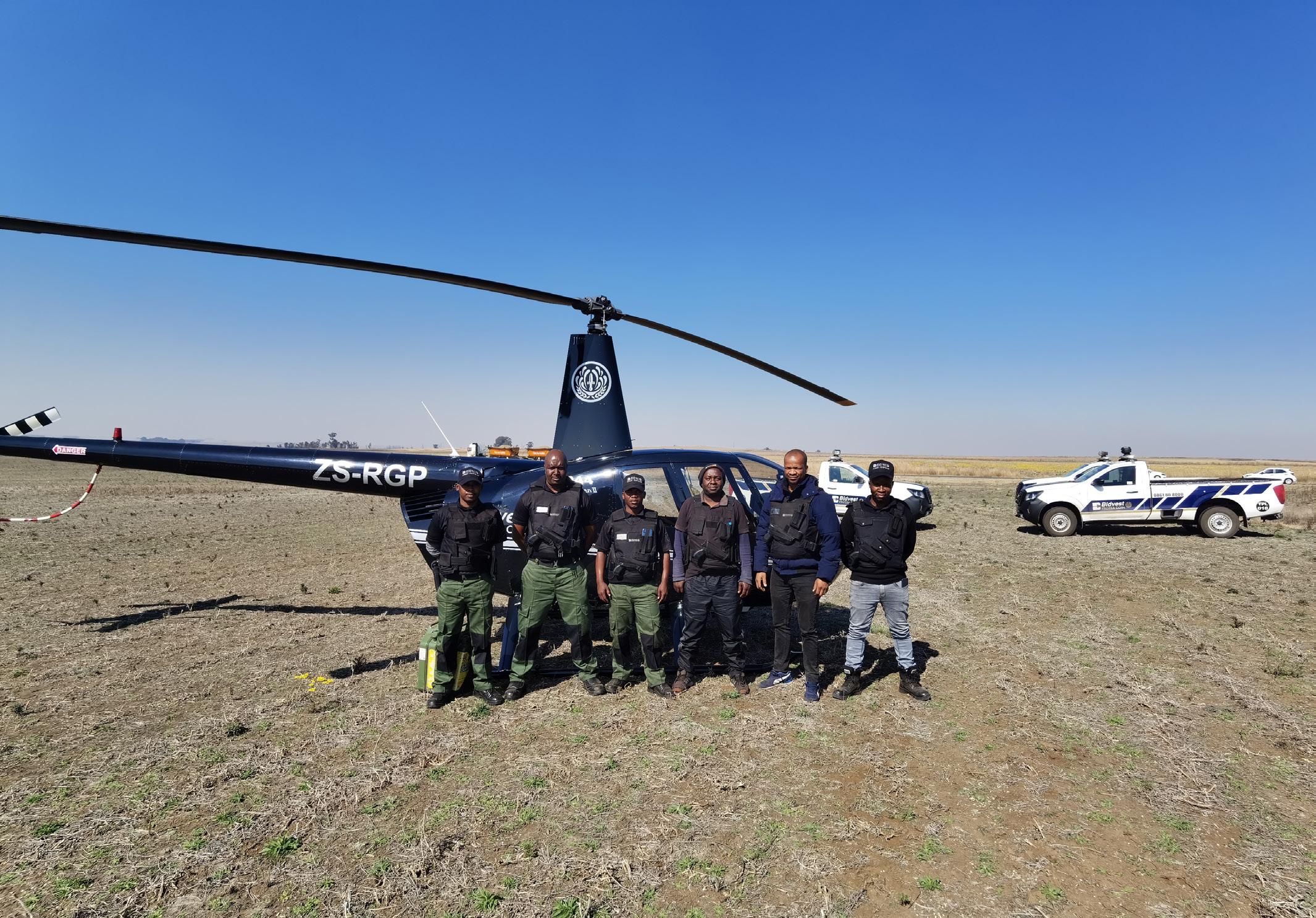 Early start on patrol.
Combined effort Ground Teams and helicopter support.
Early start on patrol.
Combined effort Ground Teams and helicopter support.
October 202226
When working in aerial support, one of the factors that makes or breaks a deployment is local environmental knowledge. It wasn’t hard to see the huge value our local area pilots around the escarpment added to our endeavours. In the first week of deployment, I flew to the three provincial bases to familiarise myself with local conditions and conduct operational training. Here I leaned on the vast expertise of the local pilots, who know the region so well that maps are redundant when setting course for relevant infrastructure.
War stories over a pint of beer at the whistlestop after operations had me craning to hear weather advice and local anecdotes from my new colleagues. “Always listen to the advice of local captains.” That would be in my list of top 10 rules of air operations if I were to write one …
people that are rocksolid and dependable
Having flown mostly in Gauteng and on the Highveld, I was also surprised by the rapidlychanging mountain weather conditions, as we found ourselves diverting with some severe late winter frontal storms. The Drakensberg can be a very intimidating place when the wind starts pushing 40 knots – tumble-dryer stuff!
And my point? First; the nature of helicopter operations requires a wellplanned approach to lowlevel operations. Second; we have some excellent helicopter pilots in South Africa. With the short time at hand, I had to do as the Brits did in World War II and carefully find and choose some of the best available smooth stones to sling at this giant of an operation.
Tally ho! j
Responding
October 2022 27
QUOTE OF THE MONTH QOM
to colleague Graham Warwick talking about the prohibitive costs of bringing a new supersonic transport to market, (see Guy’s Column in September) aviation analyst Richard Aboulafia said; “Yeah. I mean, it's the highest molecular density of truth that I've heard in a while.” Richard Aboulafia
LIGHTSPEED’S DELTA ZULU HEADSET
LIGHTSPEED AVIATION aims to not only reduce noise, but also reduce the risks in the cockpit. Their latest active noise reduction (ANR) Bluetooth-enabled headset gives the pilot the ability to “customise its auditory acuity with the help of an App, and it also has a builtin carbon monoxide detector that provides an auditory warning if there is CO present in the cockpit.”
Hearing loss is rarely uniform in both ears. To adjust the headset, a Lightspeed App uses a built-in audio equalization system called HearingEQity. The user does an automated 12-frequency hearing test through the App. HearingEQity sets the level in each ear of the headset to address the individual hearing profile, thus compensating for any variations.
The Lightspeed App also has functions useful in the training environment, such as the ability to record radio conversations, playback transmissions, draw diagrams, and archive flight recordings for post-flight briefing. These recordings can be reviewed on your phone or mobile device.
The Delta Zulu has Bluetooth with A2DP technology enabled
cell phone communications and stereo music streaming along with alerts from aviation Apps, so you can be entertained, yet maintain situational awareness. It also has ComPriority which automatically lowers the volume of any auxiliary device when there is a radio or intercom transmission.
For the pilot who uses many electronic gadgets, Delta Zulu has an Ultra Accessory Connection plug, allowing the user to connect to other devices directly from the headset for charging, data communications, and auxiliary audio.
Price is around the ZAR equivalent of U$1,100 from good pilot supply shops. j
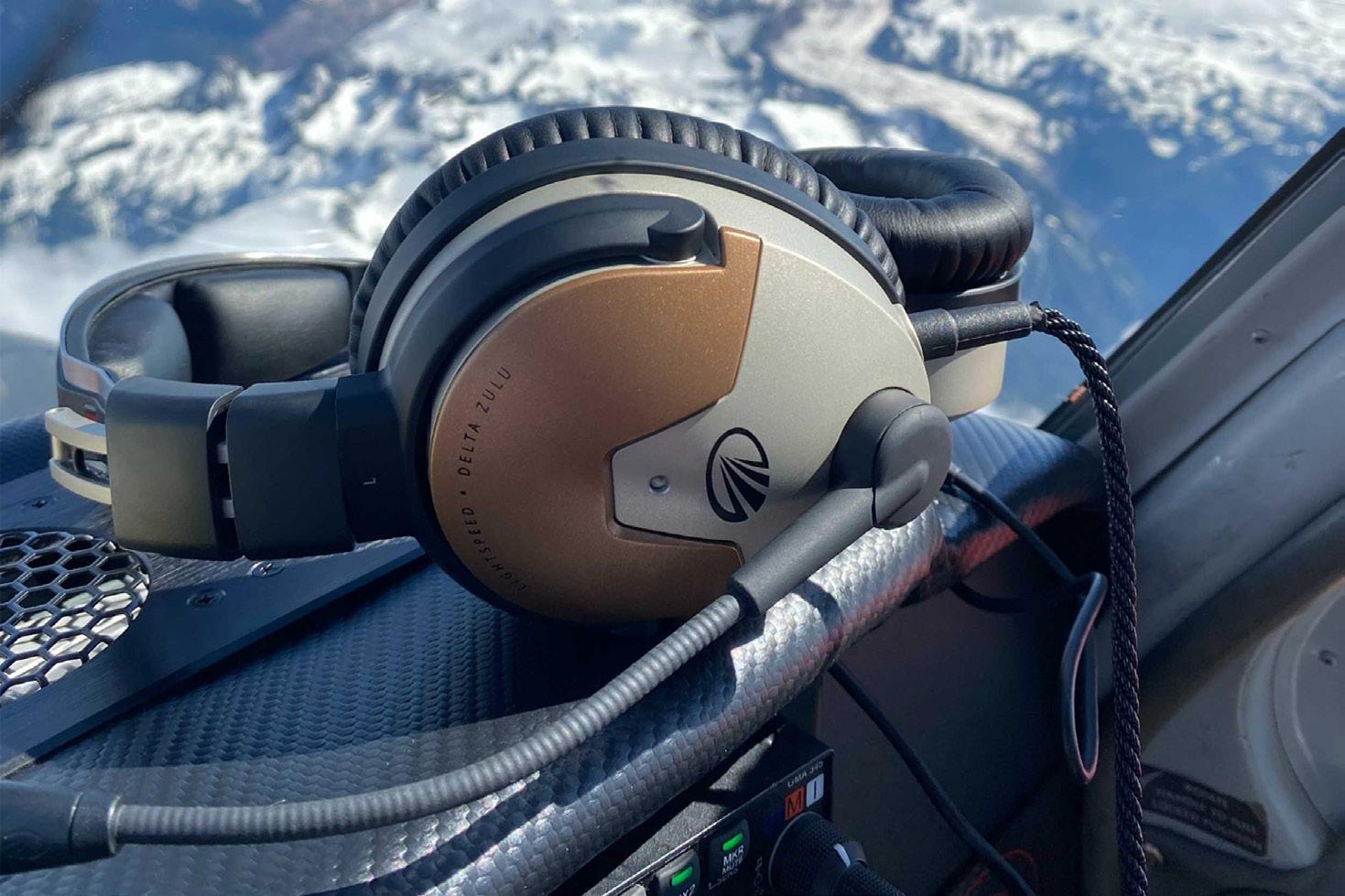
What else can one do with a headset other than cancel noise and have Bluetooth music? Well, here’s an idea
– have a built in CO detector.
Lightspeed's Delta Zulu headset.
October 202228
GADGET OF THE MONTH

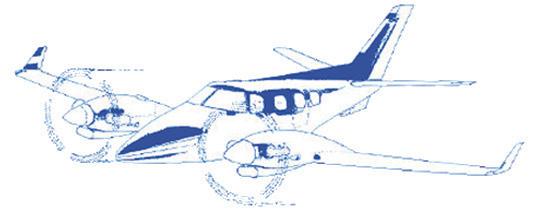

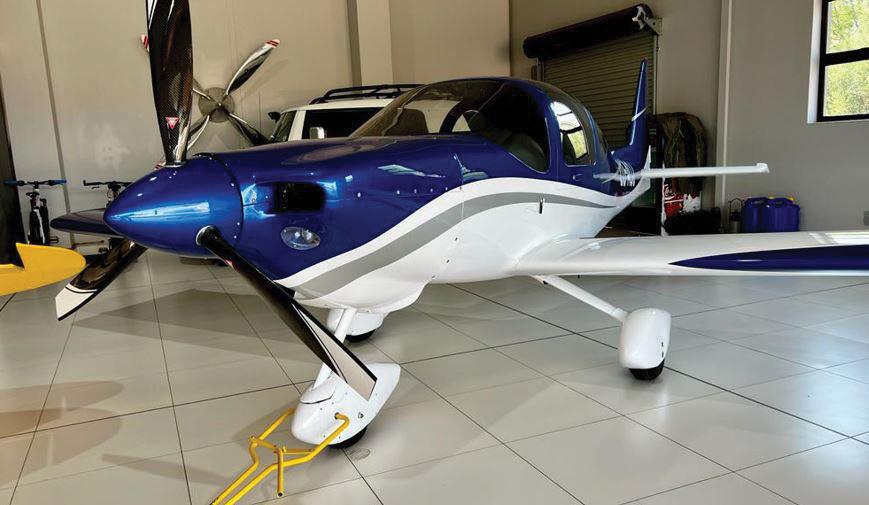

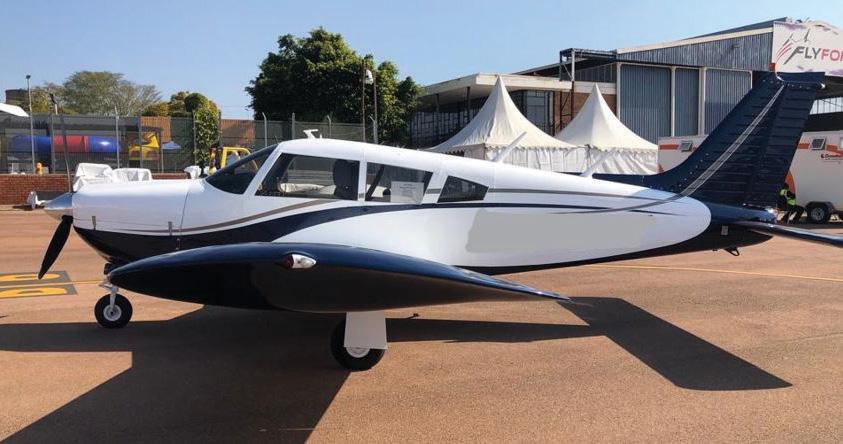

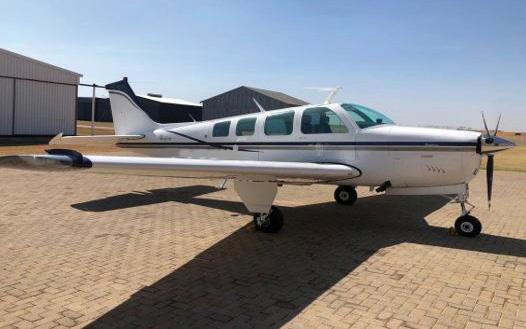



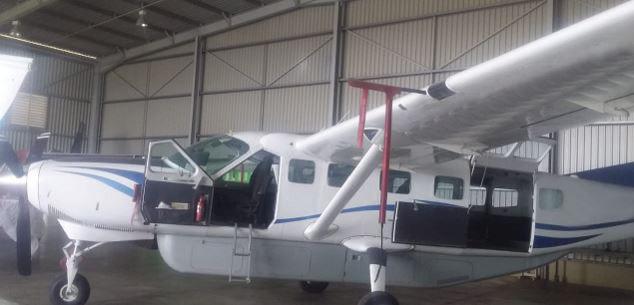

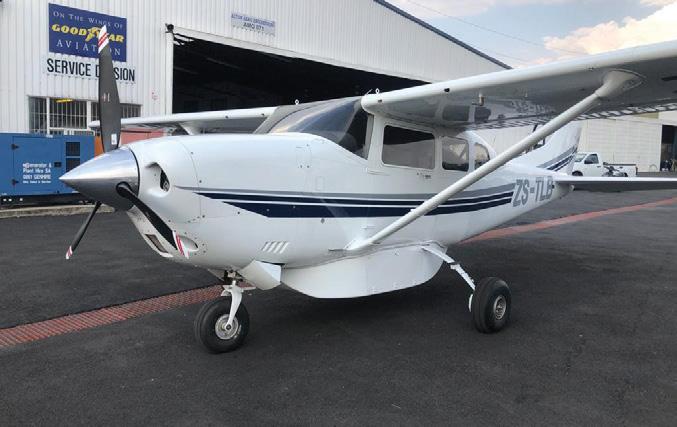


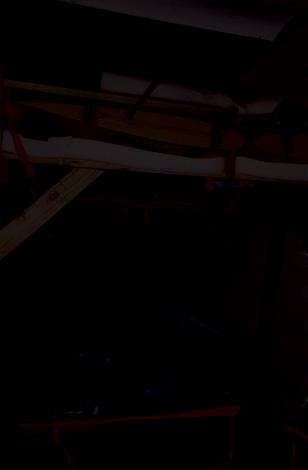



ASSISTANCE WITH IMPORTS, EXPORTS & VALUATIONS. Specializing in turnkey aircraft shipping worldwide!!! SA Flyer 2022 | 10 1993 Kiss TR1 1969 Piper Arrow 200 1999 Piper Saratoga II TC 1978 Bonanza A36 1970 Piper Cherokee 180 1976 Cessna 210 – IO-550 Engine2000 Saratoga II TC 1180 Hrs TT; 50 Hrs SMOH; VP Prop Garmin 3G touch w A/P, Full Rebuild R1,8M, no VAT 670 Hrs TTSN; 410 SMOH Built by Glasair, Full Garmin w A/pilot. USD175,000.00 excl VAT, if apl 7950 Hrs TT s/new; 955 Hrs SMOH Std King Avionics; Recent P & I R1,000,000.00 plus VAT 1450 Hrs TT, A & E, Upgraded Garmin; Outstanding cosmetics $325,000,00 excl VAT, if apl 2515 Hrs TT; 785 Hrs SMOH, Garmin/Collins IFR; WX500, Very clean, recent upholstery R3,800,000.00 excl VAT 6700 Hrs TT; 820 SMOH, newly rebuilt IO-550 King / Garmin IFR, V clean; R3,000,000.00 excl VAT 1050 Hrs TT s/new A & E Garmin IFR w WX500 & KRA-10 R5.400,000.00 excl VAT if Apl 2000 Cessna 208B 9600 Hrs TT, 1700 Hrs SMOH Garmin & King, Fair, Fresh C of A USD995,000.00 excl VAT 1968 Cherokee Arrow 180 2001 Cessna T206H 1967 Baron 56TC 4450 Hrs TT; 90 Hrs SMOH Std king plus GPS, Ideal trainer’ R760,000.00 plus VAT 2275 Hrs TTSN; 180 Hrs SMOH Factory installed King; New Interior USD420,000.00 excl VAT if apl 2810 Hrs TT; 815 Hrs SMOH King & Garmin IF, Clean USD120,000.00 plus VAT, if apl Gerhard Mouton Tel: +27 (0) 82 458 3736 E-mail: herenbus@gmail.com Nico van Staden Tel: +27 (0) 083 321 0916 E-mail: nico@aerostratus.co.za 7200 Hrs TT; 1500 Hrs SMOH Std King Avionics; Clean R1,000,000.00 excl VAT Looking to Purchase for clients: Mid-1970 Cessna 182 1970 plus Piper Cherokee 235 2009 Sportsman
MAP NAV OR SAT NAV?
IN AN EFFORT TO BOLSTER my argument for preferring paper, I went to my favourite aviation chat room. I used to go to a thing called a flying club, where real people had faces and names. They chatted, told stories and jokes. They slapped their buddies on the back and drank real beer. The place I go to now has sort of phantom, electron people. Many of them seem to have no jobs or histories and don’t actually live anywhere. They have no faces and they hide behind contrived names like FlyGuy79.
They are inclined to get cross with each other and become rude and offensive so a cyber cop called The Mod listens in and is ready to bung you out if you play the man and not the ball. That’s fair enough, I guess. But The Mod doesn’t even like you to stray off whatever subject you are chatting about. He waves a stick at you and threatens to delete you. A terrifying thought.
He'd be on to me now like an infuriated bull because I started talking about nav, and now I am discussing his cybernated crypto club.
Many of these nameless, faceless digital people drive me batty – how can you have a
meaningful chat with FlyGuy79 if you don’t know whether they are a pilot or a pimp? But others are excellent sources of information, and a few have morphed into real human beings whom I have come to value as friends.
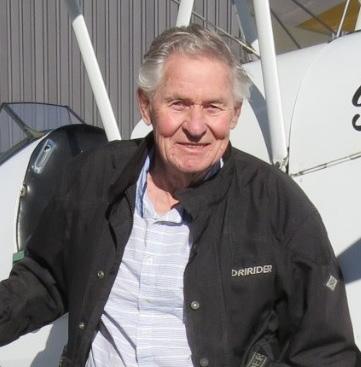
Anyhow, I was telling you that I went to this virtual (isn’t that a ghastly word?) flying club to ask whether anyone knew what the regs say about having a paper map in the cockpit.
I was hoping to confirm my belief that this is mandatory. Wrong again. The rule is that you must have a map, but as the regs fail to use the word paper. Map means that any piece of glass that glows with a chip-driven imitation of a paper map is legally considered to be a map or chart.
Presumably when it breaks, or runs out of electricity, or fails to connect with its parental network, it loses its honorary status and reverts to being a lump of glass. Which leaves one pretty much mapless – and therefore illegal as well as being lost.
I find that bloody alarming, but I seem to be
Damn it. I was going to tell you why paper map navigation is better than blindly blundering along a magenta line –but I am wrong. And I am not at all happy about it. and reverts to being a lump of glass
October 202230 PLANE TALK - JIM DAVIS

wrong again – the vast majority of the okes in the phantom flying club view me with digital scorn, and make disrespectful references to one’s date of birth and fogeyness.
There is no truth in this. What they say is plain wrong – I am, in fact, pretty computer literate. I operate a fleet of five Macs and am mostly capable of pushing the right buttons for their various tasks, so I would ask my critics to tone down their offensive rhetoric and rethink their positions.
One said he hadn’t looked at a proper map in 20 years, and that his paperless gizmo had never failed him during that entire period.
I found myself tottering in actual horror, and with a good dose of authentic indignation, because I have a genuine interest in physical accidents. And at least two that have grabbed my attention recently have been caused by people following magenta lines over spectral backgrounds.
043 compass in order to maintain 046 magnetic, which gave him a true track of 058 allowing for the forecast upper winds of... hello hello... you still there? You see with a wind of 170/20, this would blah blah....” (I have changed the club’s name to protect the guilty.)
Basically, Propwash had set off to do a multi-leg nav in a 150 Cessna with enough paper work to establish a young publishing business.
He had become comprehensively lost behind the mountains, which severed VHF contact. A military Dak was relaying messages between the adventurer and Cape Town Approach, which had suffered a sense of humour failure.
he hadn’t looked at a proper map in 20 years
I will tell you about them in a moment. And because my middle name is ‘fairness’, I’ll also tell you about a couple of people who got comprehensively lost through having too much paper in the cockpit.
The first happened last month for the Gleitch, and for ordinary people, it was actually a few years, or decades ago – take your pick, it makes absolutely no difference.
The whole thing was getting out of hand until Propwash spotted the coast, and everyone relaxed –incorrectly, as it turned out.
With that part of the South African coast being roughly ‘L’ shaped one would like to know whether one was on the vertical bit or the horizontal bit of the L. Or as one wag remarked, ‘where the L is he?’ If Propwash had found the North coast, a left turn would have got him home. And a right turn on the South coast would have also returned him to mama.
It was not a good day for coin-tossing, hence the phone call.
He had turned away from the nursery and was now out of range and heading eastwards along the south coast – towards George – some 200 miles ahead of his stubby nose.
Propwash’s Paper Mountain
I am based at my little flying school in George. The phone rings, “Hello, this is Captain Tailpipe at the Peninsula Pilots Club. One of our members, Pupe Propwash, took off on a solo cross-country from Cape Town and seems to be a bit confused. You see, he set off steering
Of course you could ask, what about his compass? Surely that would have told him he was going the wrong way? It would indeed, but by this time the poor guy didn’t know the difference between 003, 030 and 300, and wasn’t interested. He just wanted somewhere soft to land.
October 202232
I nursed him in and gave him some coffee while he showed me a young mountain of paper designed to endow his navigation with needle-sharp accuracy. I conceded that I too would have been greatly confused had I been forced to use such data.
Propwash had so much officework that there was no time to look out of the window to see where the hell he was going. Besides, he had only been taught the importance of little things –like the place where a dirt road made a kink near an abandoned spaza shop. The big picture, consisting of towns, coastlines, mountain ranges and railways, were of no interest to him. He was looking for his next checkpoint which should be exactly two and a quarter minute away.
Would GPS have helped him? I’m sure it would. But without a big picture, paper or glass, he will always be a sad and confused human being.
Yes, I do hear your howls of protest – you can’t blame the magenta line if the button pusher pushes the wrong buttons.
The paperless plan
This is another story about a guy who had no big picture in his head. He must have been looking vertically down for all his nav, because he was meant to have Johannesburg on his right – but it passed by his left side without being noticed.
You can see the details of this adventure on page 52. It’s about an 18 year old, 80 hour, enthusiast who followed the magenta line until it led him to a situation where he was utterly lost while running out of fuel and daylight. He had to the good sense to do a precautionary landing, but he wrote off a nice Cherokee.

Well, yes and no, this was a very understandable mistake – certainly one I could make. But then I would have picked it up within minutes by having a look at the big picture and then swivelling the world round about 45 degrees so my proposed track meshed with the topography of the real world, which I could spot by looking out of the windows.
This guy took off from Vereeniging after pressing the buttons to input what he believed was Aviator’s Paradise, just west of Pretoria. However, the gismo believed that FAPS was Arnot Power Station and it dragged him by the nose way off to the east of the Johannesburg/ Pretoria urban sprawl.
Poor boy. I have a feeling, but no proof, that had
Does GPS make good old navigating by plotting on a chart obsolete?
October 2022 33
he laid out maps, drawn lines, and measured angles the night before, he would have had a pretty good idea of the big picture.
I have to ask whether being hypnotised by the infallible magenta line gives us such confidence that we can’t be bothered to look out of the window. I suspect it does.
So the flying school had to write two letters to previously proud and now mourning parents to say their boys would not be coming home –ever.
The kids had been well trained and knew how to draw lines and measure angles, but why bother when it’s much easier to press a couple of buttons?
Night Nav
Here’s a vaguely similar story, but with a more tragic ending. It happened when a foreign Com student with over 200 hours took off in a C172 from Wonderboom to get in some much needed night cross-country time.
investigators found a charred flight log in the ashes
They followed the magenta line into bad weather and ultimately into a mountain top. It wasn’t the line’s fault – no one had told it of the dangers of flying below the MSA (minimum sector altitude). It didn’t even know it was dark or that there were clouds in the way.
But in a strange sort of way it did rather lead the pilot into a total trust mode which caused him to ignore all else and go ahead with the VFR into IMC mode.
No, I’m not blaming the transistors – I am blaming a cyber culture that leads pilots to do the minimum of flight planning and usually get away with it.
The investigators found a charred flight log in the ashes. The pilot had prepared it in order to satisfy his instructor, but once airborne he had written nothing on it. He had allowed his cell phone to do the navigation.
Oh, and by the way, he had also killed an innocent passenger, another com student.
If he had drawn lines on a WAC (a world aeronautical chart) he would have noticed that his pencil went smack over a prominent spotheight 3000 ft higher than his airfield, and less than 20 miles from it. Surely he would have seen that as a red flag not to start his descent too early? Of course I’m sure good software would also have made him aware of it, but his cell phone was apparently not up to the task, however it did give him the confidence to blast off into a moonless night.
Hold That Heading
My last story is about a pupe doing his PPL flight test in a 140 Cherokee. We kicked off from Port Elizabeth heading for our first turning point at Grahamstown.
He did a great job with the big picture as we bombed off pretty much along the coast line, but after about half way to Grahamstown the coast disappeared and he started looking for minute features on the ground. Now there’s nothing really wrong with that as long as you do two things:
• Don’t take the little picture too seriously.
• Hold your heading until you have a positive reason to change it.
October 202234
Our testee (that’s not a nice word is it?) failed to follow both these important rules. He hauled out a pile of paperwork and started trying to get his map to agree with the ground. When this proved fruitless he suddenly had a ‘feeling’ that Grahamstown was to the left of the nose, and so he headed that way.
And then the feeling became stronger so he headed more that way. And so this went on. And on.
Our ETA for Grahamstown came and went but he kept telling me that the City of Saints and churches was just over the next ridge.
Eventually I had to tell him that, although we had not passed Grahamstown, it was now behind our tail. Of course he knew this was impossible. Sadly that was the end of his flight test.
glass panels really what you enjoyed about those wonderful days when you were learning to fly? Hell, you can do that in your home any time, regardless of the weather, and at almost no cost, and you don’t need a license, or even a medical. So when you have a medical and a license, and you are paying real money to fly a proper aeroplane, it just doesn’t make sense to pretend you are in your mancave.
You can do the real thing and smell the cows as you fly over the green pastures, and watch the windmills and the ripples on water tanks to see which way the wind is blowing. You can also keep a lookout for landing places in case you have to do a forced, or precautionary, landing. Or maybe you just feel like landing there, because you can, or because you want to photograph the flowers, or you just want to pee.
Would a magenta line have saved his bacon?
Would a magenta line have saved his bacon? Absolutely it would. It would have prevented him from turning based on a feeling. I think we have all done it, but only once.
So, do I still believe that paper is better than pixels?
Actually no, not really – but it depends on what you mean by ‘better’. Perhaps I should ask you why you fly. Is it because it’s convenient? Or because it’s an excellent business tool? Or cheap, or because it’s fun?
If there’s an element of the latter – that you actually enjoy your time in our free and natural element, then you are going to enjoy it a whole lot more if you loosen up and let it blow through your hair.
Why insulate yourself from the joy of making your own way through the lower atmosphere? Are sound deadening headsets and glowing
If you are flying because you love it – then try to go mostly where you can chuck your headsets and GPS on the back seat and enjoy navigating like Ernest Gann, Richard Bach, Victor Smith, or even a WW2 Spitfire pilot.
For most of us flying is about enjoying the trip – so really enjoy it. Get off the straight line between Johannesburg and Cape Town. Take a couple of days and night stop at strange places. Get your family involved in navigation by looking out of the windows and identifying stuff and working out ETA’s. They will enjoy it a whole lot more than reading Fair Lady while clamped between two earpieces – they can do that at the hairdressers.
Actually I find this whole discussion extremely odd because the magenta line sniffers in my virtual flying club tell me they want to read their flying magazines on paper – not on glass. A very strange bunch – pilots.
jOctober 2022 35
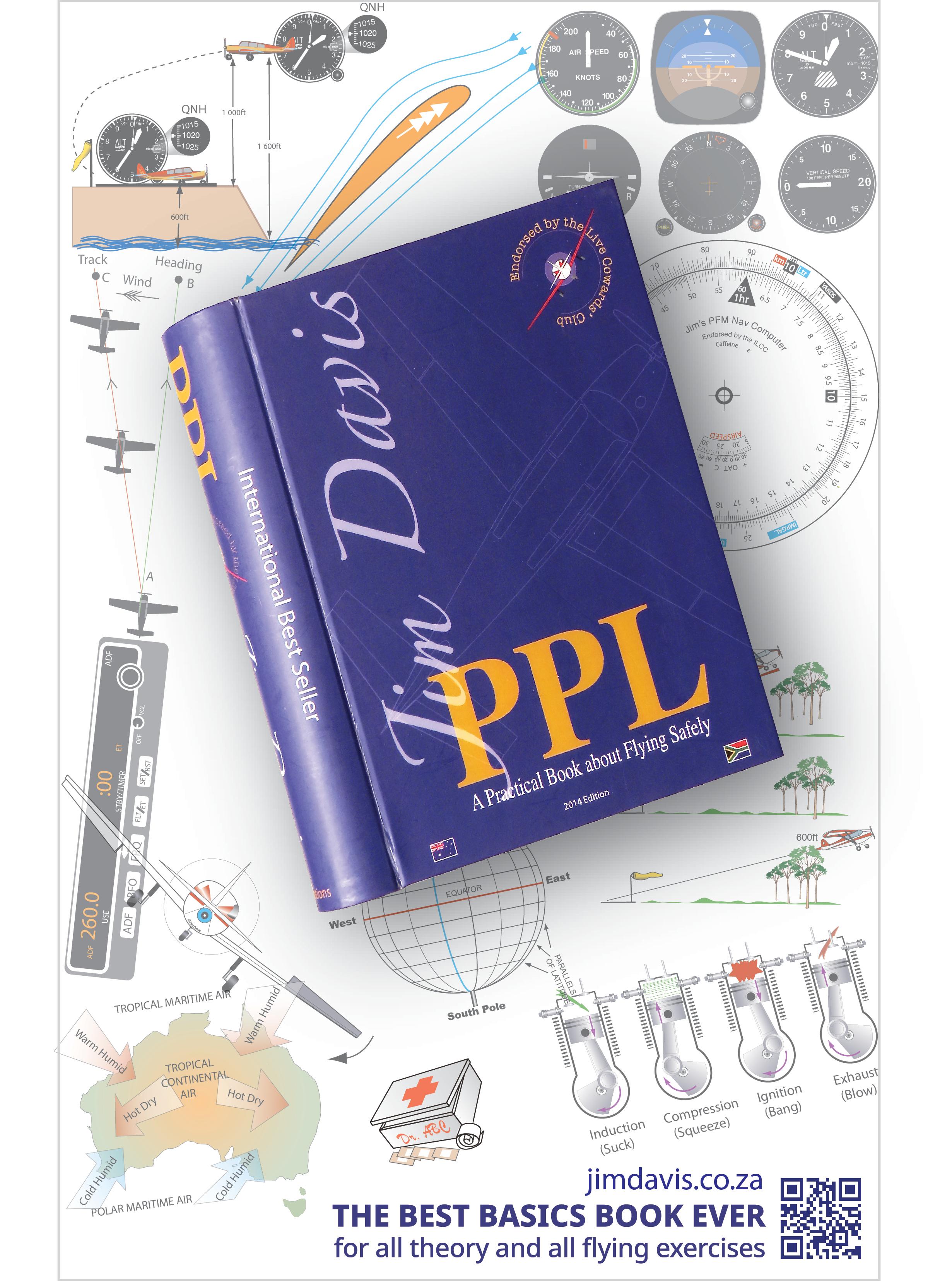






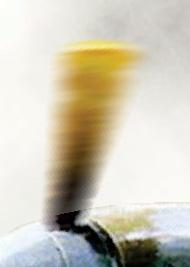

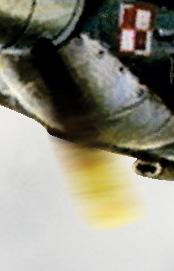

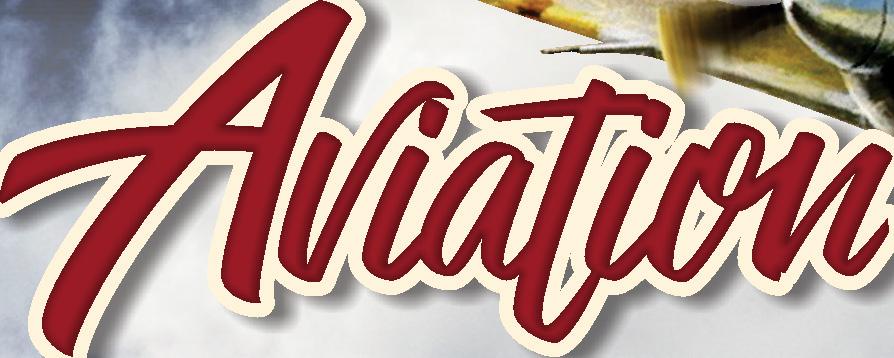



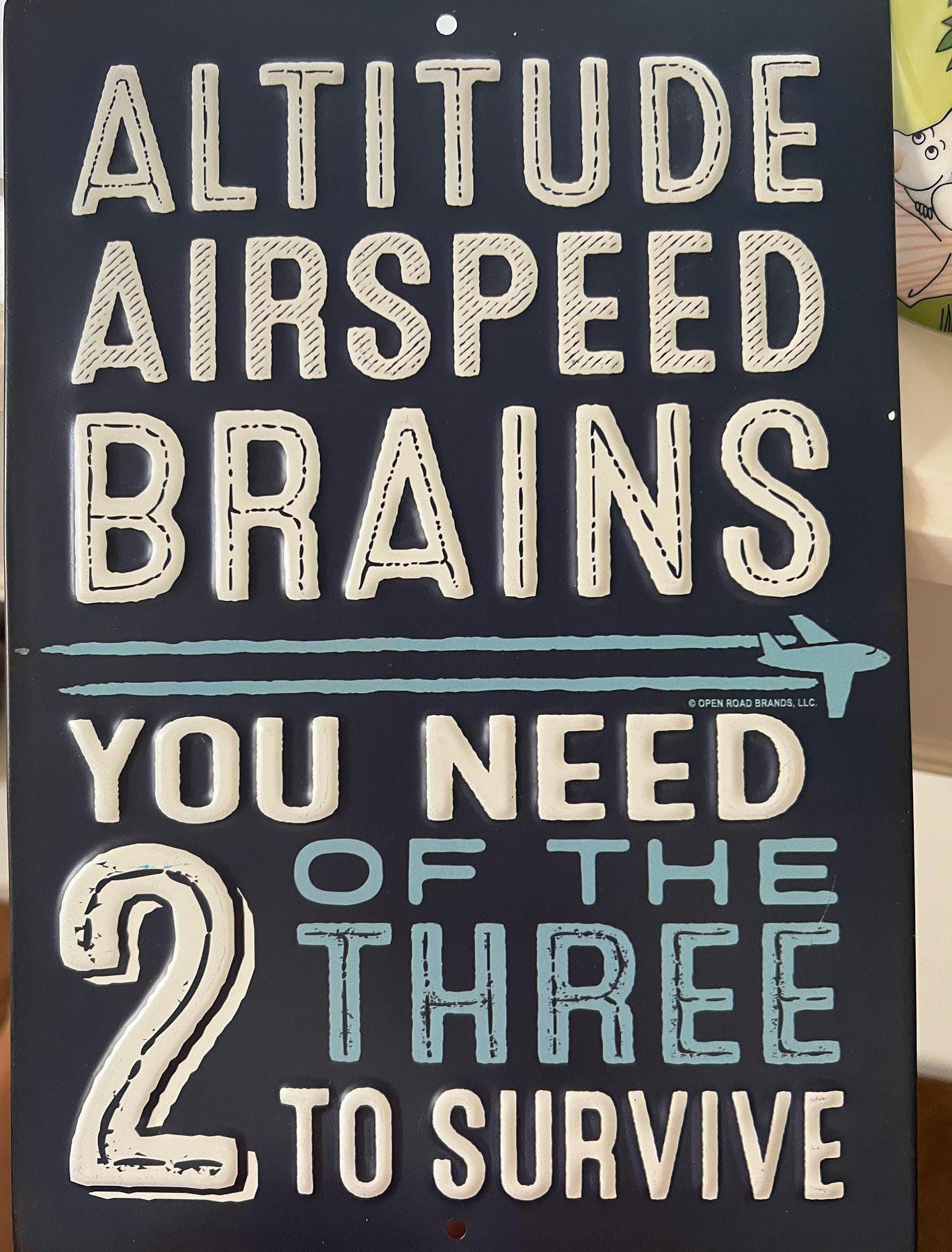
October 2022 37 FAX ASSEMBLY OF FLIGHT CONTROL CABLES • SHEET METAL REPAIRS • APPROVED AIRCRAFT WELDING VISIT THE SHOWROOM @ RAND AIRPORT, GERMISTON 011 827 2491 SA CAA AMO 188 082 872 4117 THANK YOU TO OUR CUSTOMERS FOR YOUR CONTINUED SUPPORT IN AVIATION CELEBRATING BUMPPPFFF: There is nothing like a Spitfirecaptured in a perfect headon shot One of flying's great truths.

October 202238 TEXT GUY LEITCH • IMAGES GARTH CALITZ THE ORION CUB – THE LATEST ALL SOUTH AFRICAN PLANE!
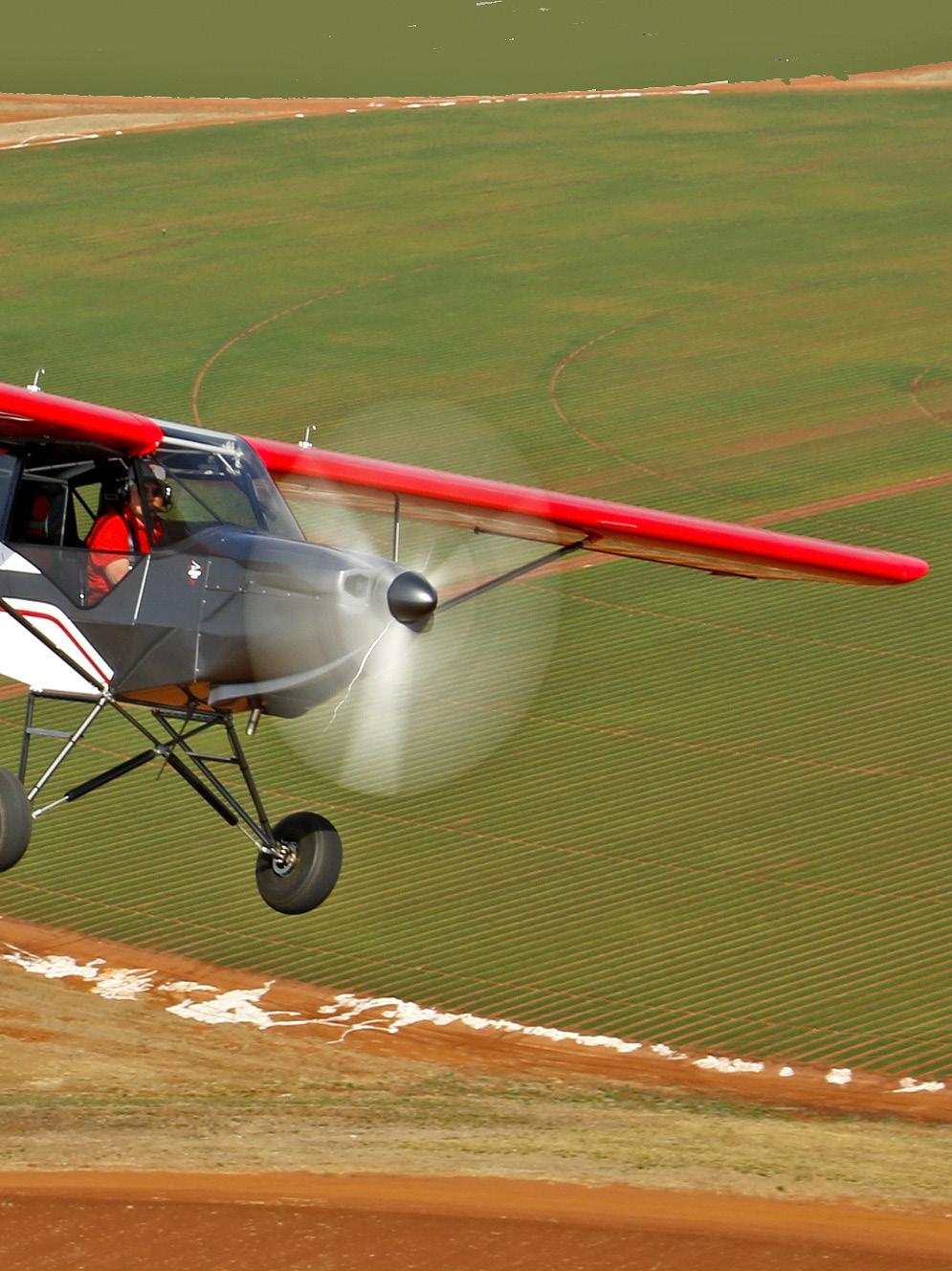 The Orion Cub is proof that it really is possible to build a better Piper Cub.
The Orion Cub is proof that it really is possible to build a better Piper Cub.
October 2022 39
THE LATEST VERSION of the venerable Piper Cub is the Orion Cub from Orion Aircraft in Krugersdorp.

Kevin Hopper owns SkyworX Aviation AMO at Krugersdorp and is a shareholder of Orion Aircraft. He has that great combination of a fertile mind and the skills to make his visions a reality. A childhood model aircraft builder, Kevin naturally moved up to full-scale planes and has set a high standard, as evidenced in his restoration of a number of EAA Grand Champions. Kevin gained his world-class skills as a patternmaker for General Motors in Port Elizabeth and then rebuilding aircraft at 43 Air School.
From his base in Krugersdorp, he has rebuilt almost 20 Tiger Moths, including Airlink CEO Rodger Foster’s prize-winning example, many J-3s and various other classic and more modern light aircraft.
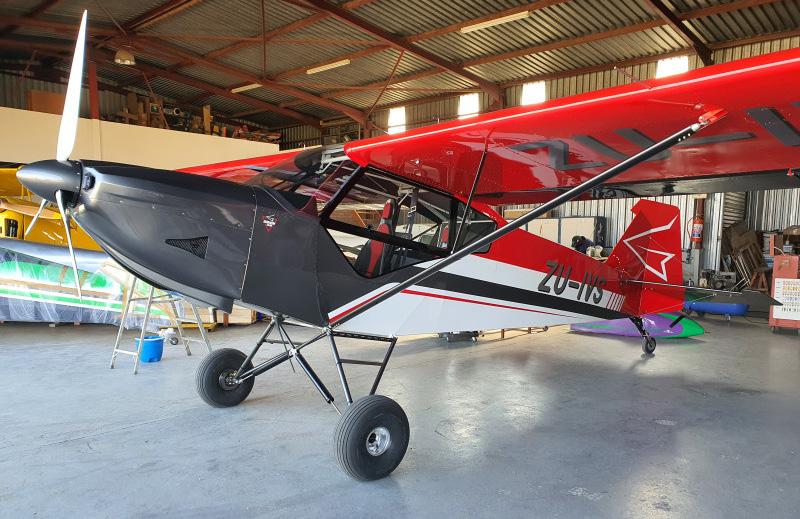
Kevin has had a lifelong love affair with the basic Cub design. Fifteen years ago, he had his first serious attempt to build a better Cub by designing and building the Skyworx SW-18 Teddy. He stuck to affordable and readily available materials, so the Teddy was built out of wood and fabric. SA Flyer was the first to flight test this plane back in 2008 and it had indeed improved on the basic Cub. Sales were not however all that had been hoped for – perhaps due to the design being wood and fabric.
Finally ready to fly after its long design and build process - the fit and finish are amazing for a prototype.
The iconic original J3 Piper Cub is now 84 years old. There have been countless attempts to build a modern version that does everything better. Has a small but passionate South African team got it right?
October 202240
From his experience with the Teddy, Kevin knew he wanted to go bigger and stronger, and build an all-weather plane that could live outside. That required an all-aluminium wing and a steel tube fuselage. To help fund the project, he joined forces with two of his loyal clients and friends Eddie Scholtz and Roy Miller. To aid in the design and build process, Kevin brought on staff his son Dean Hopper and friend Aidan Cantin, who together refined and completed the Orion design.
The first point of departure was that the plane needed to be more Super Cub than a basic J3. Thus, the design needed to have flaps, it had to be flown from the front seat, and should have a modern enclosed engine. Other key design requirements were: a large cockpit capable of accommodating two big and tall South Africans and their bags. The aircraft had to be able to accept engines from a 100 hp Rotax to a 200 hp IO-360 Lycoming yet it had to be light enough to preform well with just 100 hp. The goal design empty weight was just 380 kg – with a Max All Up Weight of 800 kg.
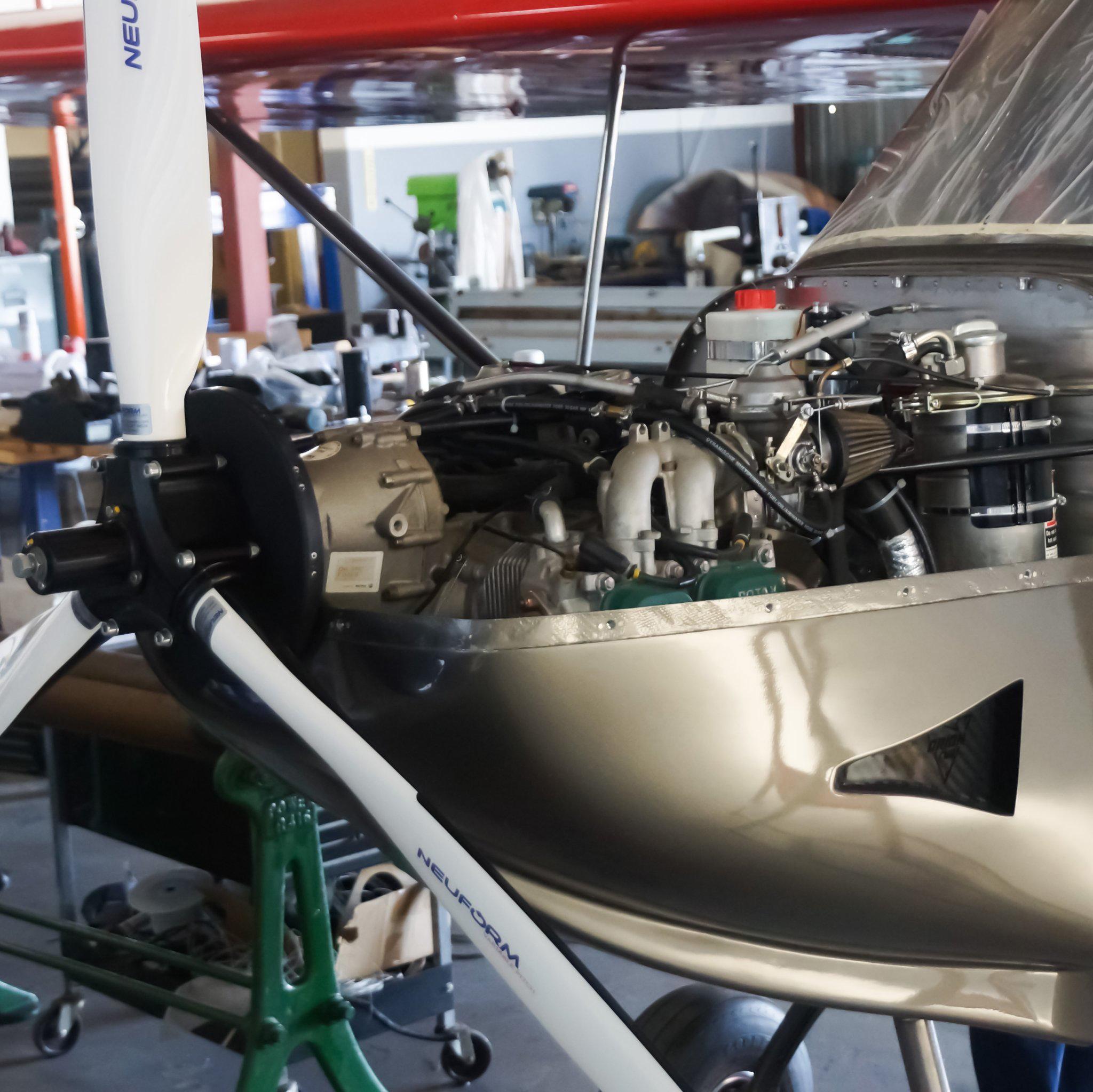 Engine for the prototype is a Rotax ULS with a ground adjustable prop.
Engine for the prototype is a Rotax ULS with a ground adjustable prop.
October 2022 41
When asked why he chose the Orion name, Kevin tells how his father had designed and built MG sports car replicas called the Orion. Kevin and his Dad learned a huge amount about materials and what works from these cars, and so it was to his Dad’s memory that he called his latest creation the Orion Cub.
A big early question for an aircraft designer is what wing profile will work best. With guidance from renowned aeronautical engineer Francois Jordaan, the Harry Riblett 30-613.5 aerofoil was chosen. This improves on the original Cub’s
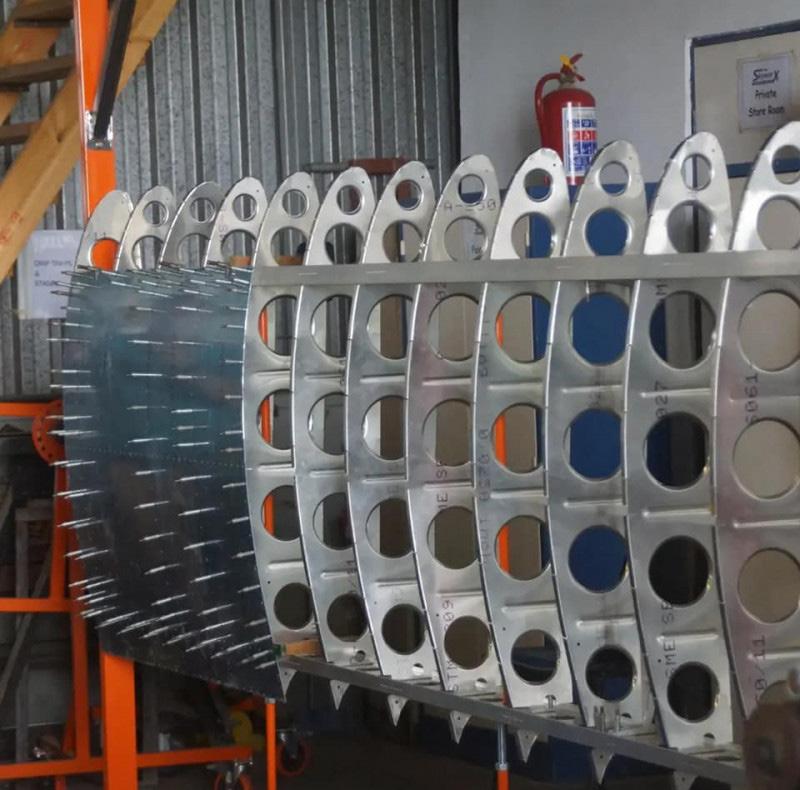
USA-35B aerofoil as it retains its excellent slow speed handling and very docile stall, and yet provides a reasonable turn of speed.
After a long period of design, research and development, not helped by the Covid lockdown, the first flight of the Orion Cub took place at Krugersdorp on 3 September, flown by wellknown instructor, test, competition and balloon pilot Dale de Klerk. Before the flight Dale showed us the key features of this latest and very impressive utility STOL plane.
Wing has all-metal construction and lots of ribs.
October 202242
On The Ground
The first thing that strikes you is that it is indeed a significantly larger and more substantial plane than the basic J3 Cub. Standing tall on its shock absorbing undercarriage, shod with chunky 21/800 tyres, the Orion has loads of much sought-after ramp appeal. Noticeable at first glance are the large windows.
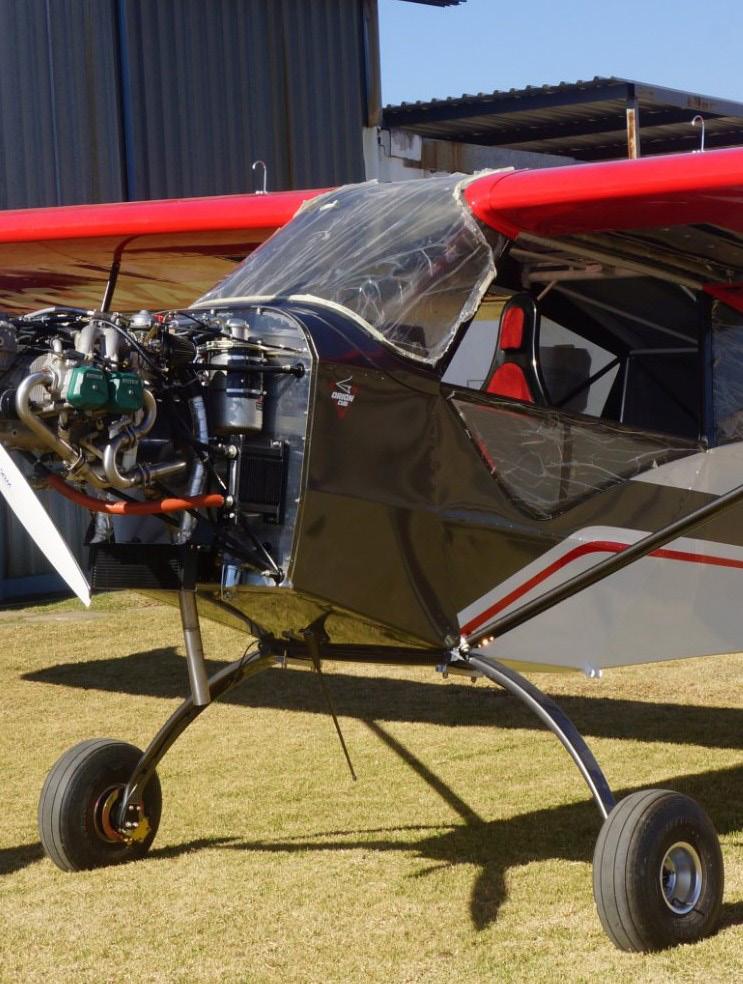
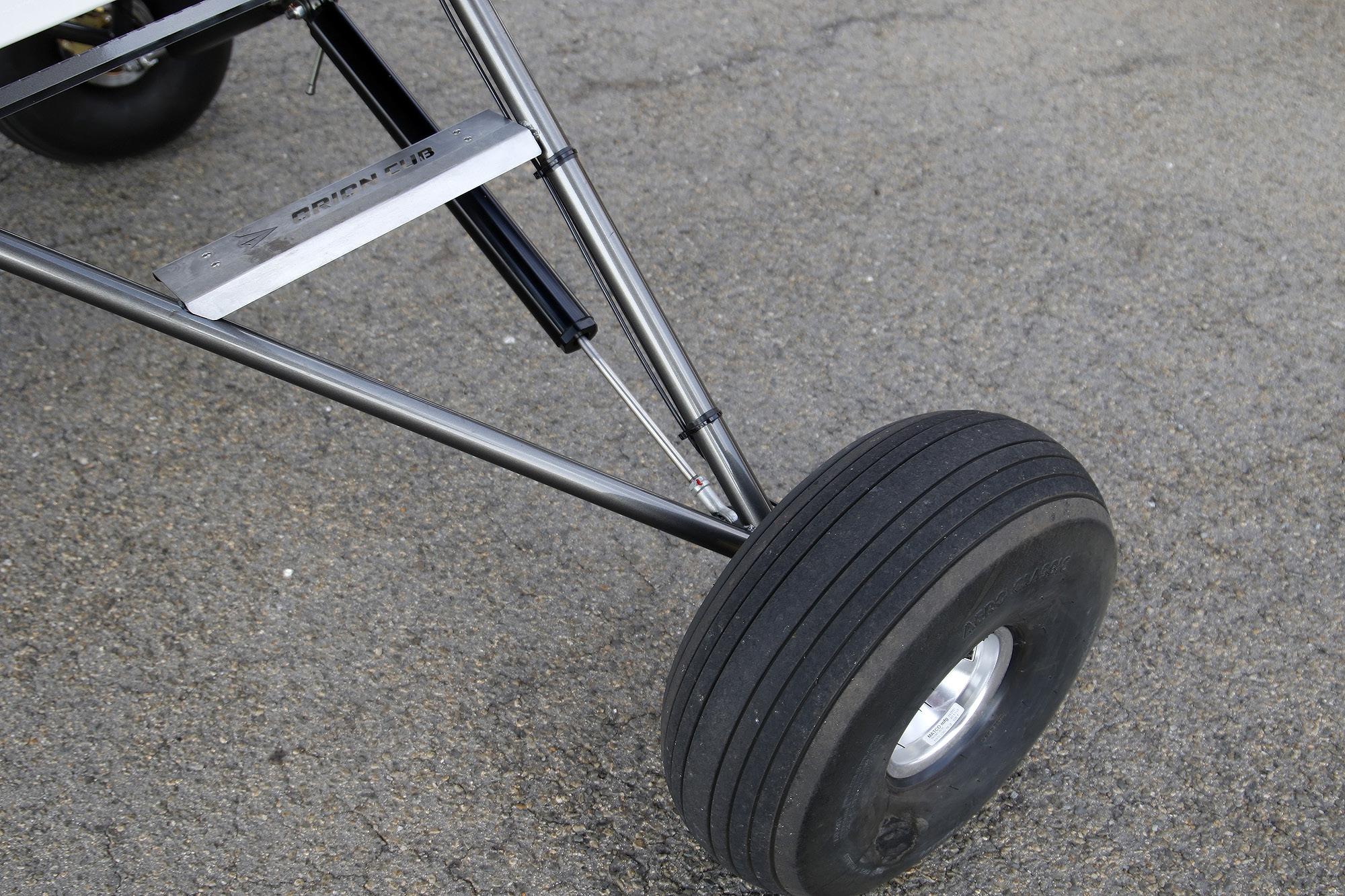
For a tandem design the Orion has a spacious 77cm (30 inch) wide cockpit, accessed by a single door and window on the right-hand side. The door is big enough to make access in and
out of both front and back seats easy. Like a true Cub, the door is split horizontally; the top half is top-hinged so it can be swung up and latched against the bottom of the wing. Unlike the Cubs though, the lower section is hinged at the front, which means it can’t be folded down flat against the fuselage in flight. Being front hinged, the door allows pilot and passenger easy access to the cockpit, and with the rear seat hinged forward, bags are easily lowered into the ample space behind the rear seat. Production models will have baggage doors fitted as standard.
The unusual slim-line seats have headrests and appear to be derived from automotive car racing seats. They are fully adjustable and the front seat can be flipped forward to make it even easier to get into the back seat.
For a utility bush plane the fit and finish are exemplary. The paint job has the lustre worthy of a supercar. The wing skins and ailerons are flush riveted with dimpled skins and countersunk
Ladder frame undercarrige features long shock absorbers for smoth landings.
A simple composite bow undercarriage was tried, but discarded.
October 2022 43
Avex rivets. The wing skin is 6061 T6 aluminium and Kevin Hopper points out that the dimpled skins provide a far stronger shear strength than a smooth skin. The main and rear spars are custom extruded 6061 T6 I-beam sections. For the home builder the wings are all pre-drilled and key components are fabricated using a precision CNC router.
There are 45 litre fuel tanks in each wing, but Kevin says the standard tanks will be 50 or an optional 75 litres a side. In keeping with the need for simplicity, the fuel gauges are sight tubes in the wing roots. They are marked to read with the tail on the ground – but there is minimal change with the tail up while flying.
Any serious bush plane must have big tyres and the Orion has impressive enough 21-inchers. Much attention was given to the shock absorbing suspension. A composite spring bow was tried, but it induced a rolling gait on uneven surfaces so custom shock absorbers were made in a trapezoidal design. The resultant ladder frame may have more drag than a simple bowed leg, but the Cub is designed to operate off rough bush strips –rather than be a speedy cross-country machine.
At the rear the full swivelling steerable tailwheel is a substantial structure – also with its own built-in shock absorber. The fuselage is standard rag and tube; that is, a fabric covered tubular chromoly frame.
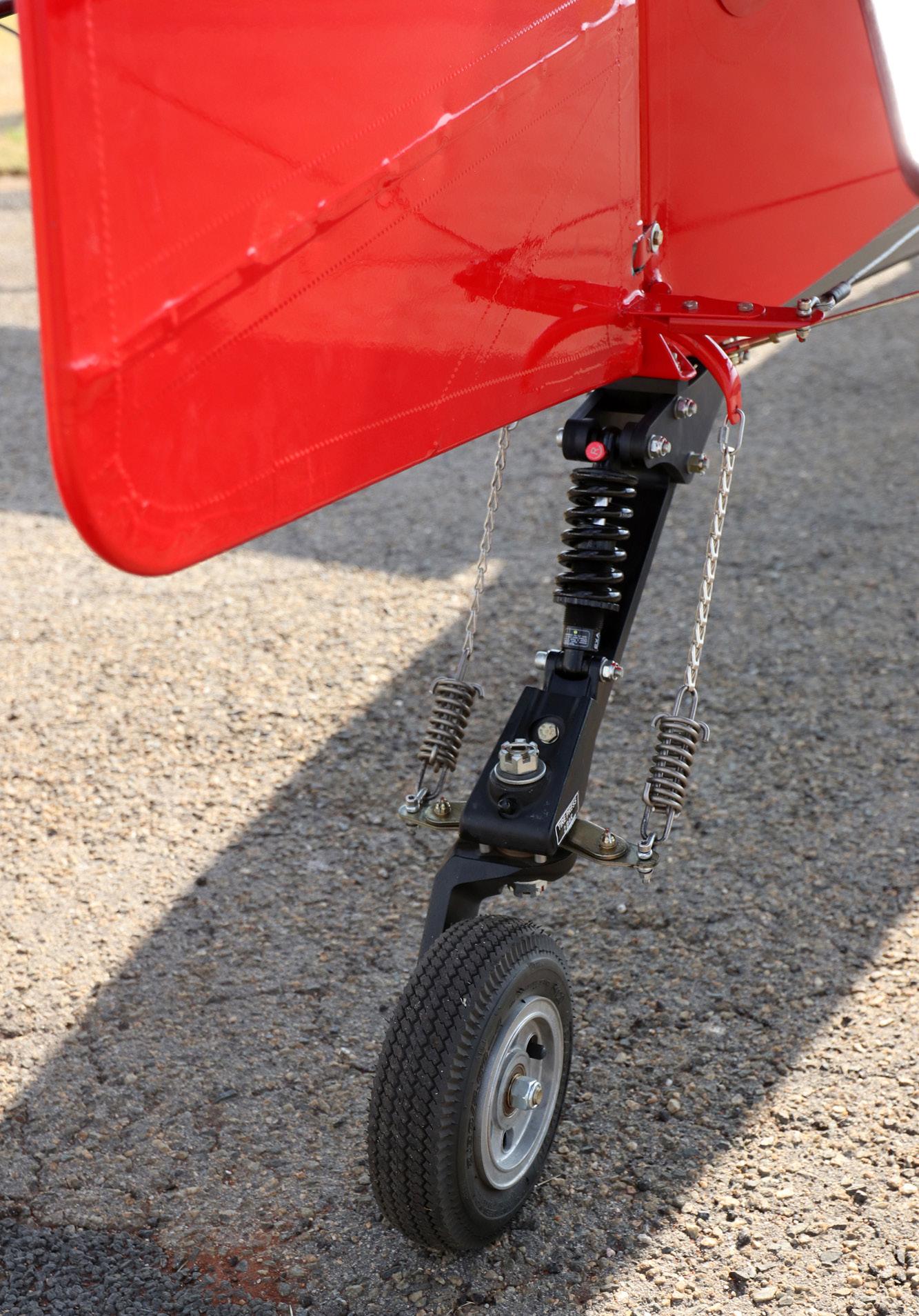
On the prototype ZU-IVS, the propeller is an inflight adjustable three blade Neuform prop, but constant speed units are available to improve takeoff performance.
For quick pre-flight access to the dipstick and
coolant there is a separate hatch in the top cowl. Easy access to the whole engine is important for a bush plane, so both composite cowls can be removed with a simple fuel-tester screwdriver by undoing the 20 Camloc fasteners. Inside is the ubiquitous 100 hp Rotax 912ULS.
With the cowls off, the coolant radiator can be seen attached to the engine mount below the engine and the oil cooler is on the left side wall – with cool air supplied by a large NACA duct on the lower cowl.
The pre-flight is straightforward. Standing on the fat tyres gives access to the fuel tanks. Each fuel tank has two fuel feed points – one at the front and one at the back so the fuel feed pipe should never be uncovered in a dive or steep climb. The breathers for the fuel tanks are on the
Substantial tail wheel has its own built-in shock absorber.
October 202244
filler caps and each tank has its own drain near the wing root and beneath the rear seat there is a drain at the lowest point of the fuel system. The gascolator is in the engine compartment.
room. For the vertically challenged, the front seat is mounted on a rail secured with split pins to accommodate different positions of the seat, but it must be adjusted before you climb in. The rail is angled up, which raises the seat squab when it is moved forward.
Flying the Orion
As the Orion was still in its testing phase, where passengers cannot be carried, we rely on test pilot Dale de Klerk’s report of the flying qualities.
Unlike the basic J3 Cub, the Orion is flown from the front.
big and tall South Africans and their bags
Getting into the rear seat is not too much of a challenge for unsupple old folk. Slide your butt in and then swing your legs up. Once seated in the back, you soon realise that this is no small aircraft.
Climbing into the front seat is helped by the ladder frame undercarriage; right foot on the step, grip the crossbar in the roof, head forward into the cockpit, left foot to the left of the stick, slight your butt onto the seat, and you’re in. The front seat is spacious and there’s lots of head
The flap lever in located in the roof with a ratchet to select the positions. Standard settings are: 15, 30 and 45 degrees. A 60-degree position was considered but considered unnecessary – and risky in terms of the drag created should a go-around be required.
The cockpit layout is as basic as befits this type
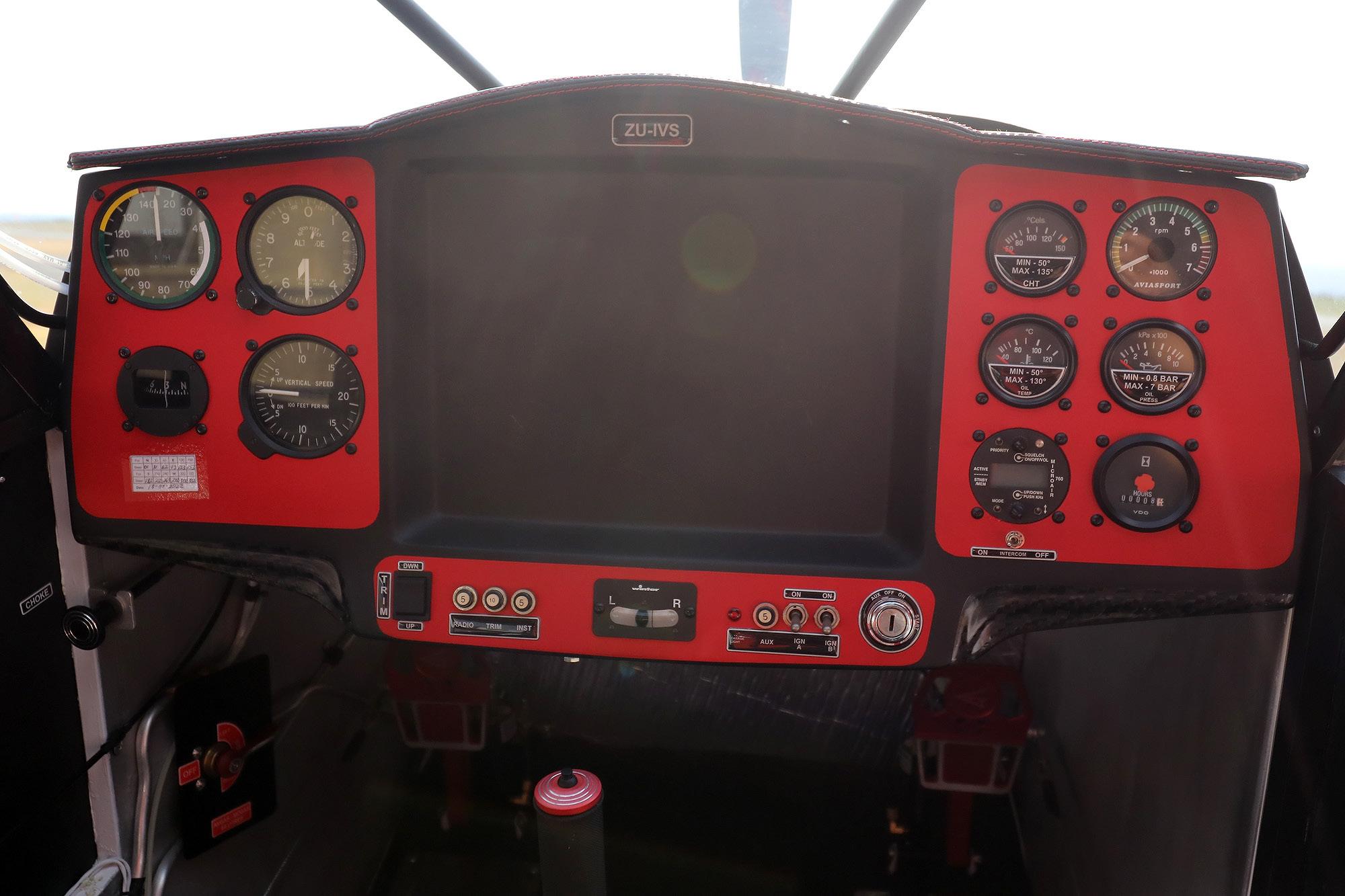 Standard instrument panel with round gauges but space for large EFIS.
Standard instrument panel with round gauges but space for large EFIS.
October 2022 45
of aircraft and in particular, its prototype status. Both front and rear seats get a throttle lever on the left sidewall. Being a Rotax there is a choke lever and no mixture control or carb heat.
The fuel selector is located on the left cockpit sidewall, with Left, Right, Both as well as Off selections. The elevator trim is electric and located conveniently on the instrument panel – and not as the traditional Cub coffee grinder handle in the roof.
Flight instruments are on the left, engine instruments on the right of the panel. In the lower middle of the instrument panel there the Master and Avionics switches. The primary instruments are still the basic 2 ¼ inch ‘steam gauge’ dials. In the centre there is plenty of space for an EFIS ‘glass cockpit’ installation.
cracked open and the 912 roars into busy geared life when the starter is cranked. The Orion has tuned length exhaust which keeps the noise level down – useful considering the minimal sound insulation.
shock absorbing suspension
Taxiing the Orion is a breeze. There is good visibility over the nose and steering is direct from the steerable tailwheel. Taxiing across rough terrain is a pleasure as you hardly feel the ground beneath you – bumps are absorbed by those big tyres and two large shock absorbers. The elevator is mass balanced so the stick remains in the neutral position – and a firm forward pressure is needed to lift the tailwheel on takeoff.
Starting the Rotax is standard. Leave the throttle
The windows can be left open for takeoff and cruise. Thanks to the low window-line, the visibility out of the Orion is excellent.
Slim-line seats have headrests.

October 202246
Flying ZU-IVS
Even with just the 100 hp Rotax, acceleration is brisk and the stick almost instantly follows the throttle’s direction to raise the tail. The tail lifts quickly and direction is maintained with ease, thanks to the large rudder. The Orion is airborne at 50 mph within 100 metres. Climb out at 60 mph gives a high noise attitude and 950 fpm on the Highveld on a on a warm 26-degree Celsius September afternoon, with one up and 50 litres of fuel.
connected by cables over pulleys and have a small null zone and break-out force. Adverse aileron yaw is minimal and turns can be achieved without the use of rudder This makes the Orion a delight to fly.
fit and finish are exemplary
Levelling off at 6500 ft and 5,200 RPM indicates 95 mph, (105mph TAS) burning around 17 litres per hour – a comfortable cruise. With standard full tanks of 100 litres an endurance of five hours is possible with legal reserves.
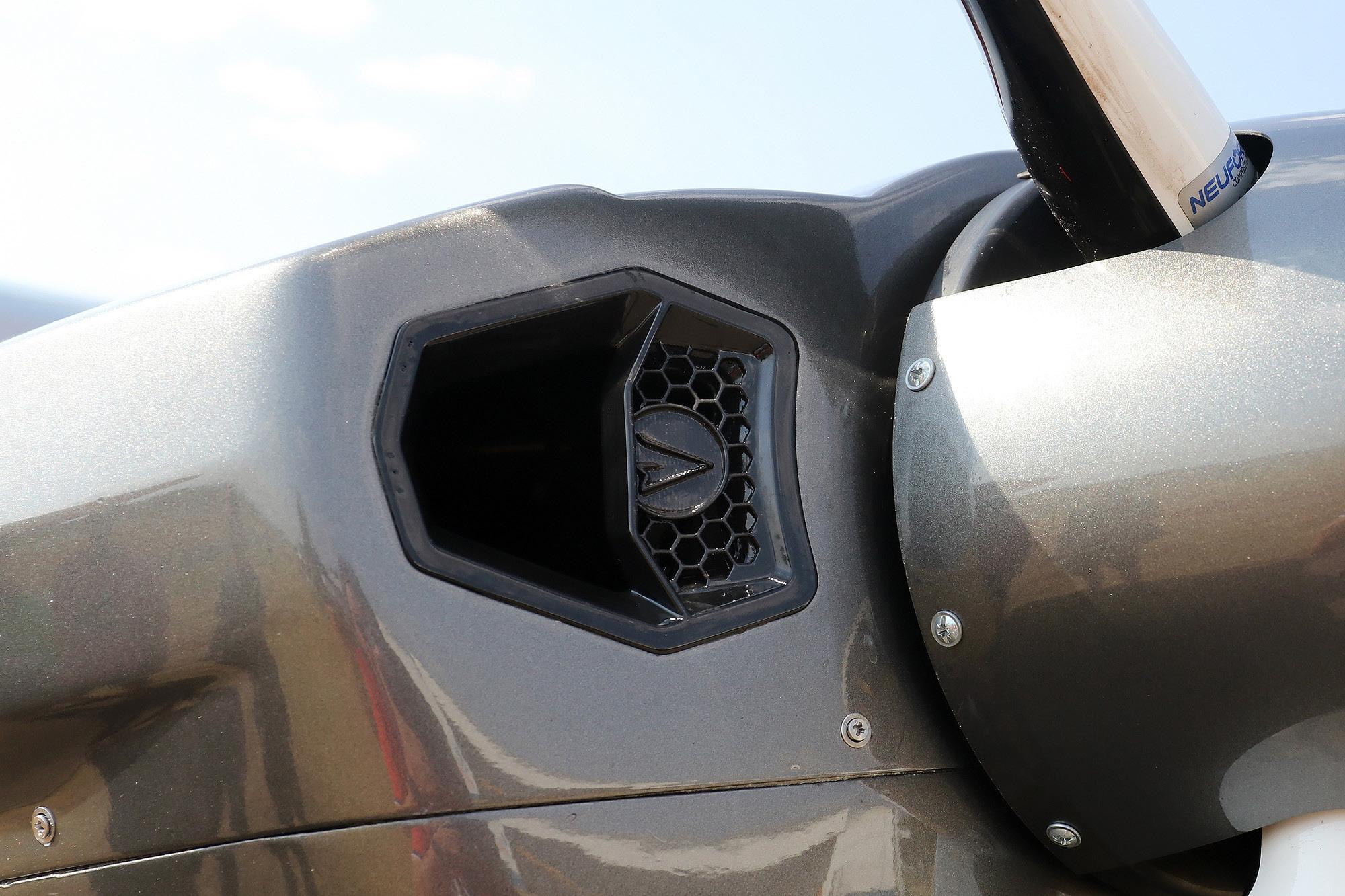
Control harmony is well balanced on the Orion, making it a pleasure to fly. The elevator is driven by pushrods while the rudder and ailerons are
As intended by the Harry Riblett aerofoil, the stall is indeed benign – and remarkably slow. With flaps up, throttling back and raising the nose, the Orion will gently start mushing at around 30 mph indicated, with the ailerons fully effective throughout the (non) stall. With flaps down, the airspeed indicator reads an incredible 25 mph. Dale de Klerk does however concede that there may be position error on the protype. Amazingly though, the Computer Assisted Design program also predicted a 25 mph stall with flap – and it has proven accurate to within 5%. To unstall the wing simply release back pressure and it starts flying again.
Although still a prototype - the quality of the detailing is excellent.
October 2022 47
With the power at idle and flaps up, a descent of 400 fpm is achieved at 50 mph. Final approach is flown at50 mph, with45 mph across the fence. Sideslips can be used to lose height and speed even faster, but should hardly be needed if the circuit is flown at the correct speeds.
a super STOL contender
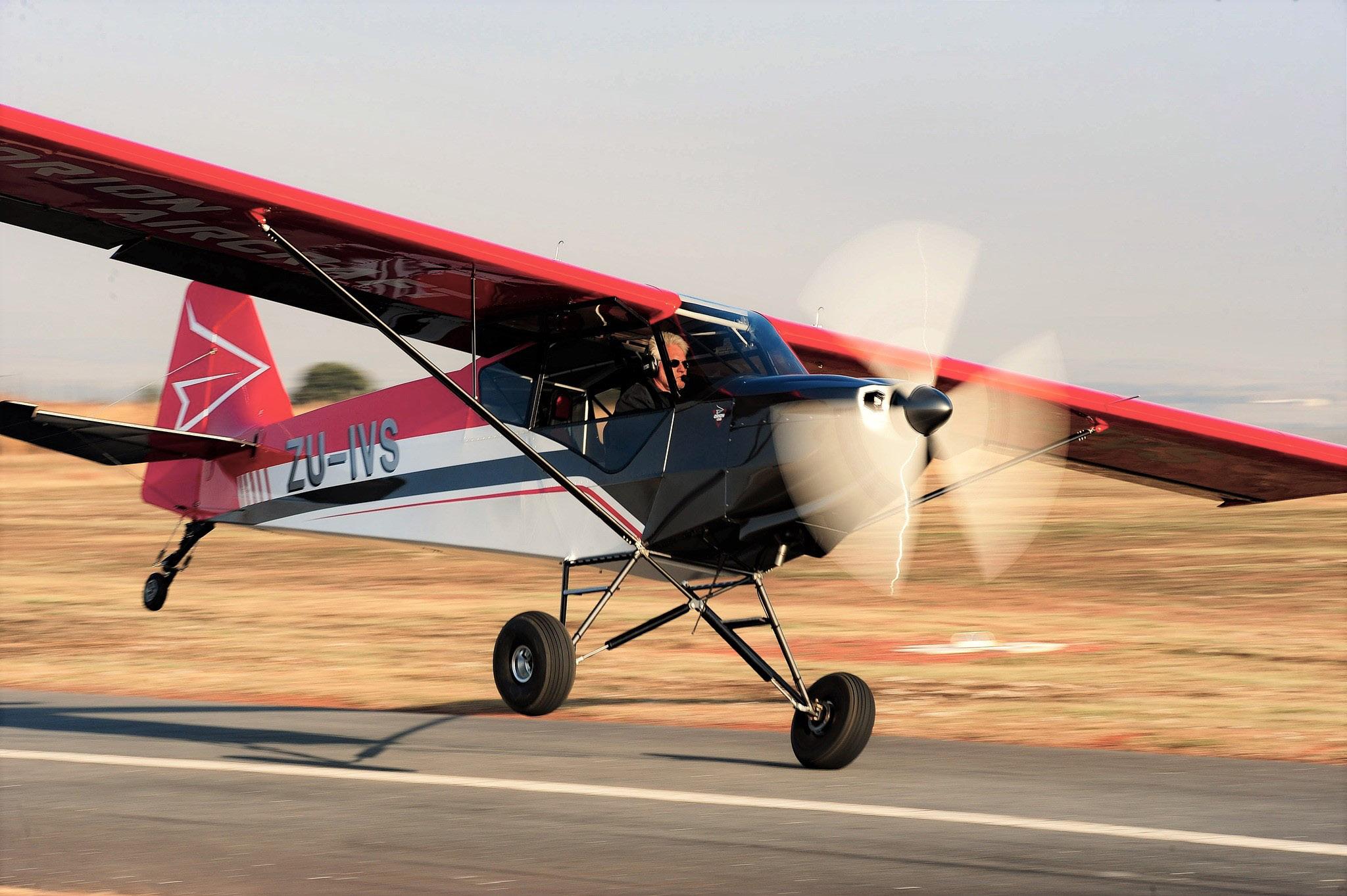
Smooth 3-point and wheeler landings are easy to achieve and even a bad landing is absorbed by the cushioning wheels and shock absorbers. Dale is confident that the Orion will comfortably manage takeoffs and landing within 50 metres.
Thanks to the good view forward you don’t lose visibility to the front in a 3-point landing, so it’s a matter of personal preference which technique is used. 3-point landings are preferred for short field operations; the Orion’s natural territory.
Wrap-Up
Despite being a prototype, the Orion is a remarkably refined design and thus a good all-rounder with great short field and slow performance. Plus, there is a more than respectable 100 mph cruise speed, and it will carry two average South Africans and go just about anywhere. In contrast with the Bearhawk LSA, the Orion may be slightly slower, but it has better slow speed handling, significantly lower stall speeds and thus much reduced runway requirements. I reckon it would be an easy thing for the Orion creators to offer a short-wing version for those who do not require the full STOL bush plane capability.
Kevin Hopper says that being a South African design and build is a real advantage in avoiding the need to undergo the CAA’s expensive overseas inspection process. Although instruments, engine and brakes are all sourced outside of the country, almost everything else can be obtained locally, protecting them from
Test pilot Dale de Klerk shows off the slow speed handling by flying on one wheel.
October 202248
currency instability and ensuring a reliable delivery period for customers.
For the pleasure of owning or building a brandnew plane, the prices are excellent. The basic kit is just U$ 34,000. With everything assembled, but excluding the engine, prop and avionics, the kit price is U$52,500. Ready to fly depends on final specification, but budget on U$100,000.
With a design take-off weight of 800kg the beauty of the Orion is that it is designed to fly outside the LSA category and it can carry a large useful load a long way. Alternatively, with the 100 hp Rotax, the Orion can be registered with a max all up weight of 600kg as an LSA. It should weigh in at 380 kg empty, allowing for 220 kg of useful load. Registering it outside the LSA category allows 420 kg of useful load – which is more than the weight of the empty aircraft!
excellent slow speed handling
Engine options define the two types of Orion – the RS series is for lightweight engines –up to 110 kg, such as the Rotax 912 and UL Power engines and it has a slightly shorter rear fuselage to match the light weight. The LC series is for Lycoming or Continental type engines and comes with a longer fuselage to compensate for the heavier engines and props. The bigger engines can be as powerful as 200 hp, which will make the Orion a super STOL contender.
With the current strong swing to bush planes and STOL flying, Kevin Hopper and his team have hit the sweet spot with the Orion. They are sure to have a winner and demand for construction positions has been gratifyingly strong. j
 The Orion Cub has much sought-after strong ramp presence.
The Orion Cub has much sought-after strong ramp presence.
October 2022 49
Specifications and Performance
ZU-IVS Prototype Specifications
Wingspan: 32.4ft
Fuel capacity: 90 litres
Gross weight (ORION): 800 kg (or 600 for LSA)
Empty weight 380 kg
Full fuel payload 346 kg (146 kg as LSA)
Seating capacity: 2 Tandem
Baggage Capacity: 30 kg
Performance
Powerplant: Rotax 912 ULS
Horsepower: 100
Propeller: Neuform 3 blade
Cruise speed: 95 mph
Rate of climb: 850 fpm (on the Reef)
Stall speed (w flap): 25 mph
Take off distance: 100 m
Landing distance: 100 m

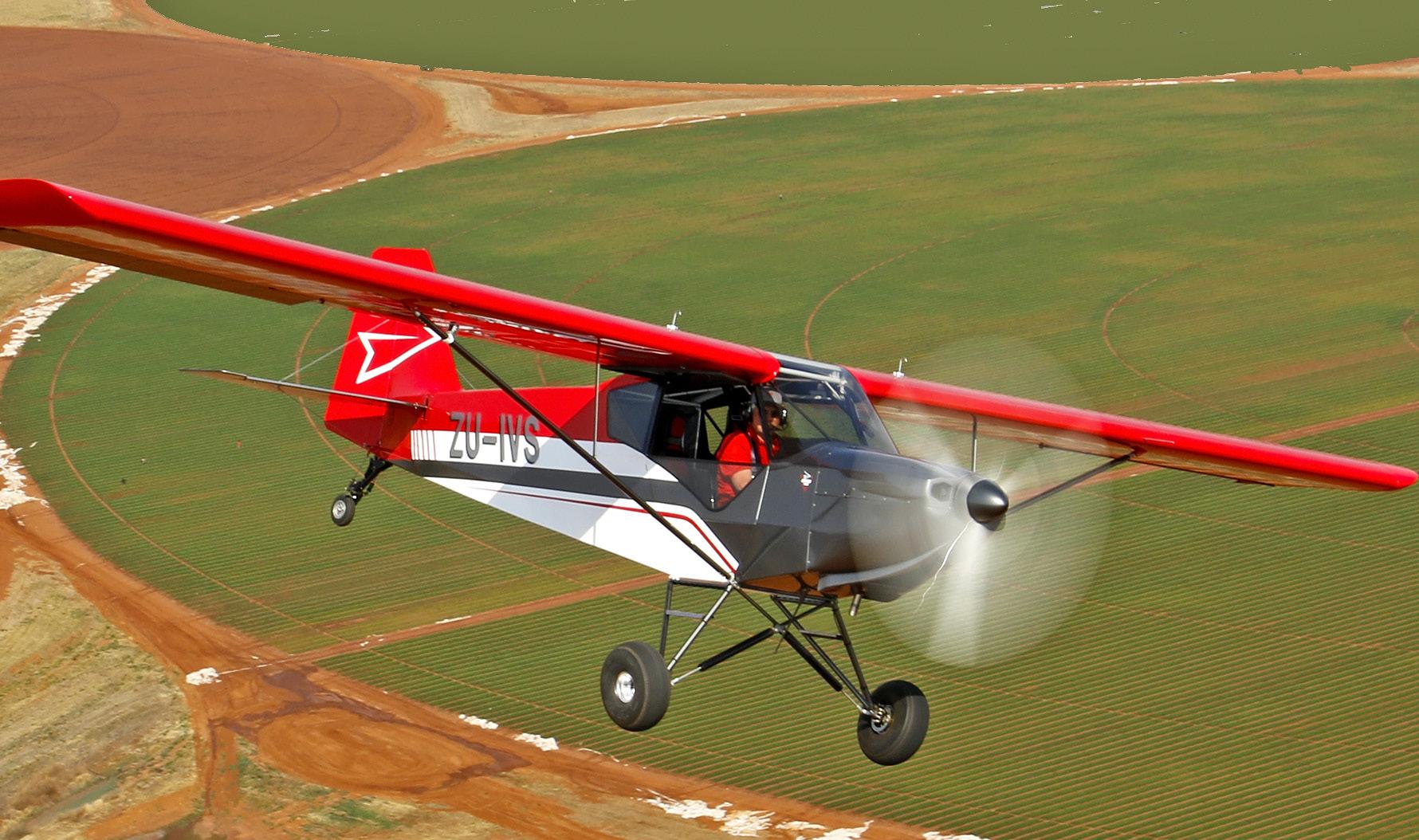


October 2022 51 https://orioncub.com/ info@orioncub.com Krugersdorp Airfield Video https://youtu.be/ZujGB9OnXYc Contact us today to order your kit or ready-to-fly Orion Cub Contemporary Design meets Modern Technology
GPS – AND THE LOST CHEROKEE
Aircraft registration: ZS-FMV
Date and time of accident: 9 Aug 2011, 1530Z
Type of aircraft: Piper PA28-180
Type of operation: Private
PIC license type: PPL
License valid: Yes
PIC age: 18
PIC total hours: 88.8
PIC hours on type: 88.8
Last point of departure: Potchefstroom (FAPS)
Next point of intended landing: Wonderboom (FAWB)
Location of accident site: Near Groblersdal
•
History of Flight
At 4.40 pm local, the aircraft took off from Potchefstroom on a VFR flight to Wonderboom.
Meteorological information: 270/05, viz <5km, +18C no cloud
POB: 1+1
People injured: 0
People killed: 0
On the morning of the accident flight, the pilot decided to programme his planned route in the aircraft-equipped global positioning system (GPS) and to fly the route entered into the GPS.
The pilot stated that the evening before the flight, he completed his navigation planning (on a computer-based planning program) for a flight from FAWB to FAPS and back to FAWB.
He planned to navigate with the aid of a map and to complete a navigation log as he progressed.
The pilot stated he decided to change his return route to FAWB as the visibility was deteriorating as a result of smoke (veld fires) on route to FAPS. The new route entered into the GPS was FAPSFAAP-HBV-FAWB.
After take-off from Potchefstroom, the pilot followed the GPS route. At the point where he was supposed to be overhead Aviators Paradise (FAAP), he realised the distance and direction to
• This discussion is to promote safety and not to establish liability.
The CAA’s report contains padding and repetition, so in the interest of clarity, I have paraphrased extensively.
October 202252 JIM DAVIS
his next turning point (HBV) was incorrect. The pilot then decided to switch the GPS off and on and reprogrammed the route. He did this three times but the direction and distance stayed the same.
The pilot then set the VOR to HBV frequency 112.1 MHz but to no avail. As visibility deteriorated, the pilot decided to fly in an easterly direction towards where he believed the HBV beacon should have been. The pilot made radio contact with Johannesburg Information on frequency 119,5 MHz and asked them for assistance. As Johannesburg Information could not identify him on radar, they could not assist him. He decided to use his map to position himself, however he could not position himself on the map.
The pilot then decided he had no option but to land soon. He then selected a suitable open area to conduct a precautionary landing.
displayed the position for Arnot Power Station which used to have the designator FAAP. Arnot Power Station is located approximately 110 nm to the south-east of Aviators Paradise.
Earlier on the day of the accident, the pilot was flying from FAWB to FAPS. During the flight, the pilot never reverted back to his original flight plan, and relied only on the GPS for navigation.
After the accident, the VOR navigation equipment, transponder and GPS were tested and all the units were found serviceable.
Proper navigational planning for the flight was done by the pilot the day before the accident flight. However, on the morning of the flight, the pilot opted to use the GPS installed in the aircraft.
the programmed co-ordinates were incorrect
The landing was made on an open grass-covered area. During the landing, the right main wheel collided with an ant hill that was not visible due to the long grass. The wheel assembly broke off and the aircraft came to rest approximately 42 m further on.
The aircraft sustained substantial damage. Neither the pilot nor his passenger was injured during the sequence of the accident.
The aircraft was equipped with standard navigational equipment as per the Minimum Equipment List approved by the Regulator. There were no recorded defects to navigational equipment prior to the flight.
During the investigation, it was found that the co-ordinates that were programmed into the aircraft’s GPS for the designator FAAP (Aviators Paradise) were incorrect. The co-ordinates
When programming his route into the GPS, the pilot did not verify the designators programmed into the GPS by checking the correct co-ordinates for Aviators Paradise, nor was the pilot flying with a back-up unit. Once he became uncertain of his position and reverted to a map, he was unable to determine his position with reference to the ground due to impaired visibility.
The pilot displayed poor situational awareness as he became lost, by deviating from the flight plan. It is unknown to the investigator as to how the pilot passed the Pretoria/Johannesburg area without making any positive reference to the ground.
With fuel quantity becoming low and the sun setting, the pilot opted to do a precautionary landing, which resulted in a collision with an ant hill.
The pilot depended entirely on the GPS for the flight, and only reverted to a map when he was already uncertain of his position.
October 2022 53
JIM’S COMMENTS
So we have a very young, brand new pilot, possibly taking his first passenger on a crosscountry, over a large area of urban sprawl, in poorish viz.
Would I like to have a GPS on such a flight? Definitely. Would I use it as my only means of navigation? Not a chance.

Would I use it as my primary means of navigation? Also, not a chance. I would have spread maps out on the floor the night before and drawn some good bold lines and measured some angles and distances. Then I would have looked carefully at how these lines lay in relation to big landmarks like ridges of hills, major highways, dams, lakes, rivers, railway lines, towns and cities.
And, at 18 years old, with a brand new PPL,
if my mates had asked me to join them for a couple of ales the night before, I would have turned them down. I would want a clear head in the morning, and all my flight planning done properly.
Of course, it would have been a whole lot easier, to do the instant gratification thing. I could have gone on the razz with my buddies and then in the morning just pressed a couple of buttons on my phone and followed the magenta line.
No, I have no idea what this guy was doing the night before. He says he completed his navigation planning on a computer-based planning program, and that he planned to navigate with the aid of a map and to complete a navigation log as he progressed.
But that’s simply not true – he did NOT do that –he blindly following a line on the glass screen of an incorrectly programmed electronic gizmo.
If he had navigated with the aid of a map and a
How the pupe confused Arnot Power Station for Aviators' Paradise.
October 202254
flight log as he said, then it’s simply not possible to fly 45º off track, on the wrong side of Johannesburg, for twice the distance to his waypoint at Aviator’s Paradise, while doing even elementary map reading.
It’s only possible if he had such confidence in his magenta line that all else was meaningless.
His no-map policy caused him to become lost, endanger two lives and write off a valuable aircraft.

However I must compliment him for making a timely decision to do a precautionary landing in daylight, instead of running out of fuel in the dark.
I believe that for light aircraft flying VFR, paper maps should be the primary planning and navigation tool and electronic equipment should be used as a backup.
If my life depends on it – and that can easily be the case – I want a primary navigation system that cannot fail. I like to put my trust in solid physical tools like a paper map and a Douglas protractor.
When I set off across desolate country on the way to Windhoek or the Okavango Delta I will remain within gliding distance of major roads, regardless of what magenta lines want me to do. Of course, I could enter way-points near the roads to do the same thing, but why go through a fallible electronic loop to tell me where to fly when I can see that by looking outside?
Naturally I am aware of the concept of having two electronic nav systems. But they will both be wrong if I put the decimal point in the wrong place, or an incorrect coordinate, like this guy.
Actually, I don’t blame the pilot for pointing in the wrong direction initially. If a computer based nav system somehow allows FAAP to be both
Aviators’ Paradise and Arnot Power Station, I would be the first to fall into the trap. But if I had a map in the cockpit, I would spot the problem within a couple of minutes of takeoff.
And with current world tensions and veiled threats of nuclear nasties, is it really unthinkable that General Cash-My-Cheque, or Ivan Astykov decides to switch off satellites? Unlikely, but not impossible. But they can’t confiscate my map and protractor.
I don’t mistrust the magenta line, but I am very concerned about what it does to pilots’ heads. It seems to give them the feeling they don’t need to do proper fight planning. Worse still, they don’t really need to navigate.
Take home stuff:
• Takeoff relaxed, knowing you have planned properly – on paper.
• Do not relax in the belief that the magenta line is infallible.
• Get the big picture right even if the small picture is iffy.
• Kick off in the right direction.
• Don’t alter heading without a very good reason.
• Earn the right to use the magenta line by first navigating properly. j
The buckled Cherokee after its precuationary landing.
October 2022 55
AUGUST 2022
AIRLINK HAS REGISTERED two Embraer 195s ZS-YDA & YDB. These aircraft are only three years old and come from Denmark. These two have the advantage over Airlinks 190s in that they have 32 more seats available (132 v 100). Airlink’s fleet is now the largest in Africa with some sixty aircraft in service.
Safair have added yet another B737-800 to their fleet – this one (ZS-FGF) is ex-Ryan Air EI-ENY. Safair’s fleet is now twenty aircraft.
In a big swing from the usual mix, the non-type certified aircraft (NTCA) side was very quiet this month with only one aircraft having been added – a Jabiru J430.
The number of drones continued to grow at a great rate with a further ninety-one having been added this month, and eleven deleted.
Airlink’s fleet is now the largest in Africa

In total there were nine type certified (TCA) aircraft (eight fixed wing and one helicopter) added to the register this month. One of these is a Mooney M20 which I can’t trace and one of the others is an Air Tractor 402B. The Air Tractor is proving to be very popular, with some twenty-seven being registered in this country now.
With the demise of Comair we are seeing some their aircraft being returned to their owners, and the first one to be scrapped; ZS-ZWT. I had seen her parked outside in the area near Safair where all aircraft go to be chopped up. It’s a very sad sight.
There are a sixteen deletions from the TCA register. Two of these are Robinson helicopters which have been scrapped off the register, but I can almost guarantee that the aircraft will be back with ZU- (NTCA) registrations.
Embraer 190, OY-YEG is now ZS-YDA for Airlink.
There are some exciting additions to the register this month.
56 October 2022
REGISTER REVIEW: RAY WATTS
ABOVE: The Air Tractor fleet spreads across Africa - ZS-ODD has been exported to Zimbabwe. Image Hannes Olwage.
BELOW MIDDLE: ZS-TVO is a Beech C90 now exported to Brazil as PS-MLB. Photo by Brian Spurr.

BELOW BOTTOM: This Super Cub ZS-WSB PA18-150 (taken at Nylstroom by Dave Becker) has now been exported to the USA.

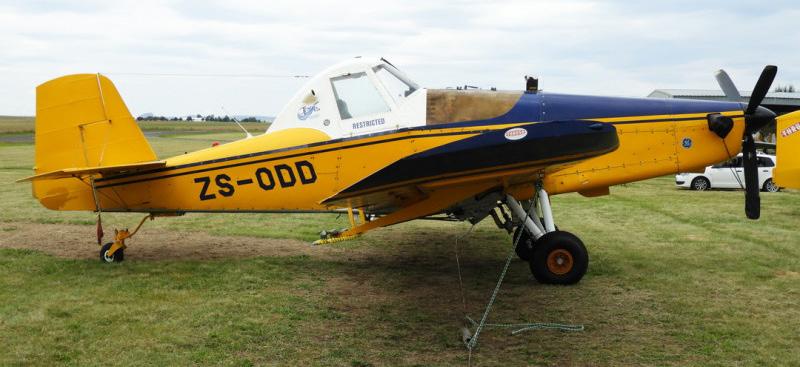
57October 2022
ABOVE: Embraer 120 N52AP is now ZS-TLK.

BELOW MIDDLE: ZS-FGF is ex Ryan Air EI-EMY now with FlySafair. Photo by Ray Watts at OR Tambo 19 August 2022.
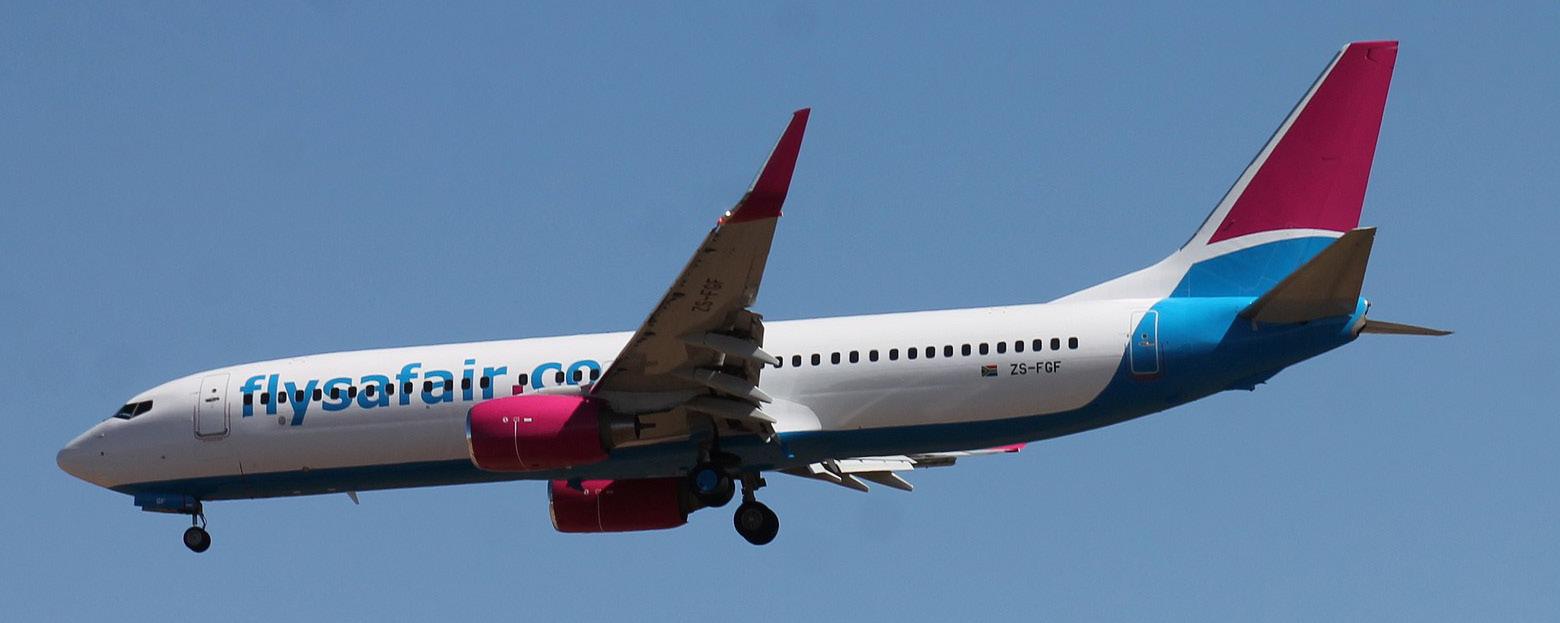
BELOW BOTTOM: ZS-IMA is a Beech A36 exported to Argentina

58 October 2022
One of our Beech 90 King Airs has gone to Brazil and the rest to the USA, Australia, Zambia and Namibia. A Bell 505 has been exported to Indonesia.

There are three NTCA deletions this month, going to Namibia and Mozambique.
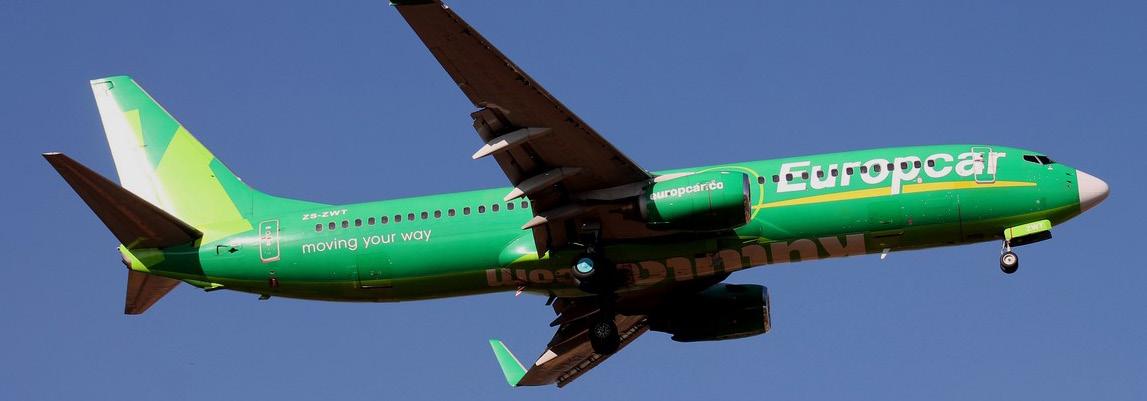
Tail Piece
Spring and Summer are approaching with their associated thunderstorms – just be careful out there. For those who live close to Brakpan airfield or can fly in there, they now have monthly safety briefings at the club which are open to everybody and well worth attending. j
 ABOVE: ZS-PSD is a C206H exported to Namibia. Photo taken at Springs May 2021 by Ray Watts. BELOW MIDDLE: Already scrapped - ZS-ZWT is a B737-800. Photo taken at OR Tambo by Ray Watts 18 June 2019.
BELOW BOTTOM: ZS-IPP is a PC12 exported to the USA, Photo by Omer Mees.
ABOVE: ZS-PSD is a C206H exported to Namibia. Photo taken at Springs May 2021 by Ray Watts. BELOW MIDDLE: Already scrapped - ZS-ZWT is a B737-800. Photo taken at OR Tambo by Ray Watts 18 June 2019.
BELOW BOTTOM: ZS-IPP is a PC12 exported to the USA, Photo by Omer Mees.
59October 2022





M & N Acoustic Services (Pty) Ltd REGISTER REVIEW AUGUST 2022 Contact: Marianka Naude Tel: 012 689 2007 I Cell: 076 920 3070 Email: admin@mnacoustics.co.za We perform SANAS certifications on all your: Acoustics ( eg. CEL 350 ) Vibration ( eg. Rion VA -11) Human Vibration ( eg. Quest Hav Pro) Electrical DC/LF Equipment – inhouse or on site (eg. Fluke Multimeters, Insulation Testers) REG MANUFACTURER TYPE NAME SERIAL NUMBER PREVIOUS IDENTITY / EXPORT COUNTRY New Registrations ZSZS-CCC CESSNA AIRCRAFT COMPANY T210M 210-61590 A2-AIA, ZS-MJJ, N732LE ZS-FGF THE BOEING COMPANY 737-800 35042 EI-ENY ZS-THY THE BOEING COMPANY B737-36E 27626 N105RA, VP-CKZ, G-TOYL, EI-CSU, EC-GGZ, EC-799 ZS-TLI MOONEY AIRCRAFT CORPORATIOM M20M 27-0194 ZS-TLK EMBRAER EMB-120 ER 120-214 N52AP, EC-HSO, F-GHEY, PK-RJC, VH-ANV ZS-TRK AIR TRACTOR INC AT 402B 402B-1431 ZS-YDA EMBRAER ERJ 195-200 LR 19000765 OY-YEG, EW-532PO, PR-ETQ ZS-YDB EMBRAER ERJ 195-200 LR 19000766 OY-YEH, EW-533PO, PR=EBP New Registrations ZT-R ZT-HOT AIRBUS HELICOPTERS AS 350 B2 4381 A2-…, N561AM New Registrations ZUZU-URI SHADOW LITE CC JABIRU J430 995 Aircraft deleted ZSZS-COR CIRRUS DESIGN CORPORATION SR22 1267 ZIMBAMBWE ZS-HCZ BELL HELICOPTER COMPANY 206B 4110 NAMIBIA ZS-IMA BEECH AIRCRAFT CORPORATION 36 E-174 ARGENTINA ZS-IPP PILATUS AIRCRAFT LTD PC-12/45 195 UNITED STATES OF AMERICA ZS-ODD AYRES CORPORATION S2R-T34 1872R ZIMBAMBWE ZS-PSD CESSNA AIRCRAFT COMPANY T206H T20608090 NAMIBIA ZS-RCJ ROBINSON HELICOPTER COMPANY R22 BETA 2108 SCRAPPED ZS-RSJ ROBINSON HELICOPTER COMPANY R44 II 12572 SCRAPPED ZS-SHW CIRRUS DESIGN CORPORATION SR22 2114 AUSTRALIA ZS-TFZ BEECH AIRCRAFT CORPORATION 1900C UC-168 UNITED STATES OF AMERICA ZS-TJE CESSNA AIRCRAFT COMPANY 208B 208B-0552 ZAMBIA ZS-TVO TEXTRON AVIATION INC B200GT BY-211 UNITED STATES OF AMERICA ZS-WSB PIPER AIRCRAFT CORPORATION PA-18-150 18-8589 UNITED STATES OF AMERICA ZS-ZOA BEECH AIRCRAFT CORPORATION C90 LJ-669 BRAZIL as PS-MLB ZS-ZWT THE BOEING COMPANY 737-800 27990 SCRAPPED Aircraft deleted ZTZT-RDG BELL HELICOPTER TEXTRON BELL 505 65044 INDONESIA Aircraft deleted ZUZU-BUF SLING AIRCRAFT (PTY) LTD SLING 4 Tsi 235s NAMIBIA ZU-SBC SA RAVIN AIRCRAFT CC RAVIN 500 0405003 NAMIBIA ZU-TCE MICRO AVIATION SA BAT HAWK 0008 MOZAMBIQUE SANAS Accredited Laboratory1302 & 148





M & N Acoustic Services (Pty) Ltd QUOTATIONS ON REQUEST We perform SANAS certifications on all your: Acoustics ( eg. CEL 350 ) Vibration ( eg. Rion VA -11) Human Vibration ( eg. Quest Hav Pro) Electrical DC/LF Equipment – inhouse or on site (eg. Fluke Multimeters, Insulation Testers) Contact: Marianka Naude Tel: 012 689 2007 I Cell: 076 920 3070 Email: admin@mnacoustics.co.za SANAS Accredited Laboratory1302 & 148
THE CHILDREN’S FLIGHT 2022
– SEVEN YEARS AND COUNTING
The amazing Children’s Flight was born in 2016 when pilot Felix Gosher was assisting on a music video shoot for the song ‘Paper Plane’, by musician Michael Ferguson. The song, about a young boy with a dream to fly, inspired Felix to offer this dream to underprivileged children. Since the initial inspiration, the Children’s Flight has grown to become an extraordinary achievement - and spread across South Africa’s borders.
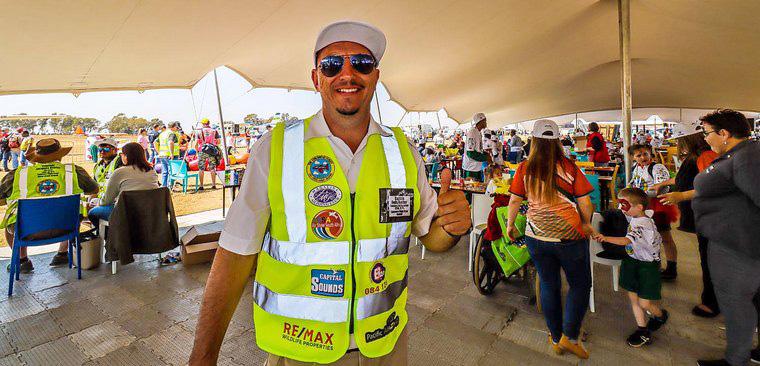 Felix Gosher - the pilot who makes dreams happen.
Felix Gosher - the pilot who makes dreams happen.
62 October 2022
STORY AND PICTURES - GARTH CALITZ
THE 2022 EDITION of the Children’s Flight was hosted by the Magalies Gliding Club, who graciously made Orient’s cultivated grass airfield available as the ‘Field of Dreams’ for the second year running. This year the demand on the venue was far larger than 2021 as the number of children had been limited due to the Covid-19 pandemic.

The absolute joy on their young faces
The big day arrived with a typical Highveld winter’s cold start for all involved. With the mercury settling on the zero, many wished they had brought warm clothes. Fortunately, the cold weather soon gave way to become a very hot day.

By the time the 500 children arrived, everything was in place and ready to go for their unforgeable first flying experience.
The first aircraft to get airborne was the lumbering Antonov AN2 belonging to Michelle and Heystek Pretorius, which carried a team of skydivers. Michelle
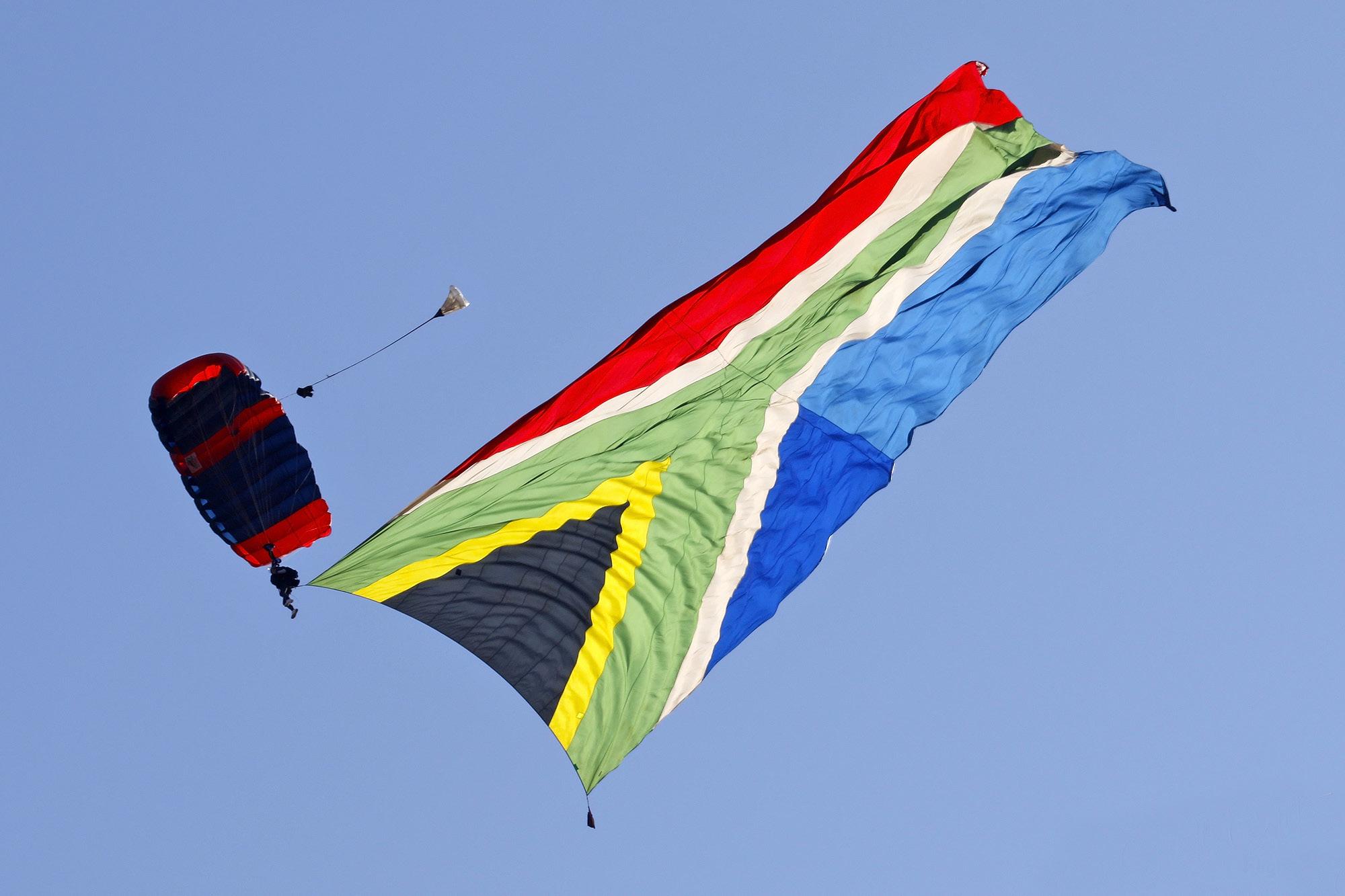 Children after their flight in a Cessna Caravan.
The spectacular opening provided by Ralph Ridge.
Emergency services were in full support - pic Trevor Cohen.
Children after their flight in a Cessna Caravan.
The spectacular opening provided by Ralph Ridge.
Emergency services were in full support - pic Trevor Cohen.
63October 2022
stoically flew while enduring pain from an unfortunate incident a week earlier.
Ralph Ridge, the owner of Adventure Skydives, opened the day with the huge 82kg South African flag as he drifted through the beautiful Magalies airfield accompanied by the national anthem.
As soon as all the skydivers were safely on the ground, the children were treated to a tenship Vans RV flypast down the runway. The formation then returned for a head-on break and the excitement amongst the kids was building as they cheered the aircraft along.
Now it was time for the children to fly. The first batch was shepherded to the ER24 medical stand for a quick check-up and then off to the aircraft for the experience of a lifetime.
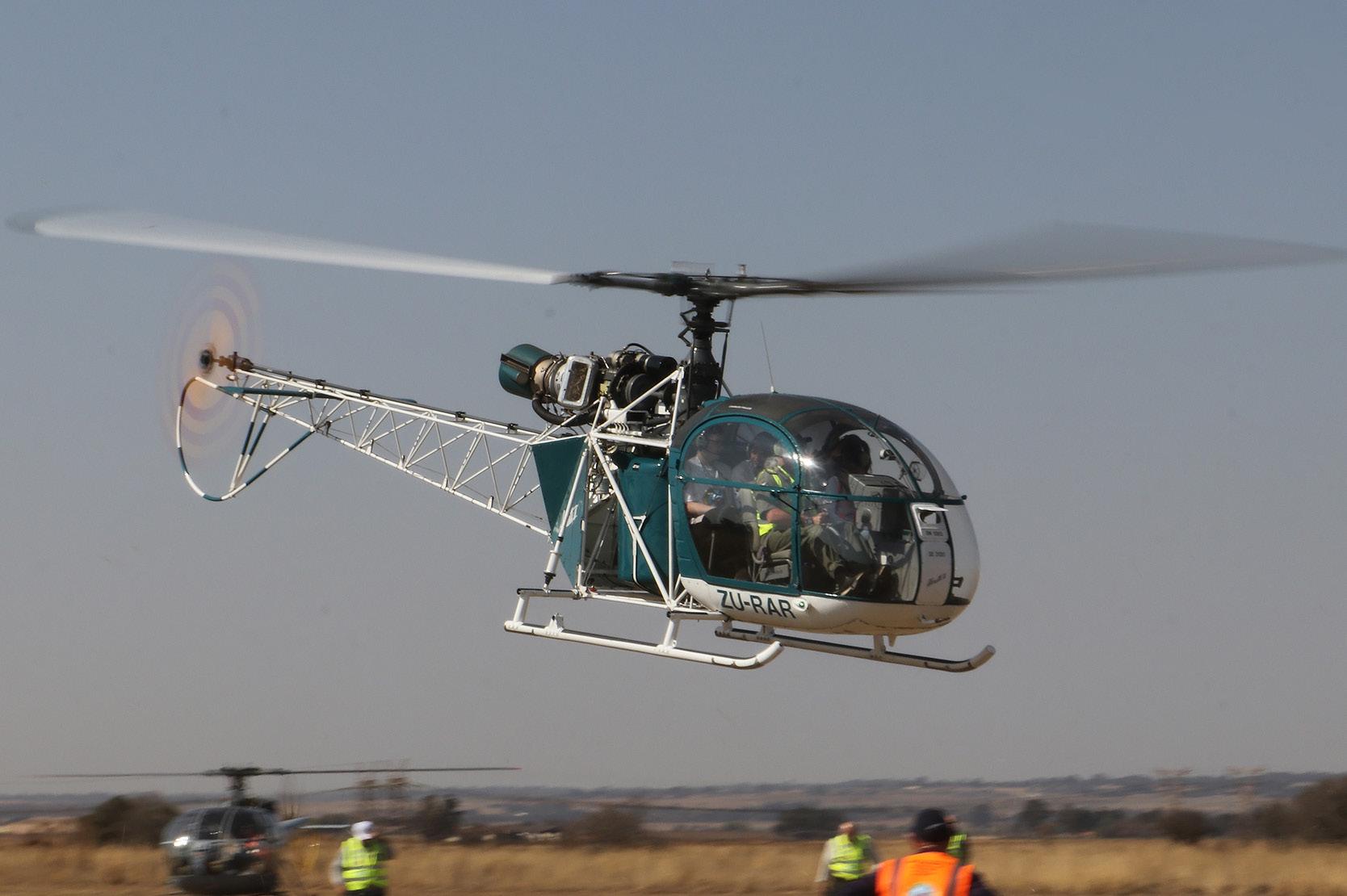
Some of the young ones looked a bit nervous, but after the reassurance of the very professional pilots, they boarded the planes. The absolute joy on their young faces after the flight is what ensures these pilots come back year after year to share their love of flying.

The bulk of the younger children were flown in one of the three Cessna 208 Caravans kindly made available by the owners. The older children had an opportunity to fly in one of
 Private helicopters flew many children - Charles Fuller lifts off with a load of happy kids.
The Antonov AN-2 is a great children hauler.
Derek Hopkins flies his special passenger.
Private helicopters flew many children - Charles Fuller lifts off with a load of happy kids.
The Antonov AN-2 is a great children hauler.
Derek Hopkins flies his special passenger.
64 October 2022
the close to 100 light aircraft that were brought in by the owners – all at their own cost. The remainder of the children were flown by the helicopter squadron, which comprised a mixture of civilian and ex-military helicopters, also made available through the selflessness of the owners.
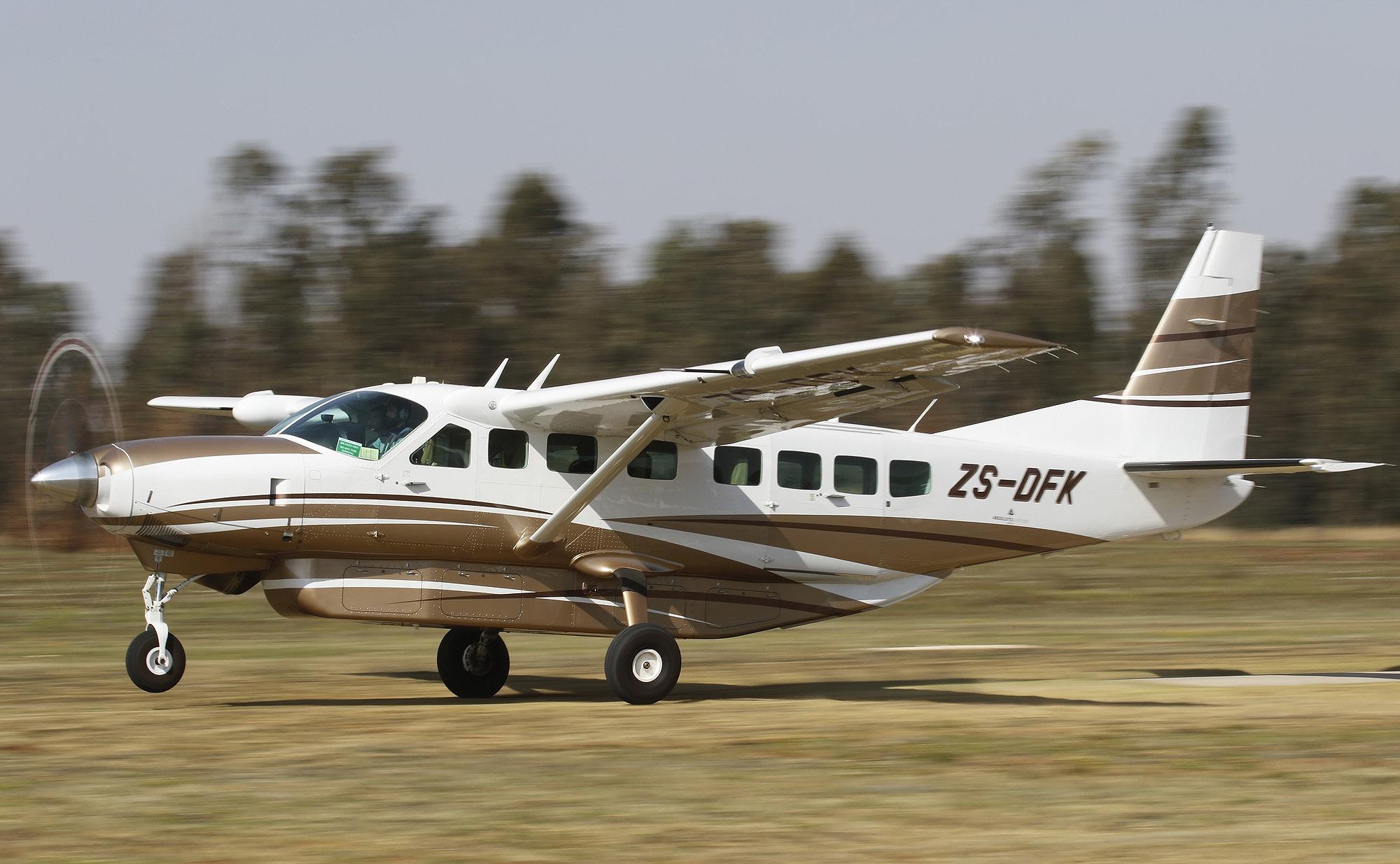

Once each child had flown, they were issued their very own set of Children's Flight wings, something they will presumably cherish for years to come.
The day was by no means only about flying; each child was well fed by the many food sponsors that heeded the call to treat these underprivileged children like kings and queens for the day.
Once all the children had experienced their first, but hopefully not their last, taste of flight, they were treated to their very own airshow. Airshow pilots and teams kindly gave up their time to entertain the young ones. The first team to perform was the ever-present Puma Energy Flying Lions; when they arrived with the snarl of radials they had the children in awe as they danced through the cloudless sky.
Following after the Puma Flying Lions, the Goodyear Eagles Pitts Specials took to the sky and once again the children were mesmerised by the way in which these pilots threw the tiny aircraft around.
The father and son duo of Ivan and Juandre van der Schaar were next up. This was their first public performance after receiving their airshow authorisation just hours before. In a unique mix, Ivan flies his 1940s Boeing Stearman and is joined in the air by the radio-controlled Extra 300 flown by Juandre.
Nigel Hopkins and Jason Beamish then put on a consummate performance
in their Iveco branded Extra 330s. The children especially appreciated the massive heart they drew in the sky with their smoke.
The airshow portion of the day was closed off with a thumping Bell Huey display by Menno Parsons. The children who had already flown in the Huey revelled in telling anyone who would listen that they had just been in that aircraft.
Even just 2-seater aircrfat were out in force - Riaan Denner and child.
A Cessna 208 Caravan rolls on the grass runway with a load of children.
65October 2022
One lucky young lady was treated to a very special flight with a very special pilot: Derek "Pops" Hopkins was tasked to take the winner of the colouring competition on a gentle aerobatic flight. Needless to say, the young lady loved the flight and I believe the aviation bug was firmly implanted in her soul. Perhaps she will grow up to be a female aviation trailblazer.

Events like this would not be possible without the generosity of the amazing people who so selflessly give of their time and resources, expecting nothing in return other than a smile from a happy child.
How does one explain Felix Gosher to those who don't know him? [Editor’s note – Guy Leitch’s column has tried to do just that!] Felix is a powerhouse of energy that never seems to stop - and unlike the Energizer bunny, never even runs a bit flat. Without Felix’s enthusiasm, the Children's Flight would never have started, never mind reaching its seventh year.
Felix has the ability to inspire like-minded people – who find reasons why they can do things, rather than reasons why things won't work. The list of the many sponsors and people to thank is too long to list here, but special mention must go to key airshow stalwarts, Rikus Erasmus, Nigel Musgrave and of course Brian Emmenis and his team from Capital Sounds.
 The 2022 logo. j
The 2022 logo. j
66 October 2022
Landline: 011 614 2471

Mr. Gomes: 082 412 6669

Carla: 083 602 5658
A Dynamic team to meet all your requirements. Refurbish your aircraft and / or helicopter. Best prices guaranteed
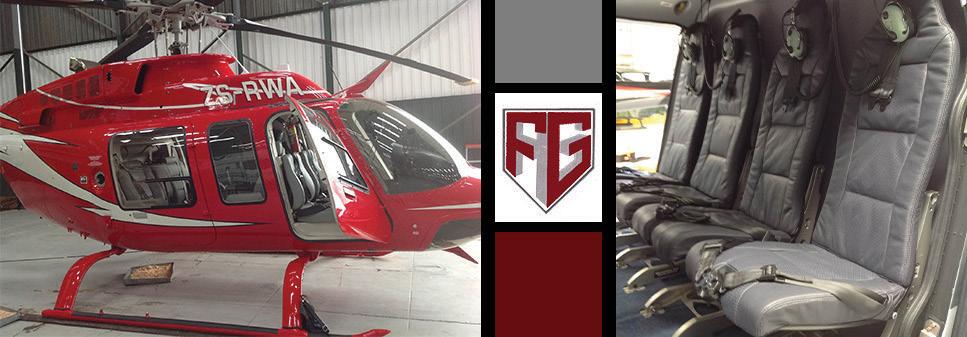
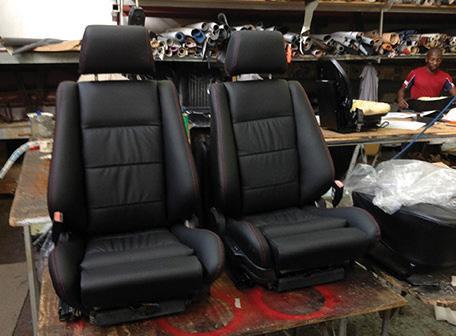
The 3-wing shadow of a Fokker Tri-plane.

This guy in Tanzania offered to guard the plane.
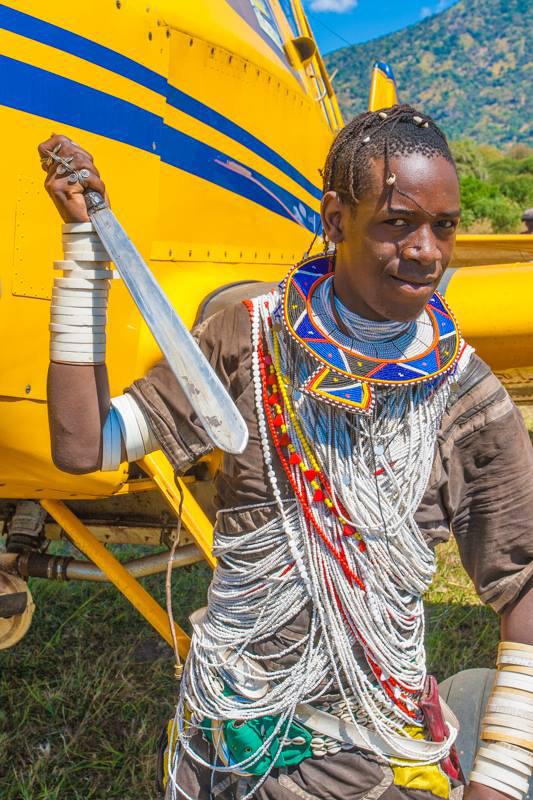
67October 2022
BUMPPPFFF:
ZUIKERKOP LODGE
– THE PERFECT FLY AWAY DESTINATION
Pilots looking for a perfect weekend getaway within easy reach of Jo’burg have discovered Zuikerkop.
ZUIKERKOP Country Game Lodge was launched by well known pilot Eddie Scholtz –who is also a key investor in the Orion Cub.
Eddie owns the perfect antidote to the stresses of day-to-day life; an oasis of calm between Ficksburg and Ladybrand in the a Free State. Rolling green fields, flat-topped koppies,
Zuikerkop Country Game lodge is a perfect fly-in destination.

68 October 2022 DESTINATIONS
abundant game and a big open sky combine to make Zuikerkop an unforgettable experience - whether you’re just visiting for a weekend, holding a conference or tying the knot with your life partner.

There are a wide variety of accommodation options, from quaint two sleeper rondawels, to a self-catering house and the honeymoon suite, all beautifully furnished. All lodge rooms have en-suite bathrooms, and tea/coffee facilities. Rates include a full English breakfast each morning, and there is an upmarket restaurant at the main lodge for lunch and dinner.
 Delightful grounds make an ideal wedding destination.
Game drives are a popular option.
Delightful grounds make an ideal wedding destination.
Game drives are a popular option.
69October 2022
The lodge is blessed with abundant wildlife, space and tranquillity and hosts weddings, conferences, weekend breakaways, school

camps, religious camps, team builds, family weekends and much more. Zuikerkop also offers backpacker facilities for up to 60 guests.
Zuikerkop Lodge runway is oriented roughly 06-24 and is a well-maintained 800m long.
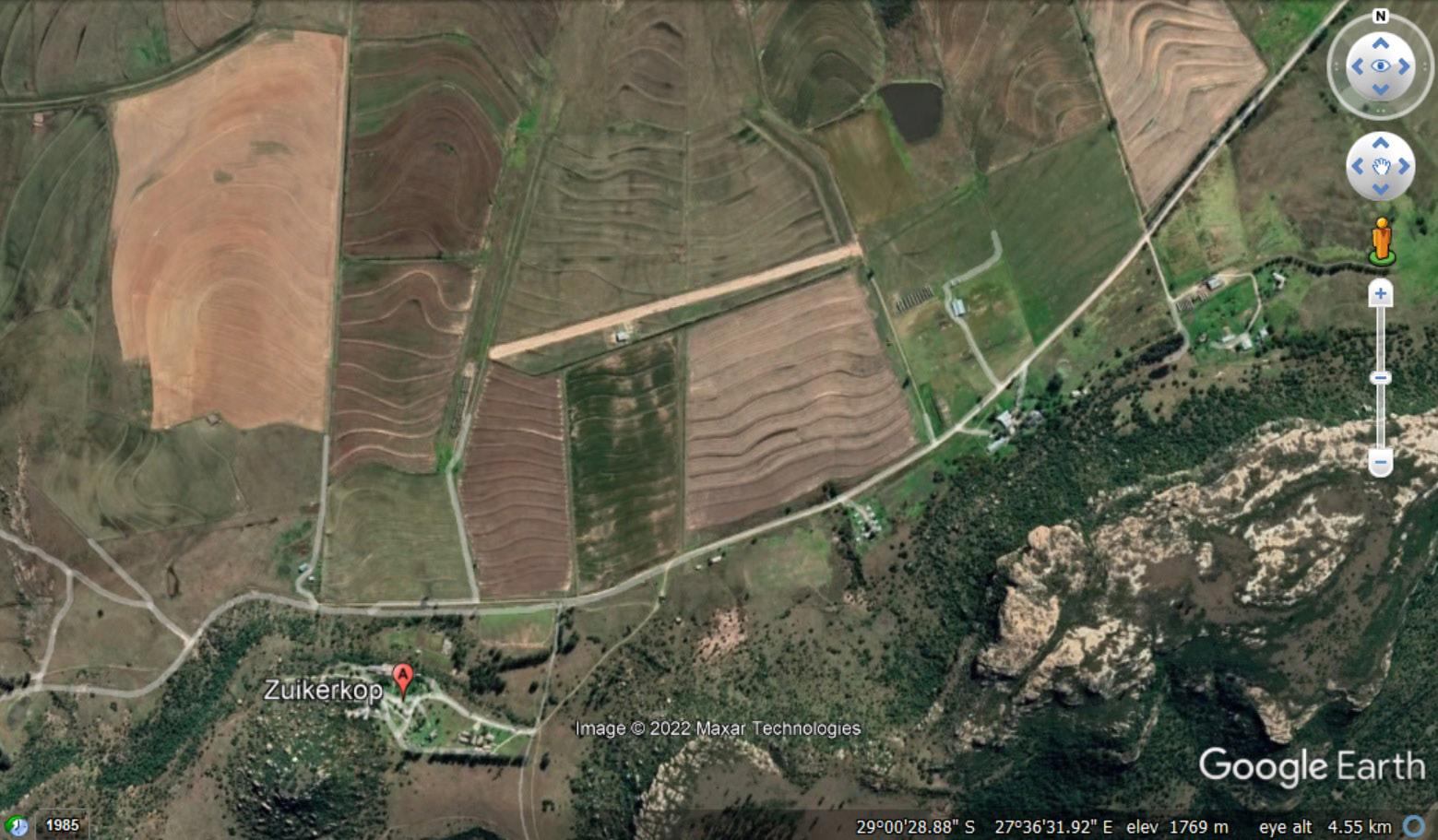 The honeymoon suite.
The honeymoon suite.
70 October 2022
There is a plethora of activities from the swimming pool, beach volley ball, put putt, a game drive, a nature picnic or hiking one of the many trails.
The prices are very reasonable from just R1,100 per night for two people sharing. Bookings can be made by calling: 083 389-0587 or email Info@zuikerkop.co. For more info visit www. zuikerkop.co.za.
Flying in
Zuikerkop Lodge runway is well kept gravel with a large brick apron and run-up area. It is located at almost exactly 29 deg South and 27 35 32 East. It is 880 long x 15 m wide at 5340 feet elevation.
Eddie Scholtz looks forward to welcoming pilots to Zuikerkop. j
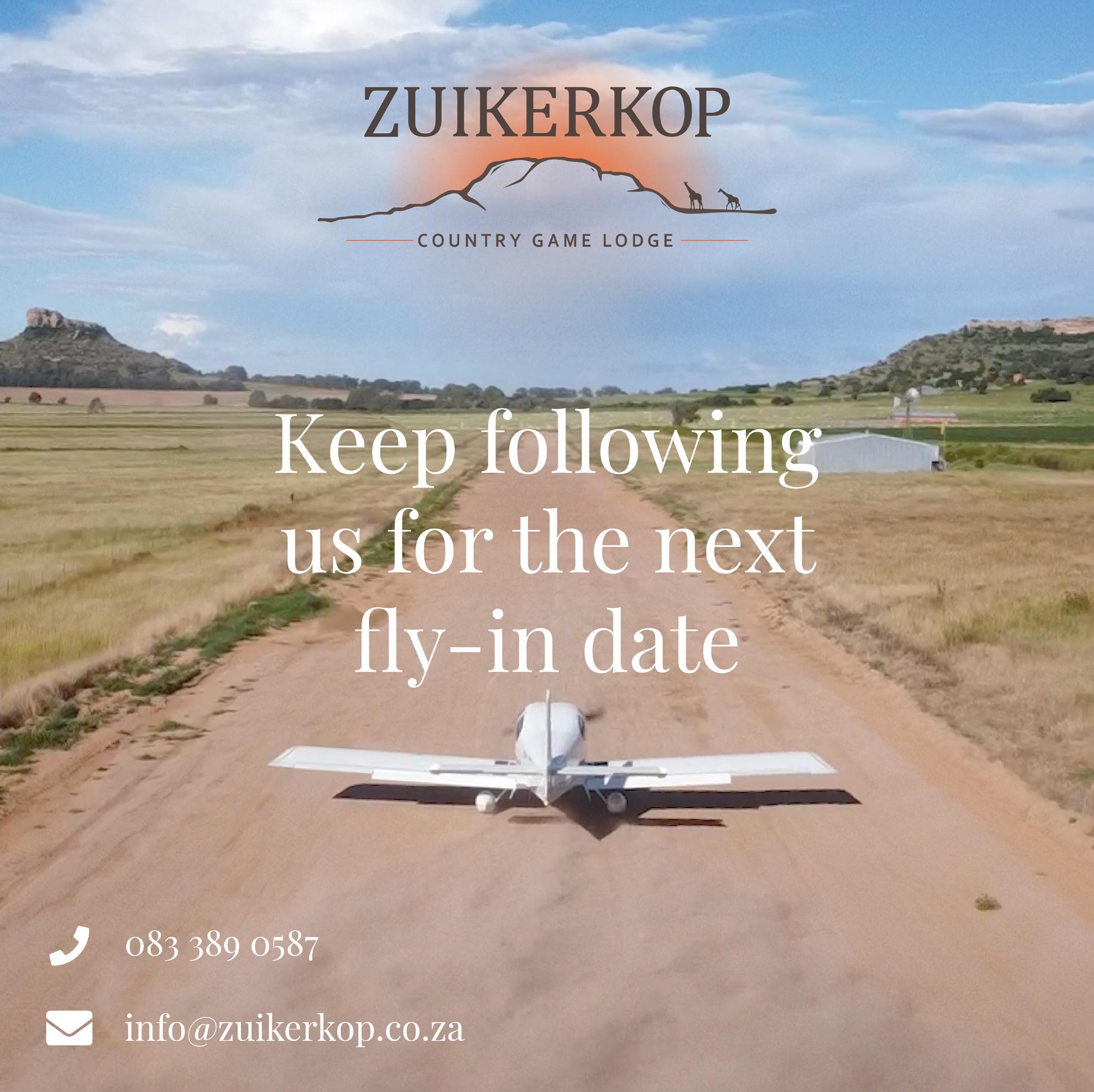 Zuikerkop Lodge loves hosting pilots for regular fly-aways.
Zuikerkop Lodge loves hosting pilots for regular fly-aways.
71October 2022



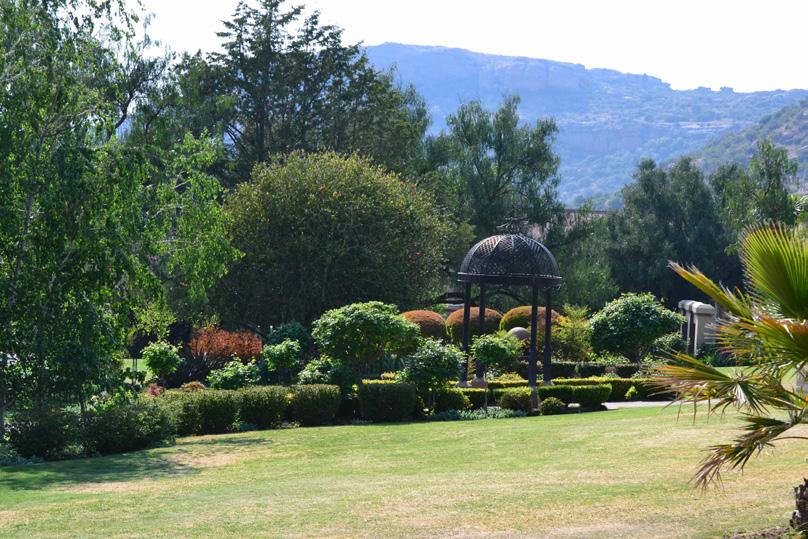
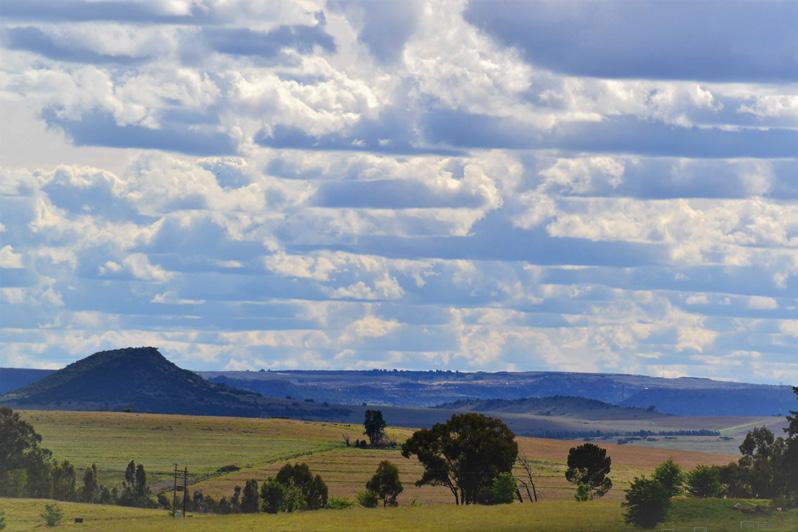
COUNTRY GAME LODGESavour your next holiday Rolling green fields, flat-topped koppies, abundant game and unrivalled skyscapes combine to make Zuikerkop an unforgettable experience https://www.zuikerkop.co.za/ +27 83 389 0587 info@zuikerkop.co.za Clocolan, Free State Video
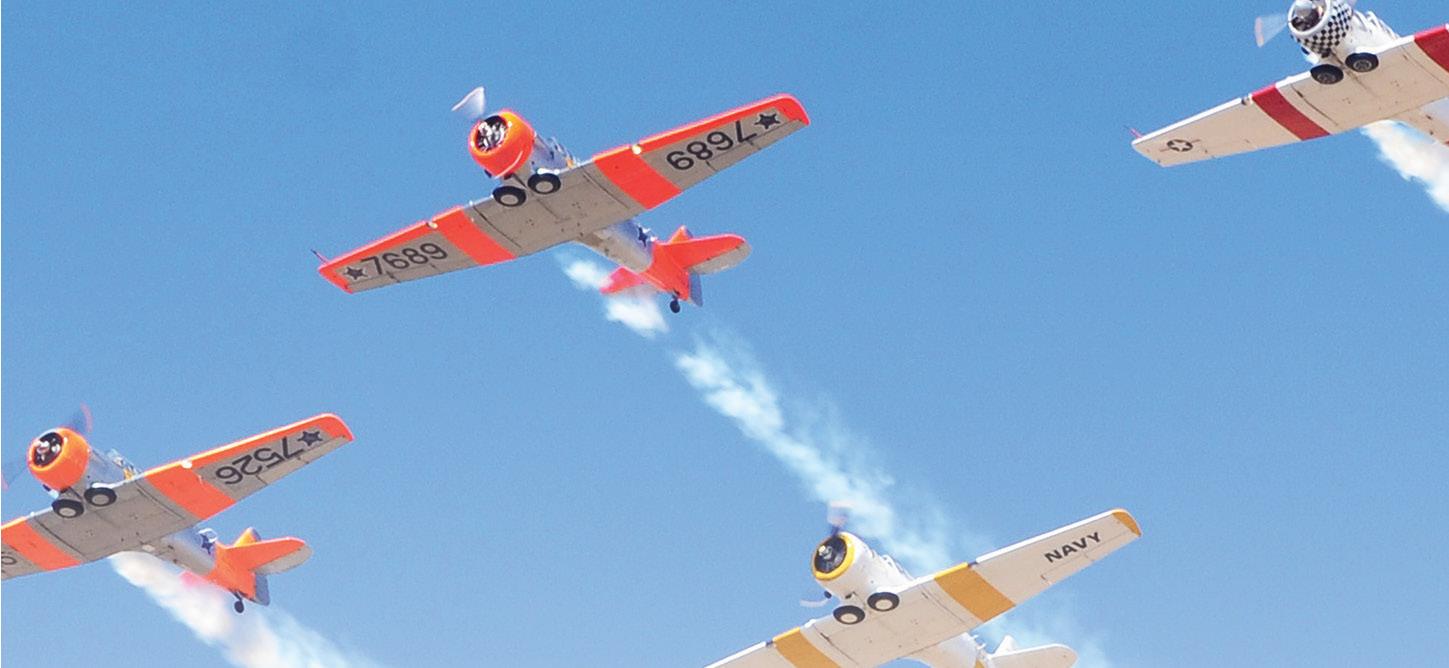
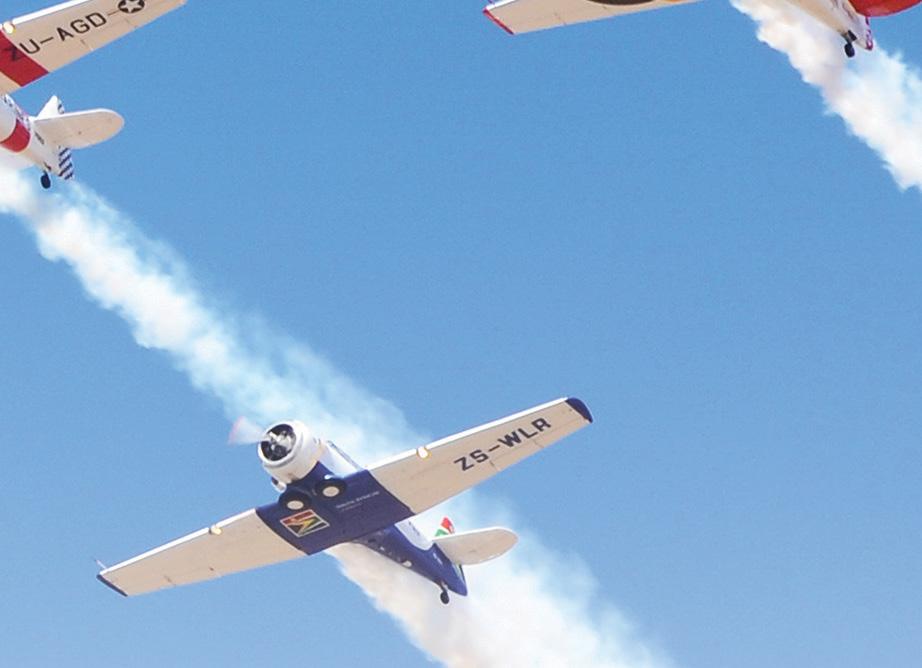

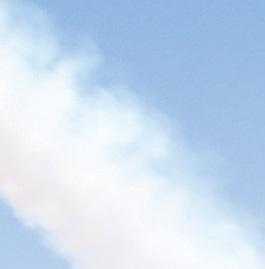




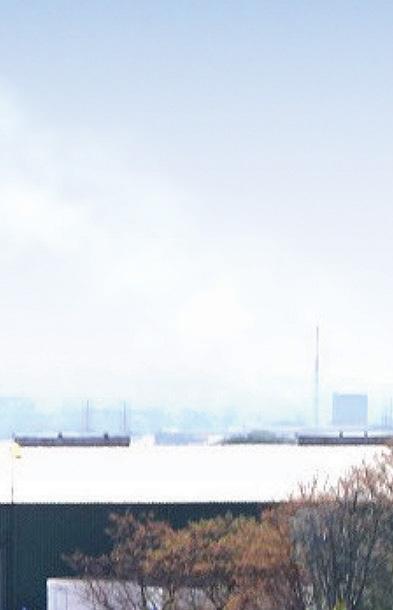
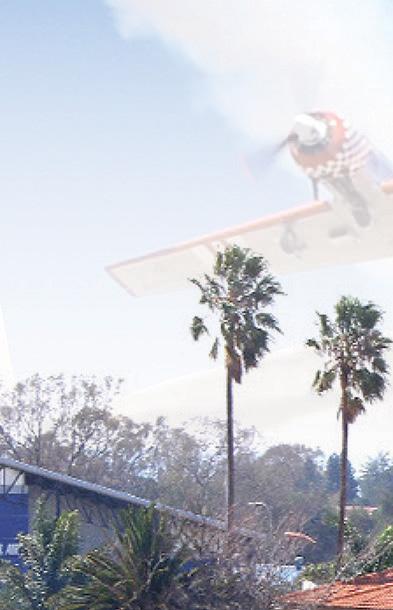





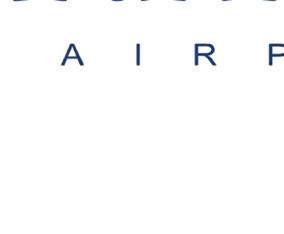
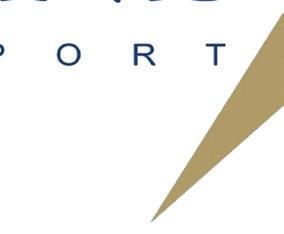








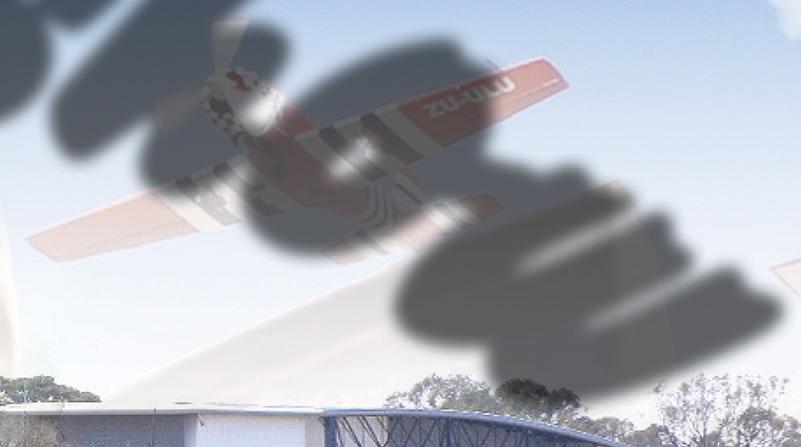
EVERYONE'S FAVOURITE AIRSHOW Thank you to everyone who supported us! Contact Details: Rand Airport Road, Terminal Building, Germiston, Gauteng Tel. No. 011 827-8884 Email: airshow@randairport.co.za www.randairport.co.za TheRand Airshow
AIRSHOW
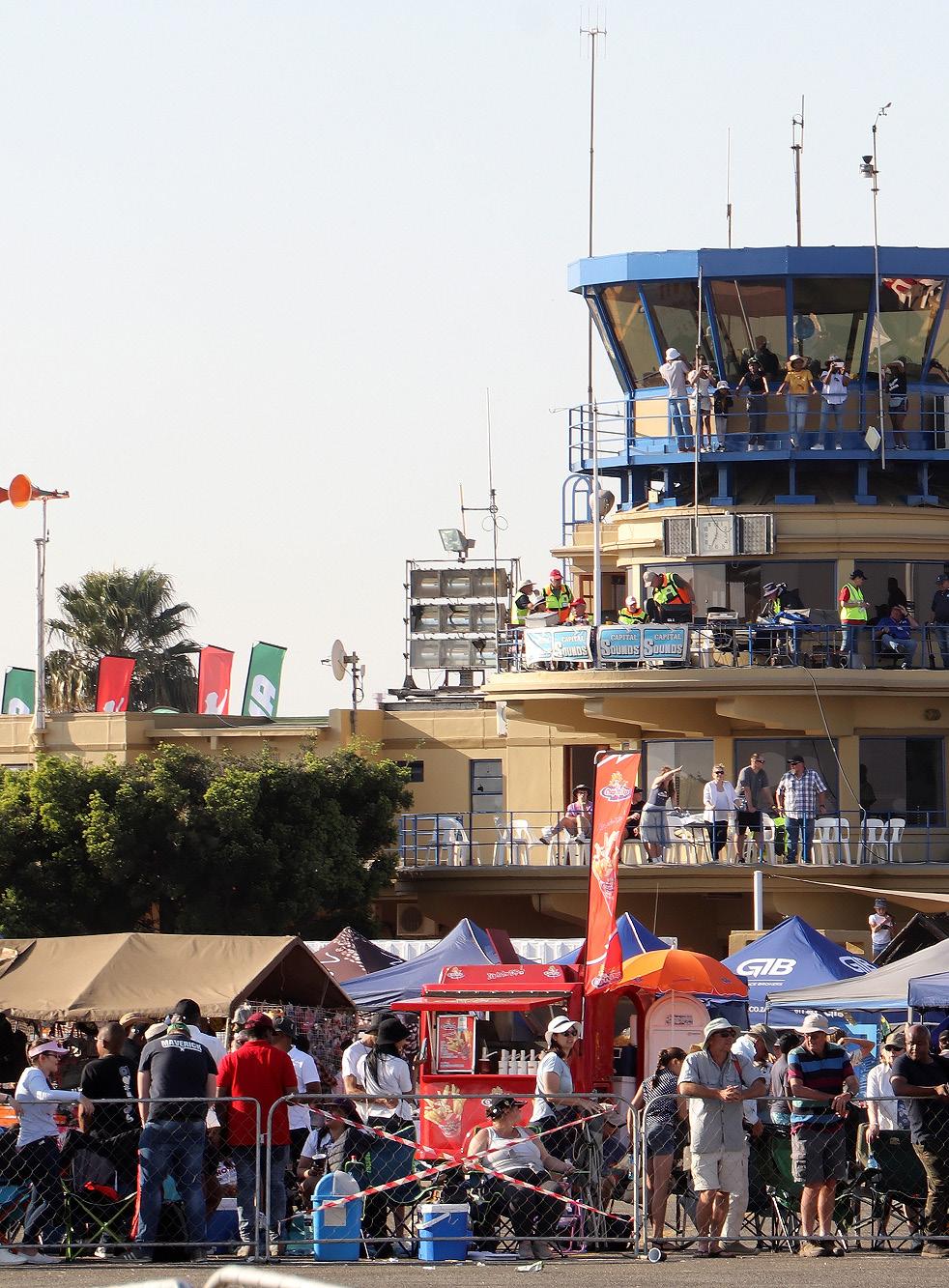
THE MASTER POWER RAND
STORY AND PICTURES - GARTH CALITZ
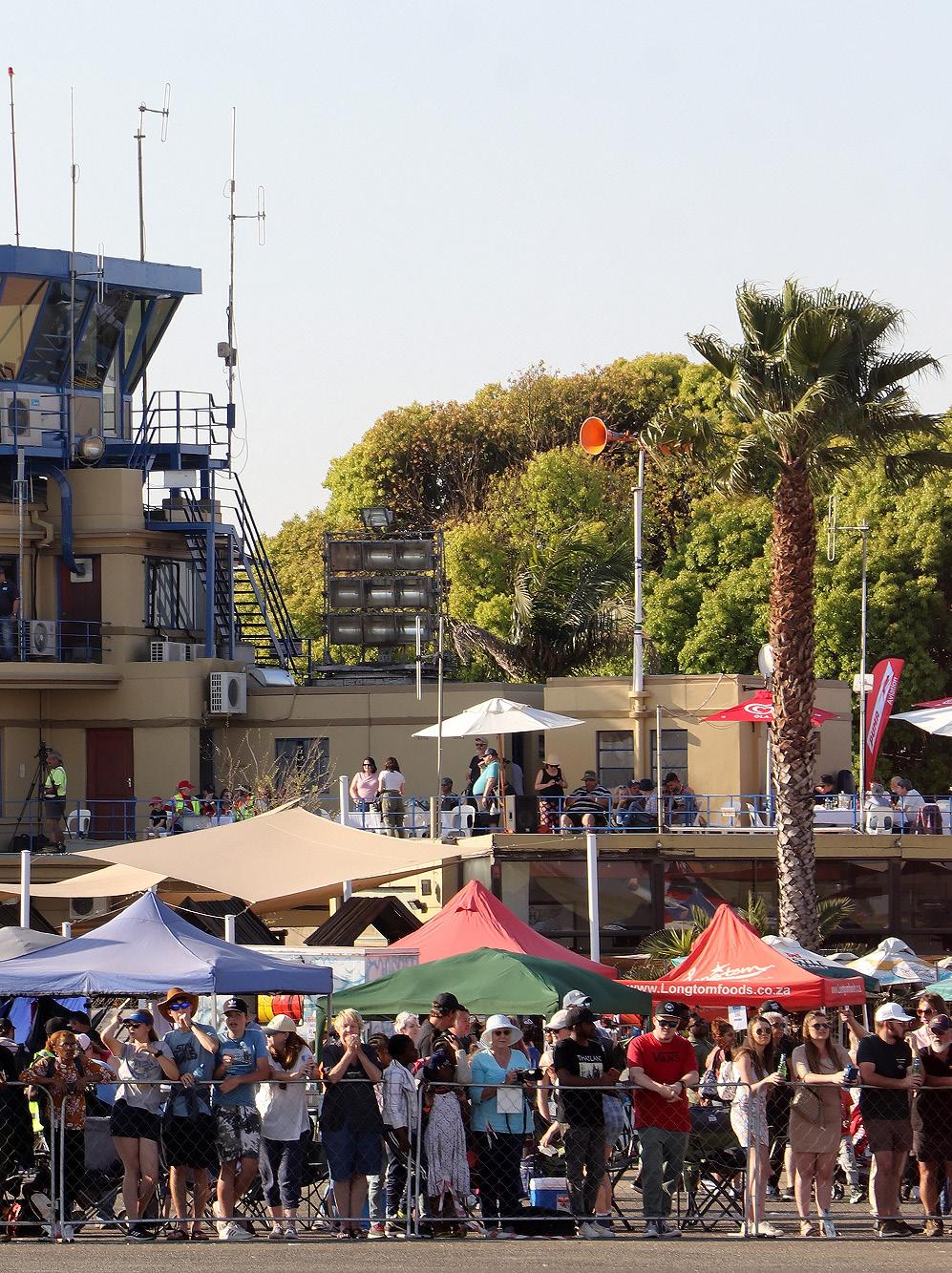 Rand Airport is a great venue and has a good layout for an airshow.
Rand Airport is a great venue and has a good layout for an airshow.
THE RAND AIRSHOW WAS EAGERLY awaited by Gauteng aviation enthusiasts, in 2019 the planned show had been postponed to 2020 but little did the organisers know that all gatherings were to be shut down for the next two years leaving the public without the spectacle for three years. The show was only scheduled to start at 11:00 but queues at all the gates formed from as early as 6:30 proving how starved the public was for airshow action.
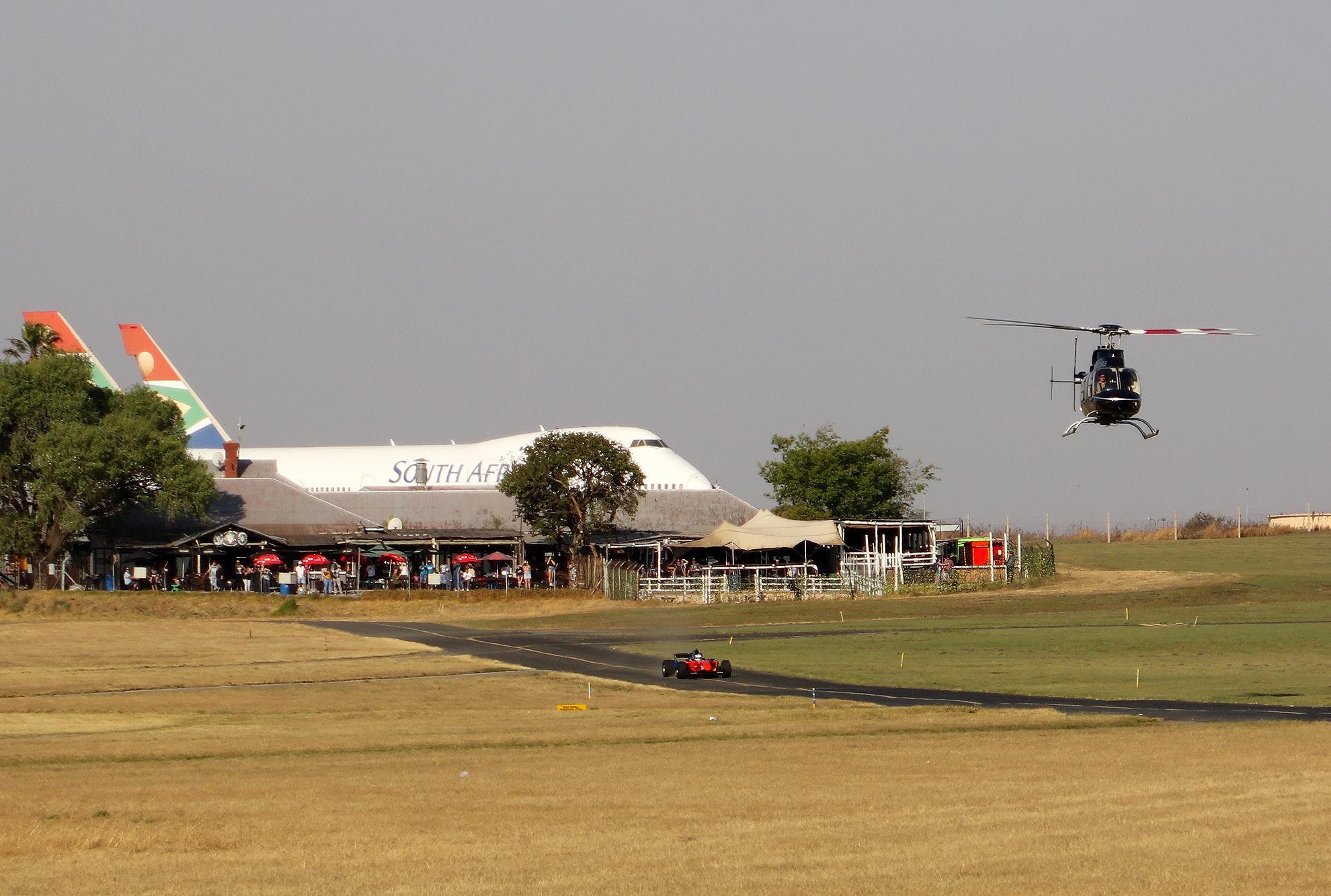
After a cavalcade around the runways and taxiways by bikers from the Immortal Guardians Motorcycle Club, it was time for the show to get underway. The official opening to the airshow was marked by a skydiving display, the six skydivers exiting a Bell Huey landed along the flight line.
Grant Timms and Steve Brown started taxiing out as soon as the skydivers were safely on the ground, Steve and Grant flew a beautiful twoship display in the Classic Flying Collection de Havilland Tigermoths.
The great excitement of the Puma Energy takeoff quickly turned sombre when the four-ship T6 Harvard team performed a “missing man” formation in honour of the victims that sadly lost their lives in a horrific SAPS Pilatus PC6 Porter accident that took place the week before, may they rest in peace.
The formidable team from Henley Air Rocket HEMS team were next on the programme. The display was started with an “emergency” situation that called for a rescuer to be hosted by a Bell 222 to rescue some children that had found their way onto a hangar roof, Brian Emmenis and his team at Capital Sounds did an amazing job of getting the ever-growing crowd hyped up about the “emergency”. The rescue helicopter dropped off their rescuer and was then joined by five other Bell 222s in a wonderful display of six Bell 222s, the sound of these helicopters can not only be heard but clearly felt as well.
The helicopter vs car race is always popular with the crowds.
76 October 2022

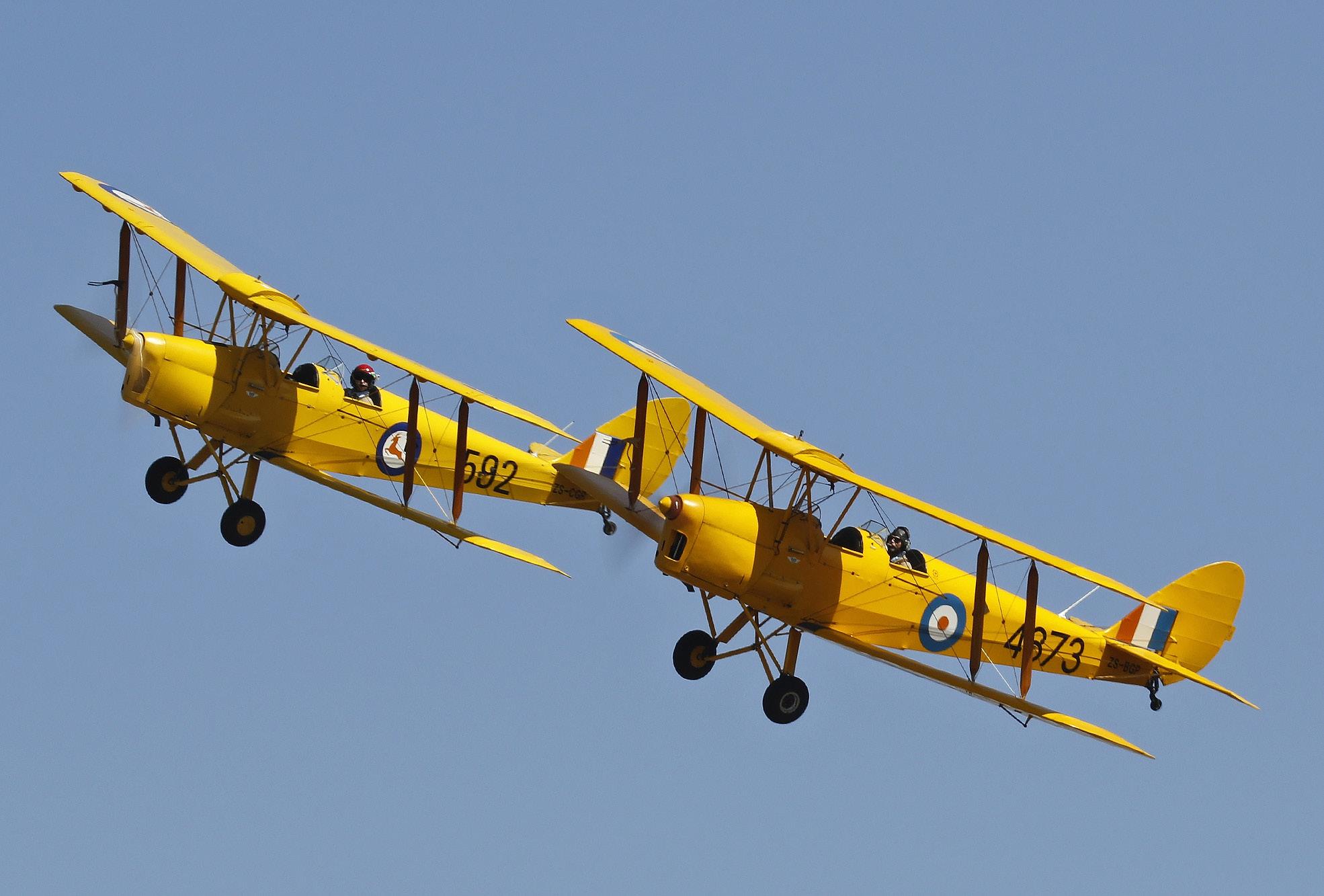 ABOVE: Precison flying from Nigel Hokins and Jason Beamish. BELOW: The Classics - Steve Brown and Grant Timms in Tiger Moths.
ABOVE: Precison flying from Nigel Hokins and Jason Beamish. BELOW: The Classics - Steve Brown and Grant Timms in Tiger Moths.
77October 2022
Our current SA unlimited Aerobatics Champion and Red Bull Athlete Patrick Davidson then took centre stage with a stunning display of freestyle aerobatics in his GameBird GB-1.
In an airshow first a full-scale and a radio-controlled aircraft shared the display line, a few months ago this would have been deemed too dangerous but with the skill of both pilots, they managed to design a sequence that is perfectly safe and achieved CAA display authorisation. Ivan van der Schaar flies his beautifully restored Boeing Stearman and his son Juandre flies a large-scale RC Extra 330.
proving how starved the public was for airshow action
Competition Aerobatics in South Africa is sadly in a bit of a downward spiral at the moment due to the high-cost fuel for competing and practising, in an attempt to lure new pilots to the sport Protea pilots Elton Bondi and Barrie Eeles performed a Competition Aerobatics Promotion. Both pilots have represented South Africa in world aerobatics competitions in the past and both were flying the worldleading Extra 330 which has dominated world aerobatics for the past 10 years.
The RV Raptors then took to the beautiful blue Highveld sky, the team normally comprise of a four-ship routine but at Rand, they were joined by an extra two RV’s for an impressive six-ship aerobatics formation.
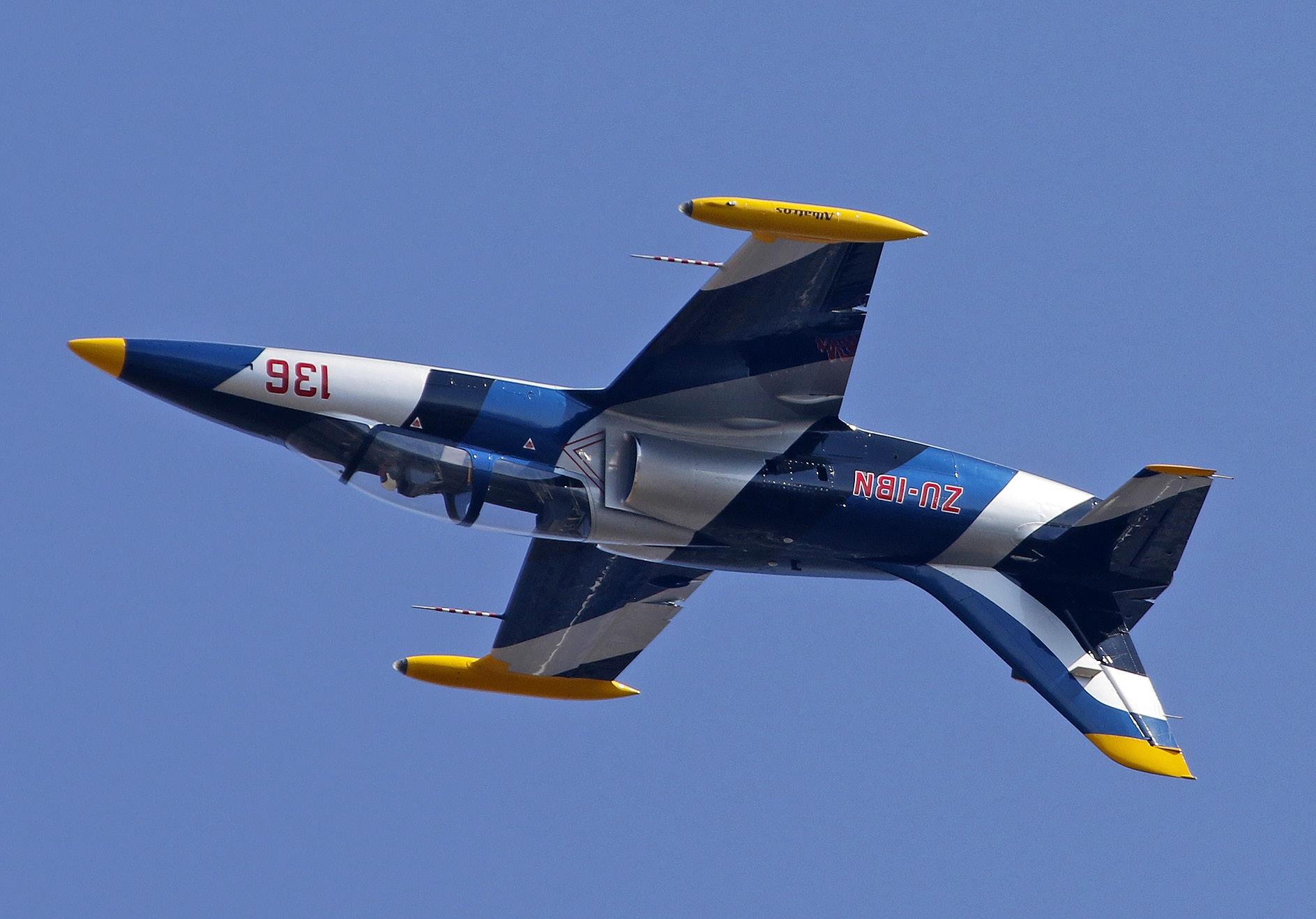
The pace of the next display slowed slightly but the intensity of the display was no less impressive, Andre van Zyl took to the air with his Magni Gyro. He was followed by the Hired Gun Pitts Special Team in a very polished display of formation aerobatics.
As soon as the Pitts team landed Nigel
Pierre Gouws rolls the Aero L-39 Albatros.
78 October 2022
ABOVE: Another great crowd pleaser - the Airlink Embraer ERJ-190. BELOW: A novelty - Jaundre van der Schaar and model Extra with father Ivan taxiing past in a full size plane. Pic Karl Spangenberg.
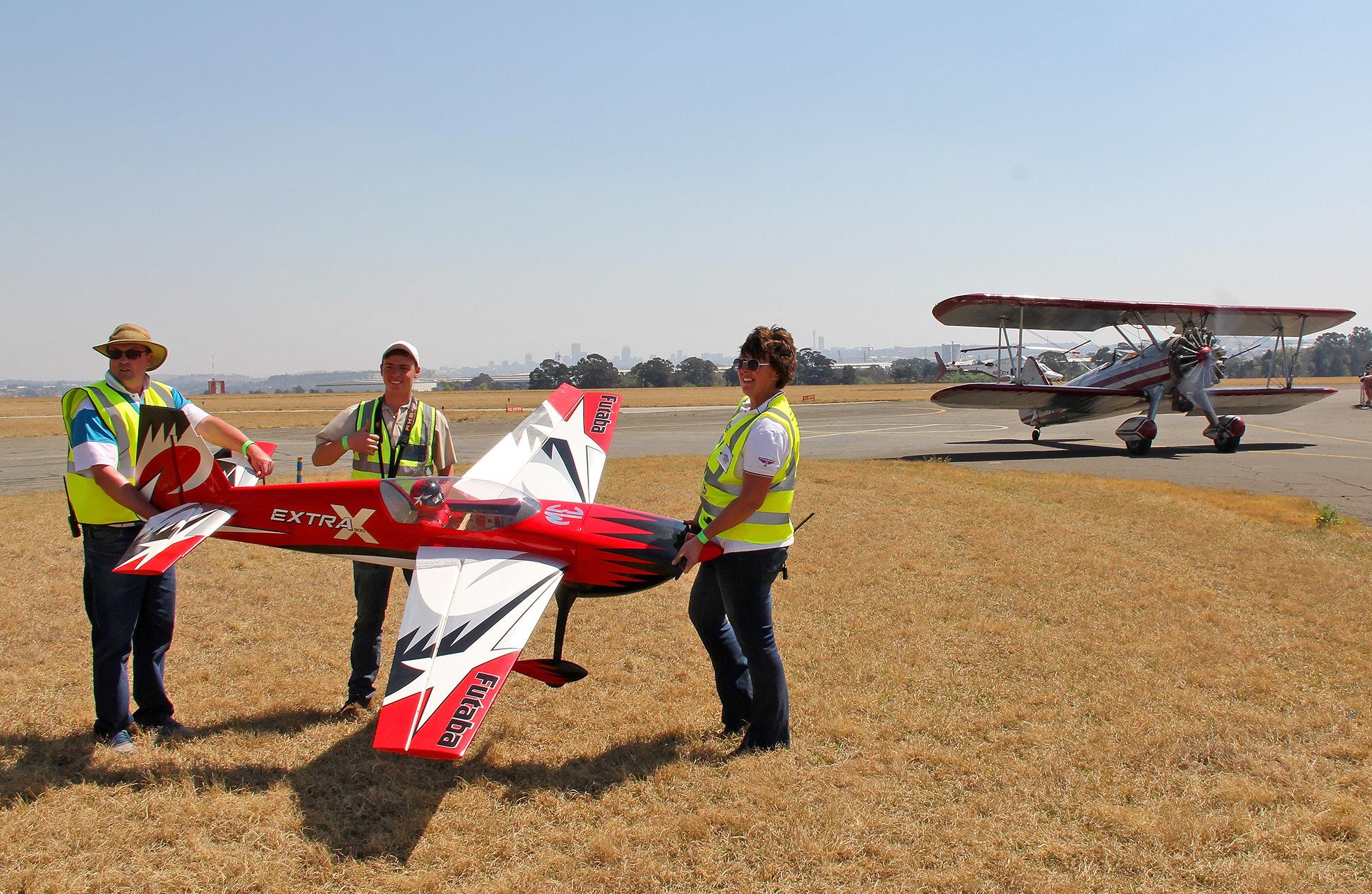

79October 2022
Hopkins took off in his Extra 330SC for what we thought might be a solo display but he was then joined by two Bell 407 helicopters flown by Alister Brown and Menno Parsons. They then proceeded to stage a hover competition in which Nigel did exceptionally well considering his aircraft isn’t designed for hanging on its prop.
Jason Beamish then showed off both his abilities and the abilities of a 76-year-old de Havilland Chipmunk. Aerobatics in a Chippie is a very graceful affair, extremely slow but very impressive. Partick Davidson then went up to impress the crowd with some slightly faster and higher impact aerobatics in the GameBird GB-1.
Mustang Sally the P-51 has always been and will always be a firm crowd favourite and everyone made their way to the display line when they heard the mighty Merlin start up, there is just something about a WWII Rolls Royce powered fighter that stirs something in the soul of any aviation enthusiast, not to mention the whistle of the gun barrels as the
beast races past at high speed.
The Goodyear Eagles Pitts Special team followed the Mustang and once again proved why they are regarded as one of the best formation aerobatics teams in the world. To ensure the jet fans don’t feel neglected Pierre Gouws then flew a brilliant display in soviet era Eastern Block pilot maker the Aero L-39 Albatros. Sticking with fighter trainers, Gavin and Steve Brown were joined by Grant Timms in a stunning three-ship de Havilland Chipmunk formation.
In yet another airshow first, two of the Puma Energy Flying Lions Harvards were joined by two Extra 300 from the Puma stable. The two Extras then broke off and performed some bodybreaking negative G formation aerobatics.
With Rand Airport located so close to OR Tambo, the spectators saw many airliners going in and out, unaware they were about to be treated to one up close and personal. Airlink
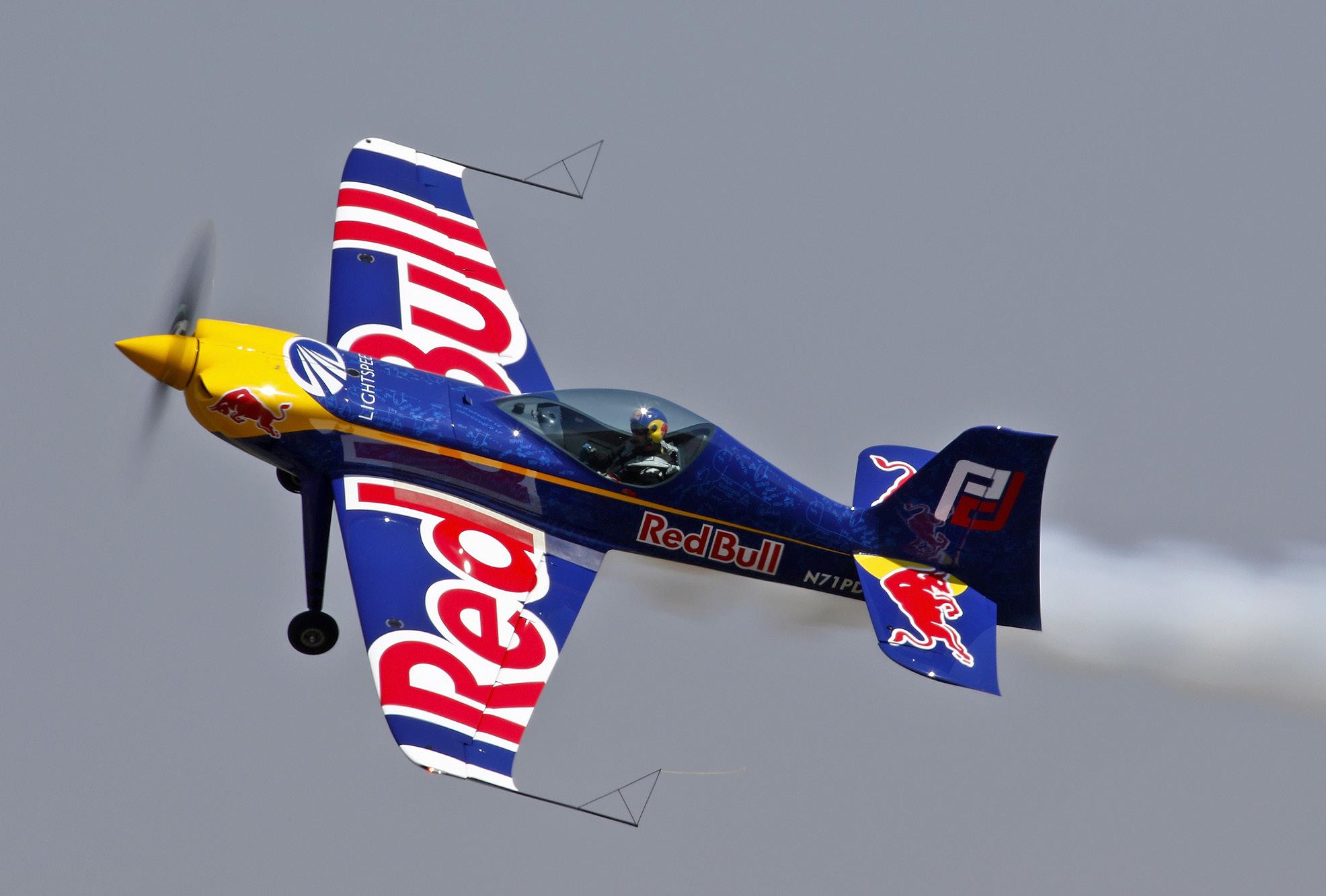 Quality - Patrick Davidson in his GameBird GB-1.
Quality - Patrick Davidson in his GameBird GB-1.
80 October 2022
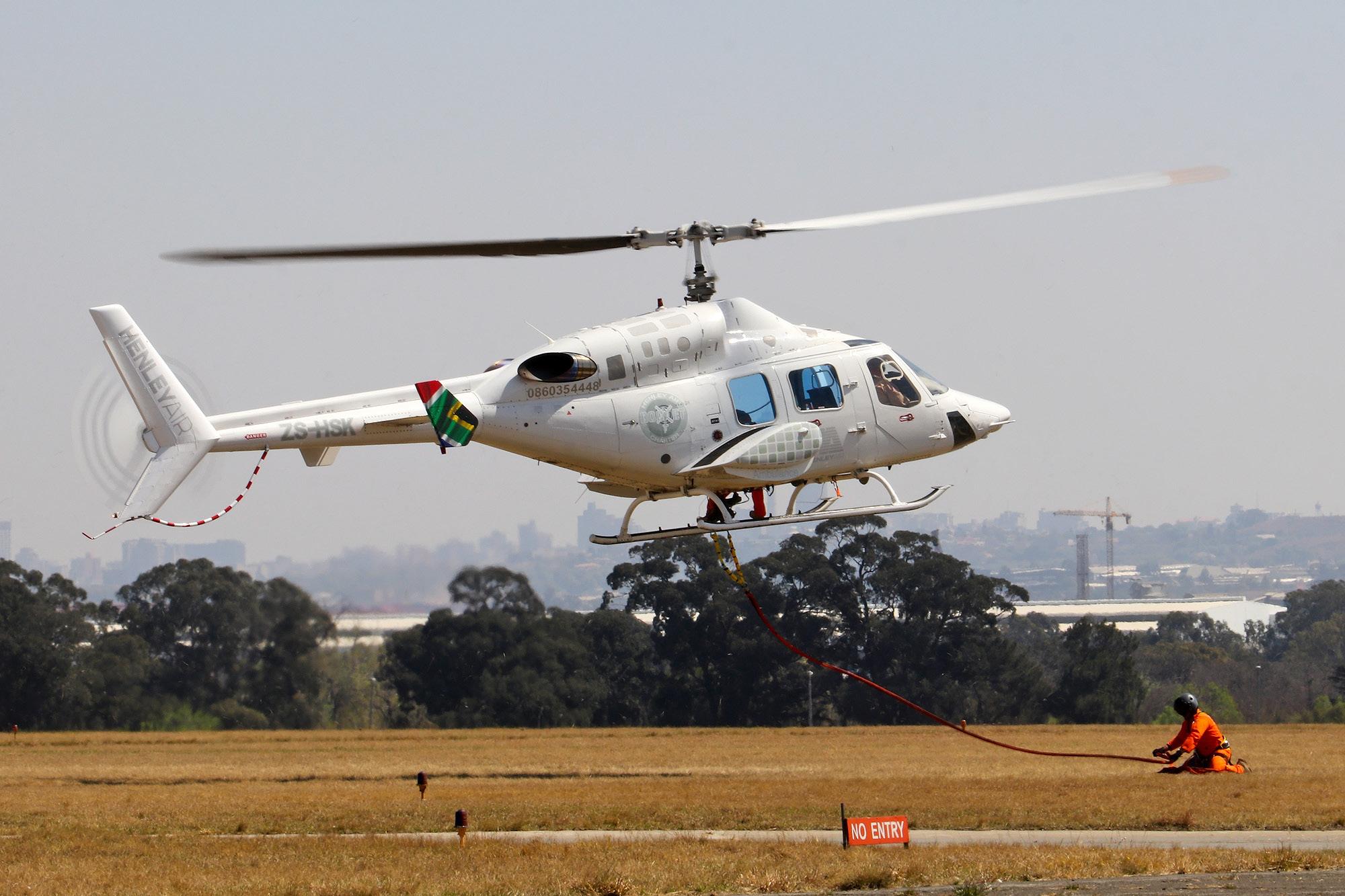
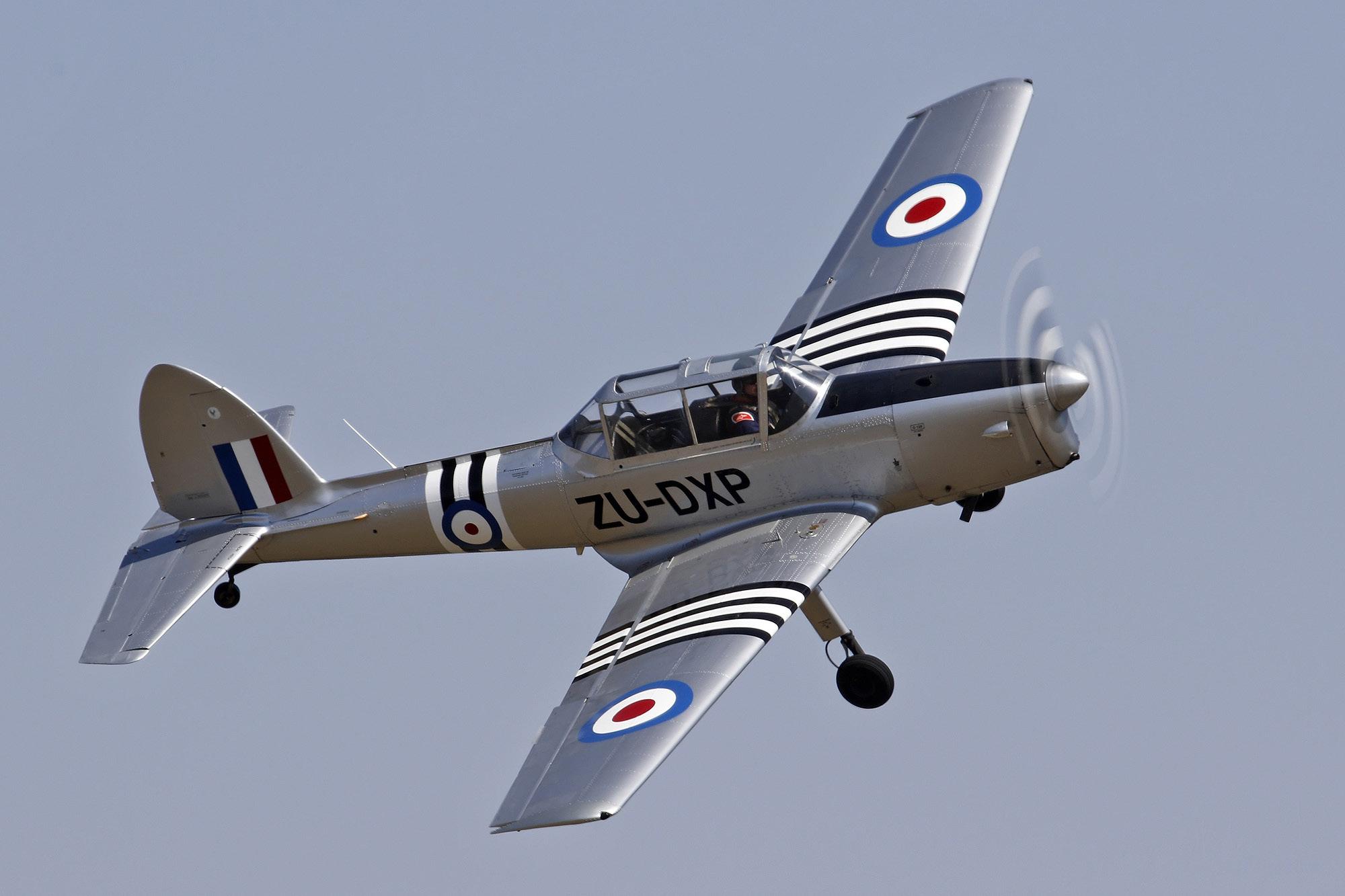 ABOVE: Henley Air flew 6 Rocket HEMS Bell 222s. BELOW: Jason Beamish looked smooth in a Chipmunk.
ABOVE: Henley Air flew 6 Rocket HEMS Bell 222s. BELOW: Jason Beamish looked smooth in a Chipmunk.
81October 2022
was gracious enough to let one of their Embraer ERJ-190AR pop over to Rand for a wonderful display that was masterfully flown by Capt Jaco Henning and his flight deck crew.
After a short Solo display by Trevor Warner in his RV7, it was time for Team Iveco to wow the spectators with a hi-impact aerobatics display. Nigel Hopkins and Jason Beamish, both flying Extra 330s have been flying together for many years and it shows in their display, the trust in their teammate is evident as they perform intricate manoeuvres with very little separation.

Not even the petrol heads were left out of the mix Menno Parsons challenged A1 class singleseat racer Alan Eve to a bit of a dice around Rand's many taxi and runways. I do believe Alan got a bit worried when he realised Menno would be Racing him in a Bell 407. At times it looked like the helicopter was toying with the car but when they entered the straight down runway 35 the A1 stretched its legs and Menno had a bit of a problem keeping up.
As the shadows were getting very long and the day's heat took its toll on the spectators, it was time for the closing act. The Puma Energy Flying Lions took to the air accompanied by the beautiful il Silenzio trumpet solo, one would be hard-pressed to find a more fitting end to a great day's aviation.
Congratulations must go to the Rand Airport team for delivering a great show despite what must have been a very difficult week before the show. Brian Emmenis and his team from Capital Sounds for keeping the spectators well informed and entertained. The safety crew from the show director to the marshals all did a superb job, last but not least a special thank you to all the paying public without your support we will not see spectacles like this. j
Goodyear Eagles were as polished as ever.
82 October 2022

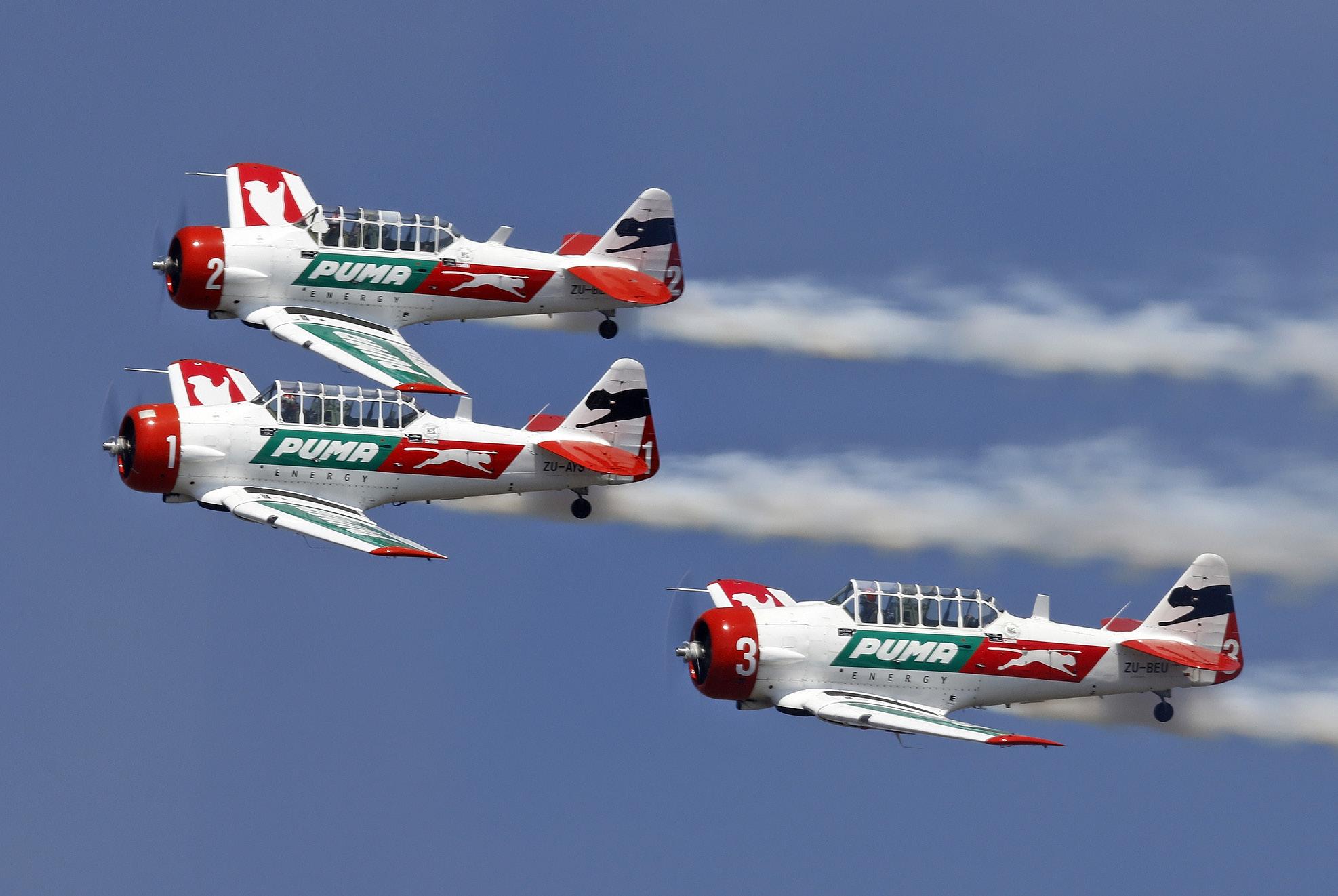 ABOVE: The Skydivers going up in the Bell Huey. BELOW: No show - especially at Rand, would be complete without the Puma Energy Flying Lion Harvards.
ABOVE: The Skydivers going up in the Bell Huey. BELOW: No show - especially at Rand, would be complete without the Puma Energy Flying Lion Harvards.
83October 2022
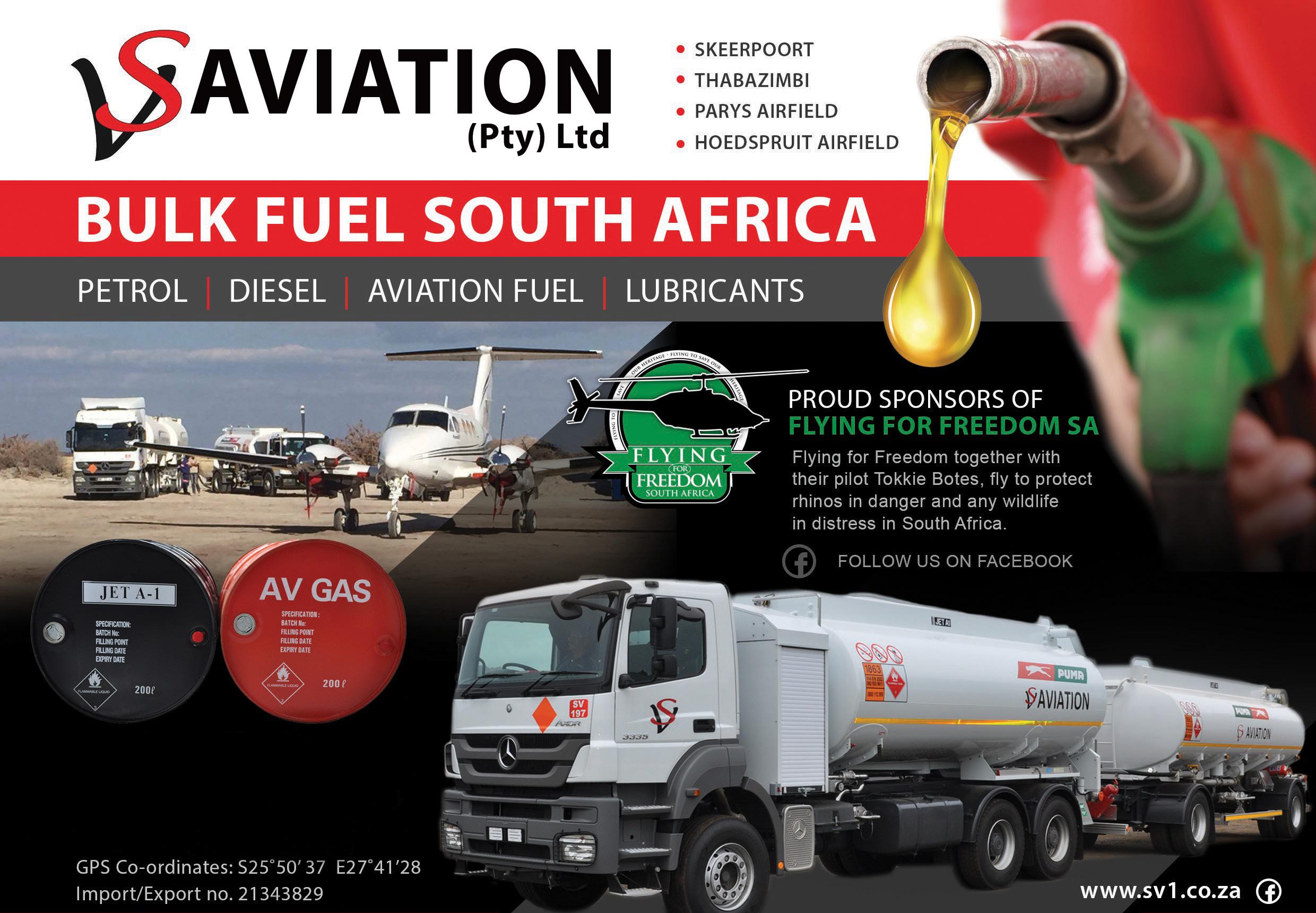
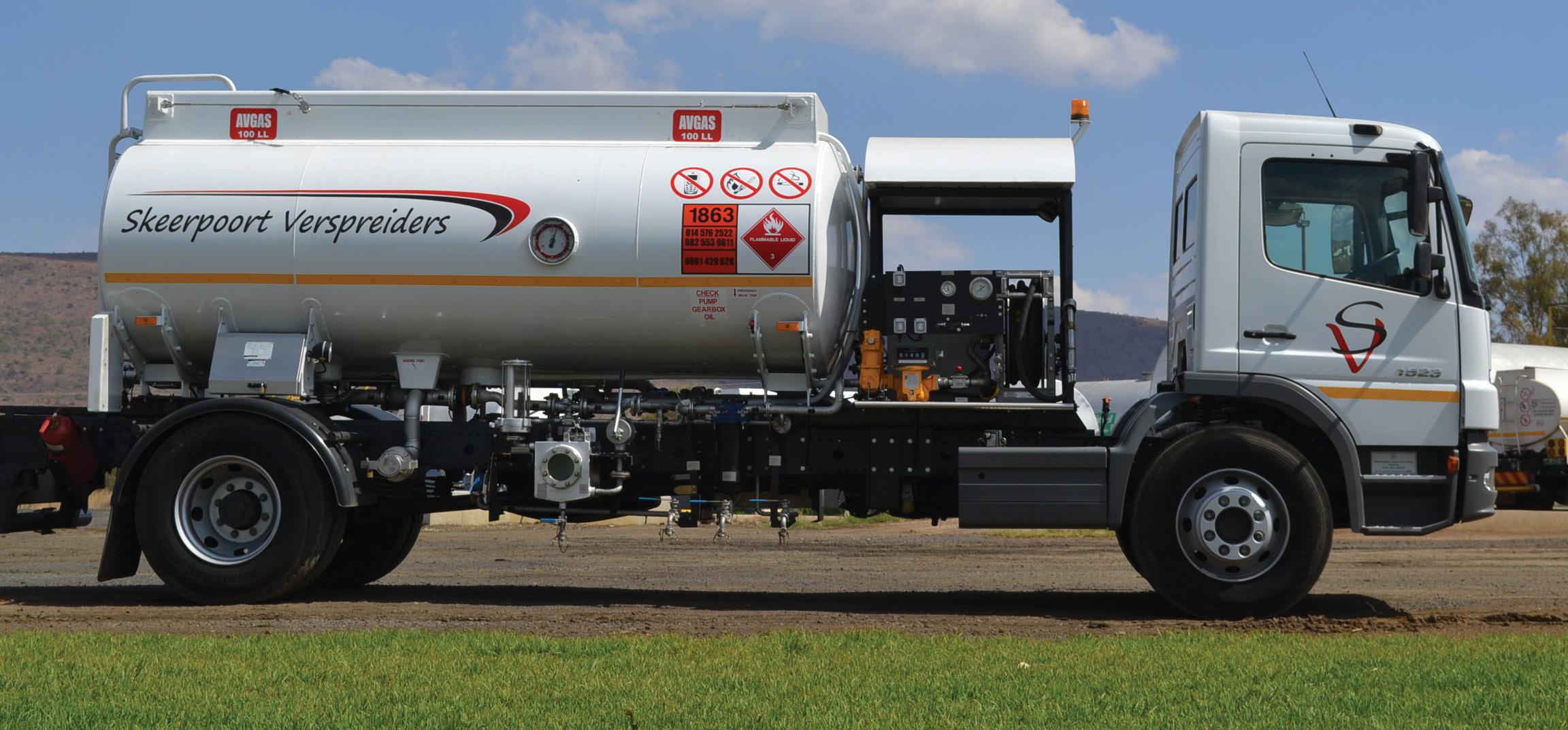

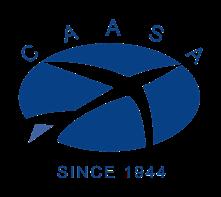

85October 2022 WE ALSO HAVE AN ON-SITE HELI-PAD FOR CONVENIENT REFUELING. CALL US FOR A QUOTE OR VISIT OUR WEBSITE FOR MORE INFORMATION. SEALED 200L AVGAS DRUMS • SEALED 200L JET A1 DRUMS • AVGAS 100LL • JET A1 • PETROL • ILLUMINATING PARAFFIN • DIESEL • LUBRICANTS • HOEDSPRUIT • PARYS AIRFIELD • POTCHEFSTROOM AIRPORT • SKEERPOORT • THABAZIMBI • WONDERBOOM Tel: +27 10 446 9666 Danielle: +27 82 553 9611 Email: aviation@sv1.co.za Marina: +27 82 924 3015

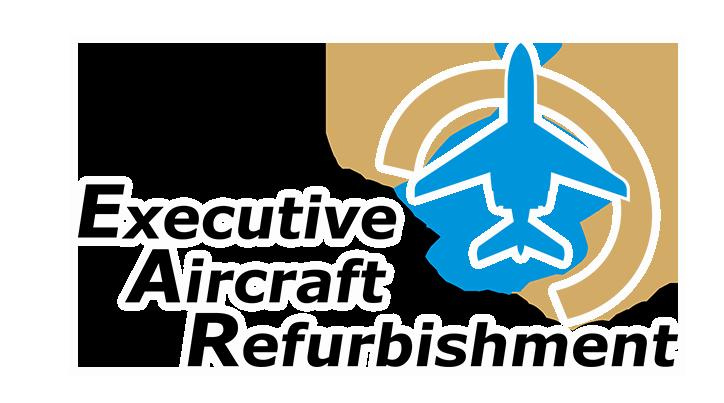
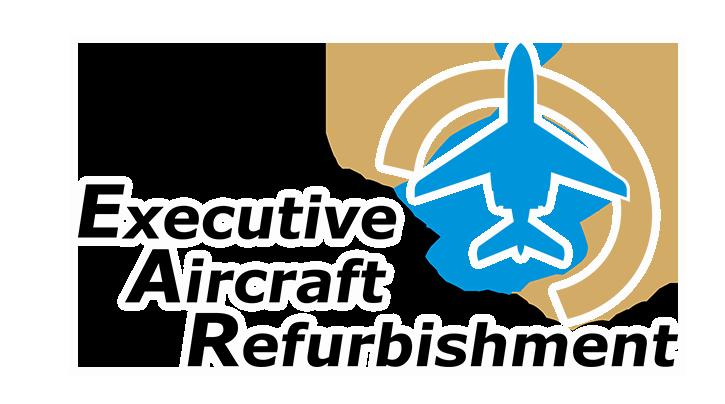
86 October 2022 SAPFA SPEED RALLY 1 October Springs Airfield Contact: David le Roux: 073 338 5200 E-mail: david@pilotinsure.co.za Tel: +27 (0)10 900 4149 | Mobile: +27 (0)82 547 8379 Info@earefurbishment.com | Francois@earefurbishment.com Hangar 24 (Interior Shop) and Hangar 31 (Paint Shop). Lanseria International Airport, South Africa, Gate 5 North Side. EVENTS CALENDAR WEST COAST SALDANHA BAY AIRSHOW 1 October Saldanha Bay Contact: Gretha Coetzee Cell: 084 603 3875 E-mail: grethacoetzee@gmail.com RUSTENBURG FLYING CLUB FLY-IN / FUN DAY 1 October Rustenburg Airfield Contact: Cell: 083 447 4583 SAC NORTHWEST REGIONALS 1-2 October Klerksdorp Airfield Contact: Annie Boon E-mail: chunge@mweb.co.za SA GLIDING 15 M, CLUB AND 2-SEAT NATIONALS 1-8 October Potchefstroom Airfield Contact: Carol Clifford E-mail: bobcar@global.co.za EAA SUN ‘N FUN 7-9 October Brits Airfield Contact: Neil Bowden Cell: 084 674 5674 E-mail: neil1@telkomsa.net SACAA NATIONAL AVIATION ACCIDENT REDUCTION SEMINAR 14 – 15 October Stellenbosch Airfield Contact: Erik du Rand E-mail: durande@caa.co.za STEADY CLIMB FLY-IN AT RHINO PARK 15 October Rhino Park Airfield Contact: David le Roux: 073 338 5200 E-mail: david@pilotinsure.co.za AVIATORS AFRICA CONFERENCE & TOWER AWARDS 20 – 22 October Protea Hotel Marriott Wanderers, JHB +27 67 225 9562/+234 805 214 9846 www.theaviatorsafrica.com SACAA NATIONAL AVIATION ACCIDENT REDUCTION 22 October Kitty Hawk Airfield Contact: Erik du Rand E-mail: durande@caa.co.za LOWVELD AERO CLUB FLY-IN 22 October Nelspruit Airfiled Contact: Tel: 013 741 3636 E-mail: admin@lowveldaeroclub.com
ATO'S OF SOUTHERN AFRICA GUIDE
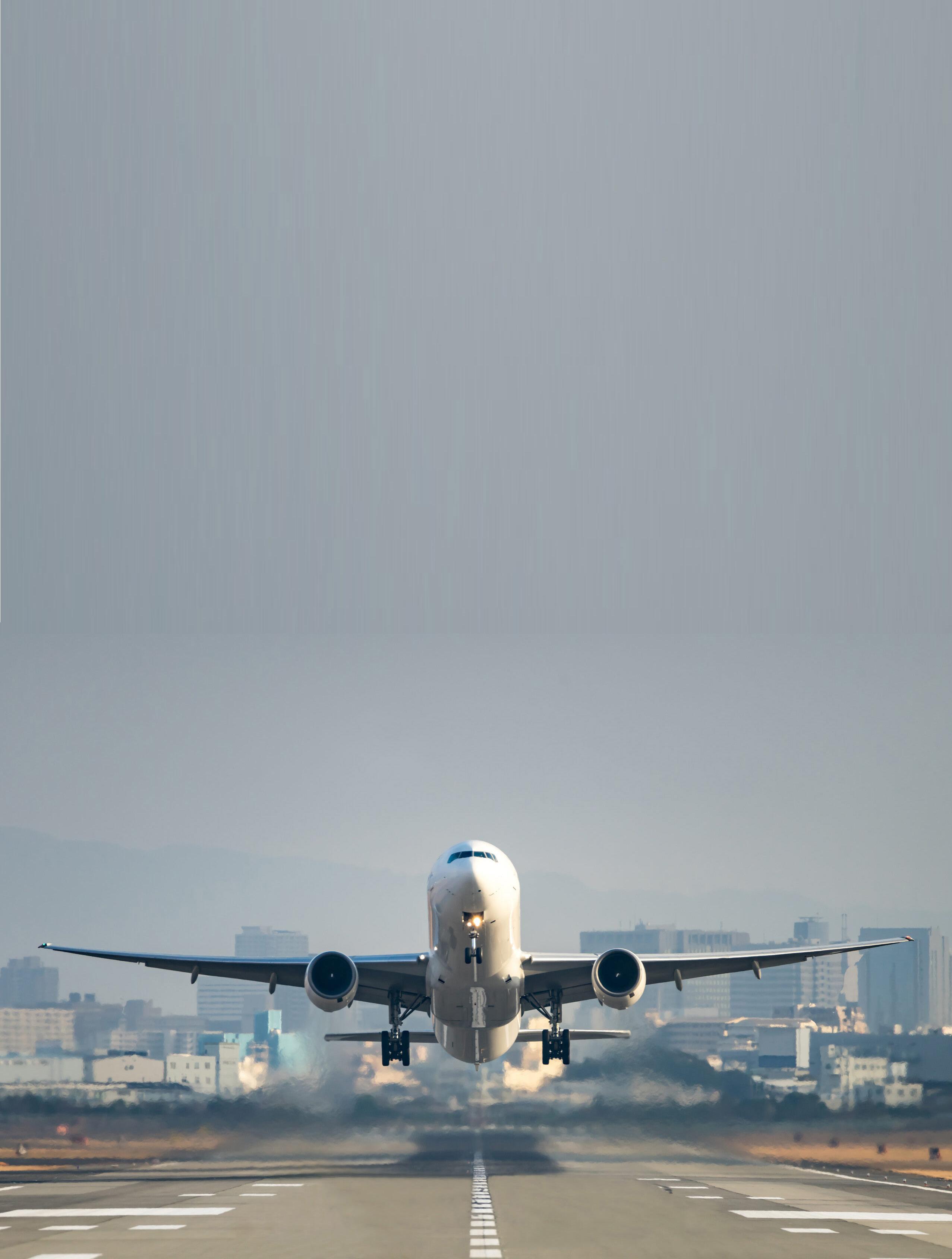
87October 2022
Introduction AVIATION NEEDS YOU!
THE COVID PANDEMIC has pressed the pause button on the pending pilot shortage, but as the airline industry returns to previous levels of flying the shortage will become more acute than ever.
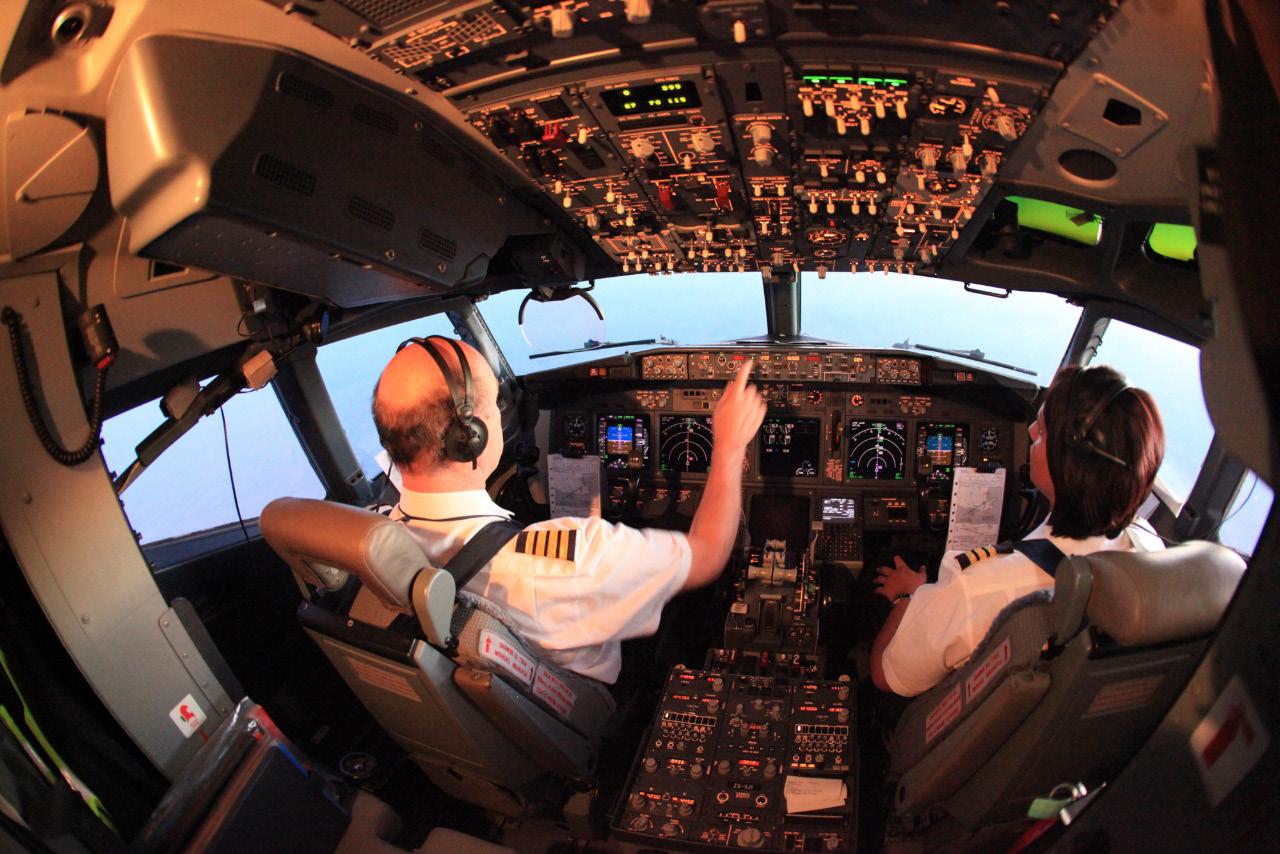
If you’re looking to build a career in aviation, a
slow browse through the following pages with a pencil and pad will open up many opportunities for you.
Before the arrival of the Covid pandemic the aviation industry was awash with predictions of

The years immediately following Covid-19 are going to show tremendous industry growth with the attendant opportunities for a productive and rewarding career in aviation.
Pilots may be the face of the airline industry but there are many other opportunities.
88 October 2022
a massive impending skills shortage. The only way the industry is going to be able to address this pending shortage is by dramatically ramping up training to ensure an ongoing flow of new professionals into the industry.
despatchers, meteorologists, check-in, passenger handling, cabin crew, pilots, traffic controllers, administration, caterers – the list is a long one and includes such a wide range of skills that almost anyone can find a suitable aviation career in which to get qualified.
Not Only Pilots

When you hear the words ‘aviation industry’, the first reaction is to think ‘pilot’. But aviation is an enormous industry and accordingly has a requirement for an imposing spread of skills.
the aviation industry was awash with predictions
Pre-Covid, in 2018, Boeing’s Pilot and Technician Outlook projected a demand for 790,000 new pilots over the next 20 years. In five years’ time this demand will become critical as those who left the industry, either due to retirement or for greener pastures, will need to be replaced.
From the front to the rear of an aircraft, and from the ground up to its cruise altitude, there are people, skills and jobs that are the mainstay of the industry. These are the maintenance technicians, ground-handlers, loadmasters,
Boeing’s number of 790,000 new pilots is double the current workforce and the most significant demand in the Outlook's nine-year history. And it’s not only the ‘pointy end’ that will need more people.
Costs will continue to be a huge hurdle.
89October 2022
Introduction
Demand for maintenance engineers is projected at 622,000, and commercial cabin crew a staggering 858,000 people, mostly due to changes in fleet mix, regulatory requirements, denser seat configurations and multi-cabin configurations that offer more personalised service.
trainers. However, most of the potential students are unaware of the career opportunities in aviation, and the qualified trainers are being head-hunted by the industry to fill the jobs for which they’re training the students. This creates a revolving door of instructors and gives training organisation management sleepless nights. There is no “quick fix’ solution to either of these challenges.
Pilots
The business aviation and civil helicopter sectors will need an additional 155,000 pilots, 132,000 technicians and 32,000 new cabin crew. The demand is being driven by an anticipated doubling of the global commercial aircraft fleet, a record-high air travel demand and a tightening labour supply.
The forecast excludes general aviation (GA) requirements which swells the numbers significantly as not every pilot is employed by a carrier, some fly (and own) aircraft purely for small business reasons or the joy of flight. But the support system for GA is as intensive as for commercial carriers with an ever-growing number of aircraft needing pilots, maintenance, traffic control, administration and supply, as well as airfields to land, and on which to be based.
Some enterprising organisations have addressed the problem by elevating successful student graduates to instructor positions. This, to some measure ‘insulates’ them from the head-hunters as they are often invisible to the industry workplace and can also be contracted to their employer with ‘golden handcuffs’ such as scholarships and student loans.
“there has never been a better time than now”
Amongst all of these is the person who is the jewel in the crown of a training organisation – a dedicated trainer. These are people who derive their personal and career satisfaction, not from doing the job, but from enabling and empowering others to do the job. To a large extent, the success of the training component of the aviation industry will rest on the shoulders of the ‘dedicated’ trainers.
Boeing’s numbers are in line with industry projections from other bodies given to crystal ball gazing, and they all agree on one inescapable fact – we will have to train millions of new people to fill the slots of a skills-hungry industry. And therein lies our biggest challenge –and our biggest problem.
To remain viable in facing the challenge, training organisations are dependent on two main resources: an ongoing flow of dedicated new students and a stable supply of qualified
Africa
Africa has a massive opportunity in its relatively unskilled population, and it is here that we should look to bridging the skills gap in the aviation industry.
Many Africans are unaware that they could be aviation professionals and those that are, often do not have access to the funds needed for the qualifications. This creates opportunities for a spread of sub-industries to increase awareness that their dream is in fact possible and then
90 October 2022
Introduction
supply the funding and support mechanisms while the student qualifies.
There is also scope for public private partnerships (PPP) where governments could unlock some of their higher education budget to be applied to skills training under administration by approved Aviation Training Organisations (ATOs).
differing job requirements and accordingly, to be successful, will need have very differing basic personas and skills.
The organisations who have participated in this supplement are professional, dedicated entities that offer a wide spread of education opportunities, not only for new incumbents into the aviation industry, but also for those wanting to ‘upskill’ to better and more career fulfilling positions.
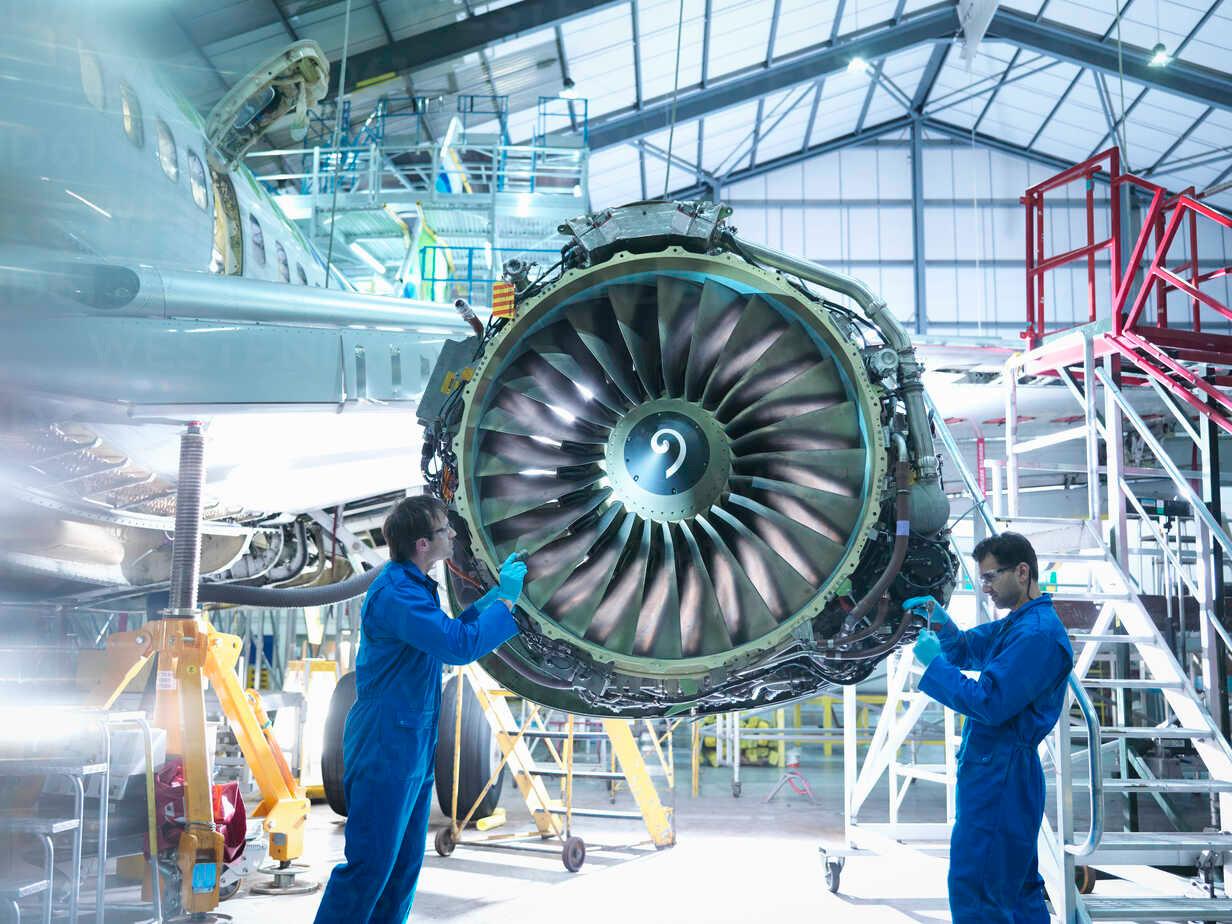
Are you the Right Type?
A huge break for the aviation industry is that there is no special type or basic personality needed for an individual to find a suitable career. The demands for skills is so wide that there is likely to be a job for anyone irrespective of their ‘type’. An aircraft maintenance engineer (AME) and a cabin crew member have vastly
Many young people (and a few older ones), dream about a career in aviation, and there has never been a better time than now, to take the action to turn those dreams into reality.
j
There are many jobs other than pilots.
91October 2022
Introduction
4 AVIATORS ARE BASED at Cape Town International airport in the general aviation area. It is our mission to provide each client with the best flight instruction possible.
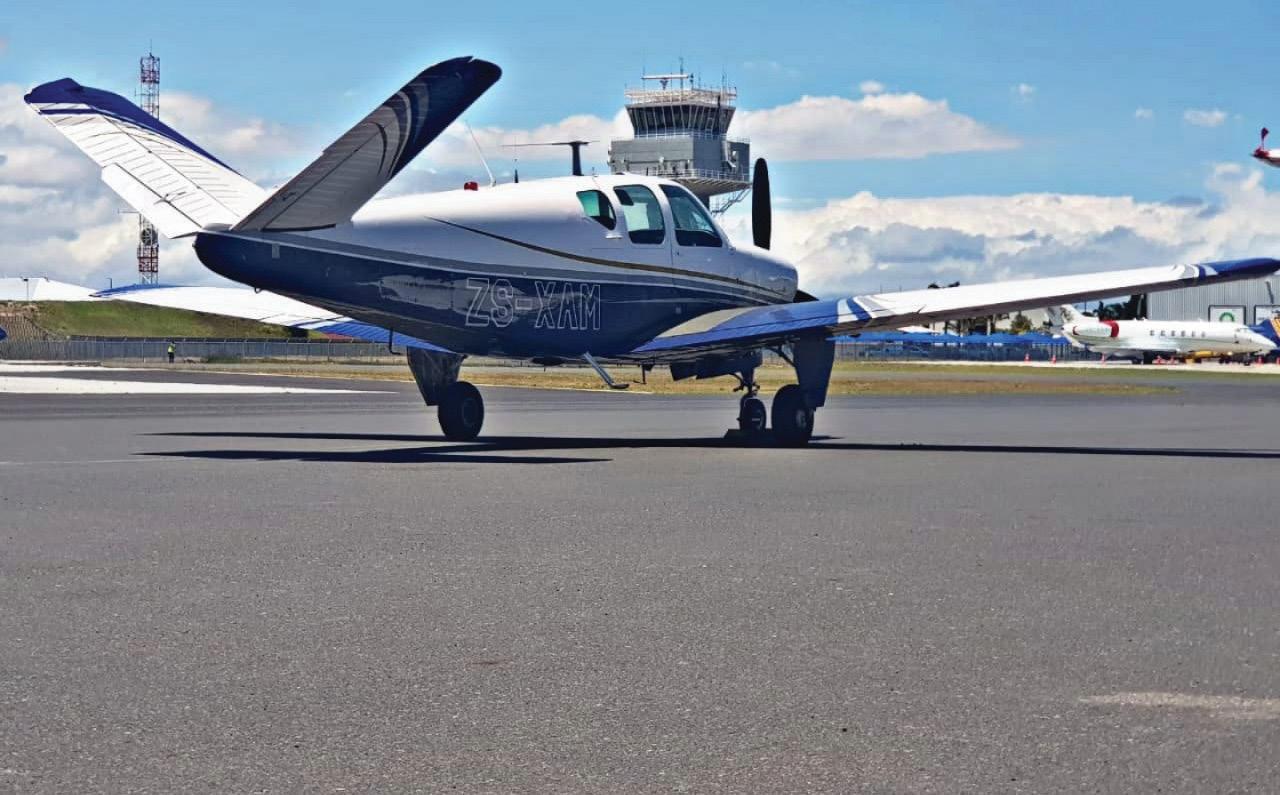
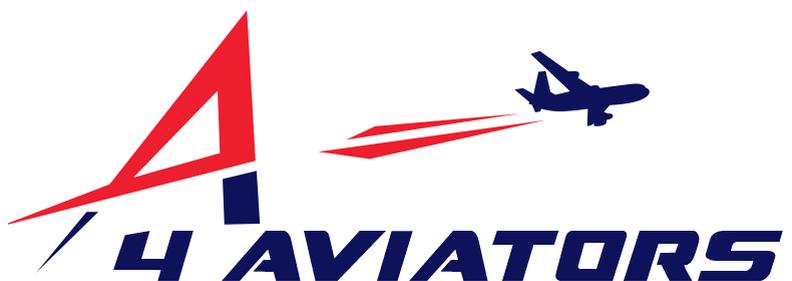
Through a comprehensive orientation and professional flight training program 4 Aviators is designed to exceed expectations for any student. Every member of our team maintains the keystones of aviation: safety, quality, integrity and community.
Whether on the ground or in-flight, safety is our main priority. We will ensure that you not only feel safe but learn to fly safe. An instructor’s education is never over; neither is safety training. Our strictly maintained airplanes and adherence to standard protocol elevate safety above financial gain.
The quality of your training experience is paramount. We hold our flight instructors and the planes they fly to the highest standards. Flight training should be an enjoyable experience as well as an educational one. Our instructors combine patience and positivity with expert transparency. Our clients are very important to us.
Contact Us: info@4aviators.com Tel: +27 (0) 82 768 1754 j
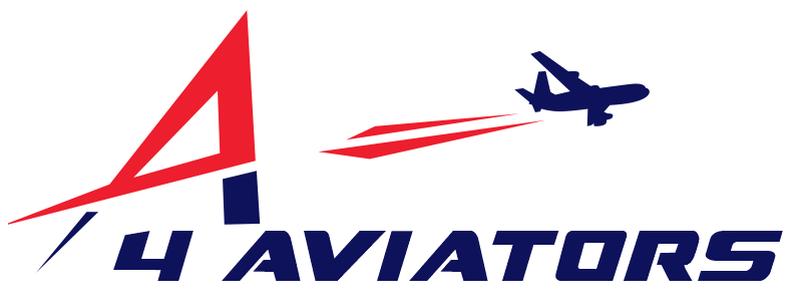

ATO: CAA0410 We utilise the ALSIM stationed on the airport in the general aviation area. We provide accommodation and transport for our students. We have a diverse group of students from around the world. We Offer: • PPL • Night Rating • Hour Building Opportunities • Multi Engine Ratings • Instrument Rating • CPL • ATPL • Instructors Rating • Foreign License Conversion and Validations • English Language Proficiency • Restricted and general Radio License Training provided on the following aircraft: 2 Cessna 150 3 Cessna 172 1 Cessna 175 2 Cessna 177 1 Cessna 177 RG 1 Piper Arrow 2 Piper Tomahawk 1 Piper Cherokee 140 1 Piper Seneca 2 1 V tail Bonanza +27 (0) 82 768 1754 info@4aviators.com www.4aviators.com 4 Aviators is a family and we pride ourselves in this.
AERONAV ACADEMY is committed to providing top-level flight training utilizing the most modern equipment available. This not only gives our clients an enjoyable training experience but also provides Aeronav the ability to conduct flight training in a manner that ensures that student pilots will be ready and well equipped to enter the aviation industry of the future.

Aeronav Academy is proud to offer a dynamic fleet of aircraft, including Diamond DA20s, Cessna 182s and the Diamond DA42 Twinstar Multi-engine trainer. The Academy’s latest acquisition is the impressive Alsim ALX-65 flight simulator. The amazingly realistic graphics feel of the controls and response make training in this flight simulator a truly first class experience.
The school is based at Lanseria Airport. A controlled airspace provides students with an excellent grounding in procedures and gives them the experience needed to cope with operating in a busy airline orientated environment.

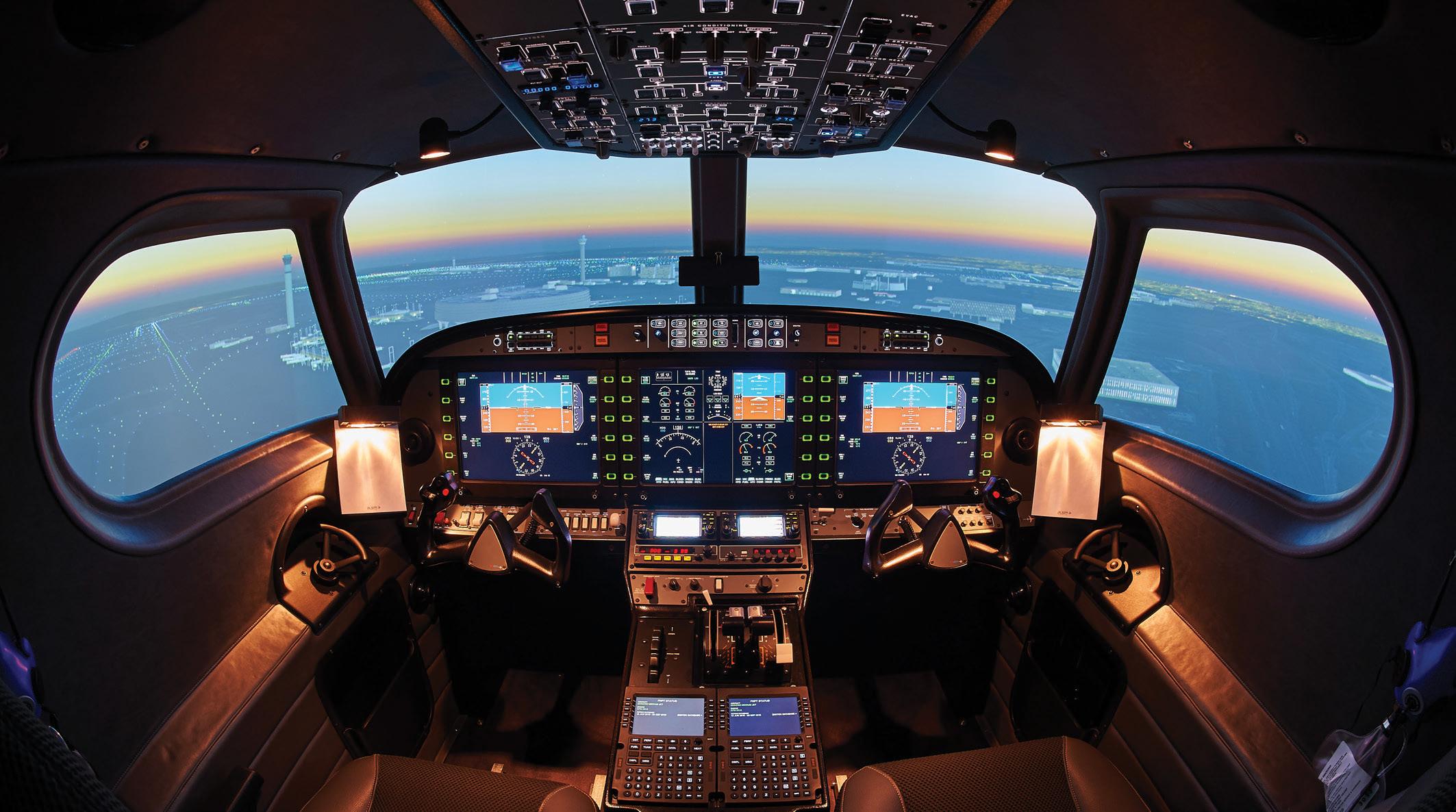
Tel No: + 27 11 701 3862
Email: info@aeronav.co.za Website: www.aeronav.co.za

011 701
info@aeronav.co.za
www.aeronav.co.za
SACAA/1110/ATO
93October 2022
AERONAV ACADEMY j Companies SA Flyer 2022 | 10TRAIN ON THE MOST MODERN FLIGHT SIMULATOR AVAILABLE IN SOUTH AFRICA WITH NEW VFR LEVEL TERRAIN GRAPHICS • Now certified for TCAS training. • RNAV and GNSS Certified on all flight models from single engine to turbine. PPL TO ATPL TRAINING AND EVERYTHING IN BETWEEN CONTACT US OR VISIT OUR WEBSITE FOR MORE INFORMATION: Tel:
3862 E-mail:
Website:
SACAA ATO No:
AERO SPORT CT (SACAA-1071-ATO) was born during 1991 as a Microlight School. Over the years we have grown to include microlights, gyrocopters, Light Sport and PPL training.
We specialise in Tailwheel conversions as well as instructors, night and commercial ratings. We also provide maintenance and annual inspections on all NTCA aeroplanes. We are qualified for transponder calibration, pitot leak tests and compass swing.
Aero Sport CT is based at Cape Winelands Airport, just outside Durbanville in Western Cape and as available to operate seven days a week.
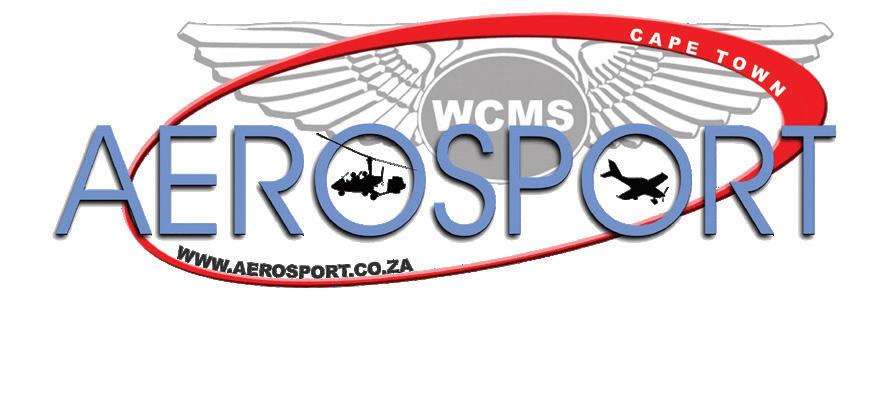
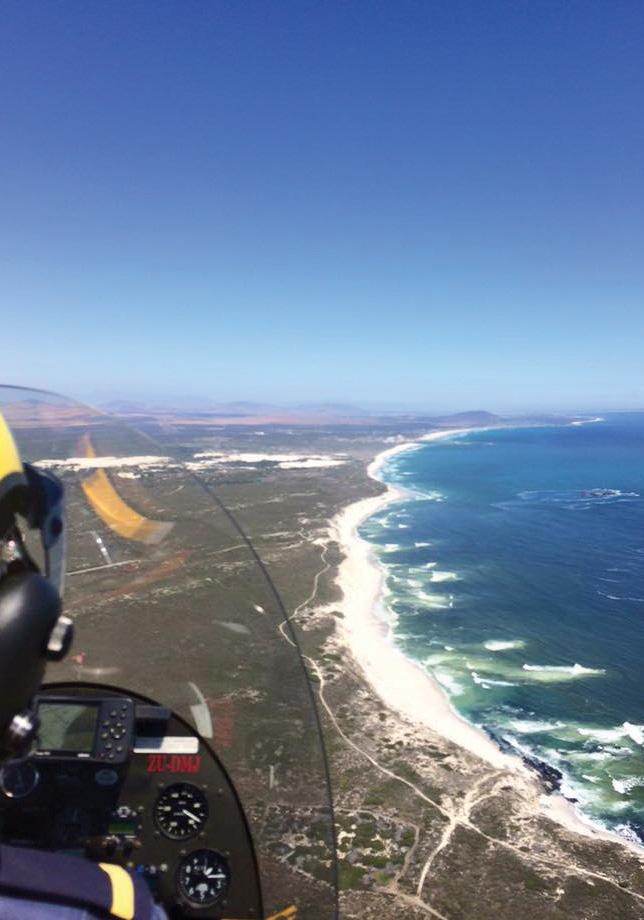
Contact: training@aerosport.co.za
Tel: +27 (021)21 001 8802
Cell: 083675 3541
AVCON JET AFRICA
At Avcon Jet Africa we focus on our extreme professionalism and corporate culture. We are proud to be part of the Avcon Jet Group, allowing us to serve not only the national markets, but beyond; bringing an even higher, more diverse level of expertise.
We offer Air Charters, In-House Simulators, Glass Cockpit Aircraft training, Aircraft Sales and Accounts Management, and advance flight training.

Our Self Fly Safari’s are truly one of a kind, priceless experiences. Embark on an adventure touring our countryside with a birds-eye-view, in a way only aviators can.
See the world like never before, by booking your introductory flight. We strive to offer you the best with our modern facilities, passionate experienced instructors and our well-maintained private fleet.
Adventure is at your fingertips with Avcon Jet Africa by your side.
Avcon Jet Africa, Main Terminal, Grand Central Airport, Johannesburg, South Africa.
Tel: 011 312 5676 | Email: office@avconjet. co.za | Find us on: Facebook, Instagram & LinkedIn
94 October 2022
AERO SPORT j Companies Cape Town's Premier Flying School Join us for an intro flight today! Our flight school has on-line exam base for CAA PPL and RAASA NPL exams. AEROSPORT BASEDAT CAPEWINELANDSAIRPORT We offer the following: LSA PMPL PGyrocopter License PPPL PCPL PInstrument rating PNight Rating PInstructor Rating PTailwheel ConversionsPAs well as Hire & Fly OUR FLEET: 1x Cessna 172m • Bush Baby - Explorer • 1x Savannah Xl • Aquila Trike • 2x Magni M6 Gyrocopters Aerosport Flight Training is located at Cape Winelands Airport, Northeast of Cape Town, near Durbanville. CONTACT DETAILS: training@aerosport.co.za Phone: +27 (0)21 001 8802 Mobile: 083 675 3541 www.aerosport.co.za SA Flyer 2022|10 SACAA-1071-ATO
j

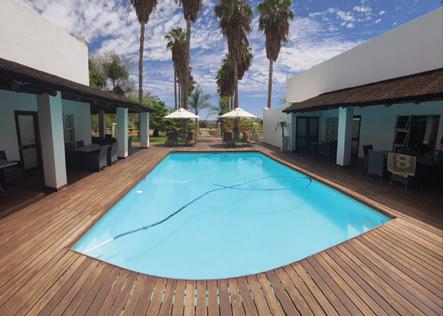
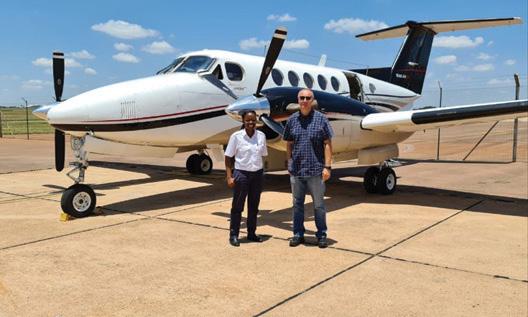
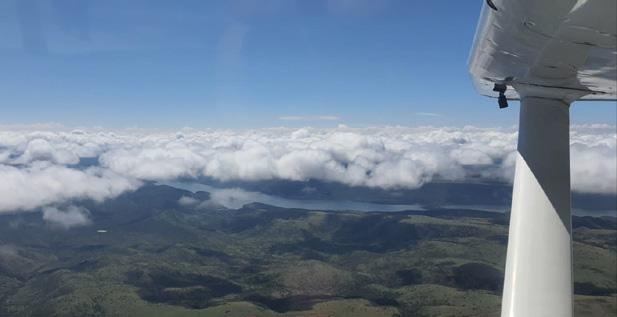
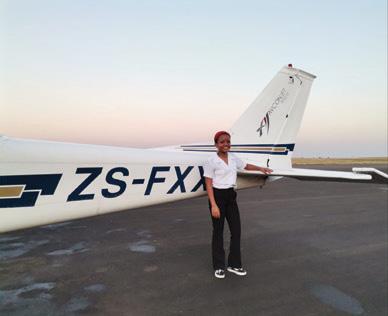

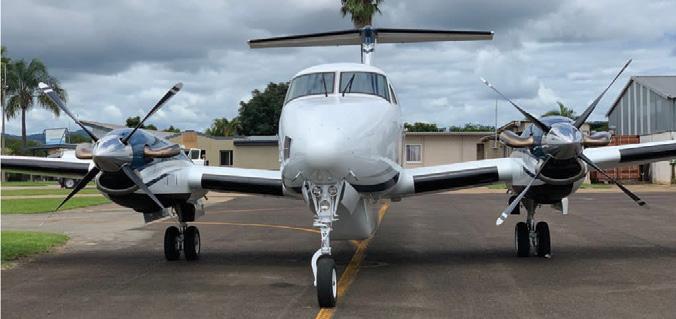
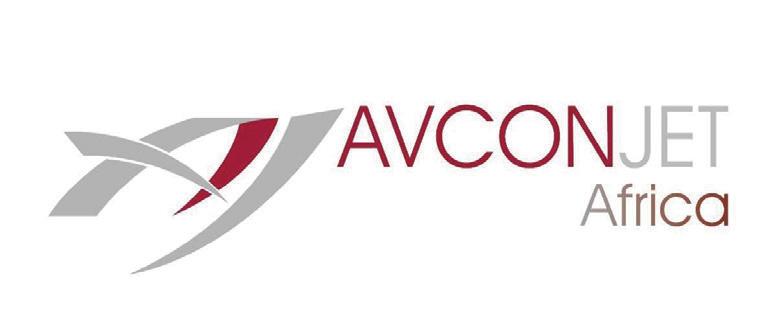


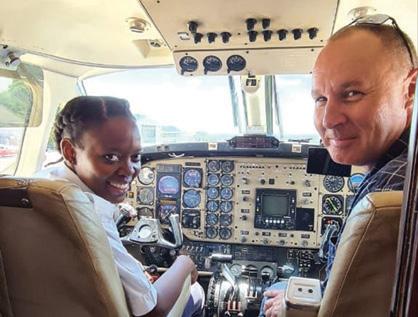

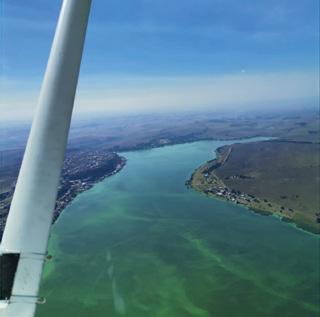
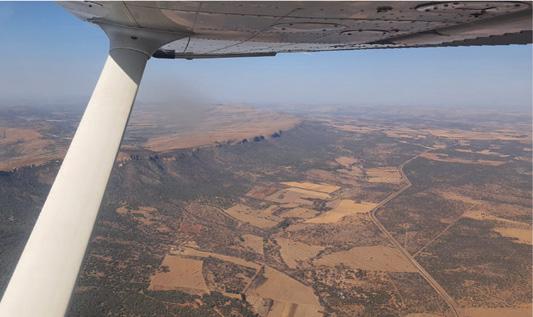

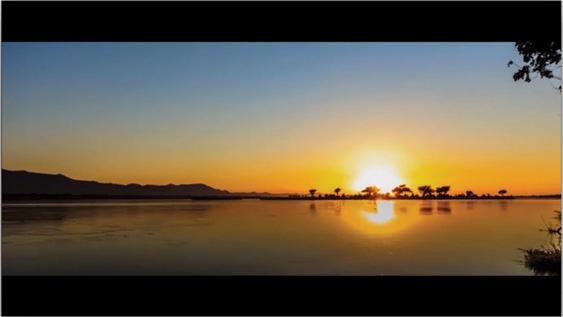
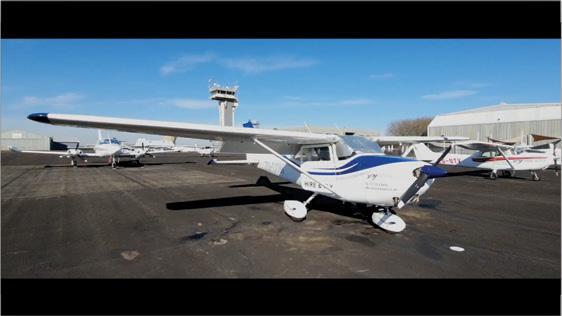
95October 2022
Companies
WE PROVIDE ALL FORMS of flying training and self-fly hire with the specific goal of making flying accessible to as many people as possible, within a friendly environment where members, students and their guests can relax after their flights.

The Algoa Flying Club, a not for profit organisation of flying enthusiasts with the aims and objects of promoting flying and flying training in all its facets and to the highest standards. It’s the shared experience that helps to make the Algoa Flying Club the right place to earn your wings.

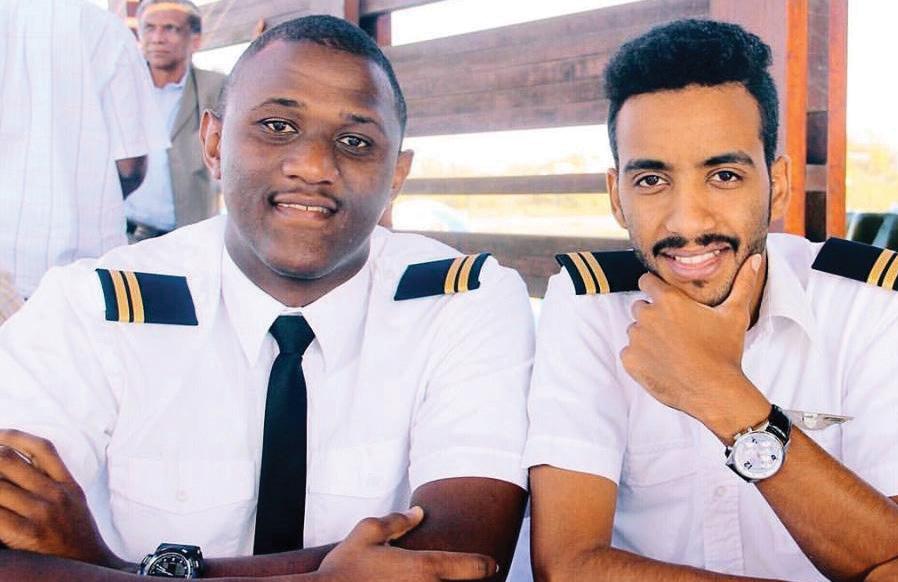
We boast a fleet of Cessna 152’s, Cessna 172’s, a Cessna 172Rg, a Piper Comanche, a Piper Seminole and an Airvan GA8 and a SACAA Accredited Elite Evolution S812 (FNPT 11) Simulator, which offers Multi Engine Piston based on the Beech Baron B58 and a Single Engine Piston based on the Cessna 172RG.
Contact: Telephone +27 41 581 3274 Email info@algoafc.co.za
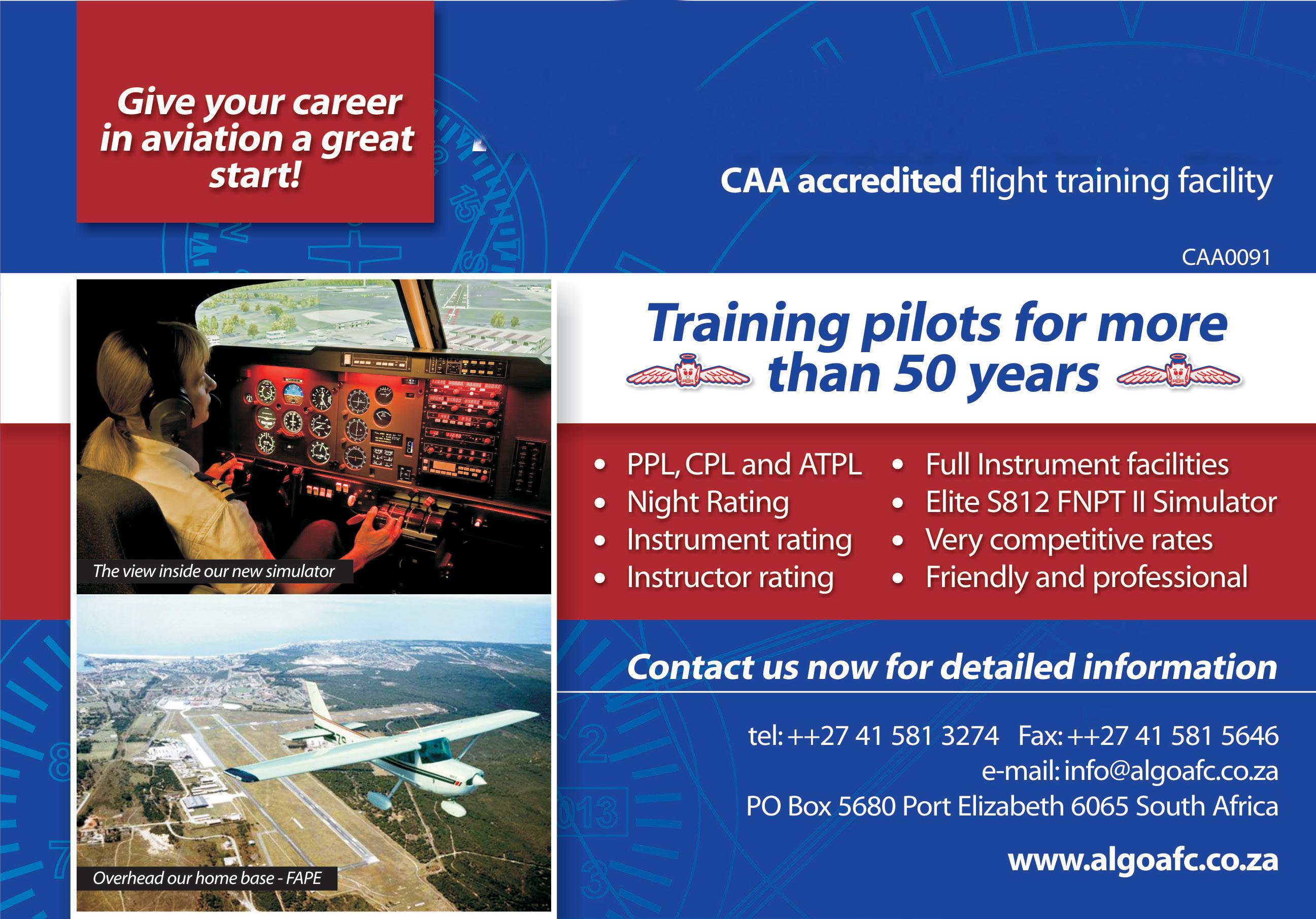
96 October 2022
ALGOA FLYING CLUB j • PPL, CPL & ATPL • Night Rating • Instrument Rating • Multi Engine Rating • Instructor Rating • Revalidations • 5 Year SACAA ATO Certificate • Elite S812 FNPT II Simulator • PPL Exam Test Centre • English Language Proficiency • Radio Telephony Proficiency • Pilot Shop • Club Facilities • Friendly & Professional TRAINING PILOTS FOR MORE THAN 60 YEARS Give your career in aviation a great start! SA Flyer 2022|10 ALGOA FLYING CLUB CA1006
Not ‘just another’ flying academy
A childhood dream and a great passion for all things aviationled to the founding of this company. Alpi Aviation is headed by avid aviation enthusiast, Dale de Klerk, who is an accomplished hangglider, microlight, glider and fixed-wing pilot. Dale has won several regional and national competitions, becoming world Rally Flying Champion in 2003. Dale also earned his Springbok Flying colours in Rally and Precision flying from 1995 through to 2004, and continues to challenge his considerable aviation capabilities in a wide range of aviation techniques, styles and aircraft.
ALPI Aviation SA was established after the demand arose for an accredited training organisation to cater for those who don’t want to

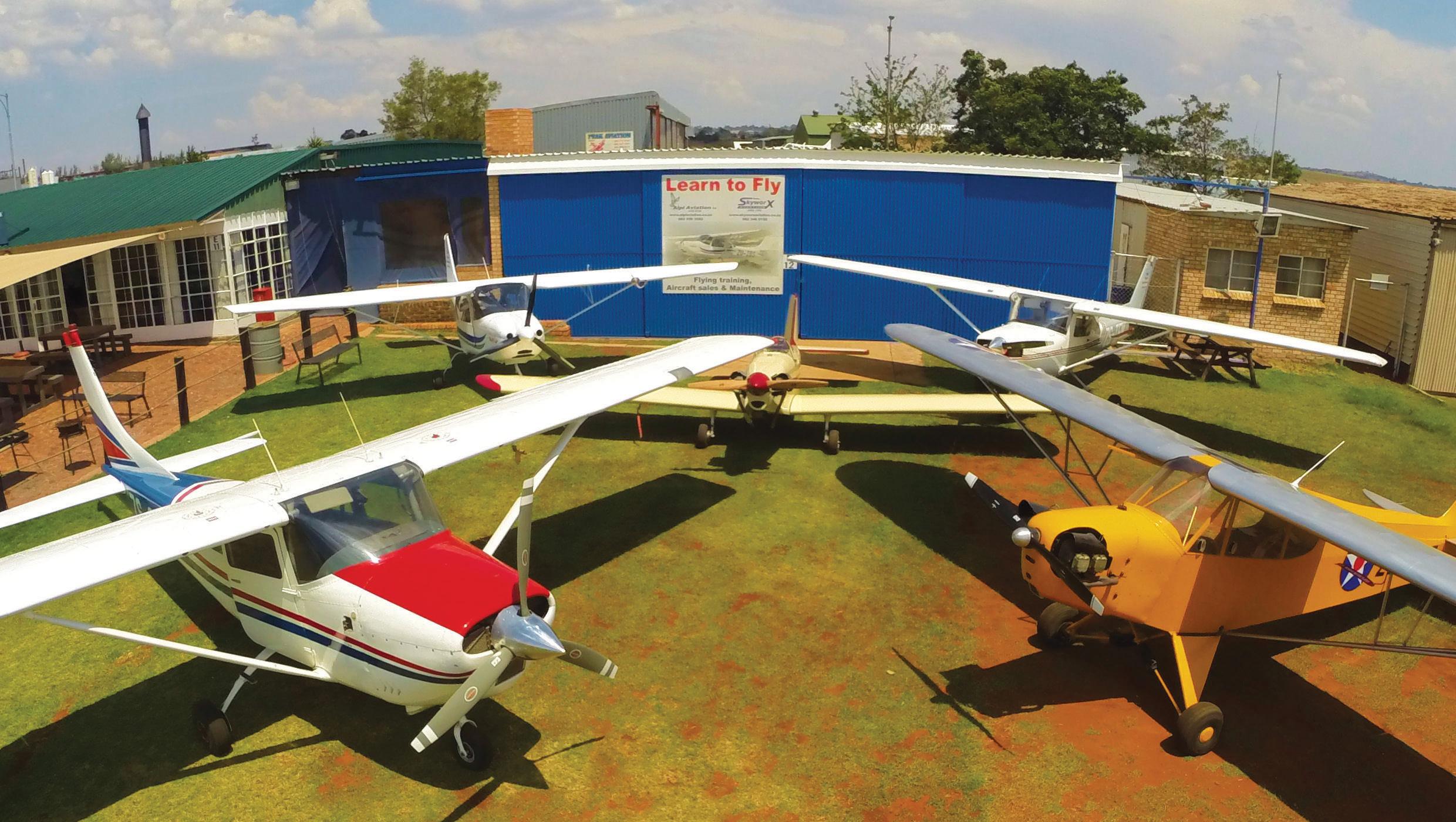
be, ‘just another pilot’. The intention was to build an accredited Flight School, certified to CAA standards, using experienced instructors with an ethos of respect toward all their students. At Alpi Aviation, we value the individuality of each student, and we will do our utmost to hone their capabilities and enhance their passion.
No one is ‘just another student pilot’. It is with this credo in mind that we invite you to personally experience how our broad background of solid aviation experience and expertise can take your flying career to new heights.
Contact Alpi Aviation on:

Tel: +27 82 556 3592 Email: dale@alpiaviation.co.za Website: www.alpiaviation.co.za
j
97October 2022
ALPI AVIATION
Companies WE NOW OFFER TAILWHEEL TRAINING www.alpiaviation.co.za Dale de Klerk Cell: +27825563592 Fax: 0866058948 Skype: dale_de_klerk Email: dale@alpiaviation.co.za FROM NPL THROUGH TO CPL LEARN TO FLY WITH US
ATNS Aviation Training Academy(ATA)
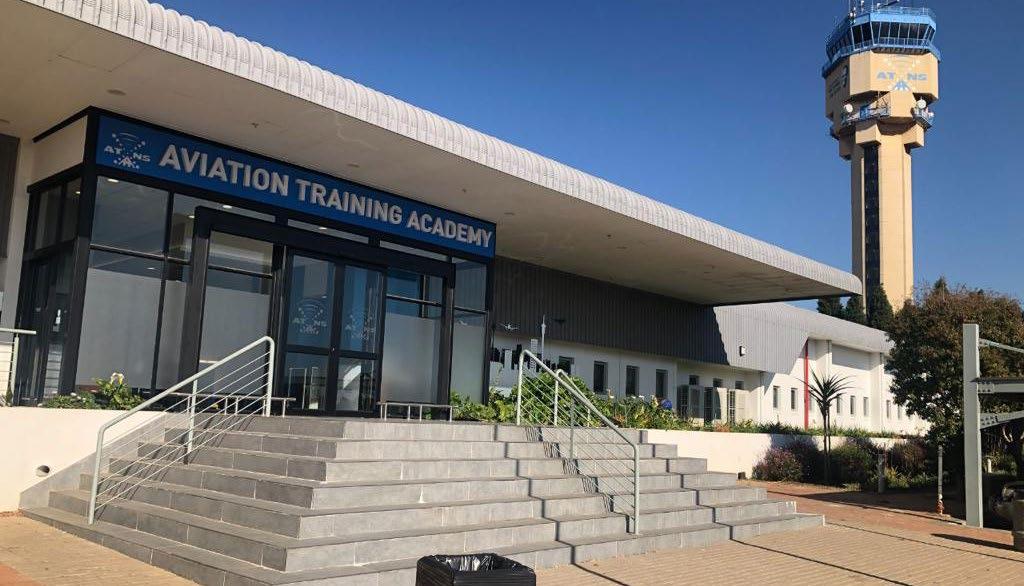
It is our vision to be a major contributing partner towards ensuring aviation safety in Africa through our training efforts. We are committed to world best practices and undertake to give each client the skills and knowledge to successfully take on the challenges faced by providers of Air Traffic Control and technical services.
As a TRAINAIR Plus full member and an ICAO Regional Training Centre of Excellence, the management of the Academy is uncompromising in delivering quality goods and services in accordance with ISO 9001 standards. Only professional instructors and quality personnel, coupled with state-of-the-art equipment and facilities, are used in the ATNS ATA Training value chain. This ensures that all training programmes are delivered to exemplary interna tional training standards.
As an International Air Transport Association (IATA) regional training provider, the ATNS ATA was awarded IATA’s Worldwide Top Regional Training Partner for several years running. This partnership has culminated in the ATNS ATA qualifying as IATA’s 2016 Premier Circle Member.
98 October 2022
• Basic Course. Ab initio (Core Content) • Aerodrome Control rating course • Approach Control Procedural rating course • Approach Control Surveillance rating course • Area control Procedural rating course • Area control surveillance rating course • Refresher courses for all ATS disciplines • Assessment courses for all ATS disciplines • On the Job Training Instructor course • Safety Management Systems course • Team Resource Management course • Train the Trainer course • ATSEP Surveillance Systems: Non-Radar • ATSEP Surveillance Systems: SSR & MSSR • VSAT II Communication Equipment • ATSEP Navigation Systems: ILS • ATSEP Surveillance Systems: Data Processing • ATSEP Communication Systems: Voice • Systems Maintenance Management for ATSEP • VSAT II Communication Equipment • ATSEP Surveillance Systems: PSR • ATSEP OSTI • ATSEP Basic Training • ATM/CNS Computer Networking • Air Traffic Services (ATS) courses: • Engineering Training courses • ICAO TrainairPlus courses • IATA courses
ATA prides itself with ensuring the students’ well-being before, during and after their interaction with the Academy and this is managed through our client relations team who oversee this end-to-end process.

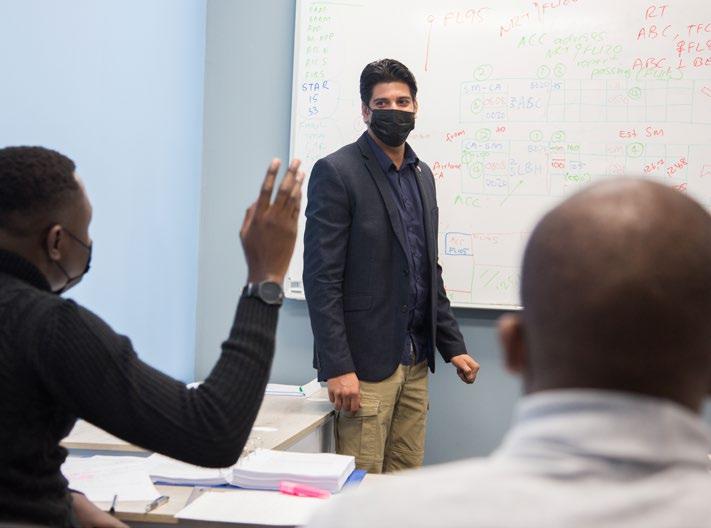
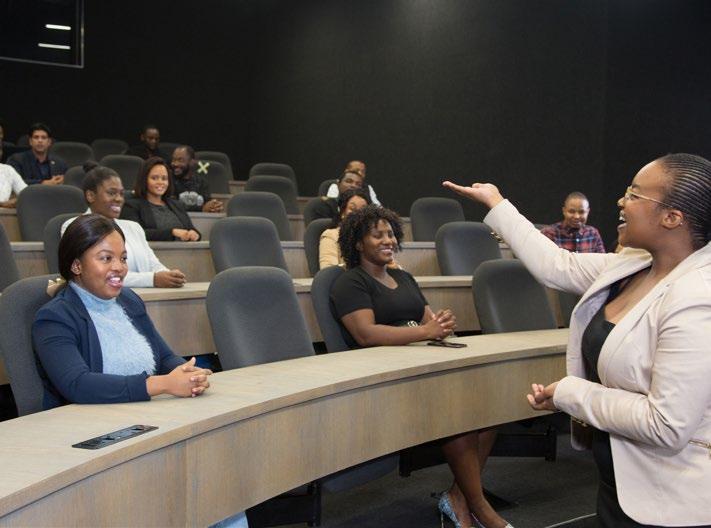

ATNS Bursar Program
The training bursary provides each bursar with an opportunity to conduct their studies at the ATNS Aviation Training Academy (ATA) in Bonaero Park. The following is offered as part of the bursary:

• Cost of tuition for the ATS Core Content Course
Accommodation, on a sharing basis, at a guest lodge arranged by the ATNS ATA
Transport to and from the ATNS ATA, as per study and practical requirements
Breakfast, lunch and dinner daily
A monthly allowance
10 days of non-academic activities as determined by the study programme co-ordinators
How do you apply?
ATNS communicates the dates of the various intakes for candidates to apply via our website www.atns.co.za and on our social media pages.

The process of being recruited as a bursar student will include the following:
• You will be required to write ability assessments
Interview
Medical Examination (conducted by an Aviation Medical Specialist)
Vetting
Only if you have been successful in all these steps may you be offered a bursary contract.
must be a minimum of 18-years-old
of the Bursary
Have Grade 12 with Maths and English (HG
or level 4 upwards)
Must be a South African citizen
Medically fit
99October 2022
•
•
•
•
•
• Applicants
for commencement
•
D or SG C
•
•
• Aeronautical Information Management Officer (AIMO) • Air Traffic Services Officer (ATSO) • Air Traffic Control Officer (ATCO) • Target Generating Officer (TGO)
•
•
•
Which bursaries does ATNS offer? Requirements for the programme? For more info contact: Tel: +27 11 570 0400 Email: atacrm@atns.com Website: www.atns-ata.com Address: ACSA Gate 14, Bonaero Drive, Bonaero Park, Kempton Park 1619 Gauteng
BORDER AVIATION OFFERS diverse training in fixed wing, helicopters and weight shift microlights. We carry out Ab-Initio Training (PPL & NPL), Commercial Pilot Training, Conversion to type training, Hour building for Commercial Students, Renewals, and Instrument Flight Training from PPL to CPL.

What makes us unique is that our dedicated team of instructors work with each student on a one-on-one basis, offering them tailored training specific to their needs. We also offer our Training out of three bases; Our East London Airport base allows for Instrument Flight Training
(IF Training). Our Wings Park base is situated just outside East London and allows for Short field training. Our third base is at Queenstown Airfield which gives our students an opportunity to do Mountain flying.

We welcome any aviation enthusiast from Ab-initio students to the casual weekend flyer to pursue their aviation passion. If you would like to find out more, please feel free to contact us on: Tel: +27 43 736 6181 Email: admin@borderaviation.co.za or editor@borderaviation.co.za Website: www.borderaviation.co.za
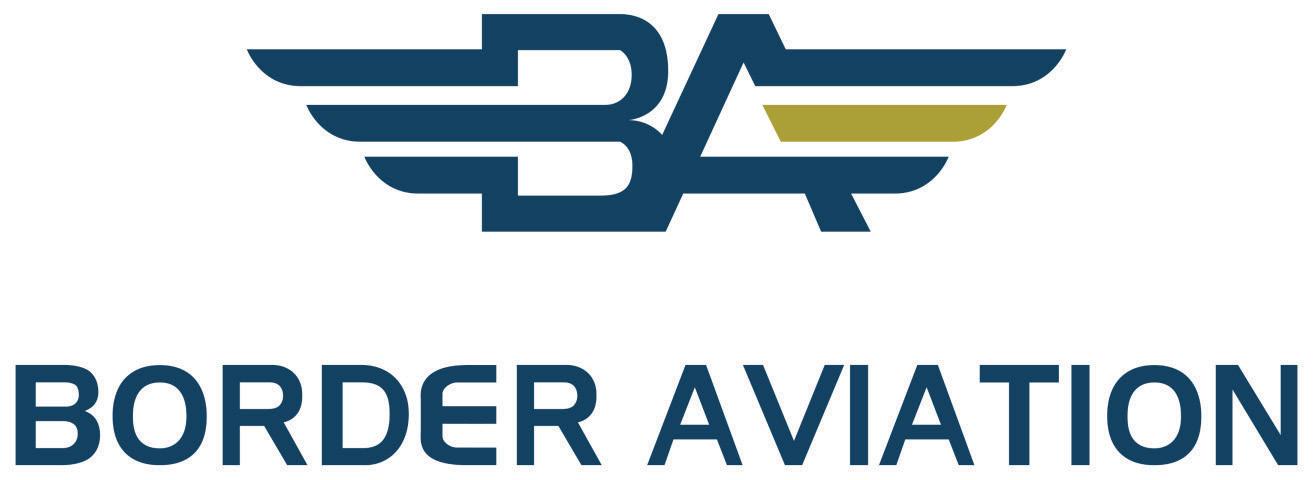


100 October 2022 Companies
BORDER AVIATION CLUB & FLIGHT SCHOOL j 043 736 6181 I TRAINING FROM: EAST LONDON I WINGS PARK AIRFIELD I QUEENSTOWN LEARN TO FLY WITH FIXED WING | HELICOPTER | WEIGHT SHIFT MICROLIGHTS www.borderaviation.co.za
BLUE CHIP FLIGHT SCHOOL
Our Pilots Become Captains!
Blue Chip Flight School has 25 years of experience, training professional and recreational pilots from over 30 countries. Situated at Wonderboom National Airport, we provide flight training from PPL to ATPL. Blue Chip has an accredited in-house examination centre, a modern fleet of aircraft as well as an SACAA approved FNPT II simulator.
We offer a web based, paperless electronic booking, authosheet and student file system. Hour building is with a difference; we host fly-
aways and cross country trips that provide unique opportunities to be exposed to unfamiliar environments, and our instructors are always close at hand for guidance.
There is no substitute for a personal visit. Every day is open day at Blue Chip. Better still, talk to people in the aviation industry, former Blue Chip students are in sought after positions worldwide.
Contact : Tel: 012 543 3050 Email: admin@bluechip-avia.co.za www.bluechipflightschool.co.za
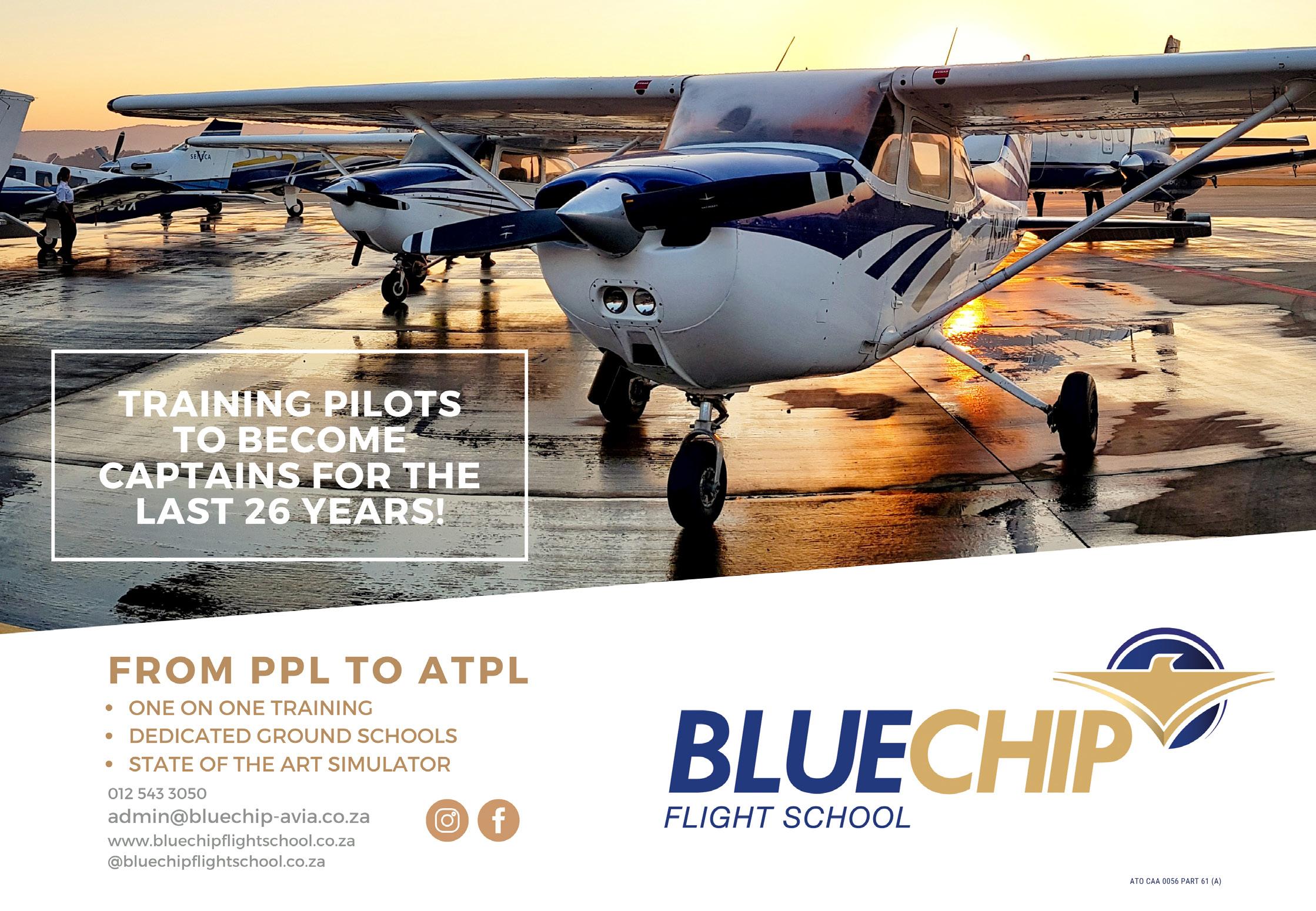
101October 2022
j Companies
Companies
CLEARSKY SIMULATIONS












CLEARSKY SIMULATIONS is a proudly South African flight simulation company based in Port Elizabeth. We specialise in mentorship-based flight training programs making use of the latest flight simulation technology.
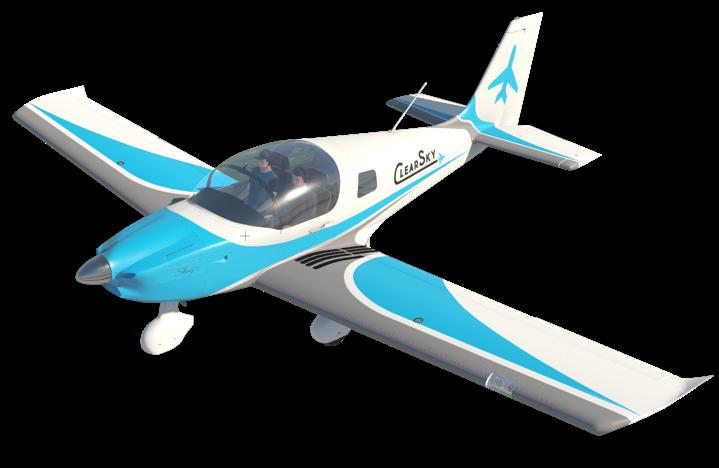
Our flight simulation training programs range from introductory packages to advanced flight training. All our courses are based on modern training methodologies and designed to supplement your flight training in order to achieve competency in the most efficient and cost effective manner.
Computer-Based Flight simulation training, combined with the powerful immersion of Virtual Reality headsets, has advanced to the point where it can effectively enhance the realism of
flight simulation training. In addition, the more relaxed environment is conducive to notional learning, whilst practically eliminating the common barriers normally associated with flight training.

Please feel free to contact us for more information or pop in for a free 20min simulated flight experience.
Contact:
(+27) 82 506 1308 – Stéphan Smit
(+27) 82 654 6638 – Pierre Smit
Email: info@clearskysim.co.za
Website: www.clearskysim.co.za

YouTube: ClearSky Simulations
Or look us up on Facebook and Instagram
Who is ClearSky Simulations?

ClearSky Simulations specialises in synthetic flight training, making use of the latest computer based flight simulation technology. Whether you dream is to fly privately or become a commercial pilot, ClearSky Simulations has you covered.
Bay School of Flight, which includes an additional 30 hours of flight simulation

102 October 2022
j Usethepromocode,SAFlyer, fora10% discountonourproducts.Validuntil 31st December2022. Come Fly With Us
han Smit / (+27) 82 654 6638 – Pierre Smit
DEAL ALLIANCE STARTED out as an Alliance between two aviators in 1999. The name DEAL is a unique combination of the first names of founders: Deborah and Alyson: DEAL ALLiance Aviation Training.
Although Deborah and Alyson have followed different career paths, DEAL ALLIance, now run solely by Deborah Mann has continued to serve the Aviation Industry with high quality and innovative training in all aviation subjects and certification.
Deal Alliance’s facilitators are highly qualified and passionate about training. We have even captured many French pilots who are training for higher licences and appreciate our knowledge and commitment.
ALLIANCE j
Although we hope to offer some of our courses online we do believe in face to face interactions and will never stop this form of training. Our CRM courses in particular never fail to make a positive impact on our pilots. We believe in attitude training that forms the basis of operational excellence in our industry.
Contact: Mobile: +27 (0) 82 495 8179 Email: info@dealalliance.co.za www.dealalliance.co.za www.facebook.com/dealalliance



Location: Beechcraft Road, Cape Town International Airport

103October 2022
DEAL
SAFETY MANAGEMENT SYSTEMS 1 DAY REFRESHER COURSE CRM INITIAL / REFRESHER MONTHLY COURSES COMMERCIAL & AIRLINE TRANSPORT LICENCE THEORY COURSES SAFETY & EMERGENCY PROCEDURE TRAINING AVIATION ENGLISH LANGUAGE PROFICIENCY (LPR) TEST CENTRE SAFETY MANAGEMENT SYSTEMS 5 DAY INITIAL COURSE Cell: +27(0) 82 495 8179 info@dealalliance.co.za www.dealalliance.co.za PERFORMANCE BASED NAVIGATION/RNP/GNSS THEORY COURSE TRAIN THE TRAINER COURSE Companies
Companies
“For those who love to fly”
With a modern fleet, knowledgeable instructors and excellent facilities, Flitecare Aviation takes a bespoke approach to Aviation training. Situated at Wonderboom National Airport close to two general flying training areas. Our students range from scholars to pensioners and the average Private Pilot’s License (“PPL”) completion time is only fifty-two flight hours. Flitecare’ s enthusiastic instructors and staff are committed to offer every student an unrivalled and unique experience.
The backbone of Flitecare’ s training fleet are four Sling 2 aircraft with EFIS and analogue instrumentation for initial PPL, night rating and
turbo conversion. An Extra 300 can be used for spin and upset recovery, and abnormal attitude. If you prefer vintage flying the 1955 Piper Pacer is perfect for tail wheel training.

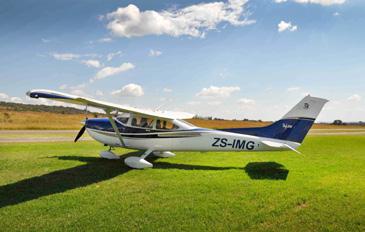
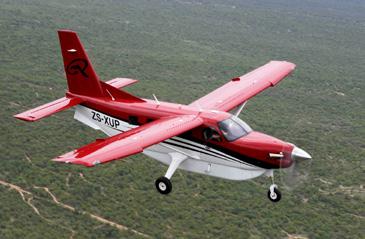
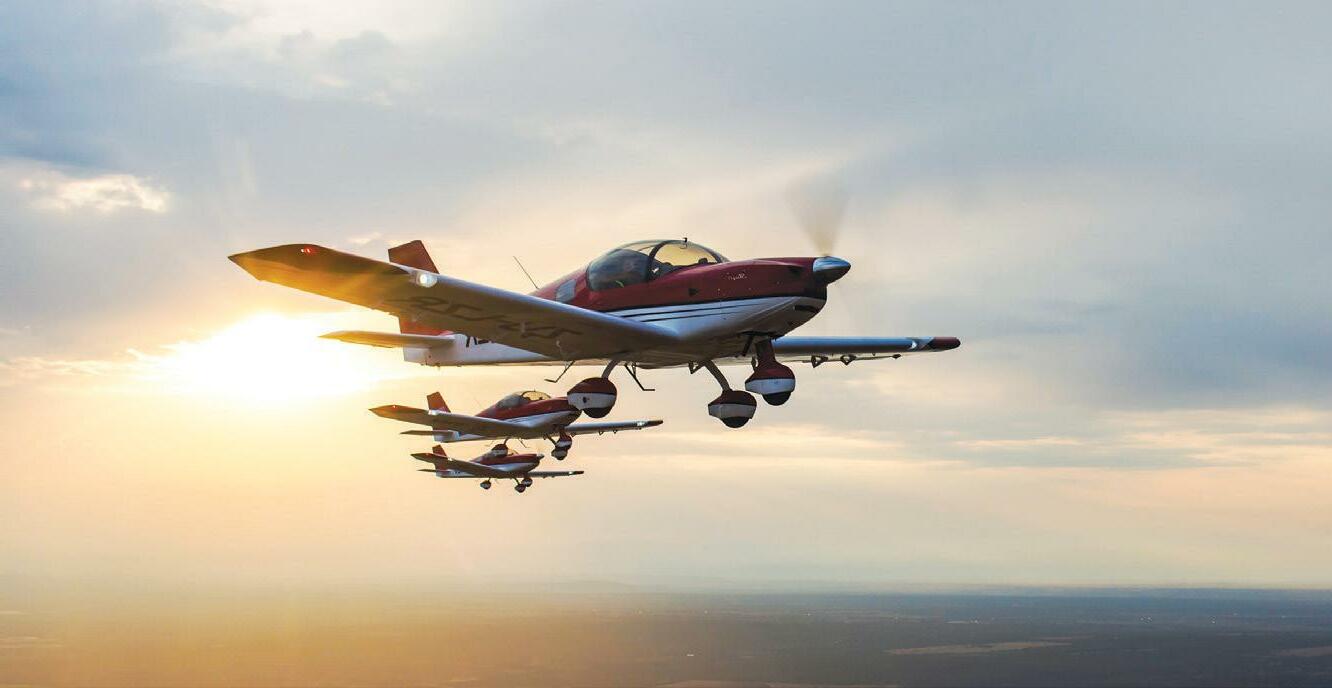
Advanced training options: Initial Turbine Ratings and conversions on Quest Kodiak (Garmin G1000 equipped) or Blackhawk Grand Caravan (GTN750/650 equipped) Cessna 402 conversion training


Hangar 38, Wonderboom Airport, Pretoria Tel: (012) 543 1415 / 071 556 0480
E-Mail: reception@flitecare.co.za
104 October 2022
FLITECARE AVIATION j FLITECARE FLEET: Cessna Blackhawk Caravan, Quest Kodiak, Cessna 402C, Piper Saratoga, Cessna 182, Piper Pacer, Sling 2, Extra 300 PROFESSIONAL TRAINING AVIATION 52 hour average PPL completion time SACAA/1100/ATO Initial Tail Wheel Rating Initial Multi-Engine Rating Initial Turbine Rating Instrument Rating PPL, CPL and ATPL Hanger 38, Wonderboom Airport | reception@flitecare.co.za | T: 012 543 1415 + 27 (0)71 556 0480
JOHANNESBURG FLYING ACADEMY
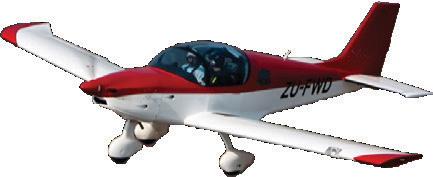


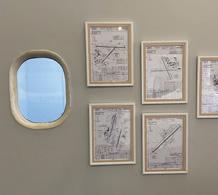


Johannesburg Flying Academy established in 1984, is a SACAA approved Flight Training Facility situated South of Johannesburg. Due to our unique location at Panorama airfield, no time is wasted flying to and from the general flying area or on the ground waiting for flight clearances.
JFA offer professional training by dedicated and qualified instructors for National Pilot Licence (NPL) Private Pilot Licence (PPL), Commercial Pilot Licence (CPL), Instructors rating, Night rating, Renewals, Conversions, Endorsements, Tailwheel ratings in a relaxed, professional environment.


Training is carried out,7 days a week, on our modern fleet of 2-seater, Sling Aircraft and is tailored to your individual needs.
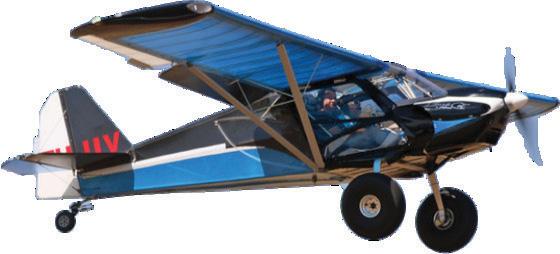
Contact: Office: (+27) 083 702 3680 Email: info@jhbflying.co.za

Panorama Airfield, Alberton

105October 2022
j PILOT TRAINING • National Pilot License • Private Pilot License • Commercial Pilot License • Night Rating • Instructors Rating • Tailwheel Rating • Conversion / Renewal • Hour Building • Owner Training • Foreign Validations Training Fleet: 1 x Sling 4 • 6 x Sling 2 (PPL , LSA) • 1 x Bushcat Tailwheel 083 702 3680 • info@jhbflying.co.za www.jhbflying.co.za Panorama Airfield CAA 0055 SACAAACCREDITED CENTREEXAM Companies
L&A’S SACAA-APPROVED ATO offers training courses from the mandatory 5-day Safety Management System and a 5-day Quality Management System & Auditing course to one-day ERP and several recurrence training courses. These courses are tailored to include RPAS companies too.
All L&A open courses (besides SEPT) are currently presented in a ‘virtual’ classroom, with the facilitator in attendance at all times. These classes require a minimum of 4 to a maximum of 16 delegates, to enable everyone the best individual instruction.


Online training course delegates are emailed their manuals prior to the commencement of training with certificates emailed to successful delegates on the completion of their course, with in-house training course delegates receiving printed hard copy manuals and certificates. Corporate in-house local and worldwide training, our speciality, has also now resumed.
Contact details: info@litson.co.za Phone: +27 21 8517187 Web: www.litson.co.za

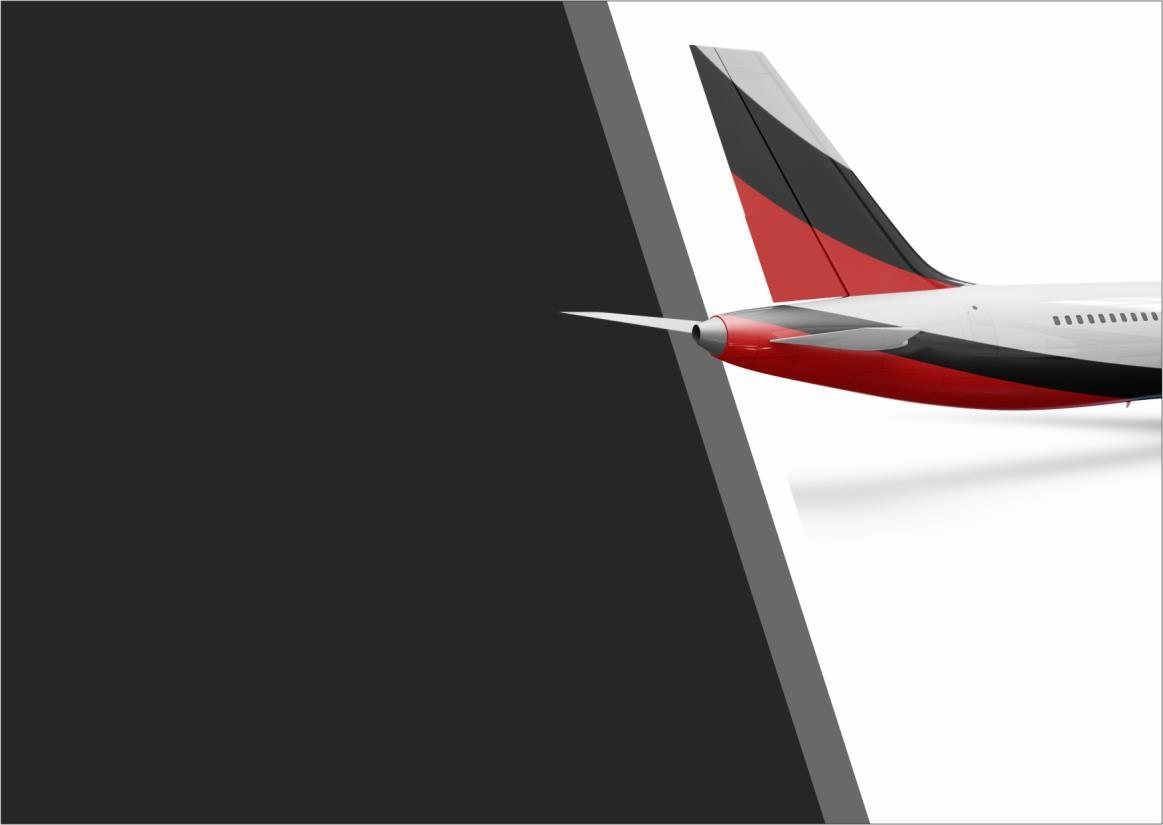
106 October 2022 Companies
LITSON & ASSOCIATES CLASSROOM TRAINING j A SA CAA APPROVED TRAINING PROVIDER Aviation Training Courses * SA CAA ATO 1119 approved courses •* Safety Management Systems • * Crew Resource Management • * Safety Emergency Procedures Training (SEPT) •Aviation Lead Auditor • Occurrence Investigation •Emergency Response Planning (ERP) •Quality Management Systems and Auditing • Co-ordinator Occupational Health & Safety (COHS) ALL COURSES AVAILABLE ON LINE (excl SEPT) (live learning in a virtual classroom) FROM PLANNING TO LANDING www.litson.co.za info@litson.co.za call us on: +27 (0) 21 851 7187
LANSERIA FLIGHT CENTRE, established in 1989 offers professional flight training now located at Grand Central Airport. Our aim is to provide our clients with the highest standard of comprehensive training available and experience that you can draw on to plan your training and future in aviation. LFC is internationally recognised as a first-class flight school and aviation training organisation. We specialise in providing professional pilot training and private pilot training for domestic and international aviation students.
LFC is the first choice among aspiring pilots for professional flight training; we cater for domestic & international students, and offer full-time or part-time training.
With his team and over 35 years’ experience, Ian Dyson looks forward to continuing a rich tradition of professional pilot training and flight services to the aviation industry.
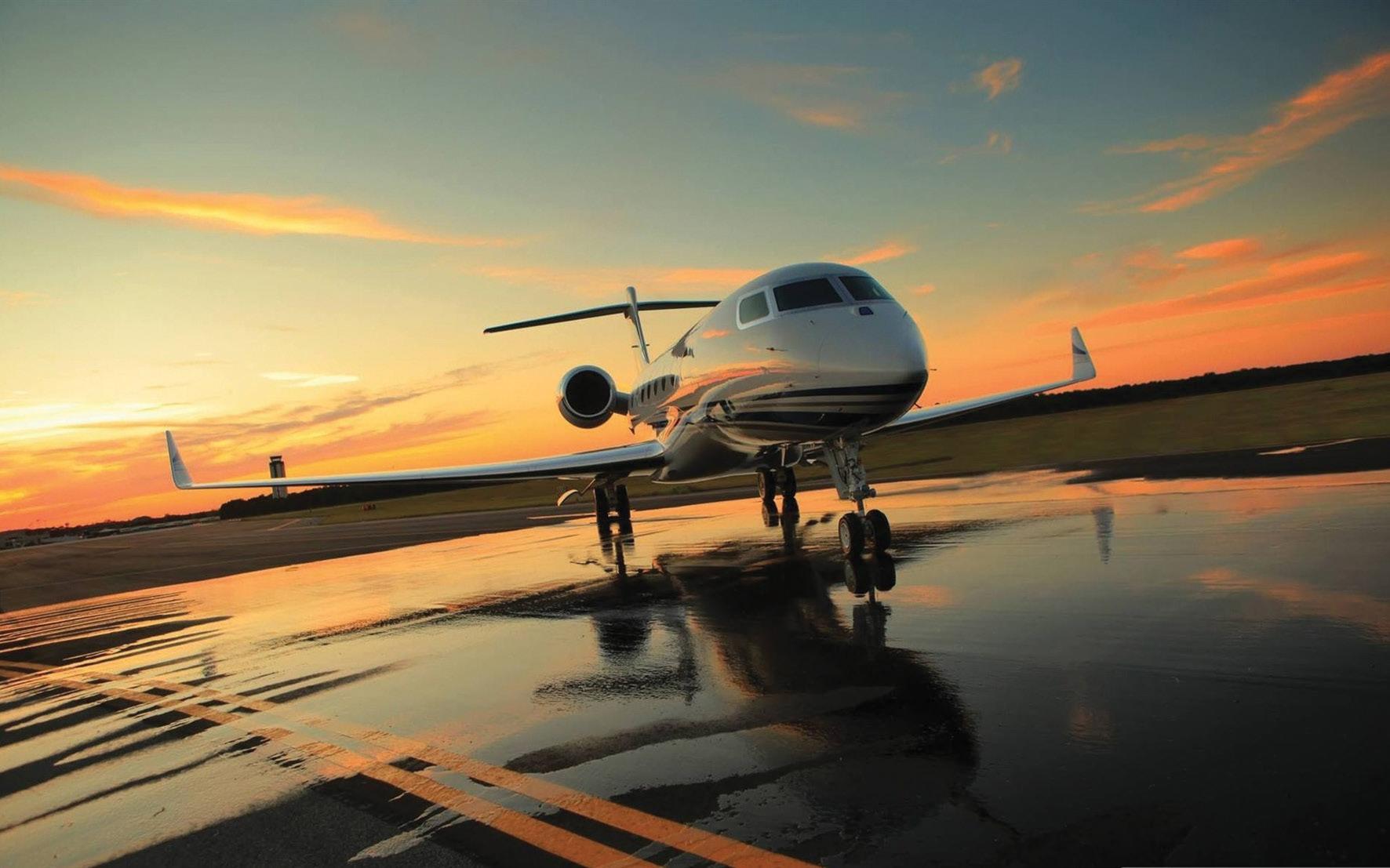
We have successfully trained both domestic and international airline pilots, hobby aviators, hourbuilding programs and supported advanced pilot training.
Many of our students now fly for the world’s top airlines including British Airways, Qantas and Emirates.
Contact: Grand Central Airport, Midrand +27 11 312 5166 www.flylfc.com

107October 2022 Companies
LANSERIA FLIGHT CENTRE j SA Flyer 2013|02 info@flylfc.com www.flylfc.com GRAND CENTRAL AIRPORT TEL: 011 312 5166 or 011 659 2810 CAA0040 LANSERIA FLIGHT CENTRE PILOT TRAINING • AIR CHARTER ENROL NOW! • PROFESSIONAL TRAINING • PPL, CPL • AIRLINE PILOT’S LICENCE • JET RATING • SIMULATOR • GLASS COCKPIT • SUPERB FLEET GroundCommercial School -Individual subjects welcome. EASAFrozen ATPL availablenow EASA Conversions
MADIBA BAY SCHOOL OF FLIGHT
8 Good reasons to Fly with Madiba Bay School of Flight:
Port Elizabeth Airport has an ILS on 2 runways. You will learn to fly in the Air Traffic Control environment. The air is clear, and the exquisite coastline stretches for 1000 km in either direction.

Student Accommodation is within easy walking distance of airport.
From zero to CPL with IFR on Multi Engine costs only R500 000.

We operate 6 Sling2 aircraft with Rotax 912iS engines. These are the very best training aircraft
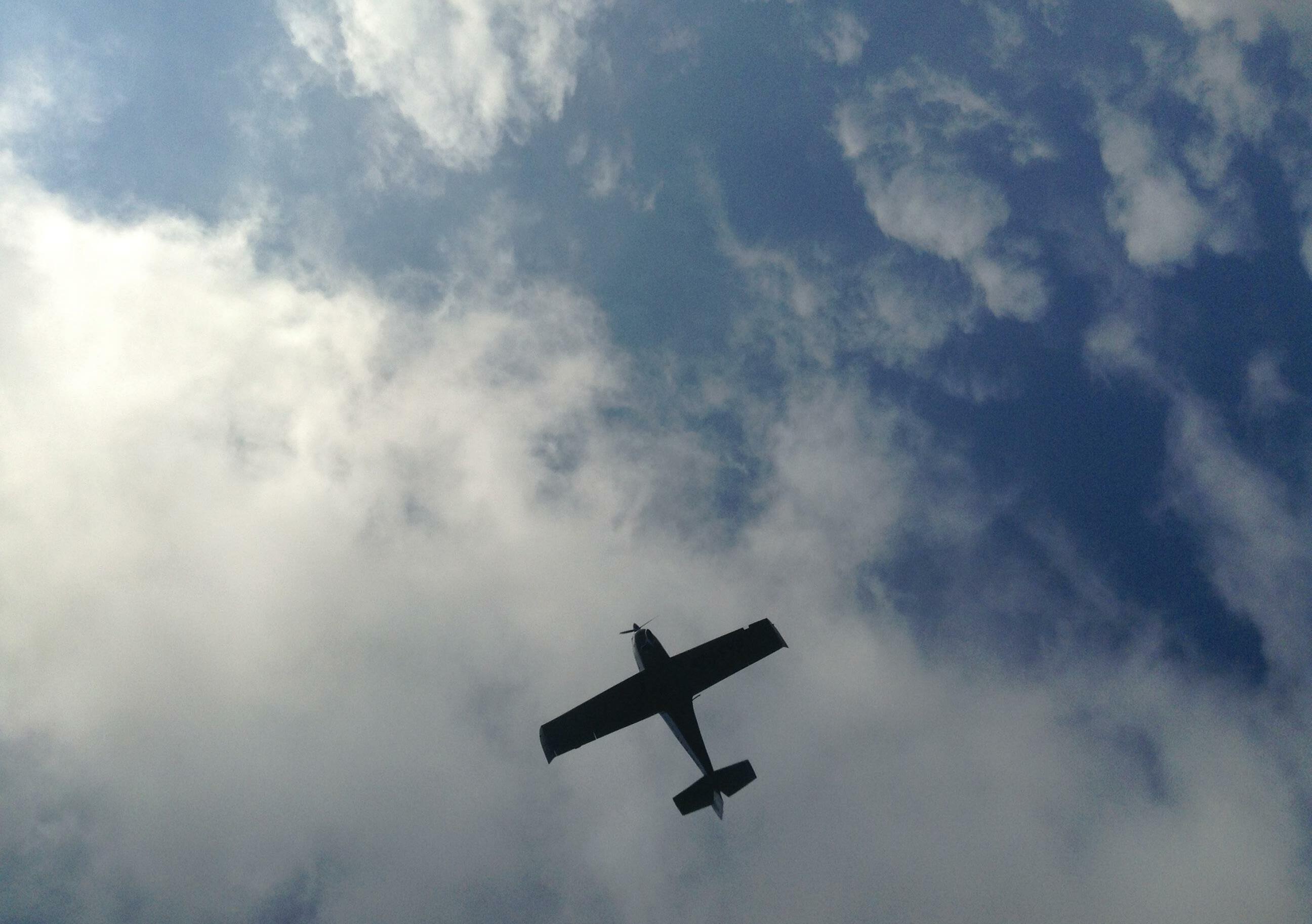
in the business. Our multi engine aircraft is a Piper Twin Comanche.
We are well known for our high standard of training.
We take great pride in our super friendly family atmosphere.
Our facilities are fantastic. You can watch your friends perfect their landings while you enjoy snacks from the café, on the balcony.
Contact: info@mbsf.co.za
Gerhard: 083 235 7351 Office: 067 972 8069 www.mbsf.co.za
operate 6 Sling aircraft. Features: 700kg Non-LSA, Glass cockpit, Safe 11-hour fuel endurance, Safe, modern engine, Triple redundant electrical system, Stick control, Best handling, Highly stall resistant.
Courses Offered: PPl, CPL, IR and Night Rating.
Address: Boeing Rd, Port Elizabeth International Airport, Walmer Website: www.mbsf.co.za

Email: info@mbsf.co.za
Phone: +27 (0)83 235 7351
108 October 2022 Companies
j • EXCEPTIONAL PRICES • BEST AIRPORT FOR TRAINING • HAPPY STUDENTS • HIGH STANDARD OF TRAINING • WALKING DISTANCE ACCOMMODATION • MODERN AIRCRAFT We
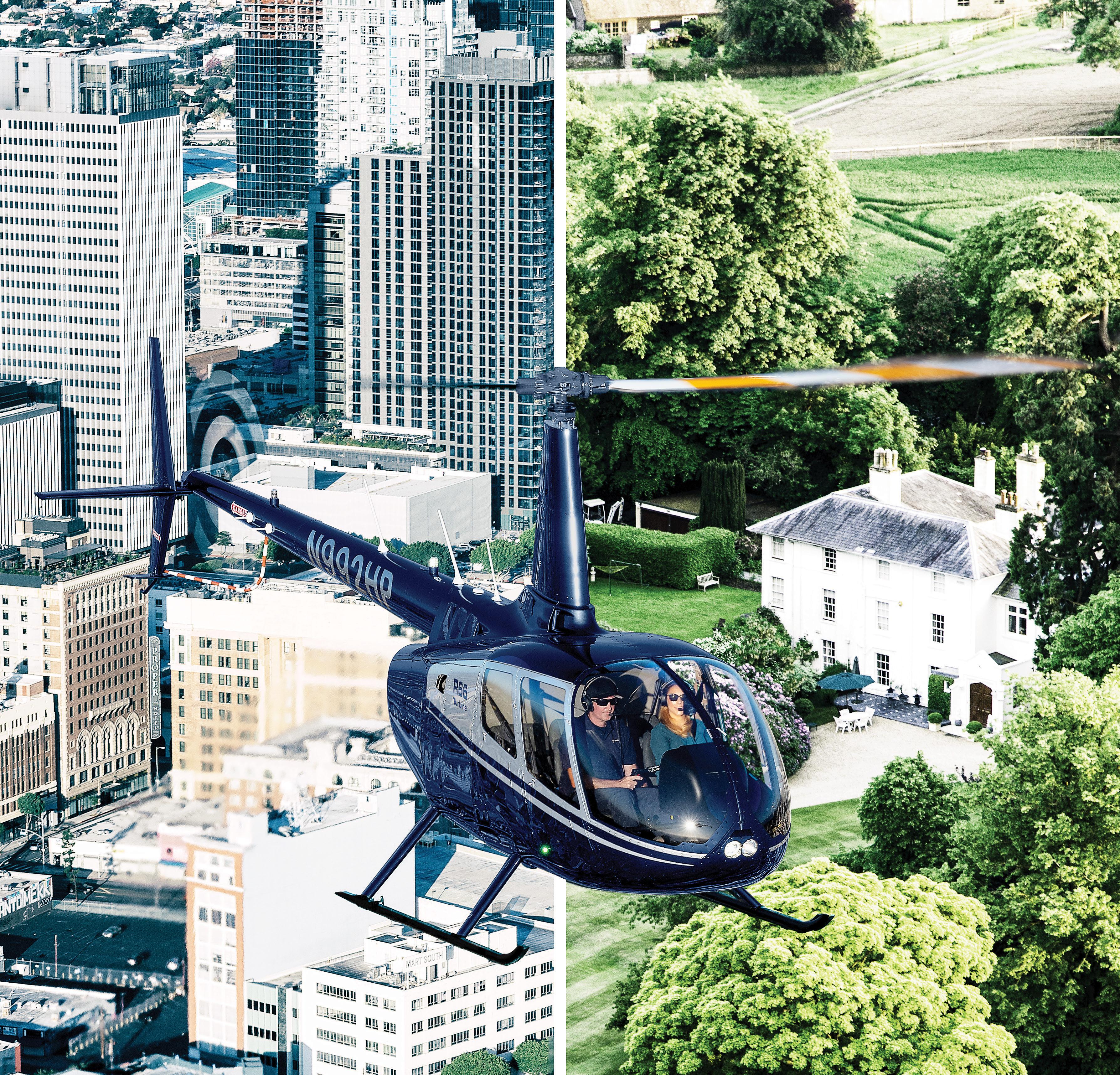











109October 2022 TOWN & COUNTRYTOWN & COUNTRY *Optional equipment. © Robinson Helicopter Company. R66 and Robinson are registered trademarks of Robinson Helicopter Company • Glass Avionics & Autopilot* • Extended Range with Aux Fuel Tank* • Baggage Compartment www.robinsonheli.com R66 TURBINE
WE GIVE OUR AVIATORS the resources they need to become the top standard in aviation.
Springbok Air Academy is no ordinary air training organization. Our focus is not just about teaching you how to fly an aeroplane, we mentor you to become a professional aviator. We train our students through the following:
• Private Pilots License
• Night Rating
• Instructors Rating, GR III, II, I



• Multi-Engine Rating
• Instrument Rating
• Commercial Pilots License
• Airline Transport License
• A320 and B737 Type Ratings
• Any other Rating for Special Purposes.
Springbok Air Academy Advanced
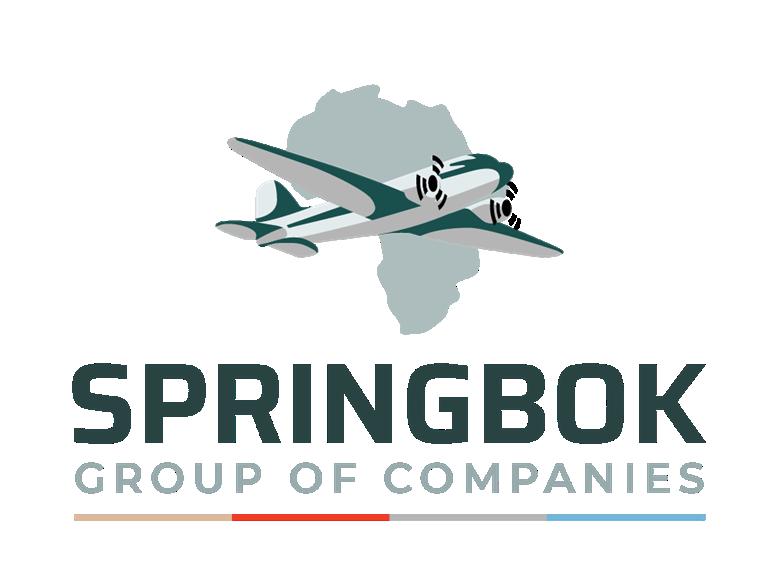

Springbok Air Academy Advanced is there to prepare Aviators for their transition into the big commercial leagues. We have the facilities to provide you with the following:
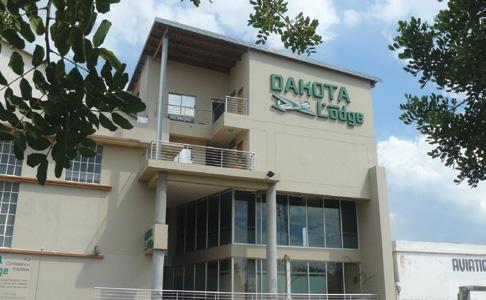
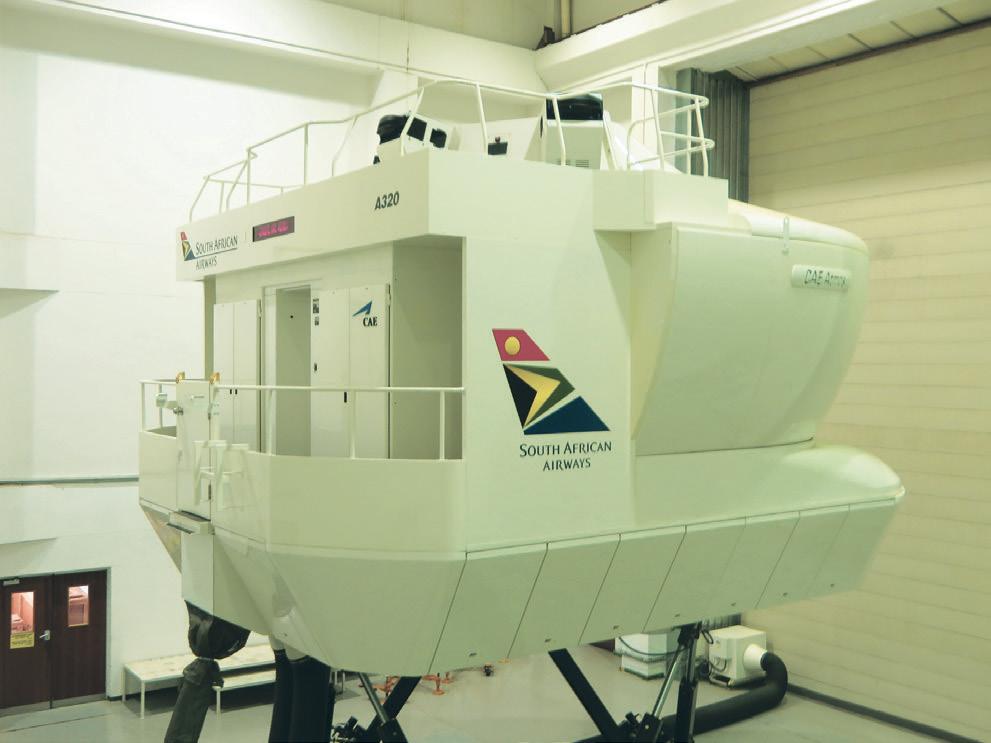
• Instrument Rating
• Multi Engine Rating
• Airbus A320 Family and A330 Type Rating
• Boeing 737 Type Rating
• Any other Ratings for Special Purposes.
Telephone number: 011 824 2142
Email: info@springbokclassicair.co.za Website: www.springbokclassicair.co.za

110 October 2022
SPRINGBOK AIR ACADEMY j AIRBUS A320 TYPE TRAINING SA CAA APPROVED PPL - CPL - ATPL Night Ratings Instrument ratings Twin ratings Instructors ratings All ground school subjects SA CAA approved test centre Accommodation available at Dakota Lodge (three star) E-mail: info@springbokclassicair.co.za Website: www.springbokclassicair.co.za • www.dakotalodge.co.za SA Flyer 2022|10 TEL: +27 11 824 2142 SA CAA ATO 1153 Companies
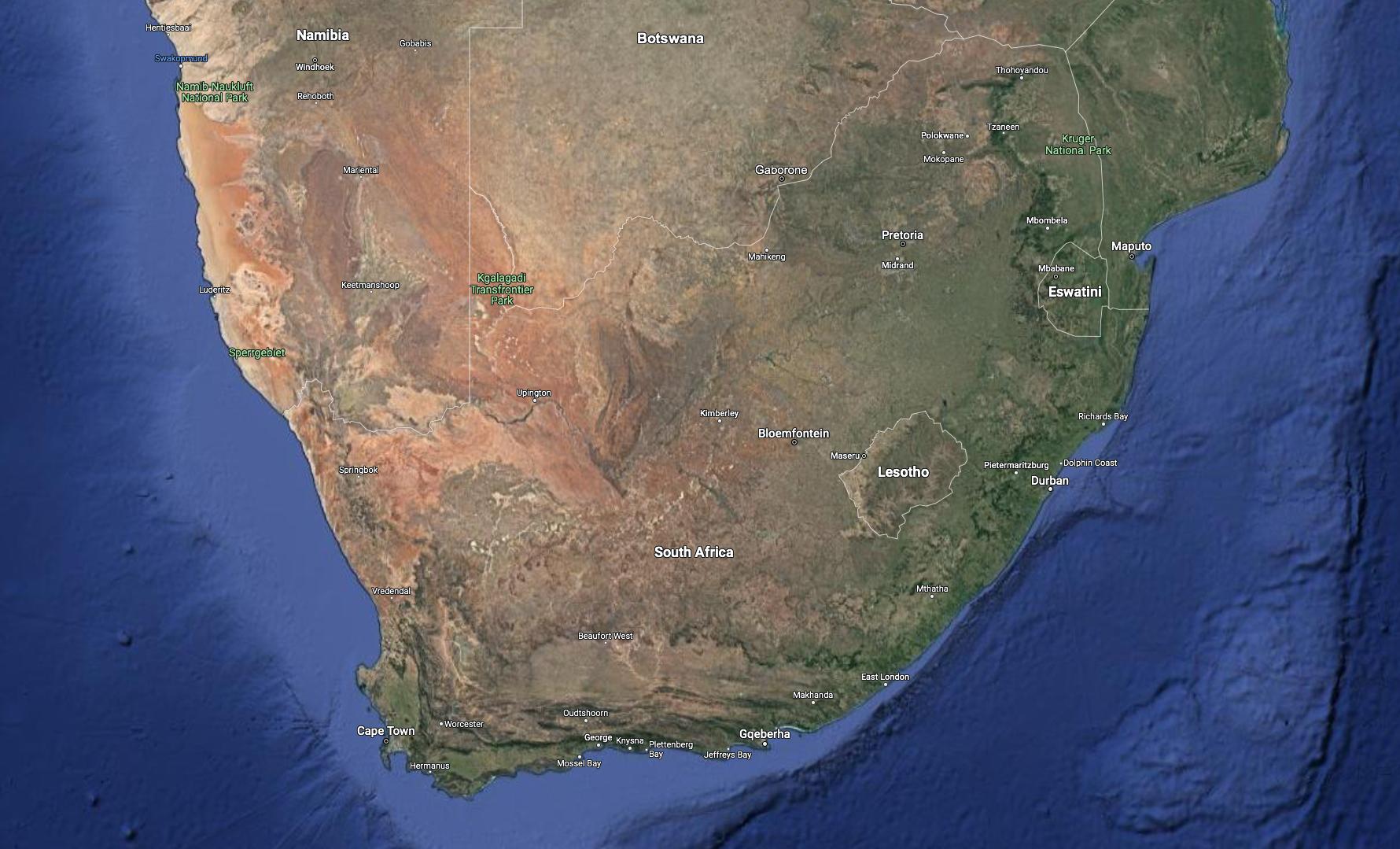
 TerraMetrics,
AfriGIS (Pty)
TerraMetrics,
AfriGIS (Pty)
111October 2022 Imagery ©2022
Map data ©2022
Ltd LOCATIONS CLICK LOCATION ON MAP BELOW TO LINK TO AN INTERACTIVE MAP 3 6 1 - 4 Aviators 2 - Aeronav 3 - Aerosport 4 - Algoa Flight Club 5 - Alpi 6 - ATA 7 - Avcon Jet 8 - Blue Chip 9 - Border Aviation 10 - Clear Sky Simulations 11 - Deal Alliance 12 - FliteCare 13 - JHB Flying Academy 14 - Lanseria Flight Centre 15 - Litson and Associates 16 - Madiba Bay School of Flight 17 - Springbok Air Academy 10 12 13 2 9 41 17 11 14 15 16 5 8 7
ALICE ELECTRIC PLANE FLIES
Eviation’s all-electric Alice quietly took to the air for its first test flight.
TEST PILOT STEVE CRANE flew the ninepassenger aircraft, powered by two 640-kilowatt electric motors, from Grant County International Airport in Washington.

Alice flew for eight minutes and reached a maximum altitude of 3,500 feet before landing safely back at the airport. A reporter noted, “When the two motors powered up they sounded like electric grass trimmers. And when the plane flew overhead, the noise was more like a hum than a roar.”
Steve Crane explained that the relatively short flight was intended to be the first in a series of “baby steps” for the test programme. “Today was just about the initial envelope,” he told reporters. “For future tests, we’ll expand that envelope.”
“What we have just done is made aviation history,” Gregory Davis, Eviation’s president and CEO, said after the flight.
Eviation’s all-electric Alice taxies out for its first flight.
The Alice aircraft — whose name was inspired by the book “Alice in Wonderland” and the Jefferson Airplane song “White Rabbit” — will come in different variants for commuter, cargo and executive flights. Davis said the initial goal is to build a plane with a maximum range of 200 to 300 nautical miles. According to Eviation’s stats, Alice’s maximum useful load would be 2,500 to 2,600 pounds, and its maximum operating speed would be 260 knots (300 mph).
Davis acknowledged that the design specifications and capabilities of the production version of the plane may be something of a moving target, due to Eviation’s dependence on improvements in battery technology. “It’s going to be carbon fibre, it’s going to be fly-by-wire, it’s going to be electric — so in that respect, it’s the same plane,” Davis said. “As far as the actual design of the aircraft, I think everything’s going to be evolved.”
112 October 2022
j
NEWS
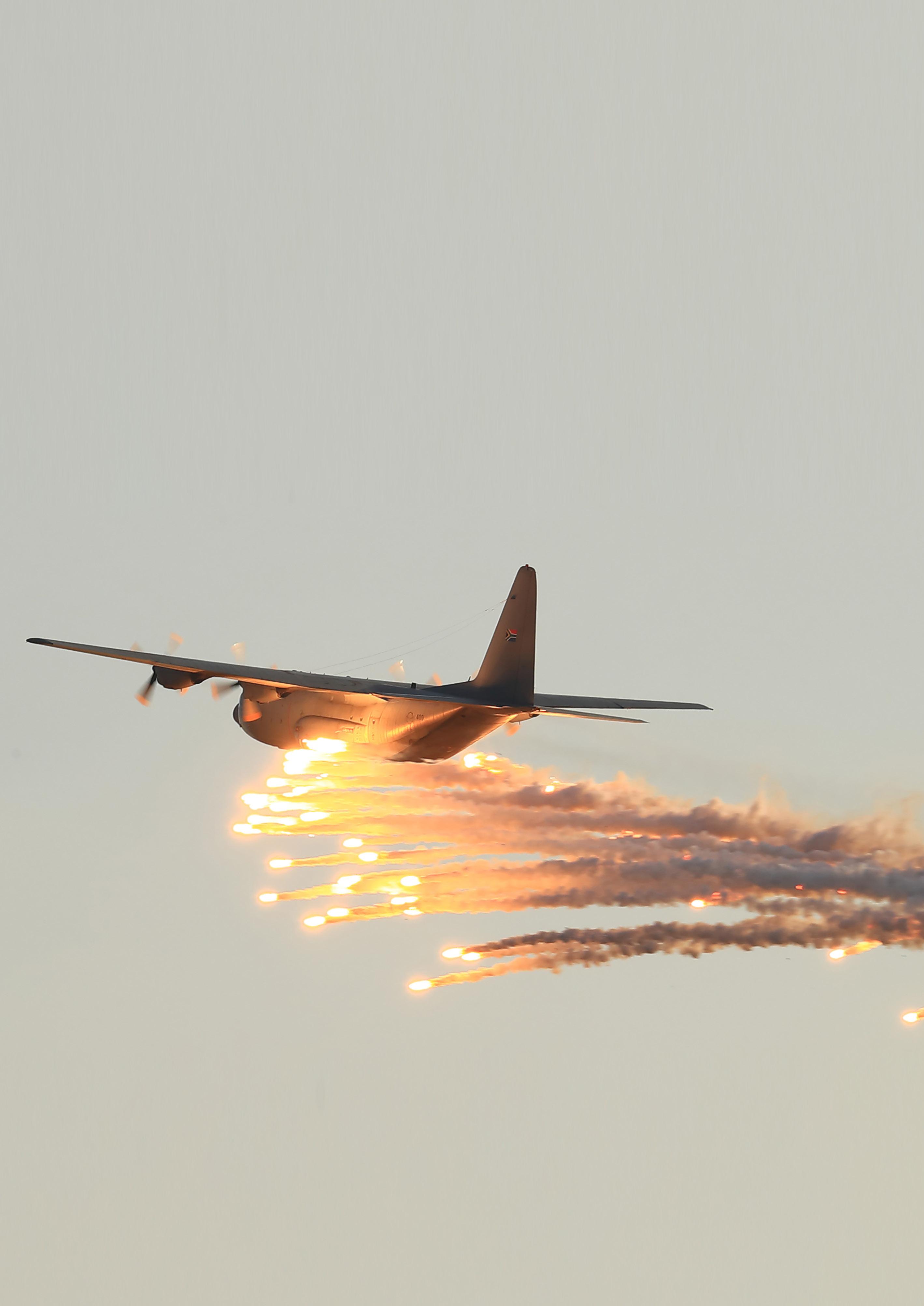 Cover: Trevor Cohen
Cover: Trevor Cohen
FlightCm Afr ican Commercial Aviation Edition 166 | October 2022 Ukraine’s Air War lessons for Africa Across Africa in a Navion Editorial: SAA, Takatso and the ASLC AAD – full round-up and photo report
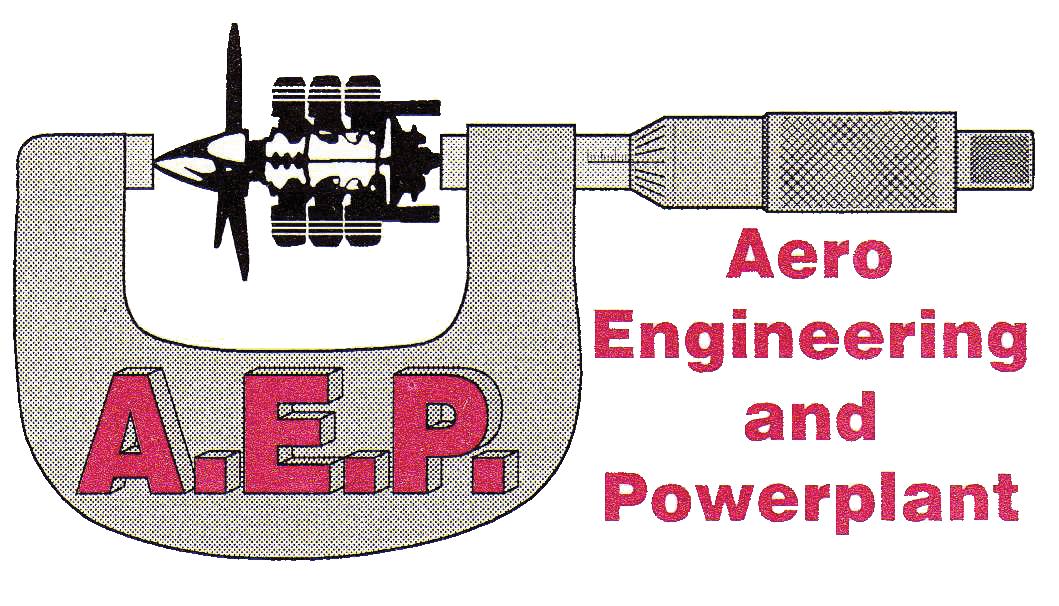
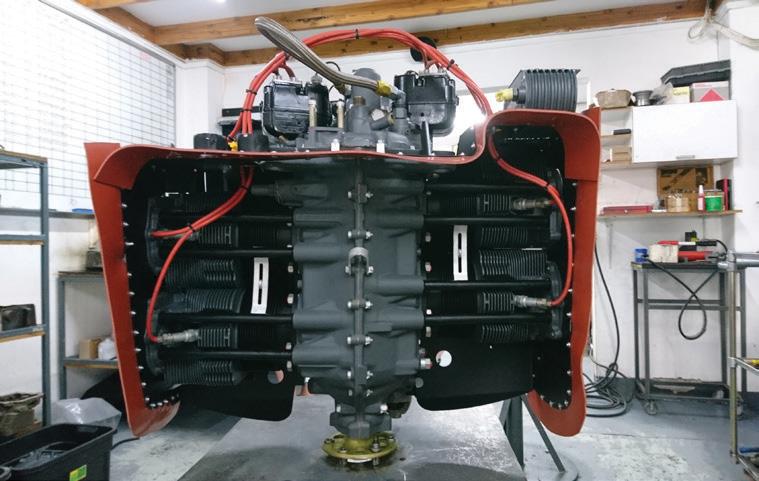


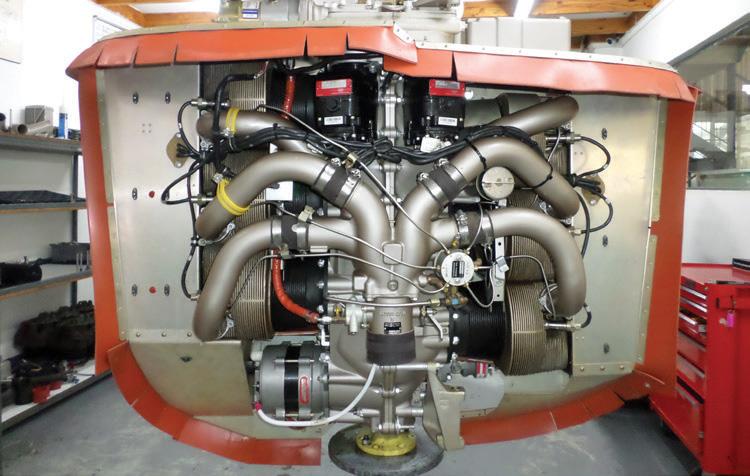
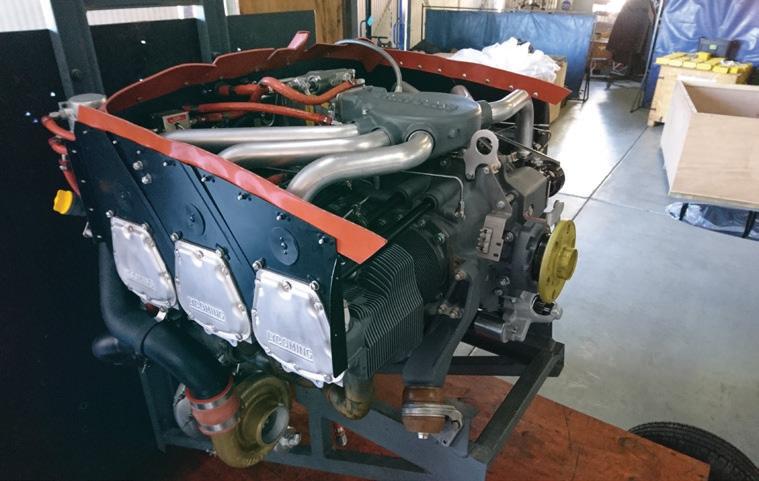
Overhaul / Shockload / Repair of Continental and Lycoming Aircraft engines Overhaul Engine Components Overhaul and supply of Hartzell / McCauley and Fix pitch Propellers FLIGHT SAFETY THROUGH MAINTENANCE Hangar no 4, Wonderboom Airport, Pretoria PO Box 17699, Pretoria North, 0116 Tel: (012) 543 0948/51, Fax: (012) 543 9447, email: aeroeng@iafrica.com SA Flyer 202 2 | 10 AMO 227

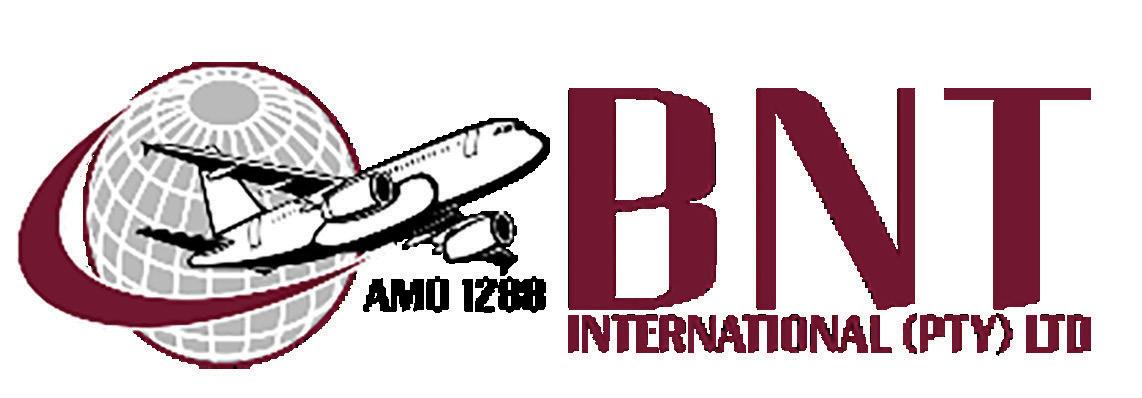

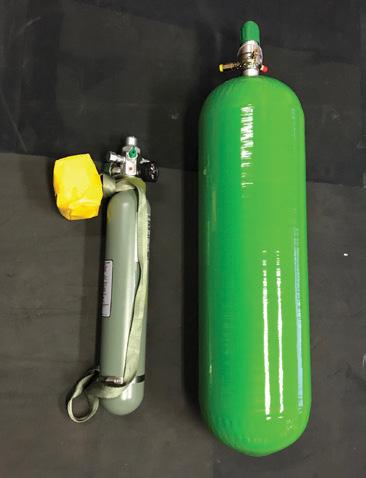

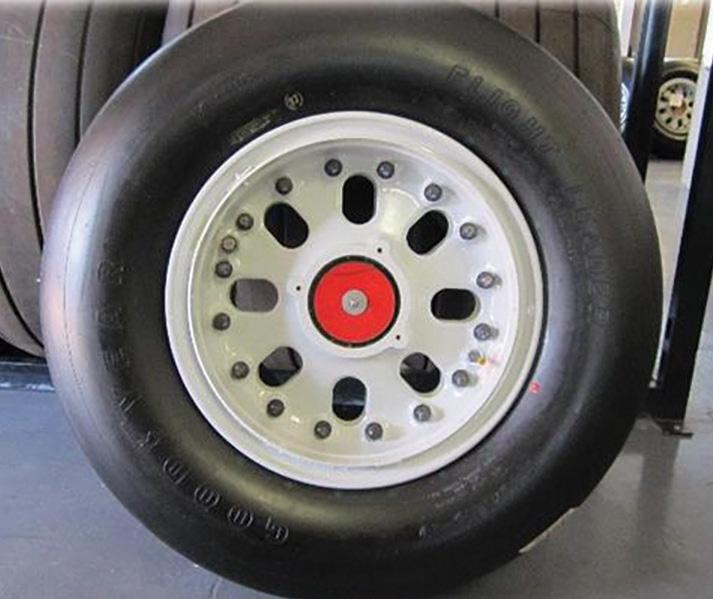
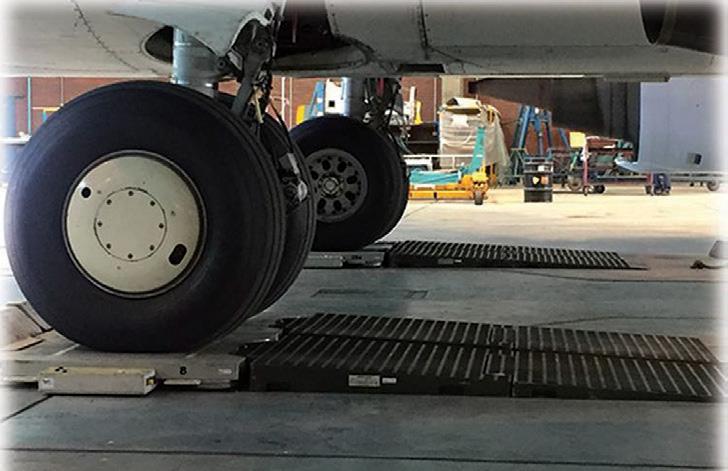
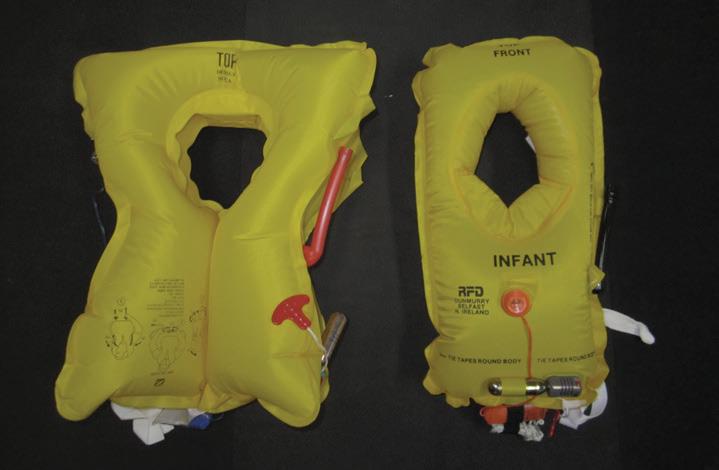
Your one-stop-shop for repairs and overhauls of aviation rotables and special processes. ü Quality ü Safety ü Service Excellence ü Honest pricing Aviation Services § Wheel overhaul and Repair Services § Brake Overhaul and Repair Services § Non-Destructive Testing on Aircraft § Hydro Static Testing on Pressure Vessels § Oxygen Cylinders and Fire Extinguishers § Safety Equipment § Ground Support Equipment § Composite Repairs § Aircraft Weighing - Aircrafts up to 60 000kg Contact us: Tel: +27 11 395 1677 / +27 10 110 7230 Website: www.bnt-int.co.za Physical Address: Denel North Entrance, Building D3, 131 Atlas Road, Bonaero Park, 1619 Satellite Facility: Hangar 3, Safair Precinct, 1 Northern Perimeter Road, Bonaero Park, 1619 Postal Address: PO Box 7300, Bonaero Park, 1622 AMO 1288 SA Flyer 2022|10
TABLE OF CONTENTS
OCTOBER 2022 EDITION 166
Publisher Flyer and Aviation Publications cc

Managing Editor
Guy Leitch guy@flightcommag.com
Advertising Sales


Wayne Wilson wayne@saflyermag.co.za
Layout & Design
Patrick Tillman: Imagenuity cc
Bush Pilot - Hugh Pryor
Pilots - Laura McDermid
Defence - Mike Pietrucha and Guy Leitch
+27 (0)83 607 2335
ADMIN: TRAFFIC:
+27 (0)81 039 0595 +27 (0)15 793 0708
ACCOUNTS:
© FlightCom 2021. All rights reserved worldwide. No part of this
may be reproduced, stored in a retrieval system, or transmitted by any means, electronically, mechani cally, photocopied, recorded or otherwise without the express permission of the copyright holders.
publication
06 09 10 16 24 32 34 42 43 44 46 AME Directory AAD 2022 – Back with a Bang!
Alpi Aviation SA: Flight School Directory Flightcom Charter Directory AVES Technics AMO Listing Backpage Directory AAD Vignettes
Photo Report – AAd Expo 22
A NOTE FROM THE EDITOR:
SAA is at a cross roads – and all its options are dead ends.
SAA FACES TWO DEADLINES: First, and most immediate, the 90-day deadline (to 3 November) to provide proof of its viability to the air services licencing council (ASLC). Second; its promise to finalise the Takatso deal by March 2023. Both of these deadlines are looking impossible.
The most implausible deadline is end March next year when all regulatory hurdles must be cleared for the Takatso consortium to pay its R3bn contribution. This includes the need to amend the South African Airways Act 5 of 2007 –which would normally require up to two years – and the need to amend the airline’s Air Operators Certificate –which normally requires 18 months.
a mockery of SAA’s advertising claim
The more time passes, the faster the airline deteriorates. It has fallen a long way from its glory days before Dudu Myeni – when it only lost R1 billion a year. Five years ago it had 42 aircraft, now it has just nine, which makes it unable to service the route rights it still has. Fleet renewal is critical, yet discussion with the major airline manufacturers indicates that SAA is so unsure of its future that it has not been able to issue a Request for Information (RFI) for fleet renewal as it has no idea what routes it will be able to fly. An RFI is but one of the many early steps required before an airline can issue a Request for Proposals (RFP) that specify the actual aircraft type and number requirement.
The recently appointed ASLC is vigorously implementing a ‘use it or lose it’ policy. Earlier this year this effectively wiped out the last vestiges of value in the moribund SA Express. The ASLC has now revoked 20 out of SAA’s 52 routes, as the airline had not serviced them within the three-month limit. Given the value of SAA’s routes, particularly its regional and long-haul routes, there is speculation as to what impact the removal of almost half of the airline’s permissions will have on its value to the Takatso consortium.
Due to the regulatory requirements the Takatso deal remains as out of reach as a carrot before a donkey. Meanwhile, the pressure mounts as the airline has the overhead structure of a much larger carrier and it must be fast burning through the R2.6 billion that was set aside for working capital.
The general decay continues; in the latest Skytrax award SAA has gone from being the best airline in Africa to the third best. This makes a mockery of SAA’s advertising claim that; ‘Those who know fly SAA’ – it appears the opposite is true. In 2013 SAA was rated 21 amongst the world’s airlines. It has dropped to 79.
The demise of this once proud airline continues to gather speed. The chances of it pulling out of this flat spin are remote.
FIRSTLY, THERE IS THE International Committee of the Red Cross, the 'ICRC', which is based in Geneva and is in charge of the Geneva Conventions, the Rules of War and the treatment of prisoners.
Then there is the Federation of Red Cross Societies. This is made up of all the National Red Cross and Red Crescent Societies, like the South African Red Cross and the Somali Red Crescent, for example.
If the ICRC gets a call from one of the signatories of the Geneva Conventions, they swing into action and call the National Societies for staff to carry out the investigation. Technically speaking, the ICRC only operates in declared War Zones, so if you take a job flying for them, you also take on the possibility of being the target for anybody on the ground who feels like popping off at passing aircraft.
Their total tally with our company was two of our Twin Otters and the C130. We lost another Twin Otter but that was to an anti-personnel mine.

The strange thing was that although everybody on the C130 was killed, the two Twin Otters, which were hit by the same type of missile, managed to get everyone back on the ground without injury. We put this down to the design of the Twin Otter.
many holes which had appeared in the roof
The Pratt & Whitney PT-6 on the Twin Otter is mounted out in front of the wing and because the PT-6 is built back to front, its exhaust stacks sprout from the front end of the engine nacelles, so the DHC-6 which was hit, on the approach to Kitui, basically lost its left engine, but managed to glide in for a landing, with the assistance of the remaining right engine. The other thing is that the DHC-6 has her main fuel tanks in her belly, quite a way away from the engines.
The Swiss company I flew for in Angola was operating six DHC 6-300 Twin Otters and a C130 Hercules for the ICRC. Angola was a very busy war zone where there were lots of people on the ground who felt like 'popping off' at passing aircraft and some of them carried SAM-7 missiles which target any hot spots they see after they are launched.
6 FlightCom: October 2022 MARGARET
As Mike, the Captain, rather humorously mentioned later, the emergency shut-down procedures were greatly simplified because the missile had already taken care of the No 1 engine!
Matti had an equally adventurous escapade. He and his
As you probably already know, there are two Red Cross organisations, both closely linked, but separately administered.
BUSH PILOT HUGH PRYOR
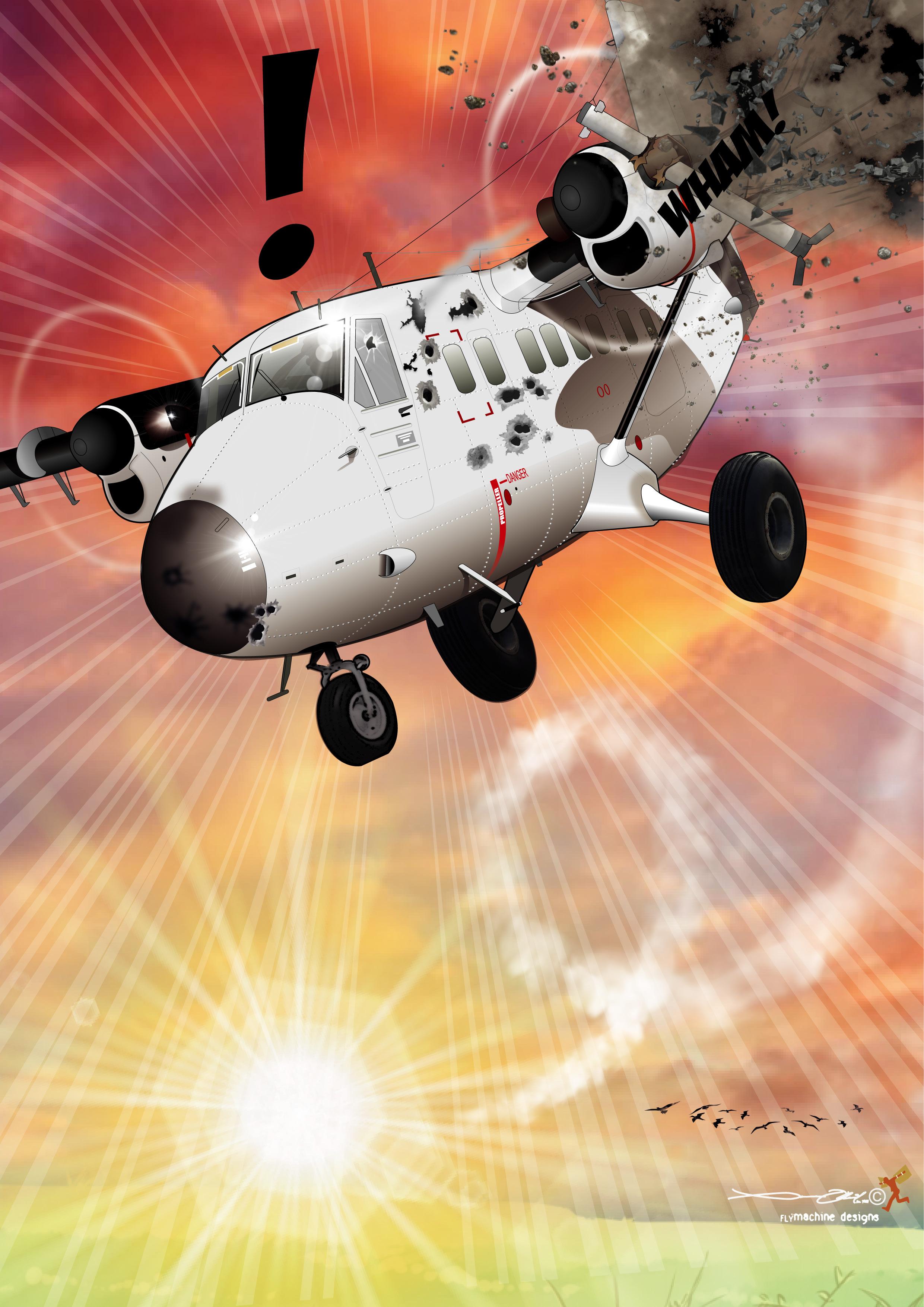
son, Essa, were on the approach to Melange to pick up sixteen ICRC people who were actually under fire at the airstrip.
Matti called for 'Flaps 15', Essa selected the flaps and suddenly there was a jolt and a loud explosion above the aircraft. This was followed by a chorus of whistling sounds, caused by the many holes which had appeared in the roof.
They were committed for a landing and so Matti decided to get on the ground as quick as he could, before the next bang.
It was after they had landed that they realised that they were under fire and the sixteen figures racing towards them were actually dodging bullets, some of which were now hitting the aircraft.
Essa rushed down the back to open the air-stair door and help the evacuees to board, then, before jumping aboard himself, he nipped out to the end of the wing and checked the outside of the plane, to make sure that there were no really important bits missing.
the engines and avionics, took the wheels off and threw the rest away. I don't know what they did with the missile...shame really...it would have made quite a nice lamp stand.
The C 130 is, of course, much, much bigger than the Twin Otter and so you would expect it to absorb a lot more punishment. In fact, the opposite is true, simply because the engine jet pipes come out right under the wing. As the Sam-7 missile is a heat seeker it goes for the exhaust stacks. They are made of thin metal in the Hercules and the missile carries straight on through them into the fuel tanks. That is why we only found three of the engines, the Flight Data and Cockpit Voice Recorders, a girl's left hand, with an engagement ring on it and a six-foot-square piece of the tail fin. The rest was just a pile of unrecognisably charred rubble with ten burned out wheels.
the C130 jet pipes come out under the wing
But I digress.
To his astonishment he found that the missile was still stuck in the outboard exhaust stack of the left engine! The warhead had obviously detached itself on impact and gone off above the fuselage, which accounted for the holes in the roof.
Matti shoved on a grunt of power to grab his son's attention and Essa raced up the steps, hauling the door closed behind him, as the Twin Otter began to accelerate down the runway. Essa managed to scramble into the front right-hand seat as a bullet drilled a neat hole in the windscreen just where his head had been one and a half seconds before.
The take-off went well, as did the flight back to Luanda, with the missile still attached, but, when they got back on the ground, the repairs would have been so expensive that the insurance company just removed
Two doctors came out from the British Red Cross. They were booth middle-aged ladies. One was a general practitioner and the other was an anaesthetist and neither of them had been to Africa or visited a fully-fledged war zone before, so I felt that I should try and look after them a bit.
We used to have breakfast at 05:45 each morning, because we had to get airborne by 06:00 so that we could get back to the safety of our base before dark, after a hard day's flying. The hospital was very busy and the anaesthetist used to join us for breakfast. The first morning after her arrival, in my adopted role as tour-guide and comforter, I greeted her as she entered the mess.
"Good morning, Margaret!" I said as I waved her theatrically to join us. "Tea?"
"Oh yes please!" she replied, "Just a splash of milk and no sugar please, Hugh."
8 FlightCom: October 2022
I delivered her tea with a welcoming flourish of gold bars and wings.
"Thank you, Hugh." She smiled, acknowledging the pantomime welcome in these otherwise grim circumstances.
This ritual continued every morning until a couple of weeks later, when she walked into the mess and I greeted her with. "Morning Margaret, your usual?" And she smiled and said, "No thank you, Charles, I think I'll have coffee this morning,"
"Charles?" I said, raising my eyebrows in surprise. "How long have we known each other, Margaret?"
there were no really important bits missing
"Oh, about two weeks, isn't it?" She looked up.
"And you think my name is 'Charles'?"
"Well, my name is not 'Margaret'" she said, with a mischievous laugh. Her name was actually Elizabeth and I just had to join her laughter, because it would take me a couple of weeks to get my foot out of my mouth!
At first I thought that I had miss-heard her and then she added, "Just one teaspoon of sugar and no milk please, Charles." I was rather taken aback.

FlightCom: October 2022 9
Regular Class 2, 3, 4 Senior Class 1, 2, 3, 4 On site Specialist tests Off-site Specialist tests FAA registered EASA registered Other countries SURNAME FIRST NAME LOCATION TEL NO E-MAIL Britz Rudi Wonderboom Airport 083 422 9882 rudiavmed@gmail.com ✗ ✗ ✗ ✗ Church Belinda Valhalla 079 636 9860 churchbs@live.com ✗ ✗ Du Plessis Alexander Athlone Park 031 904 7460 dex.duplessis@intercare.co.za ✗ ✗ ✗ Erasmus Philip Benoni 011 849 6512 pdceras-ass@mweb.co.za ✗ ✗ Govender Deena Umhlanga Rocks 031 566 2066/7 deena@drdg.co.za ✗ ✗ Ingham Kenneth Midrand 011 315 5817 kaingham@hotmail.com ✗ ✗ ✗ ✗ Marais Eugene Mossel Bay 044 693 1470 eugene.marais@medicross.co.za ✗ ✗ Opperman Chris Pretoria Lynnwood 012 368 8800 chris.opperman@intercare.co.za ✗ ✗ ✗ Tenzer Stan Rand Airport & JHB CBD 083 679 0777 stant@global.co.za ✗ ✗ ✗ Toerien Hendrik White River, Nelspruit 013 751 3848 hctoerien@viamediswitch.co.za ✗ ✗ ✗ Van Der Merwe Johann Stellenbosch 021 887 0305 johann.vdmerwe@medicross.co.za ✗ ✗ AME Doctors Listing
MCDERMID
FLYING A NAVION RANGEMASTER FROM LAGOS TO NAIROBI
WE DECIDED THAT WE would depart on 1 May and fly to Entebbe, a distance of 1790 nm, leaving us with a sufficient safety margin.
With the wing tip-tanks and auxiliary fuel tanks full, the Navion had a range of approximately 2000 nm and we calculated that it would take us around 12.5 hours flying at 150kt.
Thanks to the Trimble Trimpack GPS and the Jeppesen Africa charts, our navigation would be relatively straightforward. I jotted down some of the frequencies which I stuck on the centre console where we would both be able to see them.
I bought a few bottles of water and bars of chocolate and the hotel in Lagos where we’d spent the last four nights packed a hamper for our trip. I also made sure that we had a couple of bottles of whiskey stashed away in case of emergency.
We awoke to an azure sky which I took to be a good omen. We had a long trip ahead of us and we were keen to get an early start. However, Lagos International Airport was chaotic that morning and we only got off the ground at 09h00 local time.
bottles of whiskey stashed away for emergency
I filed our flight plan, thinking how much easier it was to fly IFR, provided of course that the beacons and radios worked, which they often didn’t in Africa.
10 FlightCom: October 2022 PART 2
With the main and ferry tanks full we anticipated a long, slow climb to FL110. I was excited but nervous too. Neither of us had ever flown a Navion, so this was virgin territory for us both.
Ashraf was designated PIC on the first leg, with the understanding that we would share the workload. Since we were at maximum weight, Ashraf kept her
Laura McDermid continues her stories of Iris McCallum’s flying exploits.
Finally the Rangemaster was ready for her trip from Nigeria to Kenya. Ashraf Khan and I began the preparations for the long flight.
PILOTS LAURA
on the ground beyond the recommended rotation speed, before easing her into the air, ensuring that the aircraft had the required energy to fly. We were at least 400 ft above the ground and quite far over the Atlantic Ocean when Ashraf retracted the undercarriage.
The red undercarriage light remained on. “Iris, I’m going to recycle the wheels, I’m hoping that it's just a bit stiff from standing so long.”
Ashraf hit the switch and I watched the wheels extend in the little mirror on the fuselage.
“Okay, select ‘Up’ again; I’m watching.”
I watched as the wheels slowly retracted. The main wheels folded neatly into the wheel well whilst the nose wheel still protruded like a timid turtle emerging from its shell.
“It’s stuck there, Ashraf.”
We both knew from experience to leave well enough alone.
We considered turning back but the authorities would most likely ground the aircraft again, a prospect that filled us with dread.
The temperatures and pressures were all within the normal range, the propellor was working perfectly, so we decided to carry on.
The additional drag had slowed us down considerably. All our calculations were based on 150K, and we were doing 110K, a good 25% slower.
“Iris, we won’t make it to Entebbe; we are going to have to find an alternate place to land.”

I looked down at my knee pad. Our route took us over Yaoundè International Airport in Cameroon, but I wanted us to get further than that if we could. I calculated that we would safely make it to Bangui M’Poko International Airport in the Central African Republic. It was approximately 911NM from Lagos, half the distance of our intended destination of Entebbe.
The LCD screen of the Trimble Trimpack GPS was
Flying into the the ITCZ in a light aircraft with faulty avionics is not recommended.
FlightCom: October 2022 11
glowing orange, a reassuring sign. This remarkable piece of equipment was a game changer in aviation. Due to the inaccessibility and often hostile nature of central African countries, there were no detailed charts and the traditional way of navigating from Lagos to Entebbe was to follow the coastline for the first sector.
My friend Jonathan Savage had shown me how to use the GPS and had thrown in a box of batteries to ensure that the Trimpack would last for at least 24 hours.
The land below us was an unrelenting, unbroken mass of dark green. The canopies of trees are so thick that there was nowhere to put down a plane in an emergency. Although it’s not something I obsessed over, the thought was never far from my mind.
What do pilots talk about when they are in a confined space, suspended 3.5 km above the earth, sharing a
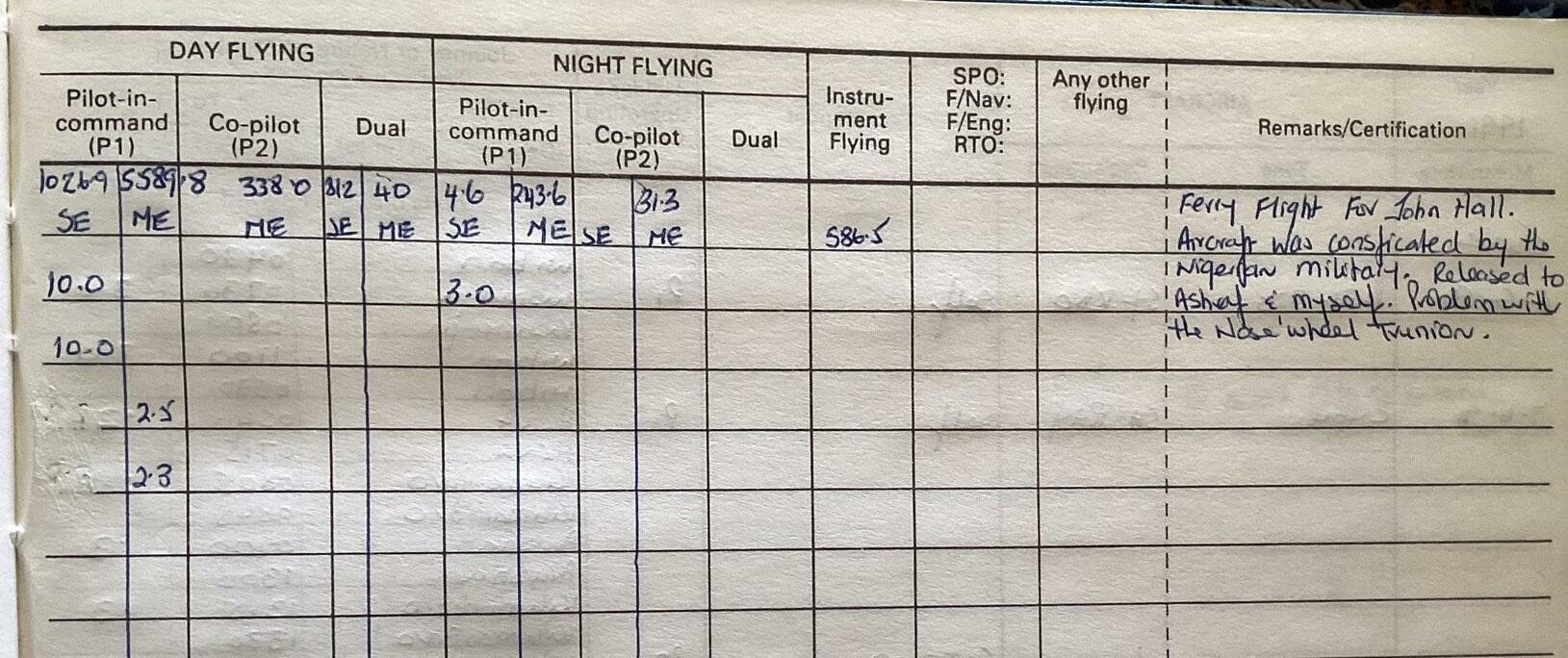
once-in-a-lifetime experience?
We spoke about the preservation of kinship with the elemental forces and the purpose of life. We marvelled at the mysteries of the Universe, and the events that all conspired to culminate in this moment.
Above Cameroon, clouds began to gather. We were still 400 nm from Bangui which was southeast of us, and the white puffs stretched as far as the eye could see. We were both seasoned pilots and were used to flying in storms, but we were in an area known by scientists as the ‘Intertropical Convergence Zone’.
The zone's shape is more like a slithering snake than a straight line and can sometimes be several hundred miles wide. Winds from the northern and southern hemispheres clash, spawning violent thunderstorms that can grow up to 60,000 ft.
“I hope these clouds don’t develop,” I say to myself.
Logboook entries cannot capture the drama of the flight.

12 FlightCom: October 2022
PILOTS
As we head east, the benign puffs expand vertically at an alarming rate into ivory towers that appear to stretch into infinity.
I glance at my watch which shows ten minutes to six. Almost sunset. The sky darkens ahead as the clouds coalesce into a black wall.
Our altitude of almost 4 km above the earth is less than half that of the most prominent thunderheads. The phalanx forms a solid precipice that tumbles straight down, grey-black and purple in the last light.
We fly parallel to the cliff of clouds and seem to hang dreamlike and nearly still in the air. Great blossoming fists churn within the core and inside the darker areas malevolent explosions of lightning cause crashes in our headsets. Thunder reverberates through the plane, setting every cell in my body vibrating. The pitch-black night is illumined by light bulbs flashing across the sky, guiding us around the ominous areas and marking out the best course.
but at this moment I would gladly return the entire amount for the privilege of being dry and safely on the ground.
I fish for the mini-Maglites in my flight bag, handing one to Ashraf which he grips between his teeth, directing the beam onto the artificial horizon, the altimeter and air speed indicator as he scans.
I had fortunately just changed the batteries in the Trimpack GPS and I turn on the handheld King nav/ com radio that Jonathan lent us. This amazing device can pick up VOR and ILS as well as communicate with the tower. The problem is that it can’t do them simultaneously.
The thunder and lightning abate but the rain is still coming down in sheets.
we have lost all our electronics
Ashraf’s attention remains entirely within the cockpit and focused on the instruments. Light rain hisses along the windshield before the full might of the storm unleashes itself upon us and our forward visibility is obliterated. We bounce along, plummeting 1300 ft one minute whilst rocketing up the next. I feel like a tiny plane in a snow globe that is being violently shaken by a giant invisible hand.
I watch Ashraf wrestle with the yoke; he adds more power and shoves the propellor control to full fine.
Suddenly we are not in an aeroplane but in a leaky ship. Water spews through the nose, the windshield beading, my side window and the roof. It dribbles down the instrument panel, drenching us.
Then we are plunged into darkness. We check fuses and wiggle wires but alas, we have lost all our electronics.
John Hall is paying us handsomely for this ferry,
To fly in unbroken darkness with the knowledge that somewhere ahead are lights and life, and a well-marked airport is surreal to the point where life on earth seems as remote as life on Mars.
I enter 119.7 into the King handheld; the approach frequency for the airport. We had already been handed over by the regional controllers and the tower was aware of our situation.
“Bangui, this is November-Two-Four-Eight-SixTango. We are approximately twenty miles east of yours. Requesting clearance for an immediate landing.”
“November-Two-Four-Eight-Six-Tango cleared to land; runway one-six in use”.
We descend through heavy clouds and Ashraf lowers the undercarriage. We have no idea if the nose wheel is going to hold.
He turns on to final approach, setting the plane up perfectly.
Tatters in the cloud base show the runway lights ahead. Ashraf takes full flaps and kills the power. We
FlightCom: October 2022 13
PILOTS
swoop down through the rain above the runway, but without landing lights, we cannot see the asphalt and have no idea how high we are.
We have to ‘feel’ our way down. We open our doors and hang out as far as possible, shining our Maglites downwards. It is a feat of strength as the slipstream from the propellor keeps trying to push the doors closed.
My unruly curls hang in wet strings over my brow, channelling water into my eyes.
“A BIT LOWER…. KEEP HER STEADY….FIVE FEET MORE….”
I shout to be heard above the roar of the wind and rain.
The main wheels gently kiss the ground; Ashraf keeps the yoke back for as long as possible until the nose wheel succumbs to the pull of gravity.
We hold our breaths; and the undercarriage holds.
We taxi to the parking bay and within minutes are surrounded by a swarm of soldiers. Although the airport knew we were coming, the military had no knowledge of our unplanned arrival.
“I’ll get out first,” I say to Ashraf. This is a tactic that my friend Heather Stewart and I learned early on. No one expects a woman to emerge from the cockpit. This disarms the other party and generally eases hostilities.
I must have cut a dismal figure as I alighted; drenched to the bone and dishevelled from 13 hours of solid flying.
I flashed them my biggest smile. “Bonjour gentleman, my name is Captain Iris McCallum, pleased to meet you.”
We were ushered to a dingy precast room where our papers were checked. Satisfied we were not a threat, the soldiers drove us to the two-star Hotel Oubangui, close to the airport. It was not the Ritz, but the place was clean and offered a respite from the crazy day we’d endured.
After a warm shower and change of clothes, Ashraf and I raided the rations and made good work of the whiskey that we’d put aside in the event of an emergency.
 The daunting direct route to Bangui from Lagos.
The daunting direct route to Bangui from Lagos.
14 FlightCom: October 2022
SACAA DIRECTOR POPPY KHOZA
ELECTED PRESIDENT OF ICAO ASSEMBLY
South Africa’ Director of Civil Aviation Ms Poppy Khoza was unanimously elected President of the International Civil Aviation Organization’s (ICAO) 41st Assembly in the Montreal.

Commenting one her election, Ms Poppy Khoza said: “This nod from the ICAO Member States can only be a sign of how the rest of the world perceives South Africa’s contribution and value on world aviation matters.
South Africa is also seeking re-election to the 36-country ICAO Governing Council with an announcement being expected after this issue of
SACAA Director Poppy Khoza as President of ICAO General Assembly.
FlightCom has been published.
South Africa’s Deputy Minister of Transport, Sindisiwe Chikunga, said, “It is historic for ICAO to have elected a first woman President of the Assembly, with this happening when gender issues have taken centre stage globally. We are fostering gender equality, particularly in this male dominated sector.”
FlightCom: October 2022 15 NEWS
RUSSIA’S AIR CAMPAIGN IN THE UKRAINE
- MORE LESSONS FOR AFRICA
Russia’s much publicised failures in the air battle for the Ukraine contain many lessons for African air power strategists. In this article Mike Pietrucha (of the inappropriately named ‘Amateur hour”) outlines some of the key failings of the Russian airpower strategy.
THE KEY LESSONS are fascinating: From what is the role of an air force? Is it to just deliver artillery? – as Pietrucha claims Russia sees it, of is it complete air superiority? –which requires technology that it appears neither Russia, nor Africa, could effectively operationalise. In particular – the need for combined operations across Africa – which combine disparate services and countries is noted as being effectively impossible.
Also noteworthy for Africa’s many underfunded air forces is the basic need for pilot currency, specially for the coordinated delivery of advanced technology aerial military systems.
is the hallmark of all successful air forces. Effective air campaign planning is founded upon the professional mastery of air force personnel which includes an understanding of the interface between military and other national security operations. Quoted from: The Air Campaign: The Application of Air Power, Sanu Kainikara and Bob Richardson, Royal Australian Air Force Air Power Development Centre
Russian pilots fly a fraction of NATO pilots
The ongoing war with Ukraine continues to cause some head scratching among Western observers with respect to the Russian use of airpower.
An air campaign is the controlled conduct of a series of interrelated air operations to achieve specified objectives. The conduct of effective air campaigns
From the beginning of the invasion, the Russian Aerospace Forces (Vozdushno-kosmicheskiye sily or VKS) have astounded airpower advocates by their manifest failures, including an inability to gain air superiority, limited use of precision weapons, and poor targeting selection.
16 FlightCom: October 2022
DEFENCE MIKE PIETRUCHA
GUY LEITCH
Russia appears to be making basic mistakes in using its Air Force for ground support - as the loss of many Su-25s shows.

Blinded by the technological potential of Russia’s newest combat aircraft, Western military analysts fell deeply into the “capabilities-based analysis” trap, deceived by the ease of comparing equipment, divorced from cultural preferences, training, and the human element.
In reality, however, what we’re seeing is exactly what we should have expected from the Russian air force. The Russian military does not use airpower the way the United States and NATO do because they’ve never had to, and they’ve never suffered from an adversary who did.
World War II and Beyond
It isn’t that the Russian military doesn’t use airpower: It’s simply that they have never conducted a campaign with airpower used as a strategic tool.
Instead, they support a ground campaign with airpower employed tactically in support of ground forces.
a lesson for African governments who keep their pilots current
Russia cannot plan an air campaign because it has never seen one from either side — offensive or defensive — and Russian airpower has always been used for flying artillery and not as a strategic tool. What we are seeing from Russian airpower in Ukraine is the logical outcome of the way the Russian military fights, not a failed mirror-image of the way the United States and its allies employ airpower.
In 1937, Russia had the largest air force in the world, but it was one without a coherent doctrine that was further crippled by Stalinist purges. The Soviet Air Force (Voenno-Vozdushniye Sily or VVS) was of little interest to Stalin in the run-up to World War II, as he did not foresee Hitler’s intentions towards the Soviet Union and anticipated little need for strategic airpower.
By 1939, Russian airpower capabilities were declining, not advancing, and by 1940, many of Russia’s prewar airpower advocates were dead or in jail, caught up in purges that eliminated 75 percent of the Soviet Air Force leadership, including most of the aviators who had participated in the Spanish Civil War.
FlightCom: October 2022 17
Russian airpower in the Winter War in 1939 was ineffective against an air force that was well trained, if not superbly equipped, with only two squadrons of the obsolescent Dutch Fokker D.XXI. In threeand-a-half months, the Finnish aviators downed 300 aircraft and racked up a five-to-one kill ratio, with 10 aviators making ace. Finnish gunners did as well, downing another 300 Soviet aircraft.
The Soviet planners took little notice of their experience, and in 1941, Germany attacked an unready and incompetent Russian air arm, downing over 200 aircraft in aerial combat and destroying almost 900 on the ground on the first day. Within a week, the Russian air force was combat-ineffective.
This was completely in line with the prevailing German airpower philosophy, which had gaining air superiority as its first task. Still, the German military themselves were not executing an air campaign. The Luftwaffe’s twin-engine bombers could not reach Russia’s industries east of Moscow, and the few four-engine bombers were too little to have an effect, particularly without escort.
Then, air superiority was not an opening move to an air campaign by the Luftwaffe, but it instead allowed the Luftwaffe to be entirely focused on the tactical fight, expecting a short war of ten weeks where strategic attacks that destroyed infrastructure were counterproductive to Nazi war goals.
While it’s true that the Luftwaffe provided support for the rapidly moving advance, it was German ground mobility that shattered the Red Army, not the Luftwaffe.
It’s not clear that the Russian military suffered strategically from the loss of its limited airpower. Yes, the massive loss ratio at the onset of the operation shattered the Russian air force, but it’s not likely that it had the equipment, trained personnel, or doctrine to be more than an annoyance to the Wehrmacht divisions raging across eastern Europe, even were it functional. Lucky for Germany. According to the U.S. Air Force’s Historical Studies No. 153, “it was impossible for the Luftwaffe to perform simultaneously its two assigned missions, the achievement of air superiority and support of the ground forces,” and the main effort switched to the latter mission three days into the war.
The German forces would lose air superiority after the Battle of Kursk, not because the Russian side gained it through force of arms, but because the German military was by then on a losing battle of attrition and could not keep up with the Allied powers in terms of training or aircraft production. But if Russia was no longer bedevilled by German control of the air, it did not conduct a strategic air campaign against Germany but instead did the exact same thing the German military had done — used aircraft as flying artillery to support ground forces. It’s no surprise really, as Russia intentionally mirrorimaged its German opponents.
 The Russian Su-34 may be high technology but is being used wrongly in the Ukraine.
The Russian Su-34 may be high technology but is being used wrongly in the Ukraine.
18 FlightCom: October 2022
Airpower was simply not independently decisive on the eastern front, although it was an effective supporting arm for whichever side could put it into play. As imperfect as the Royal Air Force and U.S. Army Air Forces were in designing air campaigns of their own, there simply was no German or Russian equivalent. German air superiority, which was not an end in itself, did not prevent Russia from turning back the German advance into Russia. And when the Russian forces gained air superiority, they did not conduct an air campaign against Germany but instead returned to their preferred application of airpower as flying artillery. The chief benefit of air superiority for Russia was to reduce its losses of airmen, who had been treated as expendable assets exactly like their Red Army brethren.
More recently, air superiority was not an issue in Afghanistan, and it was irrelevant in Chechnya (1994 and 1999), Georgia (2008), and Ukraine (2014-2015). In Syria (2015- ), Russia had it and used it, but airpower still played a supporting role to ground forces — and mostly Syrian and not Russian ground forces at that.
into the same “short war” mentality that bedevilled the German military leaders in 1941 and NATO force planners in 1999 prior to Operation Allied Force during the Kosovo War.
If a major power with an airpower tradition like the United States can fall prey to “short war syndrome,” then it should come as no surprise if the Russian military felt that an air campaign was unnecessary. There does not appear to be a Russian equivalent to Col. Warden’s The Air Campaign: Planning for Combat, which has served as the foundational document for modern air campaign planning for the United States since Operation Desert Storm.
unguided ordnance is the weapon of choice for Russian aviation
There was no Russian air campaign against the Islamic State designed to dismantle the Islamic State as a system, unlike the American effort alongside. Instead, Russia used Syria as a testing ground, delivering aerial artillery at the behest of their incountry command elements. This was completely in line with the Russian preference for delivering fires via massed artillery, and this preference extends into the aerospace forces, where tactical aircraft are often employed as “flying artillery.”
Precision-enabled close air support, as practiced by the United States, NATO, and Australia, is simply not an element of the Russian combat paradigm either.
Ukraine Lessons
In retrospect, it seems pretty clear that the Russian forces did not plan an air campaign, instead falling
Similarly, they have not developed the follow-on tools, processes, or techniques which are routinely used by the United States and NATO for air campaign planning.
In short, the Russian military may have passed over an air campaign plan because it had no air campaign planners — or if it did, then those individuals don’t appear to have been involved in the preparation of the war plan for Ukraine.
The initial strikes against Ukraine on February 24 looked like textbook counter-air operations: target fixed radars, impede command and control, and suppress airfields. Fixed radars were definitely caught, as were S-300P (SA-10A) elements that had long since lost their mobility due to a lack of spares. There is no question that Ukraine lost comprehensive low-altitude coverage of its airspace, and S-300s from Belarus successfully engaged at least one Ukrainian fighter over Kyiv, demonstrating a Russian ability to contest airspace control at higher altitudes from outside Ukraine.
Russian tactical aviation entered play with sunrise: The Ukrainian military claimed to have downed seven Russian aircraft before nightfall on that first day. The Ukrainian forces were not without aircraft losses themselves, losing aircraft to both surface and air threats.
FlightCom: October 2022 19
Ukrainian airmen adapted very early to the use of low altitude, where simple earth curvature provided sanctuary from long-range missiles in Belarus and Russia. Interviews with Ukrainian aviators revealed that the MiG-29 pilots tend to fly fast and low, taking advantage of the low-altitude regime to enable lookup shots while capitalising on the inherent difficulty of engaging a fast-moving aircraft in a high clutter (radar and infrared) environment.

This was not a sudden adaptation of necessary tactics. The Ukrainian pilots trained for low-altitude operations where the Russian pilots did not.
Absent a campaign plan, however, the Russian forces still made basic mistakes. While the initial Russian plans might have been superficially correct, they failed to follow through. Airfields are notoriously difficult to suppress, and the Russian military did not commit the weight of metal necessary to do so. Cratering runways must be comprehensive and precise: Runways are easy to repair and the least vulnerable to damage of all airfield components, while the Soviet-era MiG-29 Fulcrum in Ukrainian service was designed to operate from damaged,
The loss of fixed-site radars is expected by professional air defence forces, which always have some plan for remaining in the fight. Most critically, Russian forces did not follow up with an effort intended to use the confusion in the opening round of a fight to make sure that any air defence that had been put down stayed down — they appear to simply have discounted the possibility of Ukrainian resilience.
They did not put a major weight of effort into counter-air sweeps with fixed-wing aircraft to clear the skies of Ukrainian fighters. Another critical failure was the missed opportunity to bag the TB-2 drone control stations while they were in garrison. Those systems scattered after the opening round and are unlikely to be vulnerable again.
Also noteworthy was the assumption that an air assault could be carried through without air supremacy. How the Russian military leadership expected to reinforce the air assault on Hostomel airfield is open to question and may have rested on
gravel-strewn airfields.
Chief of the Russian Air Force, Sergey Dronov.
20 FlightCom: October 2022
the expectation that Ukraine would fold early. In any event, at least Russia realised that committing the airborne corps to an airdrop without air superiority was suicidal.
Beneath the Surface
The flaws in the Russian tactical airpower enterprise are not limited to doctrine or planning limits. Russia also lacks depth in its fighter force. Though it has advanced aircraft, the Russian air force might well have been designed as a living advertisement for export sales rather than as a credible air arm.
True, Russia does possess a world-class mix of strategic bombers and cruise missiles, but its tactical aviation fleet lacks the realistic training and precision capabilities of its NATO opponents. It may also lack staying power: Total sortie counts with some 300 tactical aircraft appear to have run from 200 to 300 sorties per day in theatre, far less than comparable with U.S. or NATO air operations.
peacekeeping force is that of joint engagement zones where aircraft from different air forces combine – as is currently the case with eastern DRC and northern Mozambique operations. Running a joint engagement zone is so difficult that neither the United States or NATO attempt it, instead relying on procedural and geographic deconfliction measures to separate a missile engagement zone from a fighter engagement zone.
Russia failed by Western standards of airpower
Even transiting a missile engagement zone with friendly aircraft can be chancy: The Patriot missile system has never downed a hostile air-breathing target, only friendly ones. And while Russia has invested in precision munitions, they have largely been concentrated in cruse and ballistic missiles rather than air-delivered precision munitions: Russian fixed-wing aircraft can deliver precision weapons, but not all of them are so equipped, and unguided ordnance remains the weapon of choice to Russian tactical aviation. It is also possible that risk aversion plays a role, as the number of advanced fighter-bombers in Russian service remains relatively low.
Five days into the invasion, Justin Bronk of the Royal United Services Institute wrote on the surprising inability of the Russian forces to gain air superiority, citing a number of possibilities, including low aircrew experience, a lack of precision munitions and targeting sensors, risk aversion, and lack of confidence in their ability to manage a joint engagement zone as possible inhibitors.
Each of those factors is credible and welldocumented: Russian aviators receive a fraction of the flying hours of most of their NATO counterparts, some 100-120 hours per year according to Russian public figures. This is a salutary lesson for African governments which cannot afford to keep their front-line fighter pilots current.
A further lesson for Africa’s multinational
Another explanation offers itself — unrealistically high expectations by analysts who focus entirely too much on equipment and not enough on the human element, combined with a tendency to mirror-image.
Mere possession of airborne sensors and GPS-aided weapons does not a precision capability grant: Precision targeting of aerial munitions requires an entire enterprise to back it up, from the mindnumbing work of collecting and cataloguing a target library to the actual expertise needed to task the correct aircraft with appropriate munitions and then giving the aircrew sufficient data to detect, identify, and engage the target. But those are tactical considerations.
Also missing is the obvious link between a campaign plan and what the United States calls the master air attack plan. Wasting precision munitions hitting
FlightCom: October 2022 21
civilian targets like hospitals, shopping malls, and theatres is merely precision munitions being used in an old-fashioned, Douhetstyle terror bombing campaign — a style of aerial warfare that has never worked.
Next Up?
At this writing, neither side has air superiority, but Russian fixedwing aviation has learned to avoid Ukrainian-defended airspace at any altitude. At low altitude, shoulder-launched missiles remain a lethal threat, which is playing out mostly against helicopters and the Su-25 Frogfoot attack aircraft, on both sides.
At higher altitudes, radar surface to air missile systems still prove effective. The Kh31 Krypton anti-radiation missile — similar to the American AGM-78 Standard used in Vietnam — is simply too slow and is typically launched from too far away to interrupt an engagement sequence, which is characterised by tight emissions control. Nevertheless, the Ukrainian forces have suffered some radar attrition that they attribute to this missile and are thus limiting the amount of time that their radars remain on air. Ukrainian radar batteries are also successfully defending against cruise missiles, with Ukrainian claims for successful engagements exceeding 50 percent. While unverifiable, the fact that numerous videos show cruise missiles being employed singly instead of in dense salvos make the claim credible. The Soviet-era S-300s in Ukrainian service were designed to perform this mission, even against low altitude targets.
The opportunities for airpower employment normally accruing on the side with the initiative have been squandered, and Russia will not get them back. Russian airpower has largely returned to the three areas where the Russian military is
most comfortable: flying artillery support, artillery spotting, and the haphazard employment of longrange weapons against civilian targets against a population that is long since past terror.
Russia failed by Western standards of airpower employment, but it’s not at all clear that Western standards apply. The Russian use of airpower is not an aberration by Russian standards. However, it’s not entirely clear that what Western analysts regard as an abject failure is viewed that same way inside Russia, at least among all of the other, more compelling failures highlighted by the invasion of Ukraine.
It is not reasonable to judge Russian air activities as a failure by Western standards because Russia is not using Western metrics to judge success (a cautionary note also for China). Russian forces have never exhibited the same view of airpower as the other Allied powers in World War II, and thus their use of airpower is largely what we should have expected — if we were looking at Russia and not in a mirror.
 Did Russia's overwhelming strength give it a false confidence?
Did Russia's overwhelming strength give it a false confidence?
22 FlightCom: October 2022
AIRLINK FRANCHISES FLYNAMIBIA
Airlink is acquiring a 40 percent strategic equity holding in privately-owned a Windhoek-based FlyNamibia.
The investment is underpinned by a franchise agreement under which FlyNamibia will adopt Airlink’s “4Z” International Air Transport Association (IATA) designator for its ticket sales and scheduled flights, while retaining its corporate identity, brand and aircraft livery. It will also see FlyNamibia’s inventory attaining higher visibility and being promoted on Airlink’s computerised reservation system and on those of major foreign airlines which have partnered with Airlink.

Namibia is unique
we will be well-placed to achieve the economies of scale to make it economically feasible to connect and serve Namibia’s smaller towns and cities with Windhoek and other regional destinations while also providing convenient and easy access to other markets around the world,” explained Airlink Chief Executive and Managing Director, Rodger Foster.
Airlink will also provide additional airline operations, technical and commercial skills training and development support for FlyNamibia.
“Namibia is unique, not only in its natural, mineral and human wealth, but its relatively small population relative to the size of its territory. With this in mind,
“To realise its full economic potential, Namibia will depend increasingly upon air connectivity to move people and goods between markets. By joining hands with Airlink and becoming part of its global network, we will be even better able to serve foreign and local tourists and businesses. In addition, we will be building capacity, developing aviation skills and creating direct and indirect job opportunities,” said FlyNamibia Managing Director, Andre Compion.
FlyNamibia now has a franchise with Airlink
FlightCom: October 2022 23 NEWS
AAD 2022
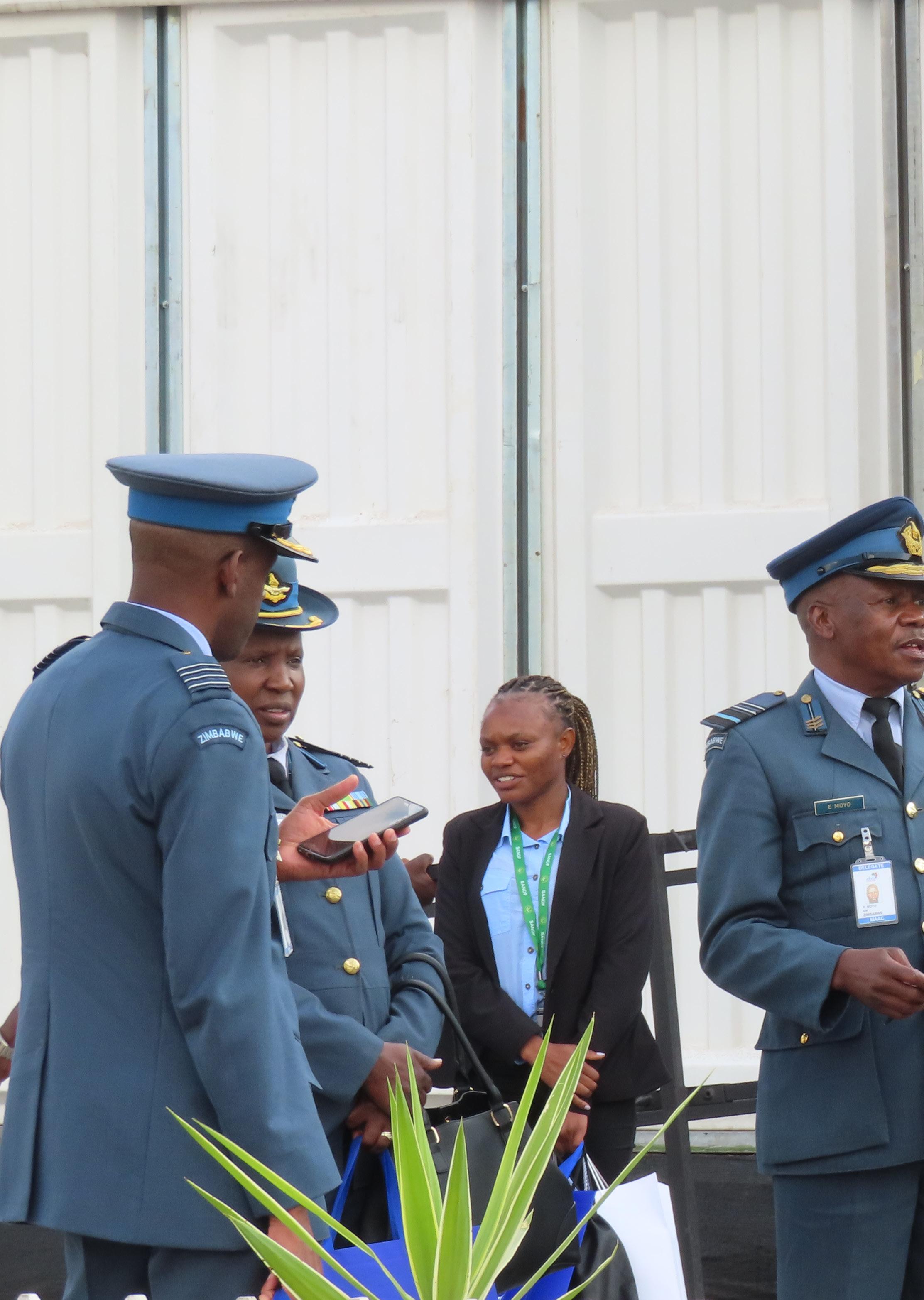
– BACK WITH A BANG!
Text and Images - Guy Leitch
AIRSHOWS
AAD has become increasingly military with senior air force delegates much in evidence.
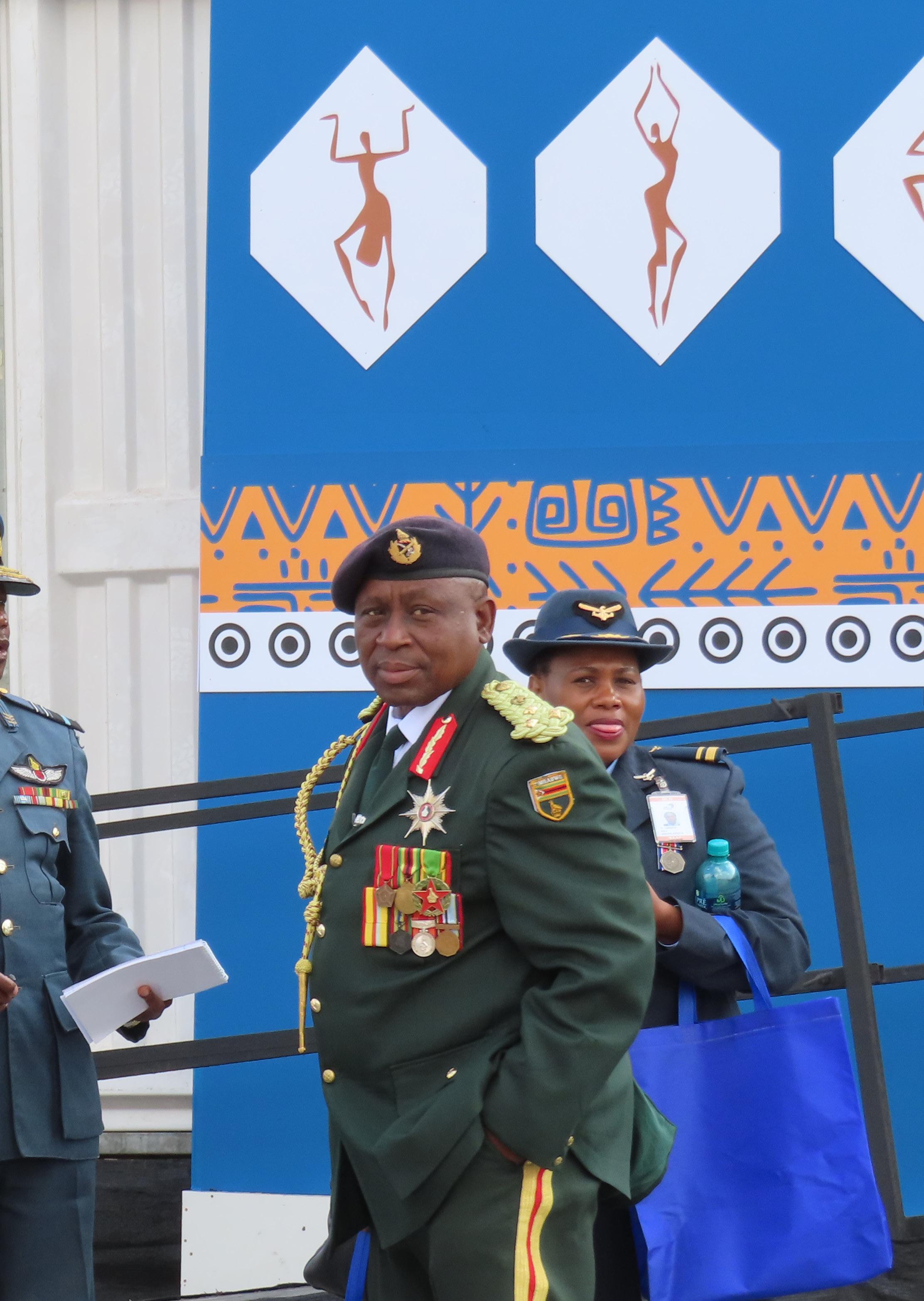
THE LACK OF APPETITE , and probably budget, for the show was evident in the failure of the organisers to sell out the show exhibition space. They reported 70% of the stands sold – and that number may be on the inflated side as the expo seemed far smaller than previous years when all the hangars had been filled with exhibitors. This year there were some eerily empty hangars and show stands where exhibitors just failed to arrive.
Despite the AAD organisers best efforts, the bifurcation between the military side of the show and general aviation has grown even bigger. This year general aviation occupied just a corner of one of the hangars – which was noteworthy for its skeletal emptiness and lack of enthusiasm from the few exhibitors. These exhibitors were parastatals – notably the CAA and the SA Weather Services (SAWS). It was a hopeful sign of the long-awaited independence of the Accident Investigation Division that it had its own stand, however it was still manned by CAA staffers. So true independence for the Accident Investigation Division seems to be illusive.
had a chalet but were focussed mainly on their helicopters – perhaps showing how low the two major manufacturers reckon their chances are of a new airline order from SAA – or any of the other local airlines.
It has become painfully expensive to participate in AAD and most of the chalet operators reported having to spend well above R2.5 million to participate. Worryingly few said that they had achieved value for money.
skeletal emptiness and lack of enthusiasm
The Exhibition
This year the expo was most marked by the absence of key players – most notably Boeing. Airbus
A notable exception was Execujet, who jumped at the opportunity to take over a chalet paid for by the intriguing “Queendom of Sheba” – which had pulled out at the last minute. For those wondering what this exotically named organisation is all about; the Queendom of Sheba is based in the remote Mai Ndombe province in the central DRC. In 2021 a Protocol of Agreement had been signed with the Mai Ndombe Province which led to, “The start of the fourth autonomous Monarchy in Africa and the 45th in the World. The Protocol of Agreement includes a massive development agenda for that Kingdom establishment, its Province and Congo DRC as the start of a continental development agenda in line with the AU 2021 agenda for development over the next 40 years, by the Crown Of Sheba Central Bank, and its international banking alliance.” They appear to be well funded, but it was speculated that the logistics of participating in the AAD show defeated the many Royal Highnesses in the Queendom.
It has been four years since the last African Aerospace and Defence show (AAD), so the public was looking forward to the return of a military show with great anticipation. Much to the SAAF’s credit – the public were not disappointed. But the exhibitors may not have been as happy.
26 FlightCom: October 2022
AIRSHOWS
There were no less than nine country exhibitors, of which notable ones were the Sudan and Turkey. India, Russia and Pakistan also staged a large presence. Despite their continued bankruptcy, Denel featured strongly.

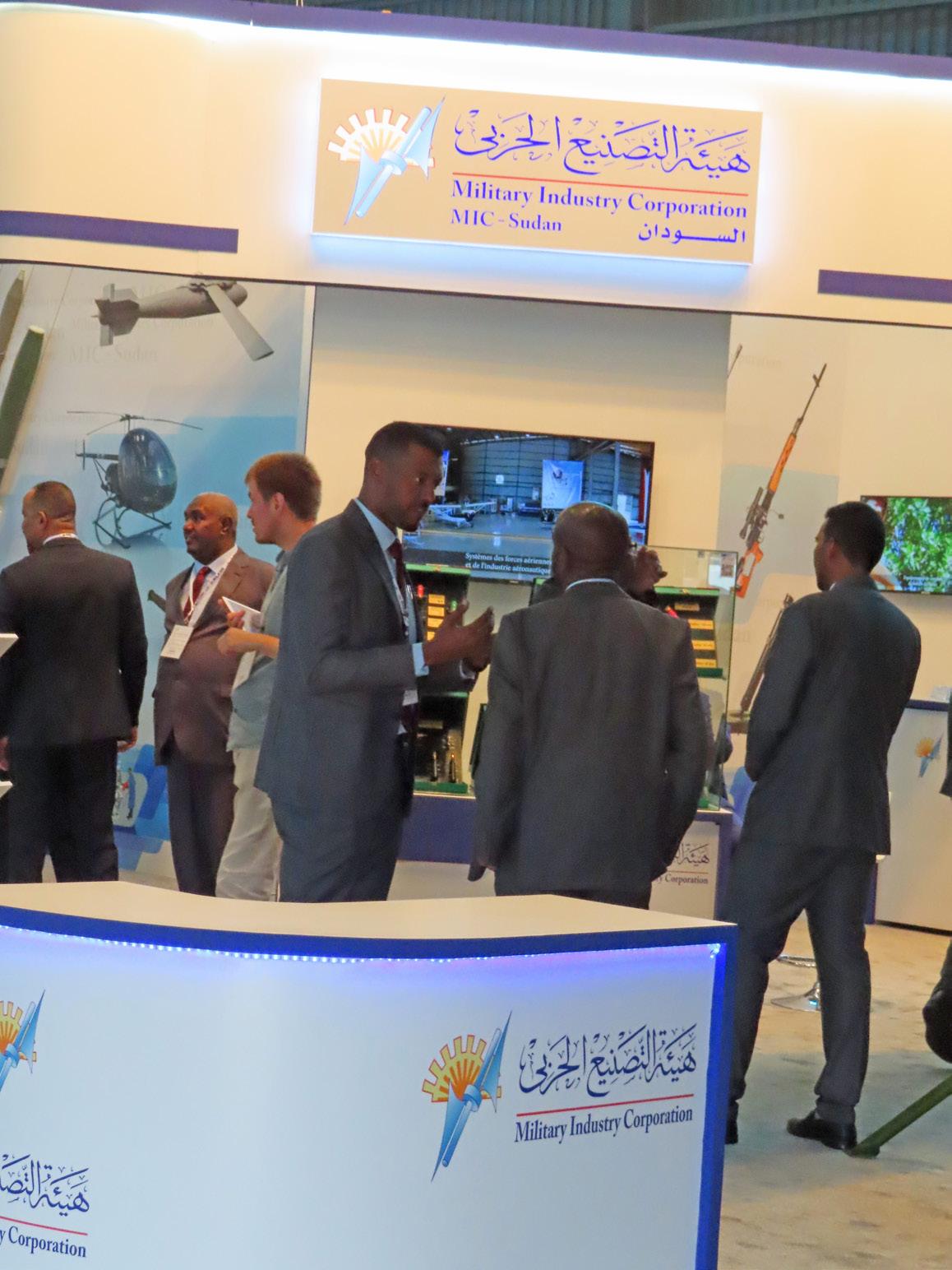
The SAAF did themselves proud
The Air Show
Thankfully the weather for the two public days, Saturday and Sunday 24 and 25 September, was perfect for an airshow.
Saturday kicked-off with the now traditional parade of emergency vehicles – which ended with a water canon salute. The emergency services had unfortunately been called into action on the Thursday of the Trade Days when a soldier had been badly injured when he fell from a fast rope demonstration from an Oryx helicopter.
This year’s public got their first taste of jet flying with a solo display by Grant Timms in the Aero Vodochody L-29 he had flown up from Gqeberha (PE). Later, Pierre Gouws displayed the later model Aero Vodochody L-39 – giving the crowd live commentary from the cockpit.
The Americans were thankfully out in force with two huge Boeing C-17s, a Lockheed C130J Hercules, a UH60Pavehawk helicopter and even a Predator drone, which had been flown out in a C-17. The Lockheed C130J and Pavehawk performed a first for South African audiences – a simulated fixed wing to helicopter air to air refuelling.
The SAAF surprised everyone by managing against huge odds to get two Gripens flying.
An unusal national stand was that of Sudan.
Pakistan's stand showed their interest in the African market.
FlightCom: October 2022 27
It took a herculean effort to get their maintenance contracts reinstated, the aircraft serviced, flown and signed off. Both the SAAF and SAAB are to be congratulated. The Gripens were flown by test pilots Musa "Midnight" Mbhokota and Blokkies Joubert.
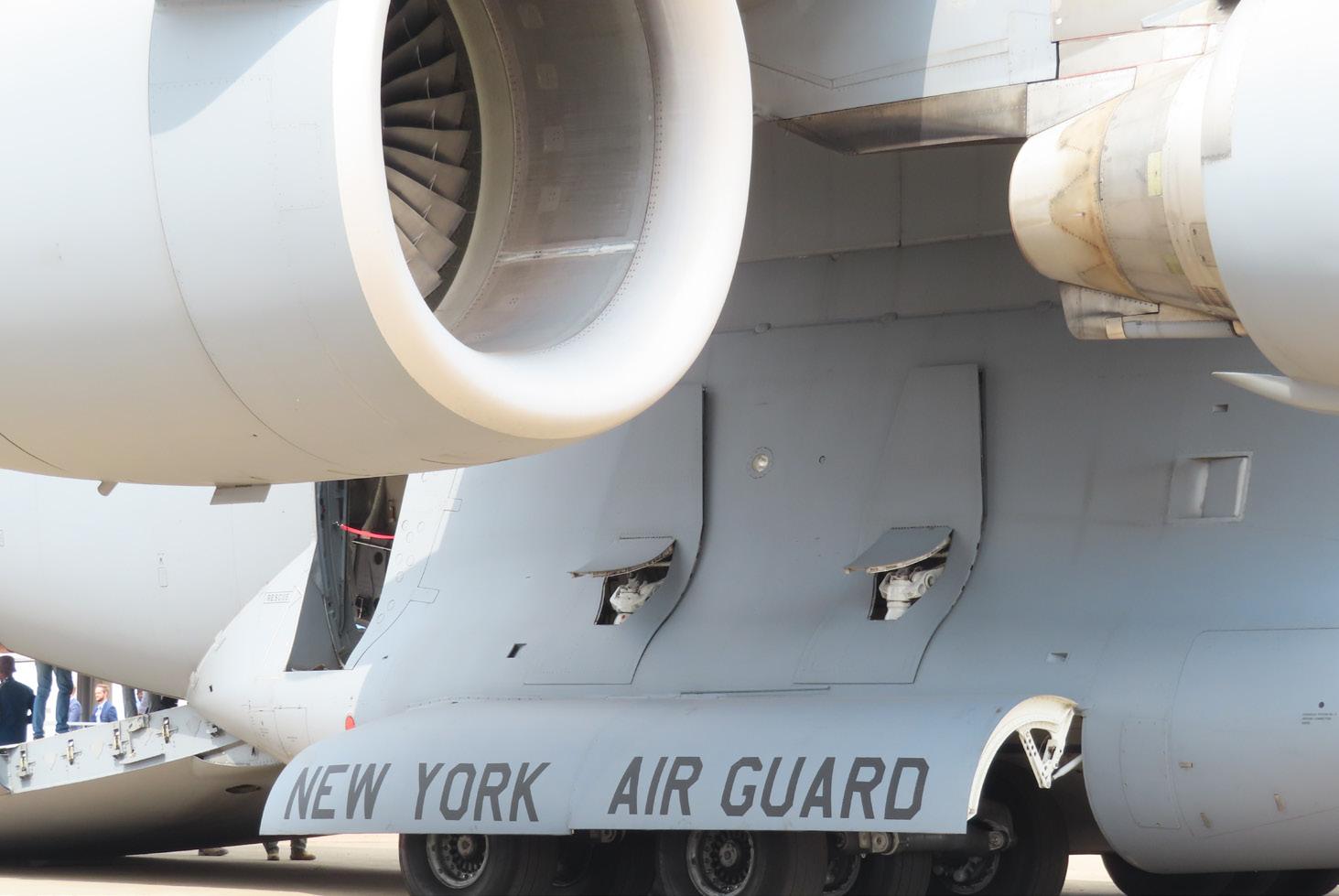
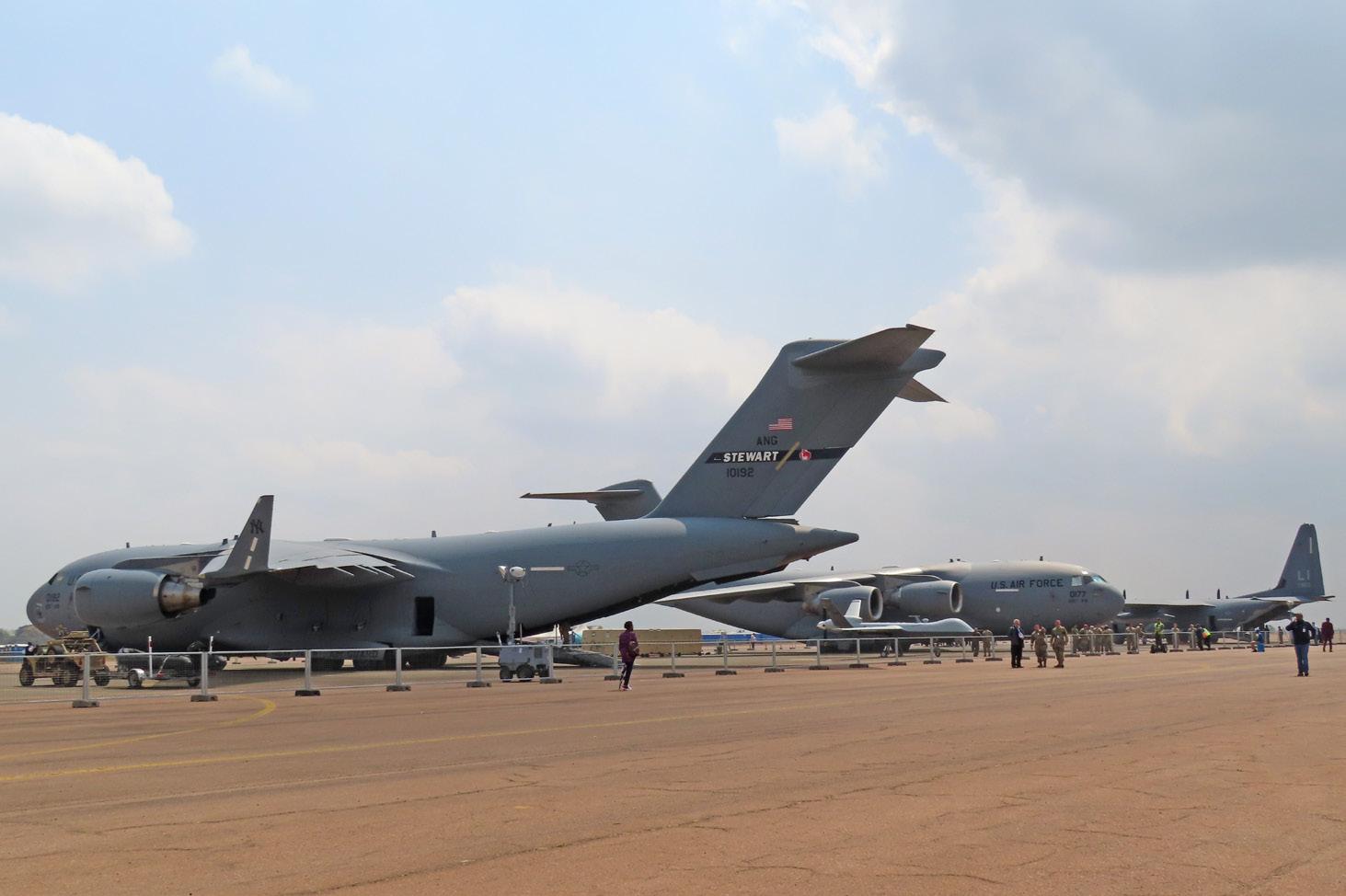
The SAAF’s 85 Combat Flying School in Makhado brought a very impressive four-ship BAE Hawk display team including the Hawk painted in the colours of the South African flag.
a warning to drone operators
The SAAF also managed to field their full five ship Siler Falcons team. Despite having had a minor mid-air collision in practicing the month before, the latest team made the SAAF proud. The SAAF also displayed a four ship C208 Caravan formation called the ‘Pointers’.
The SAAF also wowed the crowd with show stopping pyro technical anti-missile flare displays from the Rooivalk and C130B Hercules. These dramatic flares are a great favourite with the photographers and commentator Brian Emmenis was able to give them excellent forewarning
Happy to be outnumbered, the Zimbabwean Airforce brought a single Karakorum-8 KA8. This jet trainer sported a new paint
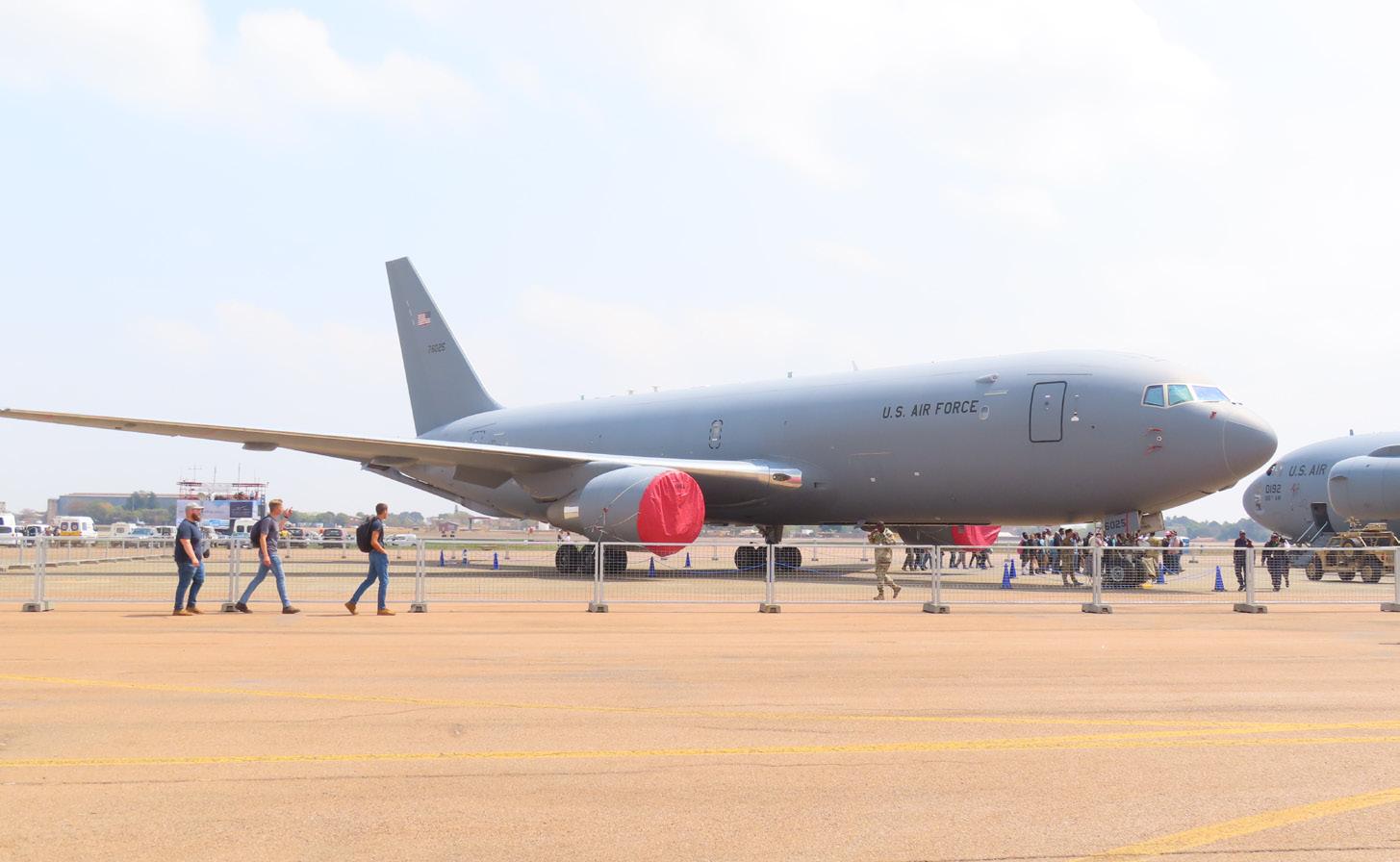 The USAF brought large aircraft to AAD.
Boeing's KC-46 Pegasus tanker. The mighty C-17s came from New York.
The USAF brought large aircraft to AAD.
Boeing's KC-46 Pegasus tanker. The mighty C-17s came from New York.
28 FlightCom: October 2022
AIRSHOWS
scheme which made it look somewhat like the sabotaged BAE Hawks it replaced.
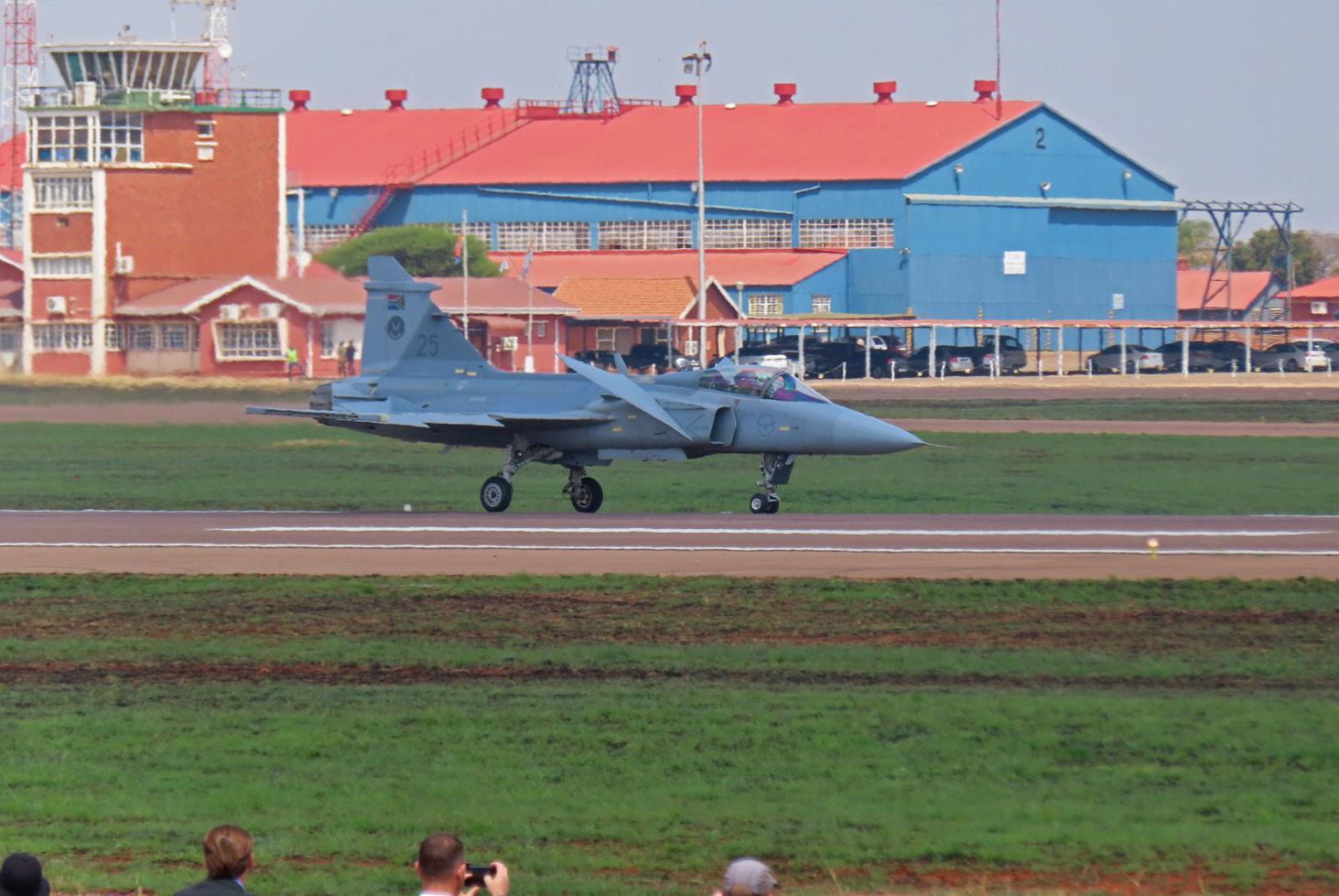
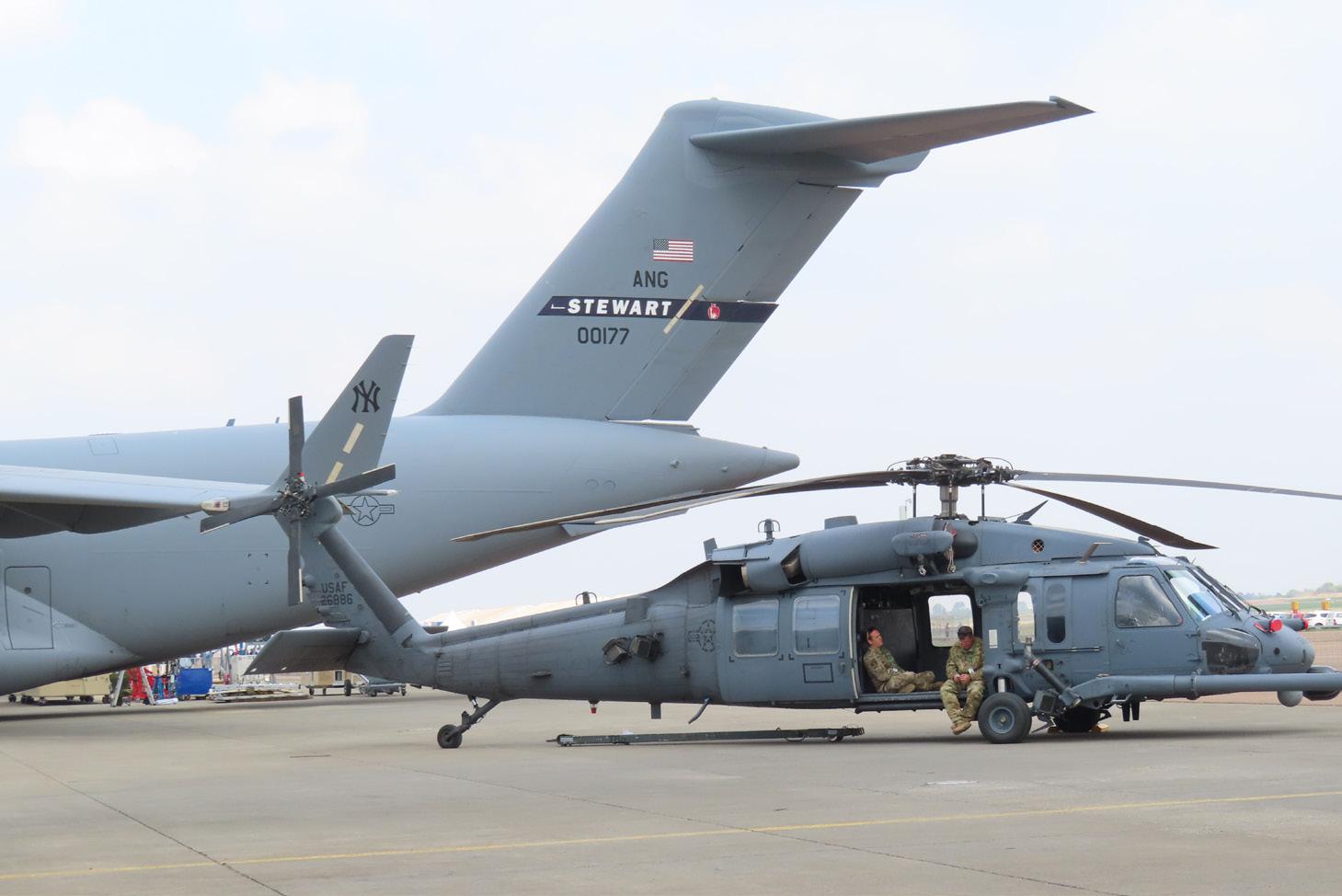
The history of the glory days of the SAAF was much in evidence. An ex-SAAF Harvard, no 7111, naturally known as Nelson, flew a smooth aerobatic display. Helicopter action was provided by a BK117 which was flown with verve, showing what this rigid rotor design is capable of.
The SAAF Museum also came to the party with two Allouette IIs and two Allouette IIIs. These helicopters performed an aerial ballet which enthralled the cognoscenti. A SAAF museum Kudu had a door fall off over the suburbs of Pretoria – luckily there were no reported injuries.
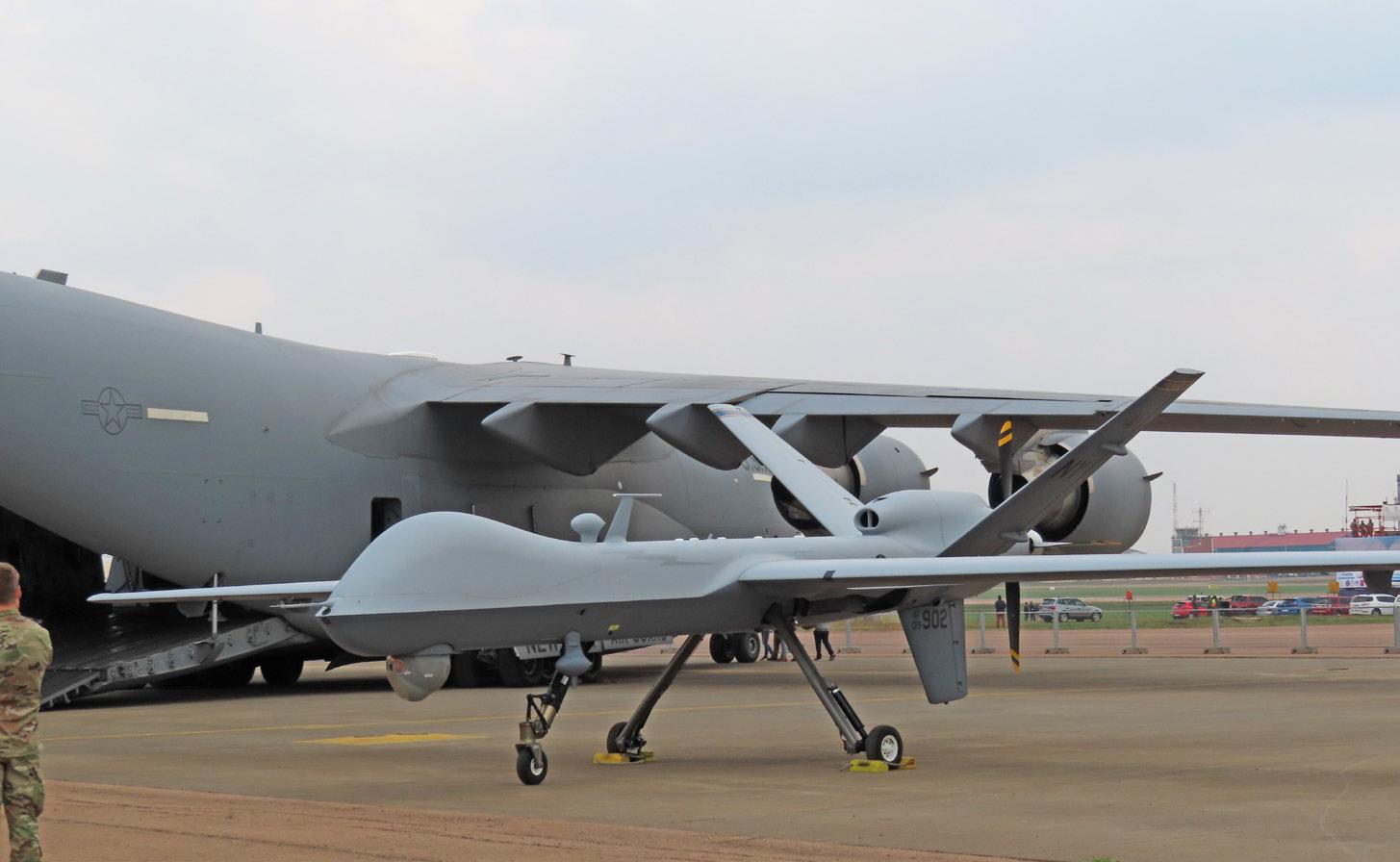
The RV Raptors Formation Aerobatic team sets a high standard with their four-ship RV display. There was an assortment of Extra aerobatic displays, notably by Andrew BlackwoodMurray and then the duo of Nigel Hopkins and Jason Beamish.
The big crowd pleaser is the ‘mini-war’ with much explosions, smoke and machine gun fire. The scenario called for a ‘highjacked’ business jet which had been forced to land at Waterkloof. A tactical operation using several multi-disciplinary teams was put through their paces to liberate the jet and capture the hijackers.
More business jet action came from a Bombardier Challenger 350 recently imported into South Africa. Flown by Robbie Rautenbach and Antonie
The USAF UH60 Pavehawk was a welcome new visitor and thrilled with air to air refuelling.
Another novelty was this USAF General Atomics MQ-9 Reaper drone.
The SAAF pulled off a miracle to get the Gripen flying.
FlightCom: October 2022 29
AIRSHOWS
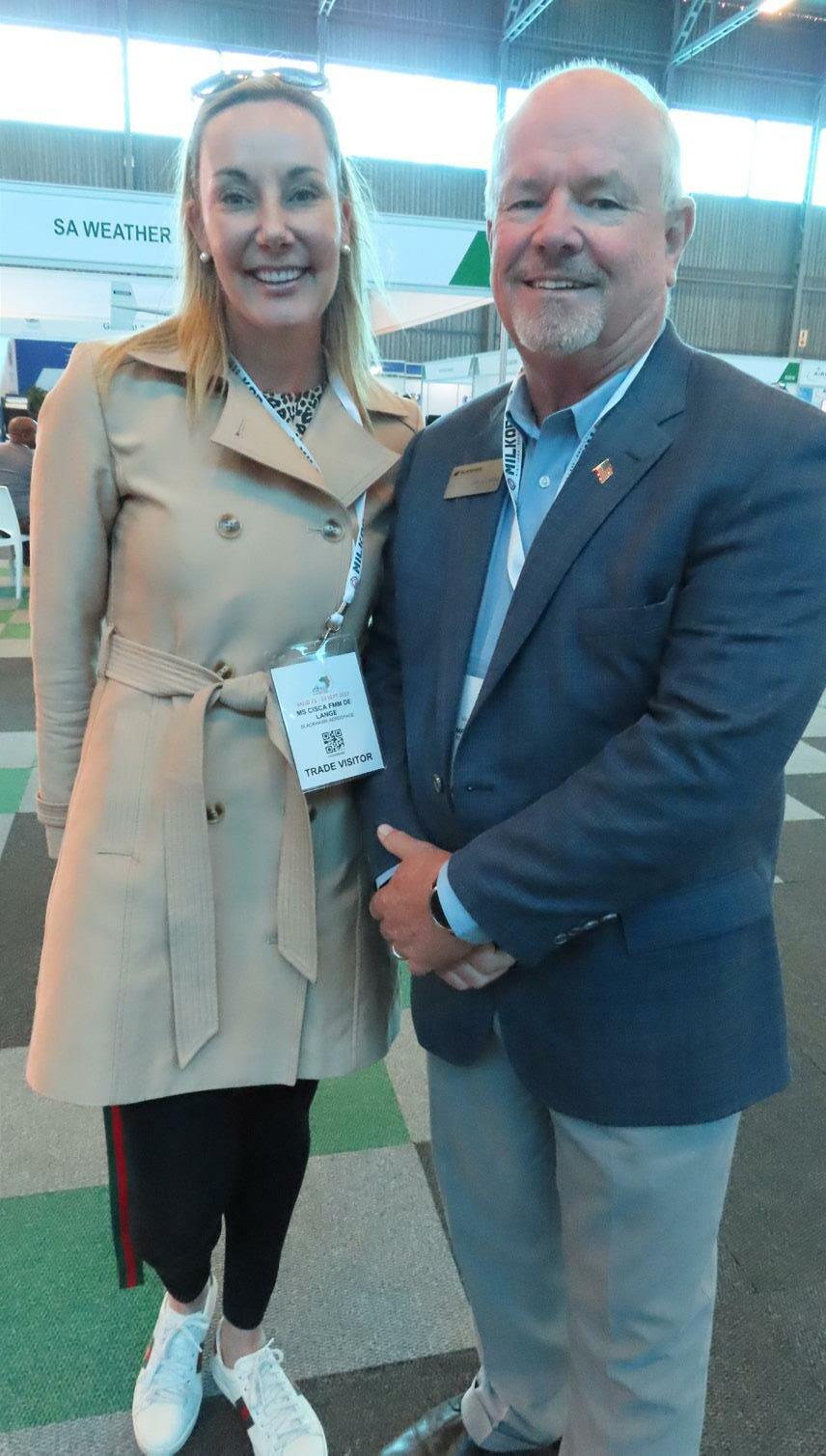

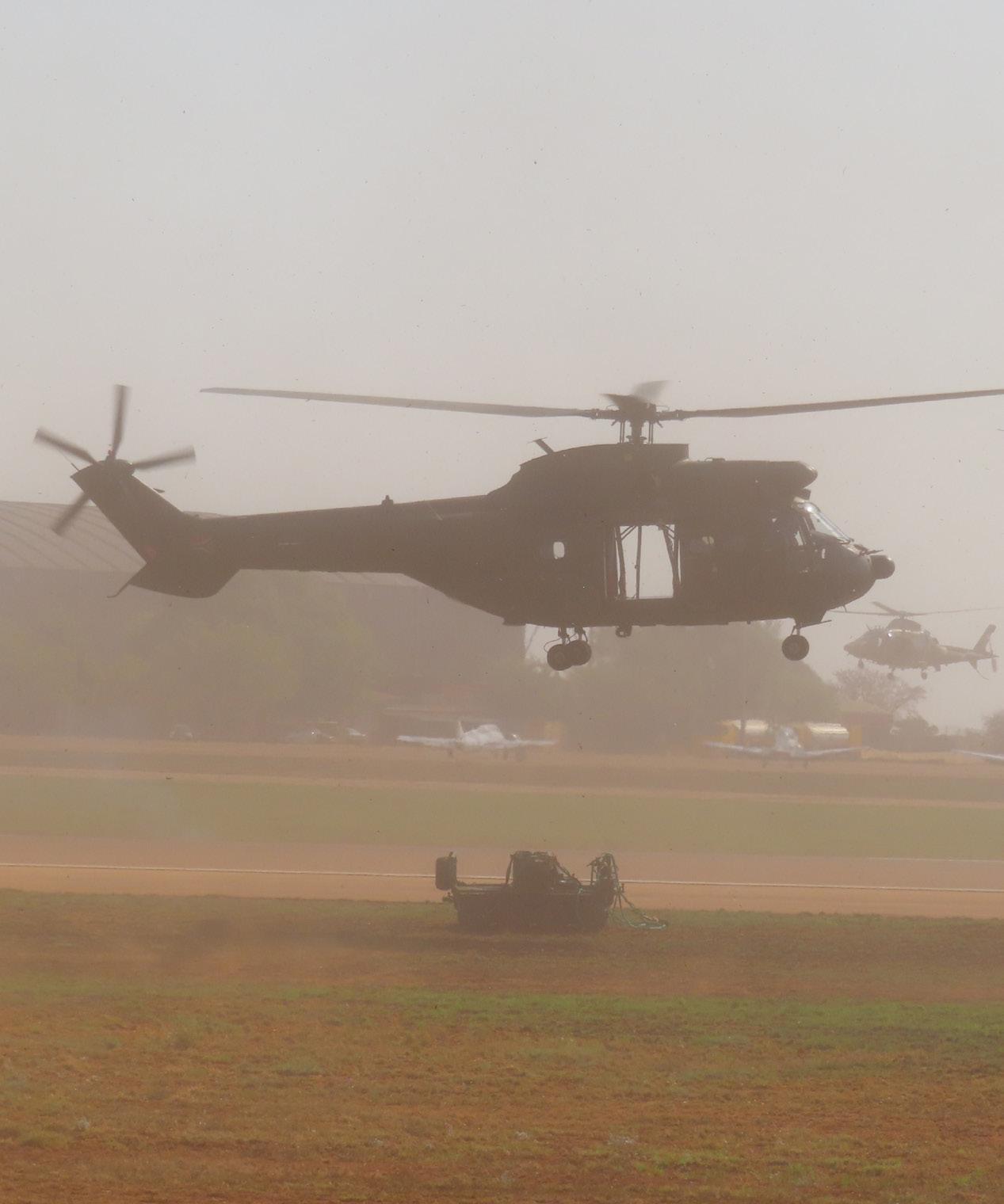 The mini-war is a great crowd pleaser.
The CAA split their stands into General Aviation and the Accident Division.
Blackhawk CEO Jim Allmon (R) came out from the USA - here with his local representative Cisca de Lange.
The mini-war is a great crowd pleaser.
The CAA split their stands into General Aviation and the Accident Division.
Blackhawk CEO Jim Allmon (R) came out from the USA - here with his local representative Cisca de Lange.
30 FlightCom: October 2022
Froneman it made a number of low passes and touch and goes to impress the crowd with its smooth performance and sleek lines.
As a warning to the public and drone operators in general, the SAAF made a big thing about showing their anti-drone capability – with state-of-theart detection and ‘shoot down’ equipment.
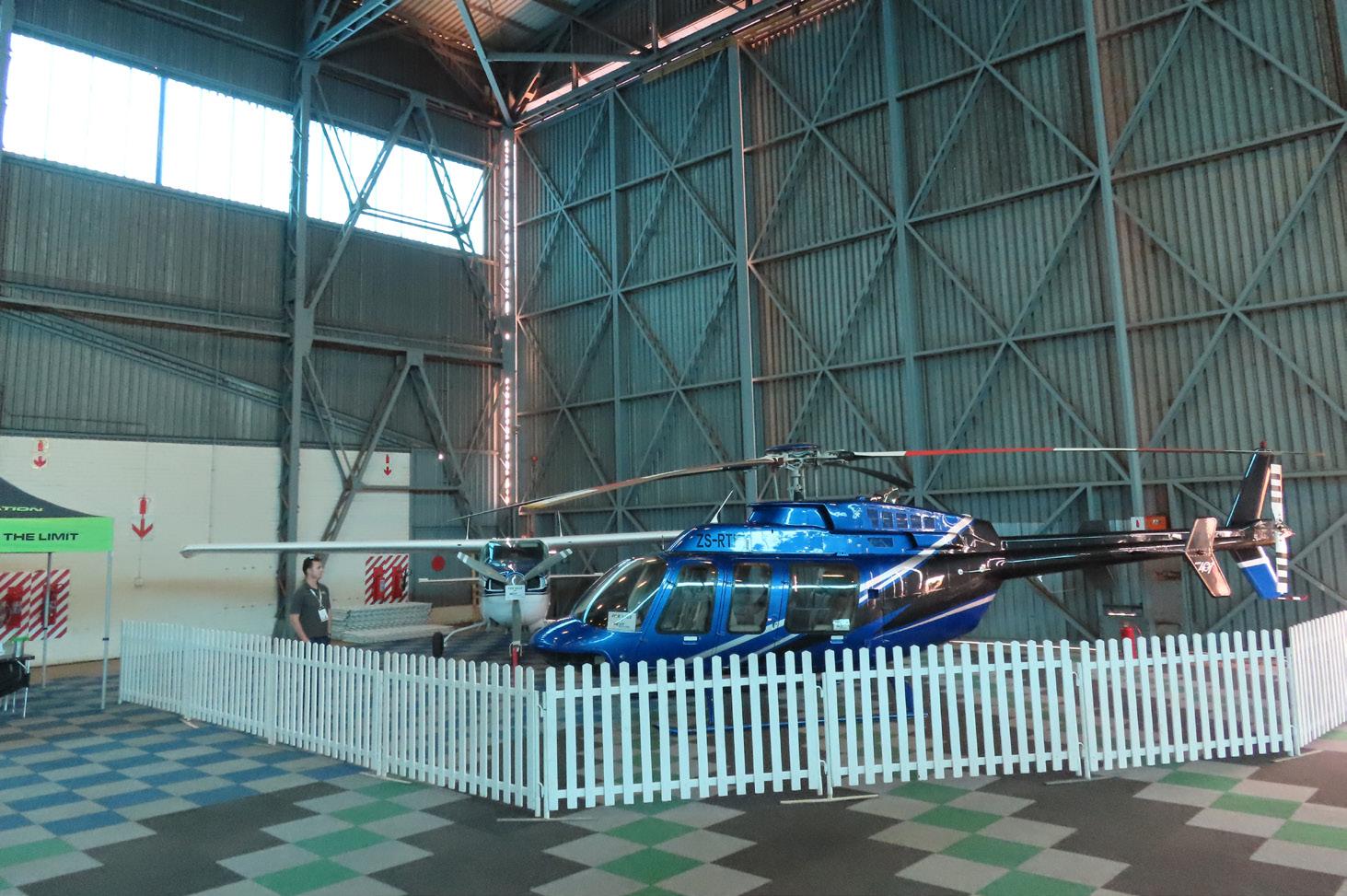
the glory days of the SAAF
Another remarkable performance came from the formation flying of two of Safair’s aircraft: a Lockheed L100 (the civilian Hercules) and a Boeing 737800, flown by ex SAAF pilots now flying for the fast growing FlySafair low cost carrier airline.
At the opposite end of the size spectrum, Pitts Specials have long been a mainstay of airshows. AAD 2022 again featured two teams - the Goodyear Eagles and the newer Hired Gun Pitts team.

Another stalwart display was provided by the national airshow treasure of Menno Parsons, who brought ‘Mustang Sally’ his pristine P-51 Mustang. The roar of the Rolls Royce Merlin and the whistle of the gun ports is music to any show enthusiast's ears.
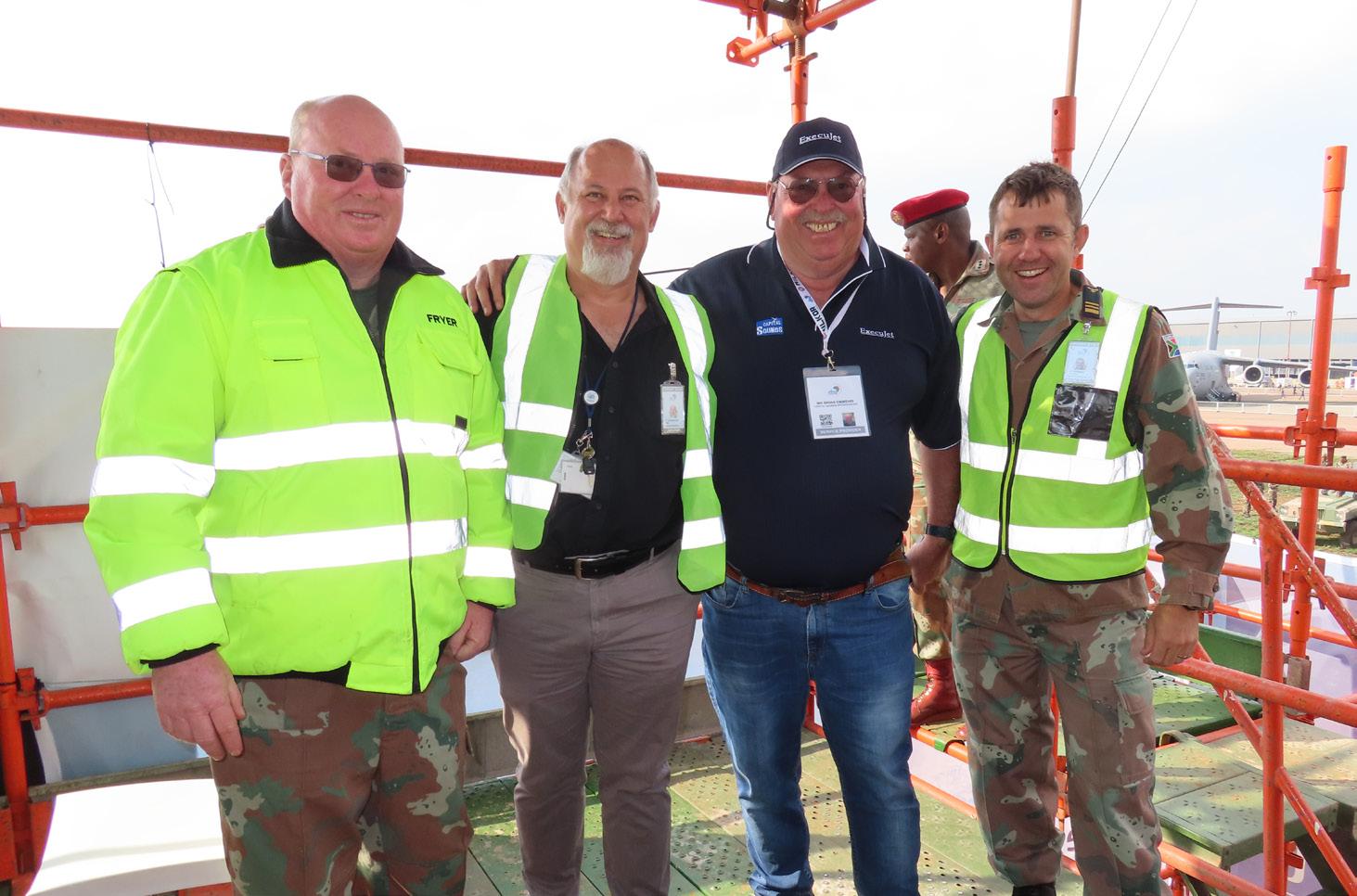 General aviation only managed a small corner of one of the remote display hangars.
43 Airshool restricted themselves to a gazebo on the main apron to display their Pipistrel.
Commentary was provided by a massive deployment by the Capital Sounds team.
General aviation only managed a small corner of one of the remote display hangars.
43 Airshool restricted themselves to a gazebo on the main apron to display their Pipistrel.
Commentary was provided by a massive deployment by the Capital Sounds team.
FlightCom: October 2022 31
AAD EXPO 2022
VIGNETTES
Is the SAAF selling advertising space on its jets?
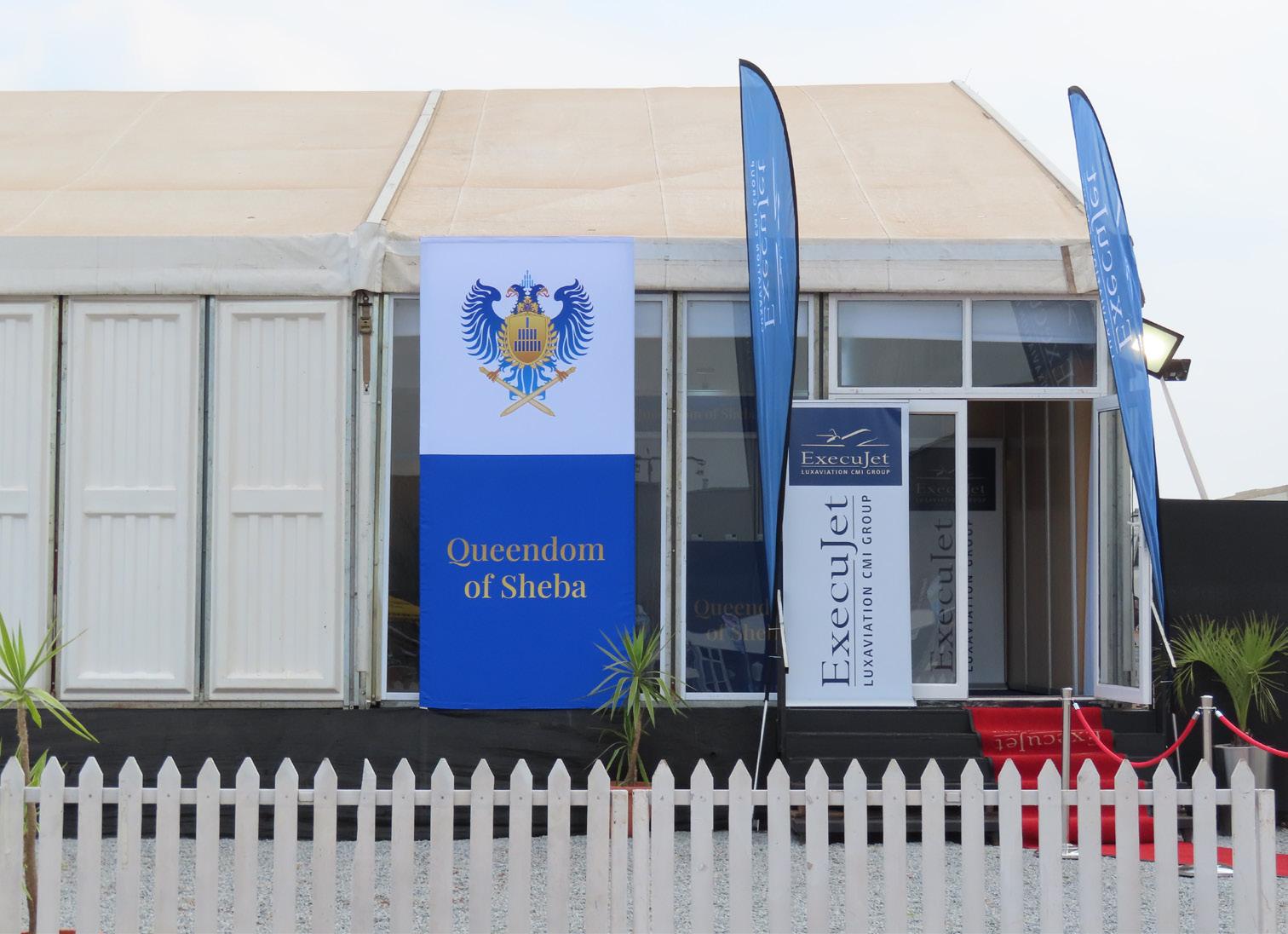
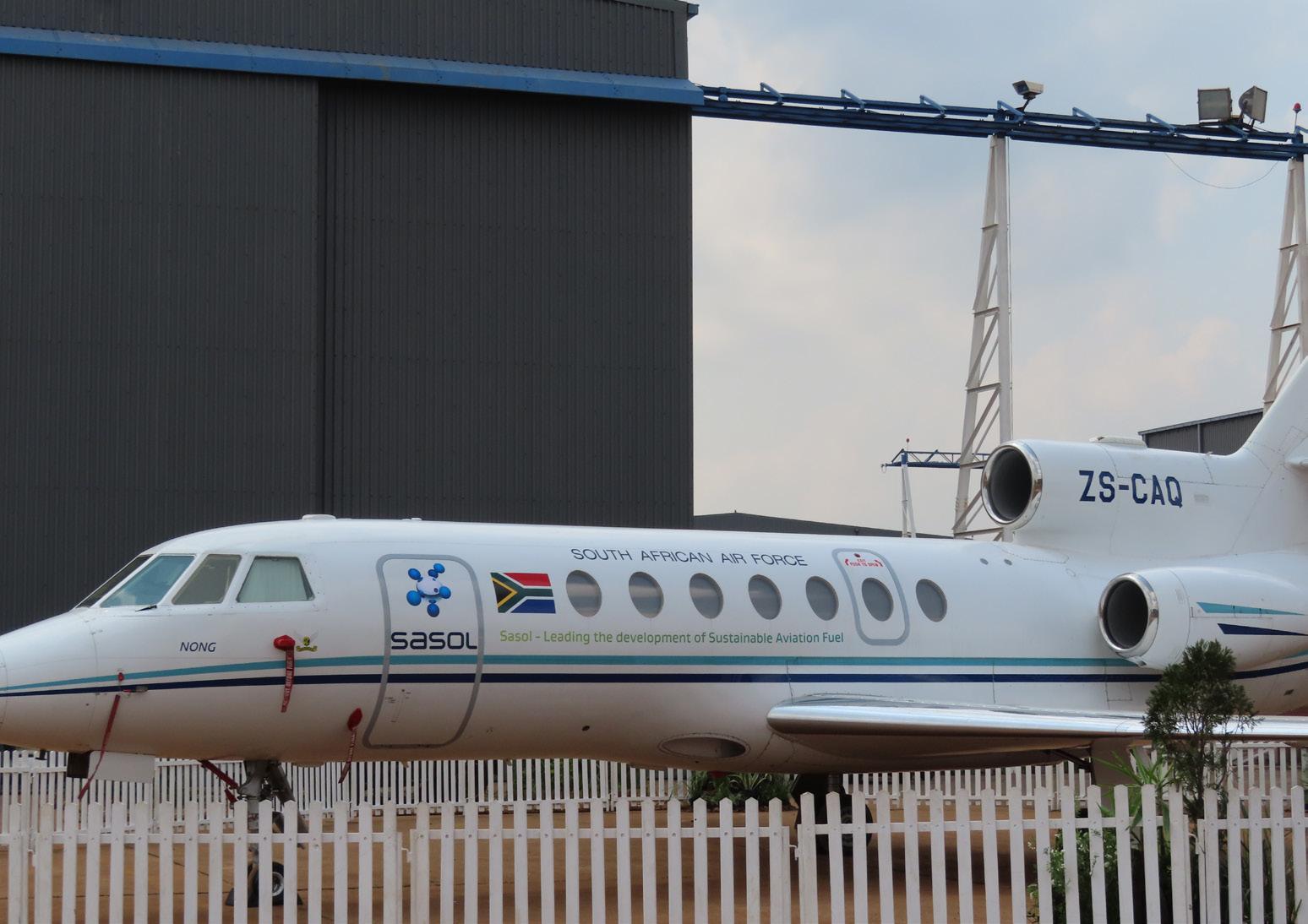
The war against drones is realanti-UAV detection gear in action.
 The mysterious Queendom of Sheba's unused stand was taken over by Execujet.
The mysterious Queendom of Sheba's unused stand was taken over by Execujet.
32 FlightCom: October 2022
Even on trade days there were queues for food.

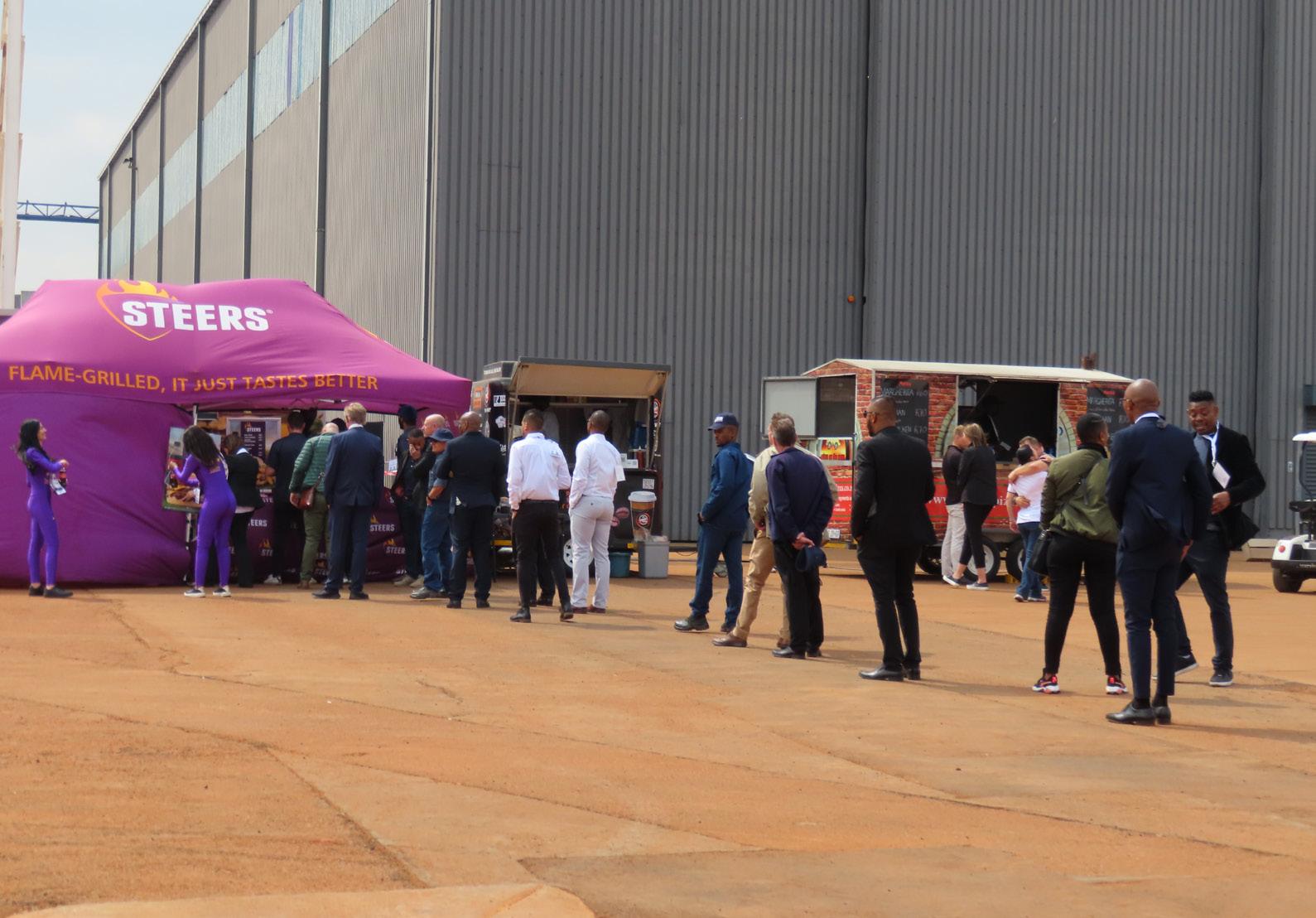
The sting in the tail of the USAF Boeing KC-46 Pegasus tanker.

AAD
VIGNETTES
Loadshedding = the roar of generators was a steady background accompaniment.
.... and queues for the toilets - which were spotlessly maintained.

FlightCom: October 2022 33
2022
AAD

PHOTO REPORT
 PICTURES BY TREVOR COHEN
PHOTO
The SAAF C130B Herc also performed a spectacular flare discharge.
The huge and appreciative crowd on the airshow days - pic Brian Emmenis.
PICTURES BY TREVOR COHEN
PHOTO
The SAAF C130B Herc also performed a spectacular flare discharge.
The huge and appreciative crowd on the airshow days - pic Brian Emmenis.
34 FlightCom: October 2022
REPORT
ABOVE: Lt Col Musa “Midnite” Mbhokota was one of just two Gripen pilots. BELOW: The Gripen E flying with 5 Hawks.

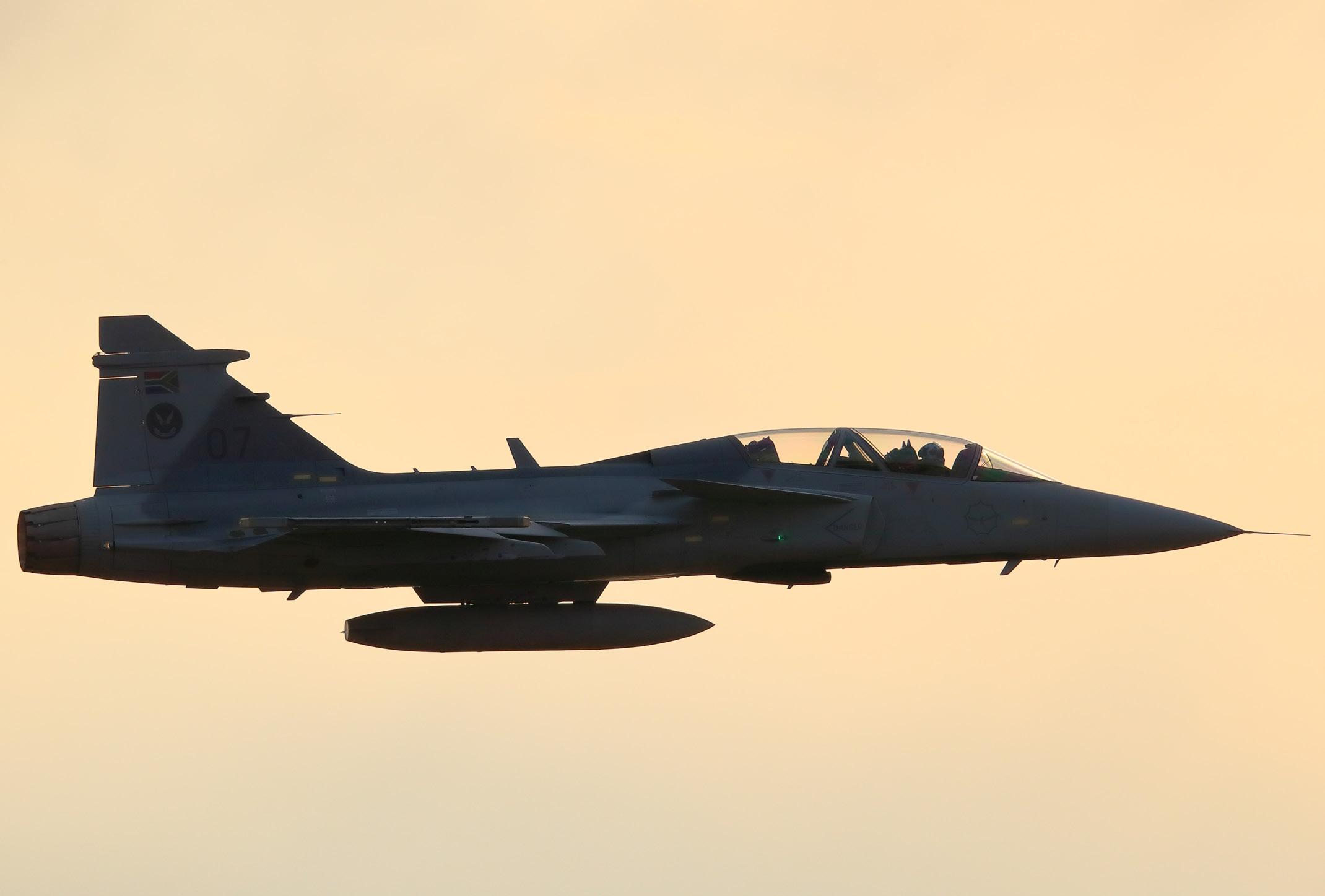
FlightCom: October 2022 35
ABOVE: The USAF demonstrated fixed wing to heli air to air refuelling. BELOW: The USAF UH60 Pavehawk chopper in action.
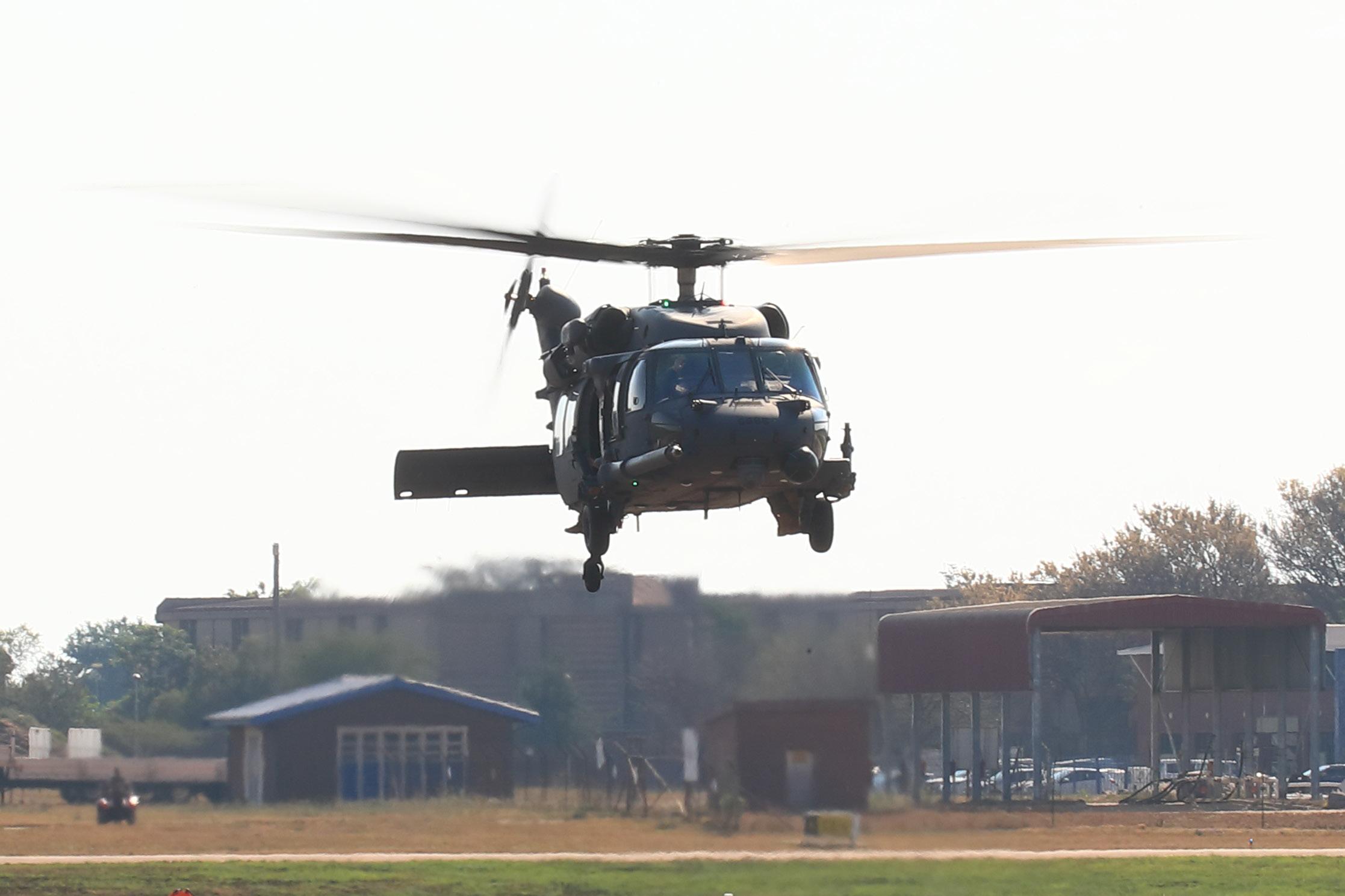
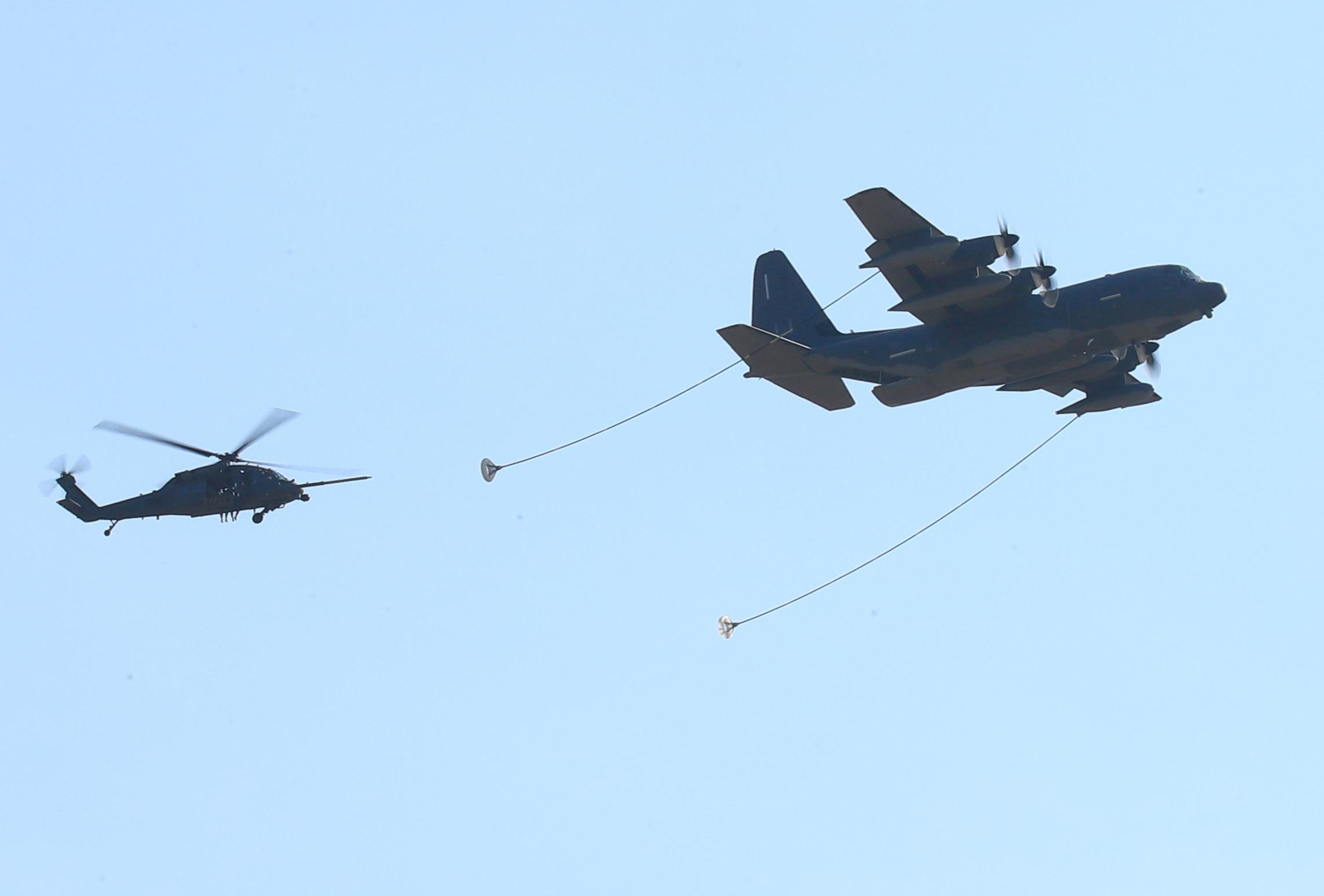 PHOTO
PHOTO
36 FlightCom: October 2022
REPORT
ABOVE: Another unique treat for spectators was the Safair L-100 and 737-800 formation. BELOW: The Safair Boeing also got to fly with the Silver Falcons.
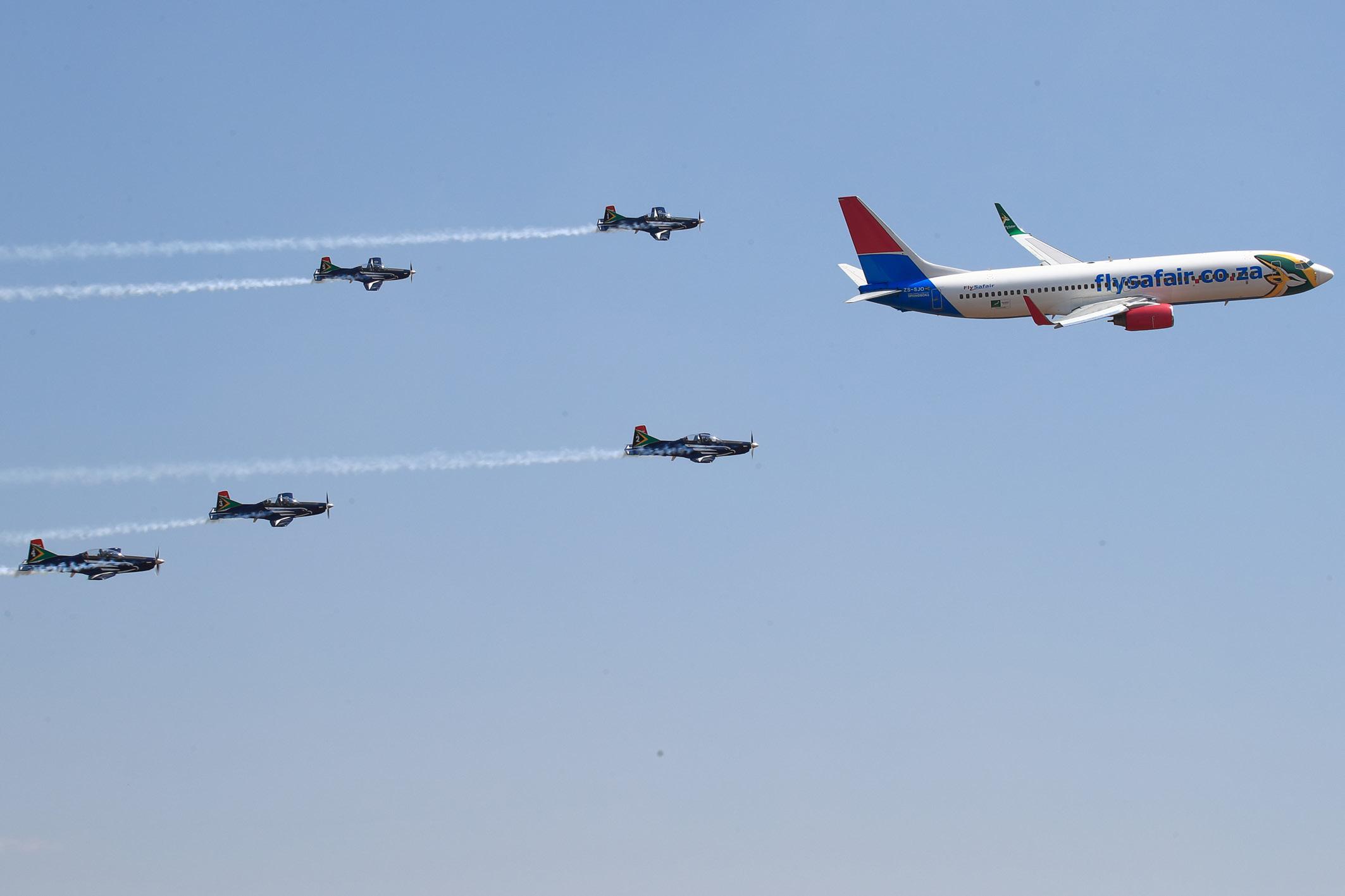
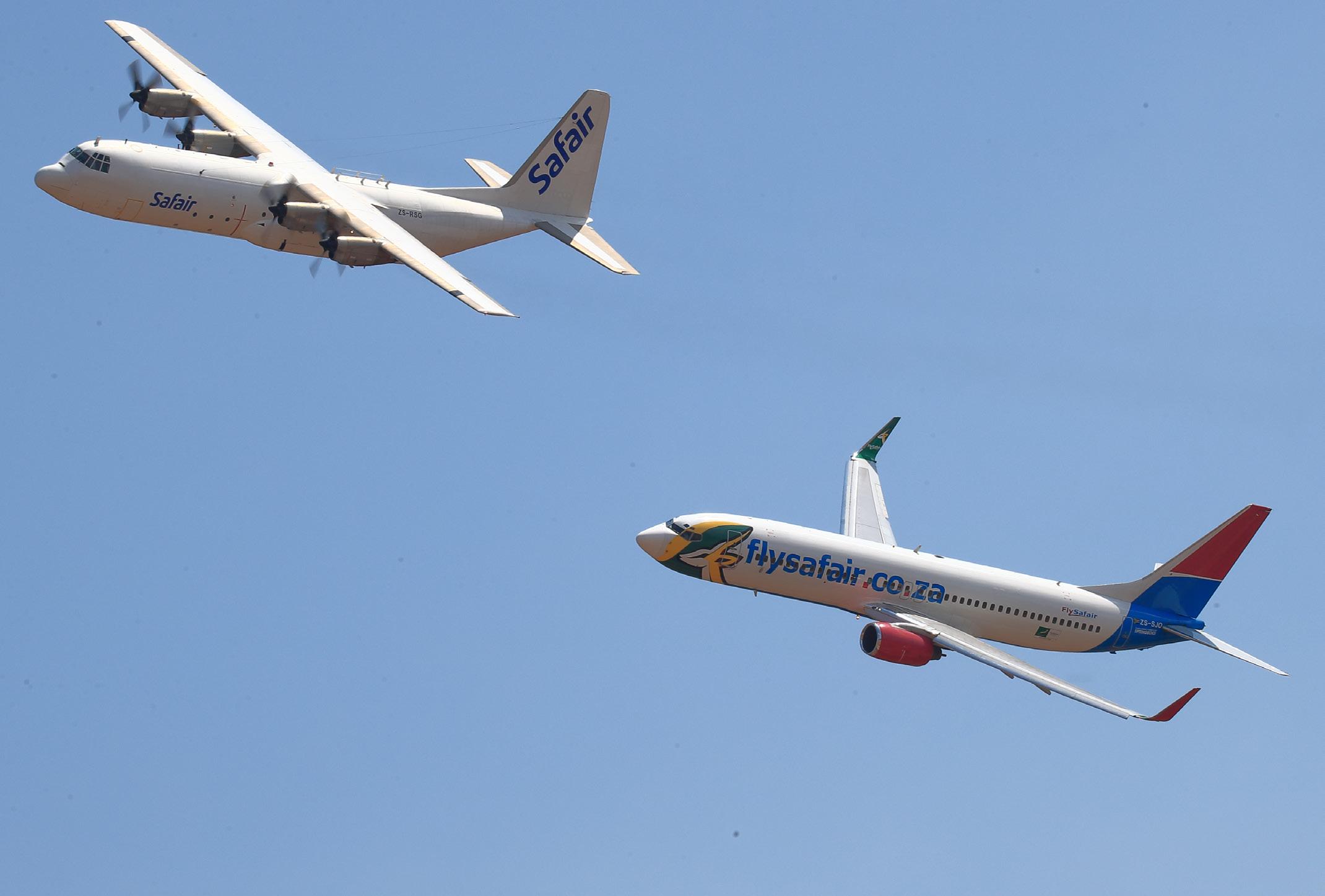
FlightCom: October 2022 37
ABOVE: The "mini-war" in full swing. BELOW: The show was not just about aviation - but all things military.
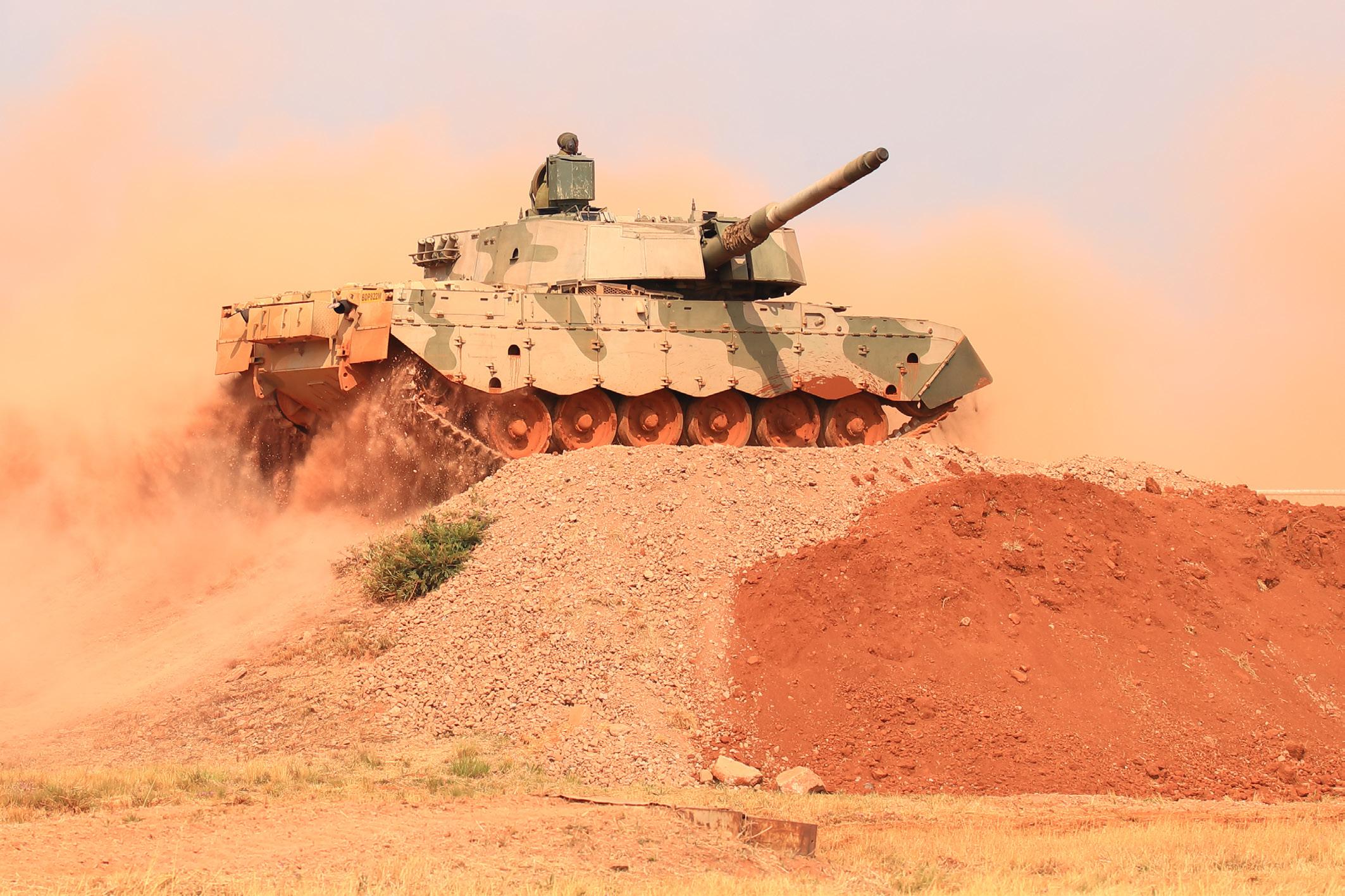
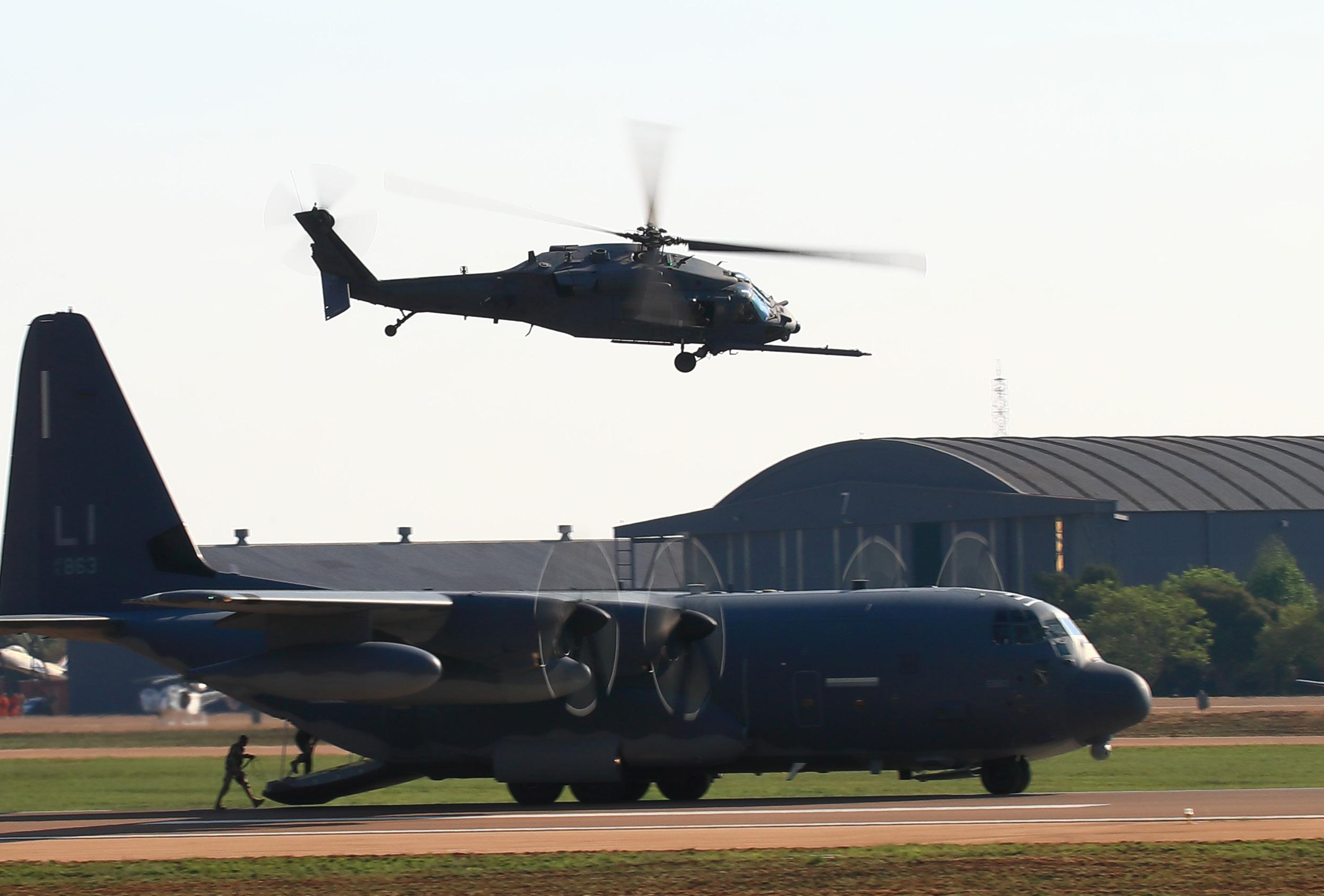 PHOTO
PHOTO
38 FlightCom: October 2022
REPORT
ABOVE: Aerial ballet - a Rooivalk dances with the BK117.

BELOW: The Flying Lions Harvards doing their show closing sunset display.
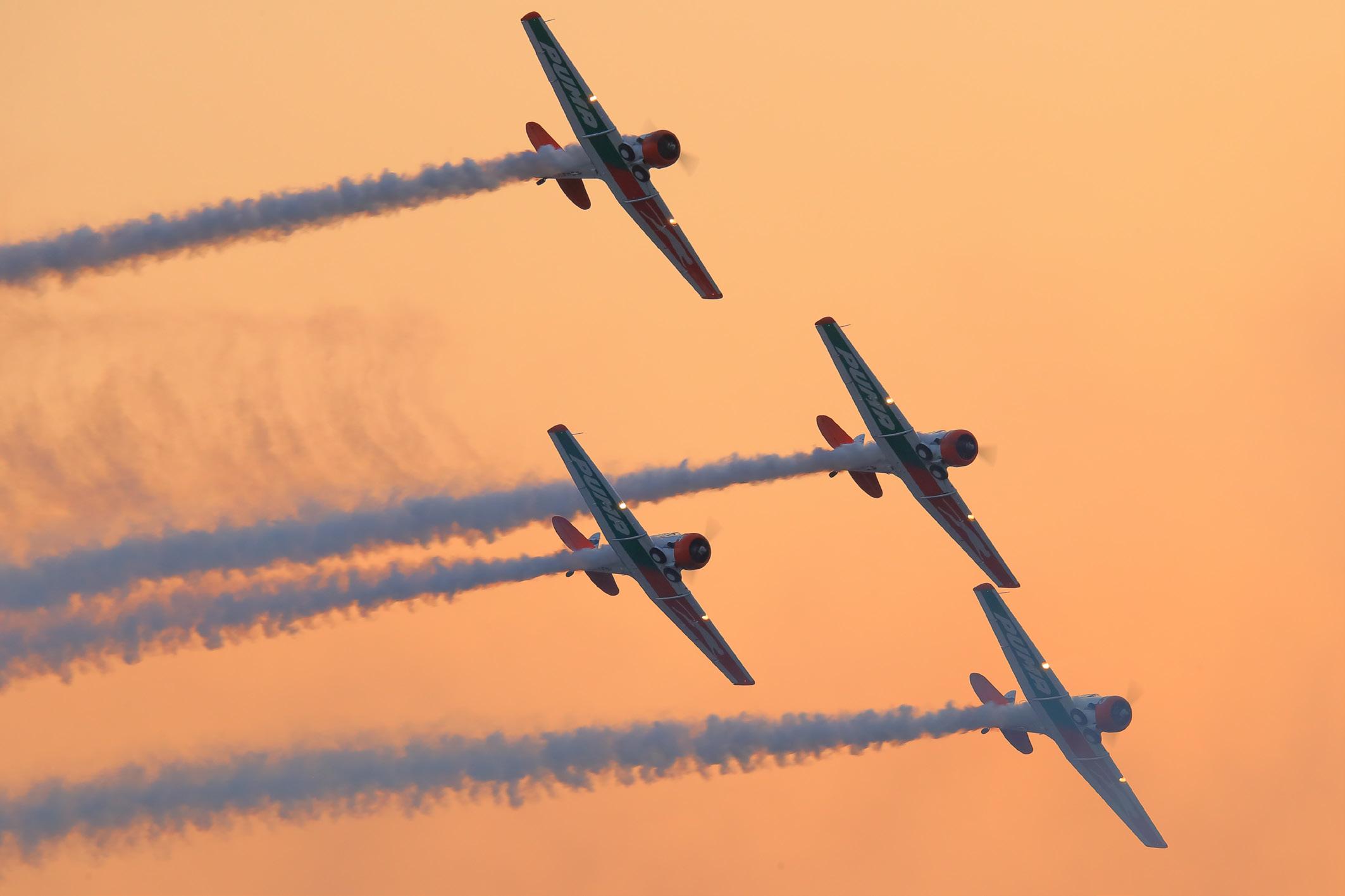
FlightCom: October 2022 39
SAAF GRIPENS FLY AGAIN
In a massive joint effort between the SAAF and SAAB two of the SAAF’s Gripen fighters were returned to airworthy status.
The objective was to get the jets flying in time for South Africa’s AAD 2022 exhibition at AFB Waterkloof. After more than a year of wrangling, SAAB a service and maintenance support contract was signed.
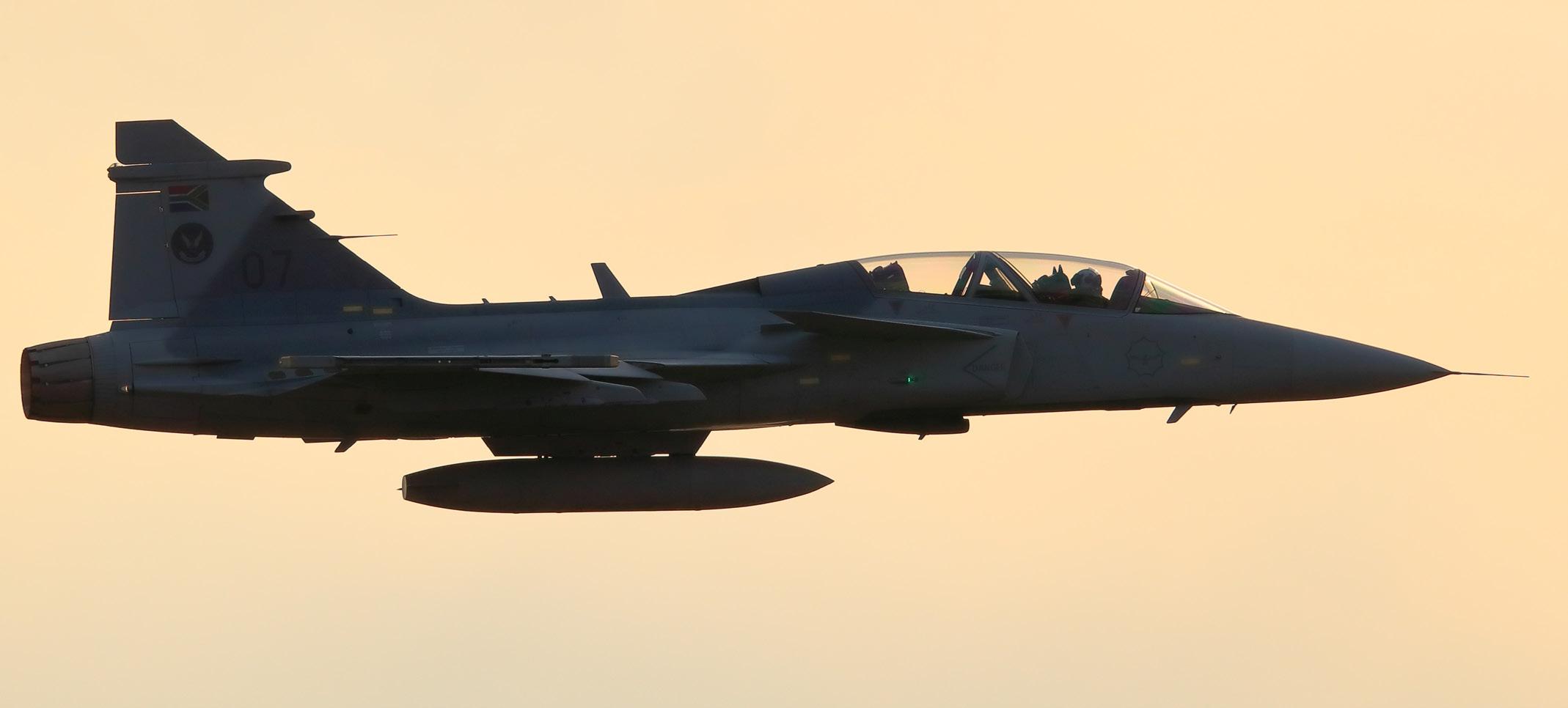
The contract is worth more than R532 million
The contract is worth more than R532 million over a three-year period, from 2022 until 2025. It covers service, repairs and maintenance as well as minor updates of the support and training systems for 13 of original 26 Gripens.
South Africa has been operating the Gripen C/D since 2008. Of the original 26 aircraft delivered, one was written off following a ground incident and the remaining 12 will remain in storage.
The SAAF grounded the Gripen in September 2021 due to budget constraints that saw a delay in finalising a new maintenance support contract with SAAB and GKN as the airframe and engine manufacturers. With the maintenance contract finalised, a Gripen flew on 5 September.
It was widely reported in February 2022 that just 25% SAAF aircraft were serviceable.
In August, Armscor announced that all SAAF aircraft maintenance contracts had been resolved, with around 40 contracts in place, including the Gripen and Pilatus PC7 Mk2 fleets, as well as the VIP aircraft fleet.
The Gripen flew in time for AAD 2022.
40 FlightCom: October 2022 NEWS
Where romance meets nature
Located in South Africa’s Safari hub of Hoedspruit, Safari Moon is a boutique base from which to discover the wonders of South Africa’s Lowveld region. Explore a range of nearby attractions from the famed Kruger National park to the scenic Panorama Route, or simply chose to relax and unwind in nature, making the most of your private piece of Wildlife Estate wilderness.

083 449

FlightCom: October 2022 41FlightCom Magazine 35
CONTACT: bookings@safarimoon.co.za
5868

42 FlightCom: October 2022 www.alpiaviation.co.za Dale de Klerk Cell: +27825563592 Fax: 0866058948 Skype: dale_de_klerk Email: dale@alpiaviation.co.za FROM NPL THROUGH TO CPL WE NOW OFFER TAILWHEEL TRAINING TurbineGS Training Ab-Initio Training Single Engined Multi Engine Night Rating IF Rating Instructors Rating Simulator Training Conversions CPL Theory CPL Practical Helicopter Training Tail Draggers Pilot Shop Conferences Hire and Fly Charters Aerobatic Training Beginners/Advanced Gyro-Copter Training Microlights & Ferry Flights Accommodadtion Aircraft/Heli Sales Club Facilities DronesNAME OF SCHOOL CODE TEL NO FAX NO BEAUFORT WEST AIFA (044) 272 5547 info@aifa.co.za j j j j j j j j j j j BETHLEHEM Paramount Aviation (058) 050 0493 info@flyparamount.co.za j j j j j j j j j j j j j j j BRAKPAN BENONI FABB Titanium Air (011) 914-5810 083-292-0978 j j j j CAPE TOWN Aviation Pilot Training (021) 935 0719 j j j j j j j j j j j j j j Era Flug (021) 934-7431 934-7435 j j j j j j j j j j j j j j j DURBAN Durban Aviation Centre (031) 573-2995 j j j j j j j j j j j j j j Starlite Aviation Training Academy (031) 571-6600 www.starliteaviation.com j j j j j j j j j j j j j j j j j j j j j j j EAST LONDON Border Aviation Club (043) 736-6181 086-516-8475 j j j j j j j j j j j j j j j GEORGE AIRPORT AIFA (044) 272 5547 info@aifa.co.za j j j j j j j j j j j Savannah Helicopter Training (044) 876-0096 j j j j j j j j j j j GRAND CENTRAL Flight Training Services (011) 805-9015/6 805-9018 j j j j j j j j j j j j j j j Superior Pilot Services (011) 805-0605 805-0604 j j j j j j j j j j j j j j j j j KRUGERSDORP Alpi Flight Academy (082) 556-3592 086-605-8948 j j j j j j j j j j j j j j j j j Aviatech Flight Academy (082) 303 1124 www.aviatech.co.za/ j j j j j j j j j j j j j LANSERIA AIRPORT / RANDBURG Aeronav Academy (011) 701-3862 701-3873 j j j j j j j j j j j j j j Skyhawk Aviation (011) 701-2622 701-2623 j j j j j j j j j j j j j j j j Vulcan Aviation (Pty) Ltd (087) 265-7150 j j j j j j j j j j j j j j j MOSSEL BAY Starlite Aviation TrainingAcademy (044) 692-0006 www.starliteaviation.com j j j j j j j j j j j j j j j j j j j j j j j PANORAMA Johannesburg Flying Academy (064) 756 6356 j j j j j j j j j j j j j PORT ELIZABETH Algoa Flying Club (041) 581-3274 086-461-7067 j j j j j j j j j j j j j j j RAND AIRPORT Johannesburg School of Flying (011) 827 9827 info@jsf.co.za j j j j j j j j j j j j j j j U Fly Training Academy (011) 824-0680 390-1738 j j j j j j j j j j j j j j j RICHARDS BAY Richards Bay Air Carriers (035) 786-0146/7 786-0145 j j j j j j j j j j j j j RUSTENBURG Rustenburg Flying Club (082) 821 1690 082 619 8633 j j j j j j j j VEREENIGING AIRPORT Bird Aviation (016) 556-1007 info@birdaviation.co.za j j j j j j j j j j j j j j j j j WINDHOEK - EROS AIRPORT Desert Air (PTY) LTD +264 61 228101 +264 61 254 345 j j j j j j j j j j j WONDERBOOM AIRPORT / AEROPARK / RHINO PARK - PRETORIA Blue Chip Flight School (012) 543-3050 543-1826 j j j j j j j j j j j j j j j j j j j Loutzavia (012) 567-6775 543-1519 j j j j j j j j j j j j j j j j j j j Legend Sky (083) 860-5225 086-600-7285 j j j j j j j j j j j j j j j j j Powered Flight Training (078) 460-1231 086-666-2077 j j j j j j j j j j j j j j j j j Vortx Aviation Training (072) 480-0359 086-524-0949 j j j j j j j j j j j j j
FlightCom: October 2022 43 CHARTER DIRECTORY < 20 pax > 20 pax Biz-Jets V.I.P Long-Range Freight Helicopter Special Events Safari Charters Contracts Aircraft Sales Surveys Maintenance Aerial Photography Aircraft Leasing Security Based (armed) Line Inspections Lodge Transfers Export Docs & Clearing Hangarage Dangerous Goods NAME OF CHARTER CODE TEL NO FAX NO BRAKPAN FABB Titanium Air (011) 914 5810 083 292 0978 j j j j j CAPE TOWN ExecuJet South Africa (021) 934 5764 934 2087 j j j j j j j j j j j j j j j j Streamline Air Charter (011) 395 1195/8 j j j j j j j j DURBAN KZN Aviation (031) 564 6215 564 6222 j j j j j j j j j j j GRAND CENTRAL Pambele Aviation (011) 805-0652/82 805-0649 j j j j LANSERIA AIRPORT Batair Cargo (011) 659 2000 701 2253 j j ExecuJet South Africa (011) 516 2300 659 2520 j j j j j j j j j j j j j j j j Majestic Air Charters (018) 632 6477 j j j j j j j j Out of the Blue Air Safaris (011) 701 2653 082 905 5760 j j j j j j j j j j j j OR TAMBO INTERNATIONAL Fair Aviation (Pty) Ltd (011) 395 4552 395 4244 j j j j j j j j Federal Airlines (011) 395 9000 086 667 1789 j j j j j j j j j j j j j Streamline Air Charter (011) 395 1195/8 j j j j j j j j RAND AIRPORT FlyFofa Airways (012) 566 3019 www.flyfofa.co.za j j j j j WINDHOEK - SWAKOPMUND Scenic Air (Pty) Ltd (+264) 6440 3575 info@scenic-air.com.na j j j WONDERBOOM AIRPORT - PRETORIA Alpha One Aviation (082) 301 9977 j j j j j j j j Flyjetstream Aviation (012) 543 0060 (083) 279 7853 j j j j j j j j j j j j j j j j j j j Maverick Air Charters (012) 940 0320 086 648 2690 j j j j j j j j j j j j j j j j Powered Flight Charters (078) 460 1231 086 666 2077 j j j j j j j j j j j j j FlightCm Afr ican Commercial Aviation
NAME OF
CAPE TOWN
CODE
Cape Aircraft Interiors (021) 934 9499 934 2022
ExecuJet South Africa (021) 934 5764 934 2087
Placo (079) 674 8351 076 901 6780
DURBAN
BAC Aviation (035) 797 3610 797 5341
Greystones Aviation Components (031) 569 2614 569 2630
GRAND CENTRAL AIRPORT
Astwood Aircraft Electrical (011) 315 9605 315 0094
Superior Rotorworx (076) 595 2120
KRUGERSDORP
Skyworx Aviation (082) 346 0150 086 697 9096
LANSERIA AIRPORT
ExecuJet South Africa
(011) 516 2300 011 659 1071
Gem Air (082) 905 5760 011 701 2653
Integrated Avionic Solutions (082) 831 5032 012 567 7320
Lanseria Aircraft Interiors (011) 659 1962
Plane Maintenance Facility (011) 659 2204
SkySource International SA (011) 900 4300
The
Tynay
(011) 701 3114 086 543 7988
(082) 088 6663 011 659 1157/8
(083)
082
44 FlightCom: October 2022 Fixed Wing Helicopter Avionics Piston Engines Turbine Engines Propellers Weight / Balance Paint Interior Sheet Metal Rebuilds Overhauls Electrics NDT Testing Refurbishments Structural Repairs Inspections NTCA Aircraft Seat Belts Instruments
AMO
TEL NO FAX NO
j j j j j j j j
j j j j j j j j j j j j j j j
j j j j j j j j j j j j j j j j j j j j
j j j j j j j j j j
j j j j j j j j j j
j
j j j j j j j j j j j j j j j j j
j j j j j j j j j j j
j j j j j j j j j j j j j j j
j j j j j j
j j j
j j j j j j
pmf@myconnection.co.za j j j j j j j j j j j j j
j j j j j j j j j j j j j j
Propeller Shop
j
Aviation
j j j j j j j j CAPE WINELANDS AIRPORT Diepkloof Aircraft Maintenance
454 6366 j j j j j j j j j j j j NELSPRUIT Aircraft Maintenance International (013) 741 8221
787 0415 j j j j j j j j j j j j j Leading Edge Helicopters cc (013) 741 5582 741 8188 j j j j j j NEW TEMPE BLOEMFONTEIN Ferreira Aviation (051) 451 1682 451 1683 j j j j j j j j j j j Flightdeck Instrument Systems (073) 513 3205 j j Westline Aircraft Maintenance (051) 451 1717 451 1641 j j j j j j j j OR TAMBO INTERNATIONAL AIRPORT Aves Technics (011) 568 7677 j j j j j j j j j j j j j j Nevergreen Aircraft Industries (010) 003 3747 manager@nevergreen.co.za j j j Star Air Maintenance (011) 395 2201 973 4761 j j j j j j j j j PORT ALFRED 43 Air School (046) 604 3686 j j j j j j j j j j j j j j j j j j RAND AIRPORT1 AMKA Aviation Pty (Ltd) (084) 710 0864 j j Aerospace Electroplating (011) 827 7535 827 9896 j j j j j j j j Aviation Rebuilders CC (011) 827 2491 lyn@aviationrebuilders.com j j j j j Clifton Electronics (011) 383 2024 086 689 5645 j j j Dynamic Propellers (082) 445 4496 086 548 2651 j j AMO LISTING j SPONSORED BY Aves Technics - Qualified in Aircraft Maintenance, Airworthiness Management, Project Management, Quality and Safety Management.
RAND AIRPORT CONTINUED
Emperor Aviation (082) 497 1701
FLYONICS (Pty) Ltd (082) 686 2374 michael@flyonics.co.za
Heli-Afrique cc (011) 827 8632 086 503 1870
Placo (Pty) Ltd (011) 827 9301 827 3801
RICHARDS BAY
Alton Aero Engineering (035) 786 0146/7 786 0145

SPRINGS AIRFIELD
Legair Maintenance (083) 736 3969 086 508 6010
WONDERBOOM AIRPORT - PRETORIA
Aerocore (012) 110 4033 082 565 2330
Aircraft Maintenance @ Work Pty Ltd (012) 567 3443
Adventure Air (012) 543 3196 543 2323
Aerotric (087) 802 1347 aerotric@aol.com
Aero Engineering & Powerplant (012) 543 0948 543 9447
Alpha One Aviation (082) 301 9977
AviSys Aviation Systems (083) 442 5884 086 618 6996
APCO Pty Ltd (012) 543 0775 567 3630
AVIA Instruments (082) 464 7130 086
FlightCom: October 2022 NAME OF AMO CODE TEL NO FAX NO Fixed Wing Helicopter Avionics Piston Engines Turbine Engines Propellers Weight / Balance Paint Interior Sheet Metal Rebuilds Overhauls Electrics NDT Testing Refurbishments Structural Repairs Inspections NTCA Aircraft Seat Belts Instruments Composite Manufacturing
j j j j j j j j j j j j j j j
j j j
j j j j j j j j j j
j j j j j j j j j j j j j j j j j j j
j j j j j j j j j j j
j j j j j j j j j j j j j j j j j
j j j
j j j j j j j
j j j j j
j j j j j
j j
j j j j j
j j j j j
j j j
602 6171 j j j j j j Breytech Aviation cc (012) 567 3500 086 643 0122 j j j j j j j j j j j j j j Sport Plane Builders cc (083) 361 3181 086 514 5066 j j j j j j j j j j TAM Interiors (083) 455 0215 j j j j j NIGERIA - MURTALA MUHAMMED INTERNATIONAL AIRPORT ExecuJet Aviation Nigeria Ltd +2341 295 5110 j j j j j j j j j j j j JOHANNESBURG F Gomes Upholsters (011) 614 2471 614 9806 j j j j j PRETORIA Comporob CC (012) 940 4447 086 502 3689 j j j j j j M&N Acoustics Services Pty (Ltd) (012) 689 2007 086 211 469 j j j j j j j j j j j Our capabilities are: B737 Classic / B737- New Generation / Embraer 135/145/170/190 Airbus A320 family www.avesholding.com D3 Building Denel Aviation Campus 3-5 Atlas Road Bonaero Park 1619 We are qualified in Aircraft Maintenance, Airworthiness Management, Project Management, Quality and Safety Management. Aves Technics AMO 1541 2021 SPONSORED BY: 2022
BACKPAGE
A1A Flight Examiner (Loutzavia)
Jannie Loutzis
012 567 6775 / 082 416 4069 jannie@loutzavia.co.za www.loutzavia.co.za
Adventure Air
Lande Milne 012 543 3196 / Cell: 066 4727 848 l.milne@venture-sa.co.za www.ventureglobal.biz
AES (Cape Town)
Erwin Erasmus 082 494 3722 erwin@aeroelectrical.co.za www.aeroelectrical.co.za
AES (Johannesburg)
Danie van Wyk 011 701 3200 office@aeroelectrical.co.za www.aeroelectrical.co.za
Aerocore
Jacques Podde 082 565 2330 jacques@aerocore.co.za www.aerocore.co.za
Aero Engineering & PowerPlant
Andre Labuschagne012 543 0948 aeroeng@iafrica.com
Aero Services (Pty) Ltd
Chris Scott 011 395 3587 chris@aeroservices.co.za www.aeroservices.co.za
Aeronav Academy
Donald O’Connor
011 701 3862 info@aeronav.co.za www.aeronav.co.za
Aeronautical Aviation Clinton Carroll 011 659 1033 / 083 459 6279 clinton@aeronautical.co.za www.aeronautical.co.za
Aerotric (Pty) Ltd
Richard Small 083 488 4535 aerotric@aol.com
Aircraft Assembly and Upholstery Centre
Tony/Siggi Bailes 082 552 6467 anthony@rvaircraft.co.za www.rvaircraft.co.za
Aircraft Finance Corporation & Leasing
Jaco Pietersen +27 [0]82 672 2262 jaco@airfincorp.co.za Jason Seymour+27 [0]82 326 0147 jason@airfincorp.co.za www.airfincorp.co.za
Aircraft General Spares Eric or Hayley084 587 6414 or 067 154 2147 eric@acgs.co.za or hayley@acgs.co.za www.acgs.co.za
Aircraft Maintenance @ Work Opelo / Frik012 567 3443 frik@aviationatwork.co.za_ opelonke@aviationatwork.co.za
Aircraft Maintenance International
Pine Pienaar 083 305 0605 gm@aminternational.co.za
Aircraft Maintenance International Wonderboom Thomas Nel 082 444 7996 admin@aminternational.co.za
Air Line Pilots’ Association
Sonia Ferreira 011 394 5310 alpagm@iafrica.com www.alpa.co.za
Airshift Aircraft Sales
Eugene du Plessis082 800 3094 eugene@airshift.co.za www.airshift.co.za
Airvan Africa
Patrick Hanly082 565 8864 airvan@border.co.za www.airvan.co.za
DIR ECT ORY
Algoa Flying Club Sharon Mugridge041 581 3274 info@algoafc.co.za www.algoafc.co.za
Alpha One Aviation Opelo 082 301 9977 on@alphaoneaviation.co.za www.alphaoneaviation.co.za
Alpi Aviation SADale De Klerk 082 556 3592 dale@alpiaviation.co.za www.alpiaviation.co.za
Apco (Ptyd) Ltd Tony/Henk + 27 12 543 0775 apcosupport@mweb.co.za www.apcosa.co.za
Aref Avionics Hannes Roodt 082 462 2724 arefavionics@border.co.za
Atlas Aviation Lubricants
Steve Cloete 011 917 4220 Fax: 011 917 2100 sales.aviation@atlasoil.co.za www.atlasaviation.co.za
ATNS
Percy Morokane011 607 1234 percymo@atns.co.za www.atns.com
Aviation Direct Andrea Antel 011 465 2669 info@aviationdirect.co.za www.aviationdirect.co.za
BAC Aviation AMO 115 Micky Joss 035 797 3610 monicad@bacmaintenance.co.za
Blackhawk Africa Cisca de Lange083 514 8532 cisca@blackhawk.aero www.blackhawk.aero
Blue Chip Flight School Henk Kraaij012 543 3050 bluechip@bluechip-avia.co.za www.bluechipflightschool.co.za
Border Aviation Club & Flight School Liz Gous 043 736 6181 admin@borderaviation.co.za www.borderaviation.co.za
Breytech Aviation cc 012 567 3139 Willie Breytenbach admin@breytech.co.za
Bundu Aviation Phillip Cronje083 485 2427 info@bunduaviation.co.za www.bunduaviation.co.za
Celeste Sani Pak & Inflight Products
Steve Harris 011 452 2456 admin@chemline.co.za www.chemline.co.za
Cape Aircraft InteriorsSarel Schutte 021 934 9499 michael@wcaeromarine.co.za www.zscai.co.za
Cape Town Flying Club Beverley Combrink021 934 0257 / 082 821 9013 info@capetownflyingclub.co.za www.@capetownflyingclub.co.za
Century Avionics cc
Carin van Zyl011 701 3244 sales@centuryavionics.co.za www.centuryavionics.co.za
Chemetall Wayne Claassens011 914 2500 wayne.claassens@basf.com www.chemetall.com
Chem-Line Aviation & Celeste Products
Steve Harris 011 452 2456 sales@chemline.co.za www.chemline.co.za
Comporob Composite Repair & ManufactureFelix Robertson 072 940 4447 083 265 3602 comporob@lantic.net www.comporob.co.za
Corporate-Aviators/Affordable Jet Sales
Mike Helm 082 442 6239 corporate-aviators@iafrica.com www.corporate-aviators.com
C. W. Price & Co Kelvin L. Price 011 805 4720 cwp@cwprice.co.za www.cwprice.co.za
Dart Aeronautical Jaco Kelly011 827 8204 dartaero@mweb.co.za
Dart Aircraft Electrical Mathew Joubert 011 827 0371 Dartaircraftelectrical@gmail.com www.dartaero.co.za
DJA Aviation Insurance 011 463 5550 0800Flying mail@dja-aviation.co.za www.dja-aviation.co.za
Dynamic Propellers
Andries Visser 011 824 5057 082 445 4496 andries@dynamicpropeller.co.za www.dynamicpropellers.co.za
Eagle Aviation Helicopter Division Tamryn van Staden082 657 6414 tamryn@eaglehelicopter.co.za www.eaglehelicopter.co.za
Eagle Flight AcademyMr D. J. Lubbe 082 557 6429 training@eagleflight.co.za www.eagleflight.co.za
Elite Aviation Academy Jacques Podde 082 565 2330 info@eliteaa.co.za www.eliteaa.co.za
Enstrom/MD HelicoptersAndrew Widdall 011 397 6260 aerosa@safomar.co.za www.safomar.co.za
Era Flug Flight TrainingPierre Le Riche 021 934 7431 info@era-flug.com www.era-flug.com
Execujet Africa 011 516 2300 enquiries@execujet.co.za www.execujet.com
Federal Air Rachel Muir 011 395 9000 shuttle@fedair.com www.fedair.com
Ferry Flights int.inc.Michael (Mick) Schittenhelm 082 442 6239 ferryflights@ferry-flights.com www.ferry-flights.com
Fireblade Aviation 010 595 3920 info@firebladeaviation.com www.firebladeaviation.com
Flight Training CollegeCornell Morton 044 876 9055 ftc@flighttrainning.co.za www.flighttraining.co.za
Flight Training Services
Amanda Pearce 011 805 9015/6 amanda@fts.co.za www.fts.co.za
Fly Jetstream Aviation Henk Kraaij 083 279 7853 charter@flyjetstream.co.za www.flyjetstream.co.za
Flying Frontiers
Craig Lang082 459 0760 CraigL@fairfield.co.za www.flyingfrontiers.com
Flying Unlimited Flight School (Pty) Ltd Riaan Struwig082 653 7504 / 086 770 8376 riaan@ppg.co.za www.ppg.co.za
Foster Aero International Dudley Foster 011 659 2533 info@fosteraero.co.za www.fosteraero.co.za
Gemair Andries Venter 011 701 2653 / 082 905 5760 andries@gemair.co.za
GIB Aviation Insurance Brokers Richard Turner 011 483 1212 aviation@gib.co.za www.gib.co.za
Guardian Air 011 701 3011 082 521 2394 ops@guardianair.co.za www.guardianair.co.za
Heli-Afrique cc Tino Conceicao 083 458 2172 tino.conceicao@heli-afrique.co.za
Henley Air Andre Coetzee 011 827 5503 andre@henleyair.co.za www.henleyair.co.za
Hover Dynamics Phillip Cope074 231 2964 info@hover.co.za www.hover.co.za
Indigo Helicopters Gerhard Kleynhans082 927 4031 / 086 528 4234 veroeschka@indigohelicopters.co.za www.indigohelicopters.co.za
IndigoSat South Africa - Aircraft TrackingGareth Willers 08600 22 121 sales@indigosat.co.za www.indigosat.co.za
Integrated Avionic SolutionsGert van Niekerk 082 831 5032 gert@iasafrica.co.za www.iasafrica.co.za
International Flight Clearances Steve Wright076 983 1089 (24 Hrs) flightops@flyifc.co.za www.flyifc.co.za
Investment Aircraft Quinton Warne 082 806 5193 aviation@lantic.net www.investmentaircraft.com
Jabiru Aircraft Len Alford 044 876 9991 / 044 876 9993 info@jabiru.co.za www.jabiru.co.za
Jim Davis Books Jim Davis 072 188 6484 jim@border.co.za www.jimdavis.co.za
Joc Air T/A The Propeller ShopAiden O’Mahony011 701 3114 jocprop@iafrica.com
Kishugu Aviation+27 13 741 6400 comms@kishugu.com www.kishugu.com/kishugu-aviation
46 FlightCom: October 2022
Kit Planes for Africa
Stefan Coetzee
013 793 7013 info@saplanes.co.za www.saplanes.co.za
Kzn Aviation (Pty) Ltd
Melanie Jordaan 031 564 6215 mel@kznaviation.co.za www.kznaviation.co.za
Lanseria Aircraft Interiors
Francois Denton 011 659 1962 / 076 810 9751 francois@aircraftcompletions.co.za
Lanseria International Airport
Mike Christoph 011 367 0300 mikec@lanseria.co.za www.lanseria.co.za
Legend Sky083 860 5225 / 086 600 7285 info@legendssky.co.za www.legendsky.co.za
Litson & Associates (Pty) Ltd
OGP, BARS, Resources Auditing & Aviation Training karen.litson@litson.co.za
Phone: 27 (0) 21 8517187 www.litson.co.za
Litson & Associates Risk Management Services (Pty) Ltd. eSMS-S/eTENDER/ eREPORT/Advisory Serviceskaren.litson@litson.co.za
Phone: 27 (0) 8517187 www.litson.co.za
Loutzavia Aircraft Sales
Henry Miles 082 966 0911 henry@loutzavia.co.za www.loutzavia.co.za
Loutzavia Flight Training
Gerhardt Botha 012 567 6775 ops@loutzavia.co.za www.loutzavia.co.za
Loutzavia-Pilots and Planes Maria Loutzis 012 567 6775 maria@loutzavia.co.za www.pilotsnplanes.co.za
Loutzavia Rand Frans Pretorius 011 824 3804 rand@loutzavia.co.za www@loutzavia.co.za
Lowveld Aero Club Pugs Steyn013 741 3636 Flynow@lac.co.za
Marshall EagleLes Lebenon 011 958 1567 les@marshalleagle.co.za www.marshalleagle.co.za
Maverick Air Charters
Chad Clark 083 292 2270 Charters@maverickair.co.za www.maverickair.co.za
MCC Aviation Pty Ltd
Claude Oberholzer 011 701 2332 info@flymcc.co.za www.flymcc.co.za
MH Aviation Services (Pty) Ltd Marc Pienaar 011 609 0123 / 082 940 5437 customerrelations@mhaviation.co.za www.mhaviation.co.za
M and N Acoustic Services cc
Martin de Beer
012 689 2007/8 calservice@mweb.co.za
Metropolitan Aviation (Pty) Ltd
Gert Mouton 082 458 3736 herenbus@gmail.com
Money Aviation Angus Money083 263 2934 angus@moneyaviation.co.za www.moneyaviation.co.za
MS Aviation Gary Templeton 082 563 9639 gary.templeton@msaviation.co.za www.msaviation.co.za
North East Avionics
Keith Robertson +27 13 741 2986 keith@northeastavionics.co.za deborah@northeastavionics.co.za www.northeastavionics.co.za
Orsmond Aviation 058 303 5261 info@orsmondaviation.co.za www.orsmondaviation.co.za
Owenair (Pty) Ltd
Clive Skinner 082 923 9580 clive.skinner@owenair.co.za www.owenwair.co.za
Pacair Wayne Bond 033 386 6027 pacair@telkomsa.net
PFERD-South Africa (Pty) Ltd Hannes Nortman 011 230 4000 hannes.nortman@pferd.co.za www.pferd.com
Pipistrel Kobus Nel 083 231 4296 kobus@pipistrelsa.co.za www.pipistrelsa.co.za
Plane Maintenance Facility Johan 083 300 3619 pmf@myconnection.co.za
Precision Aviation Services Marnix Hulleman 012 543 0371 marnix@pasaviation.co.za www.pasaviation.co.za
PSG Aviation Reon Wiese 0861 284 284 reon.wiese@psg.co.za www.psg aviation.co.za
Rainbow SkyReach (Pty) LtdMike Gill 011 817 2298 Mike@fly-skyreach.com www.fly-skyreach.com
Rand Airport Stuart Coetzee 011 827 8884 stuart@randairport.co.za www.randairport.co.za
Robin Coss Aviation Robin Coss 021 934 7498 info@cossaviation.com www.cossaviation.co.za
SAA Technical (SOC) Ltd SAAT Marketing 011 978 9993 satmarketing@flysaa.com www.flysaa.com/technical
SABRE Aircraft Richard Stubbs 083 655 0355 richardstubbs@mweb.co.za www.aircraftafrica.co.za
SA Mooney Patrick Hanly082 565 8864 samooney@border.co.za www.samooney.co.za
Savannah Helicopters De 082Jager 444 1138 / 044 873 3288 dejager@savannahhelicopters.co.za www.savannahhelicopters.co.za
Scenic Air Christa van Wyk+264 612 492 68 windhoek@scenic-air.com www.scenic-air.com
Sheltam Aviation Durban Susan Ryan083 505 4882 susanryan@sheltam.com www.sheltamaviation.com
Sheltam Aviation PE Brendan Booker 082 497 6565 brendanb@sheltam.com www.sheltamaviation.com
Sky-Tech Heinz Van Staden 082 720 5210 sky-tech@telkomsa.net
www.sky-tech.za.com
Sling AircraftKim Bell-Cross 011 948 9898 sales@airplanefactory.co.za www.airplanefactory.co.za
Solenta Aviation (Pty Ltd)Paul Hurst 011 707 4000 info@solenta.com www.solenta.com
Southern Energy Company (Pty) LtdElke Bertram +264 8114 29958 johnnym@sec.com.na www.sec.com.na
Southern Rotorcraft cc Mr Reg DenysschenTel no: 0219350980 sasales@rotors-r-us.com www.rotors-r-us.com
Sport Plane BuildersPierre Van Der Walt 083 361 3181 pmvdwalt@mweb.co.za
Starlite Aero Sales Klara Fouché +27 83 324 8530 / +27 31 571 6600 klaraf@starliteaviation.com www.starliteaviation.com
Starlite Aviation OperationsTrisha Andhee +27 82 660 3018/ +27 31 571 6600 trishaa@starliteaviation.com www.starliteaviation.com
Starlite Aviation Training Academy
Durban: +27 31 571 6600 Mossel Bay: +27 44 692 0006 train@starliteaviation.com www.starliteaviation.com
Status Aviation (Pty) LtdRichard Donian 074 587 5978 / 086 673 5266 info@statusaviation.co.za www.statusaviation.co.za
Superior Pilot Services Liana Jansen van 0118050605/2247Rensburg info@superiorair.co.za www.superiorair.co.za
The Copter ShopBill Olmsted 082 454 8555 execheli@iafrica.com www.execheli.wixsite.com/the-coptershop-sa
Titan Helicopter Group 044 878 0453 info@titanhelicopters.com www.titanhelicopters.com
TPSC Dennis Byrne 011 701 3210 turboprop@wol.co.za
Trio Helicopters & Aviation cc CR Botha or FJ Grobbelaar 011 659 1022 stoffel@trioavi.co.za/frans@trioavi.co.za www.trioavi.co.za
Tshukudu Trailers Pieter Visser 083 512 2342 deb@tshukudutrailers.co.za www.tshukudutrailers.co.za
U Fly Training AcademyNikola Puhaca 011 824 0680 ufly@telkomsa.net www.uflyacademy.co.za
United Charter cc Jonathan Wolpe 083 270 8886 jonathan.wolpe@unitedcharter.co.za www.unitedcharter.co.za
United Flight SupportClinton Moodley/Jonathan Wolpe076 813 7754 / 011 788 0813 ops@unitedflightsupported.com www.unitedflightsupport.com
Unique Air Charter Nico Pienaar 082 444 7994 nico@uniqueair.co.za www.uniqueair.co.za
Unique Flight Academy Nico Pienaar 082 444 7994 nico@uniqueair.co.za www.uniqueair.co.za
Van Zyl Aviation Services Colette van Zyl012 997 6714 admin@vanzylaviationco.za www.vanzylaviation.co.za
Vector AerospaceJeff Poirier +902 888 1808 jeff.poirier@vectoraerospace.com www.vectoraerospace.com
Velocity Aviation Collin Pearson 011 659 2306 / 011 659 2334 collin@velocityaviation.co.za www.velocityaviation.co.za
Villa San Giovanni Luca Maiorana 012 111 8888 info@vsg.co.za www.vsg.co.za
Vortx Aviation Bredell Roux 072 480 0359 info@vortx.co.za www.vortxaviation.com
Wanafly Adrian Barry082 493 9101 adrian@wanafly.net www.wanafly.co.za
Windhoek Flight Training Centre Thinus Dreyer0026 40 811284 180 pilots@flywftc.com www.flywftc.com
Wings n Things Wendy Thatcher 011 701 3209 wendy@wingsnthings.co.za www.wingsnthings.co.za
Witbank Flight SchoolAndre De Villiers 083 604 1718 andredv@lantic.net www.waaflyingclub.co.za
Wonderboom Airport Peet van Rensburg012 567 1188/9 peet@wonderboomairport.co.za www.wonderboomairport.co.za
Zandspruit Bush & Aero Estate Martin Den Dunnen 082 449 8895 martin@zandspruit.co.za www.zandspruit.co.za
Zebula Golf Estate & SPA Reservations 014 734 7700 reception@zebula.co.za www.zebula.co.za
FlightCom: October 2022 47
